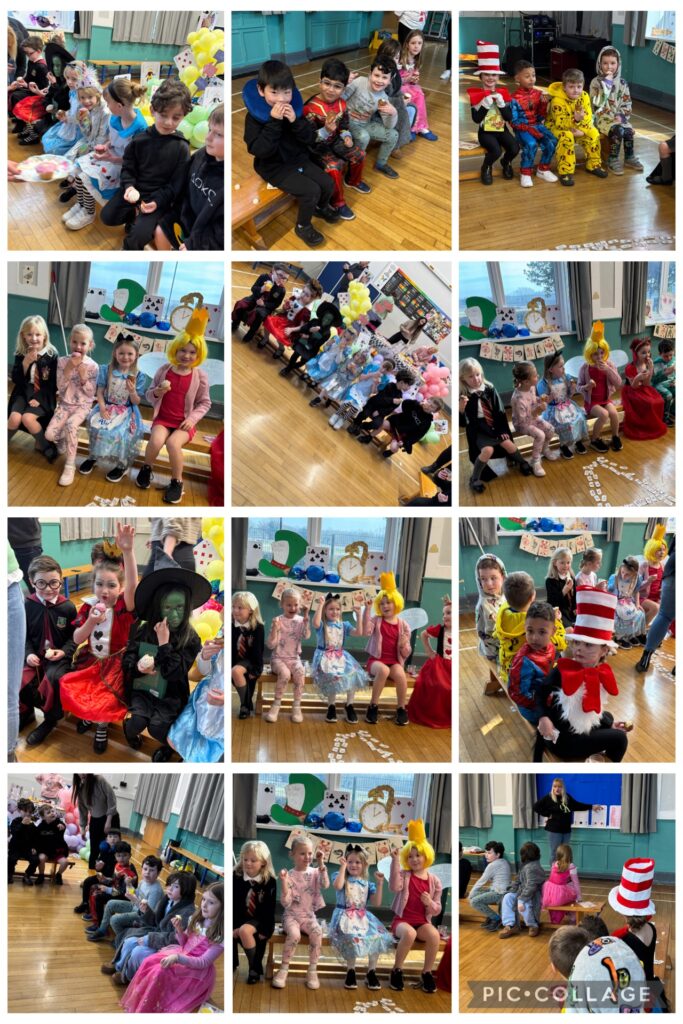This morning Year 2 have had a virtual school visit with the author of How To Train Your Dragon – Cressida Cowell. We got to watch the new trailer for the film as well as listen to Cressida read extracts from her book and answer questions.
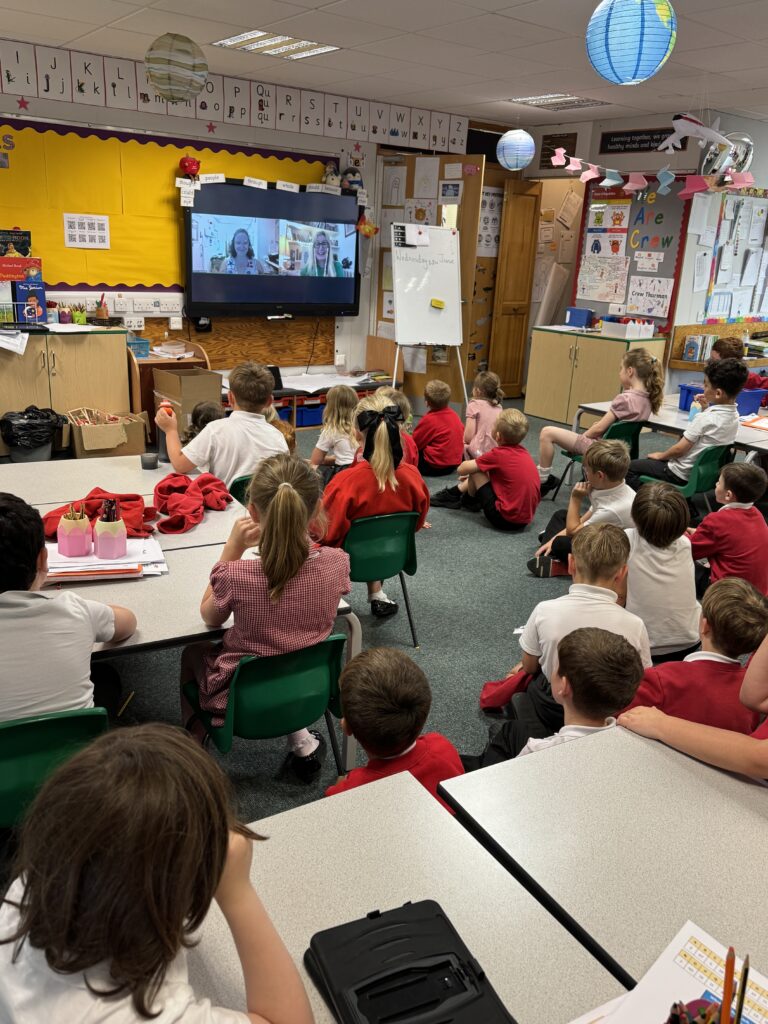
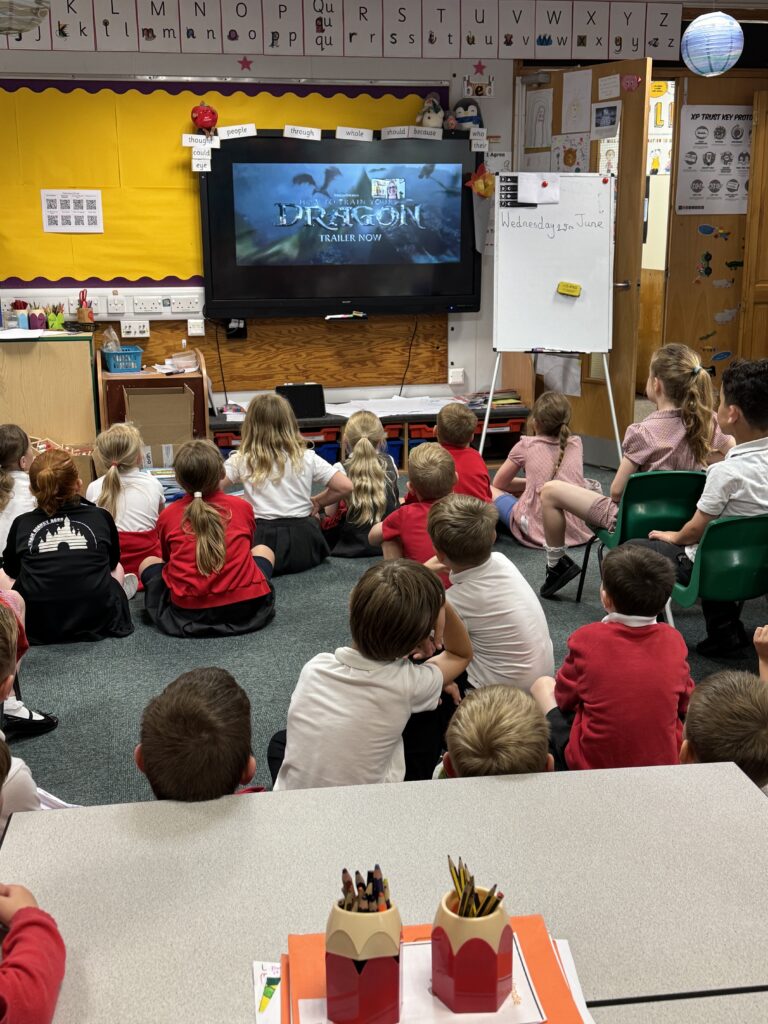
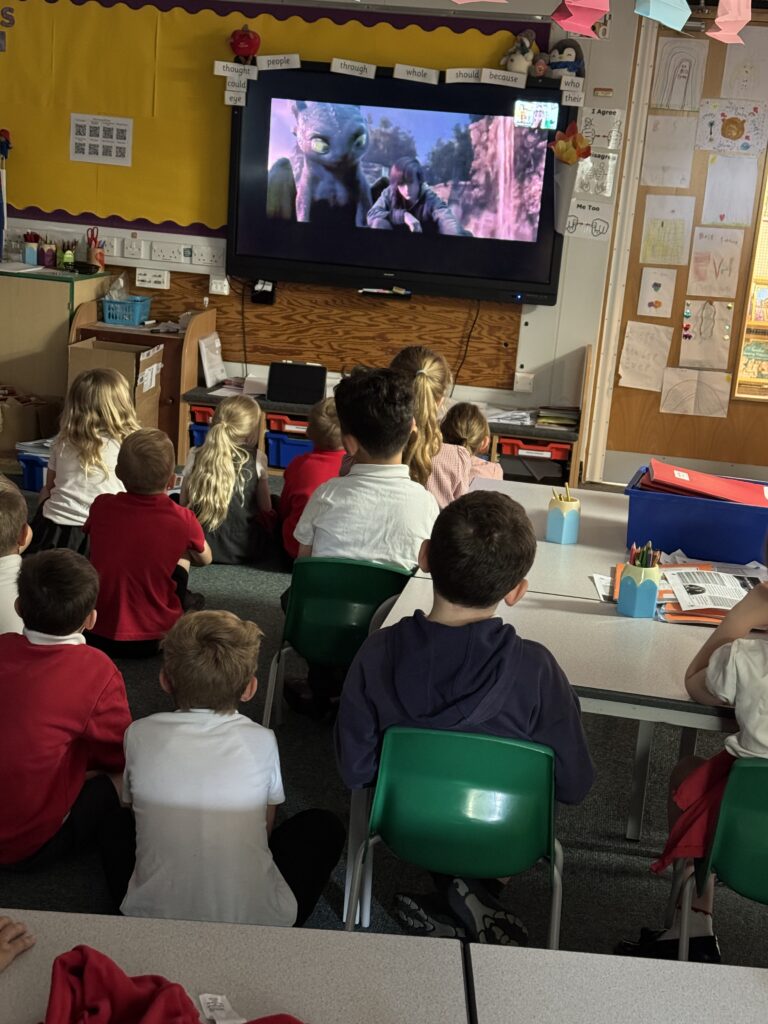
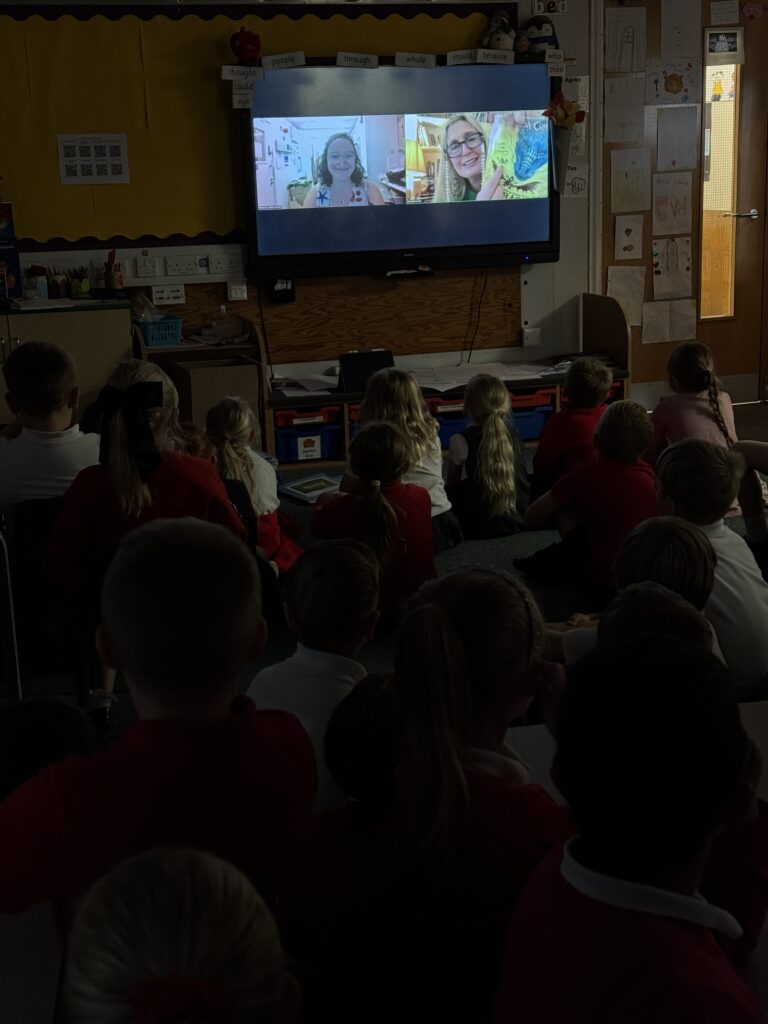
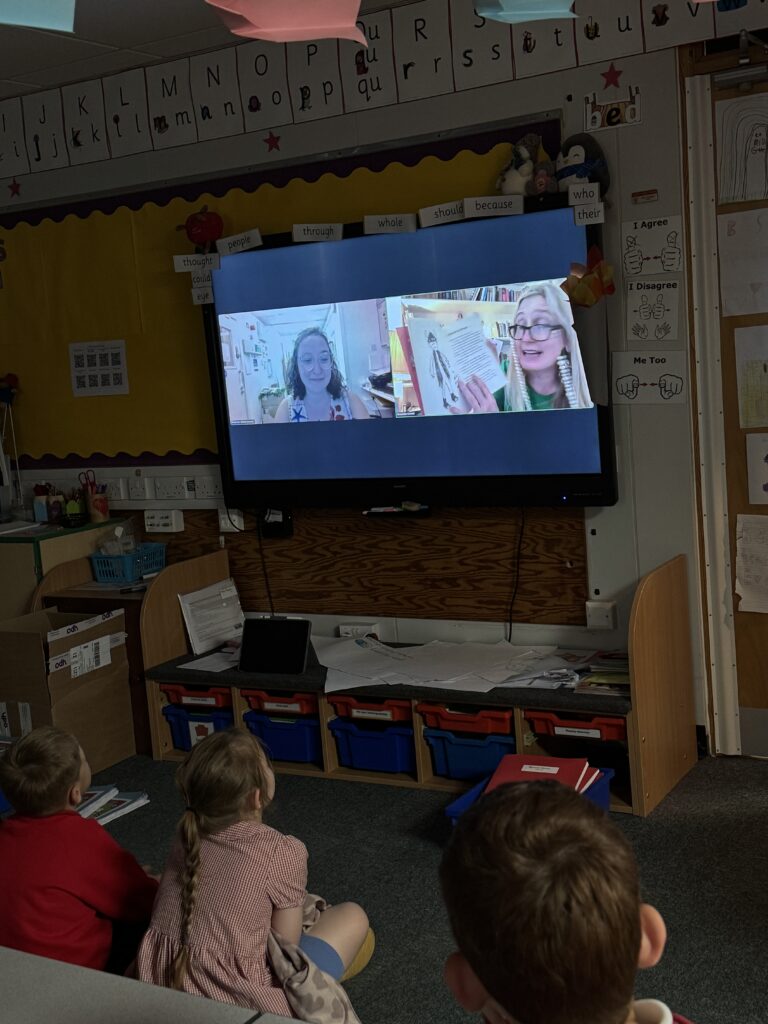
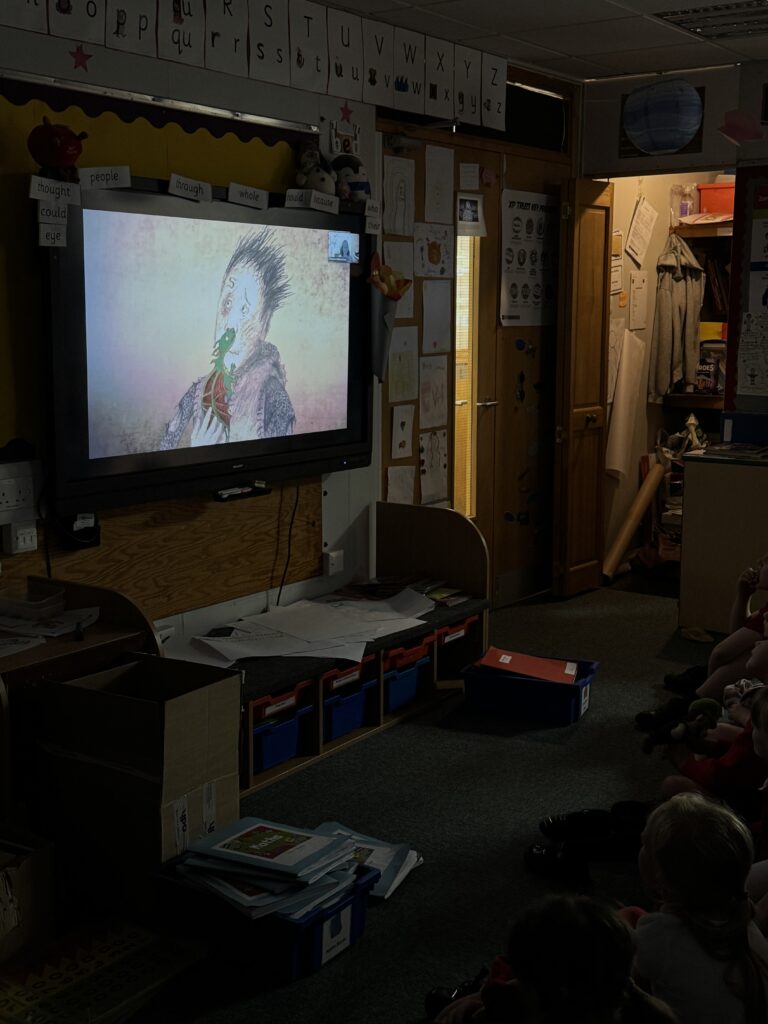
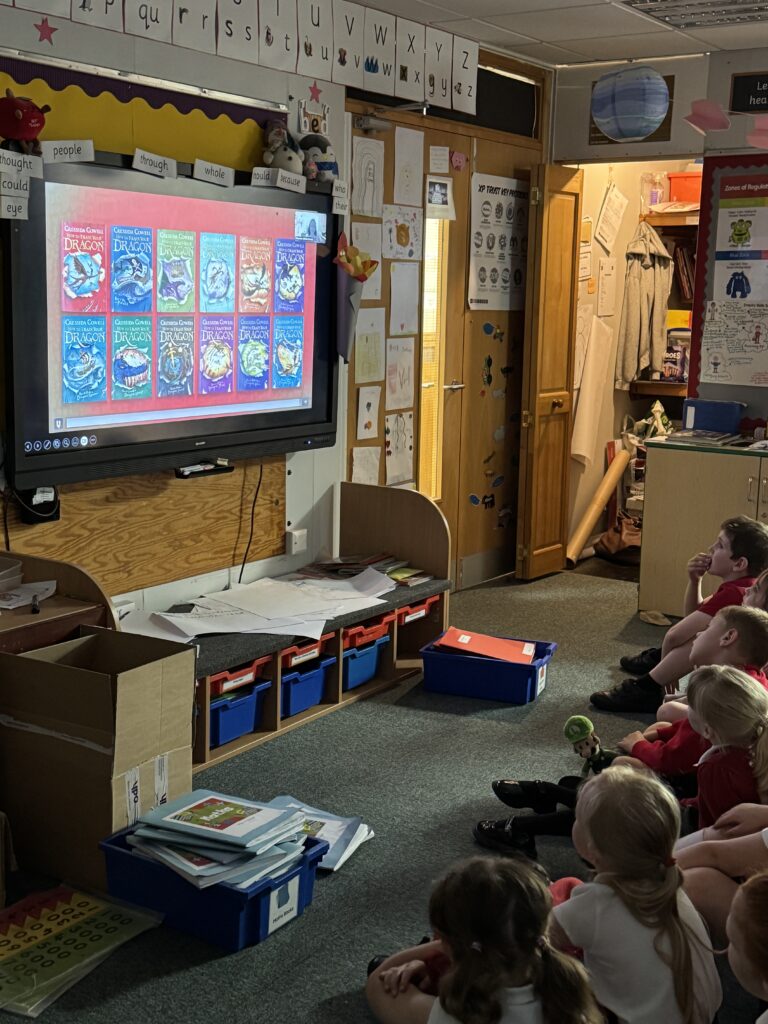
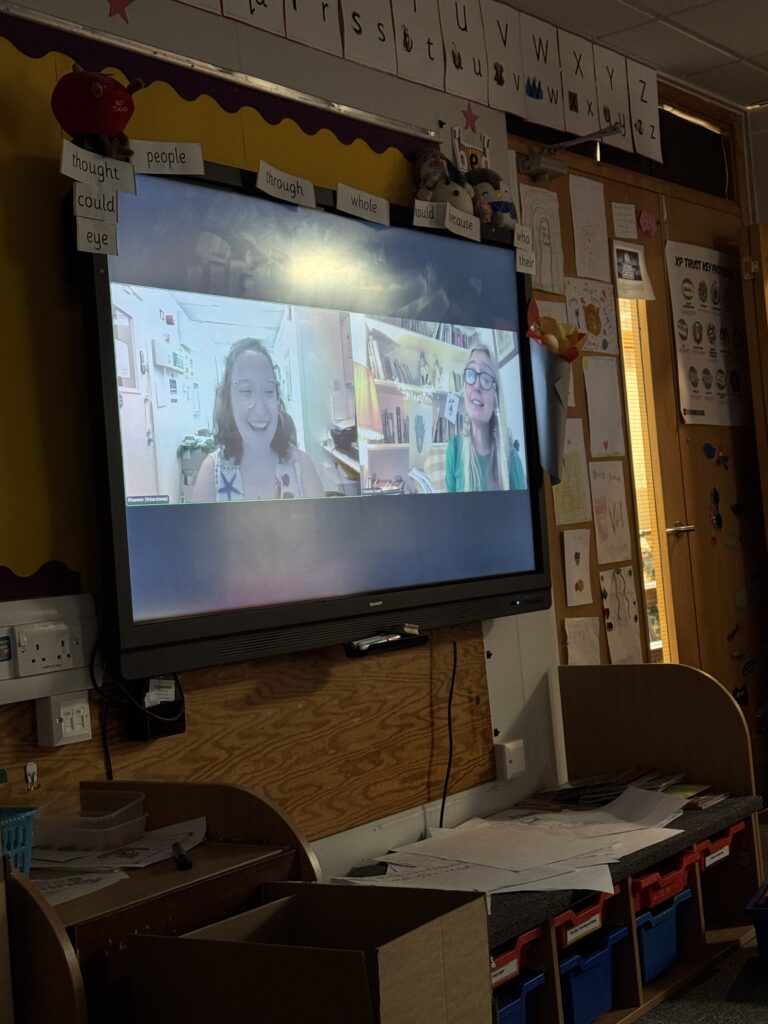
This morning Year 2 have had a virtual school visit with the author of How To Train Your Dragon – Cressida Cowell. We got to watch the new trailer for the film as well as listen to Cressida read extracts from her book and answer questions.








This morning, we had a wonderful Stay and Read session in the sunshine, and it truly was a lovely way to start the day. It was so special to see children reading to adults, adults reading to children, and everyone enjoying a quiet moment surrounded by books.
A huge thank you to all the parents and carers who joined us—it was extra special as it marked the final Stay and Read for your child at Norton Infant School. We’re so grateful for your continued support and for sharing these moments with us.
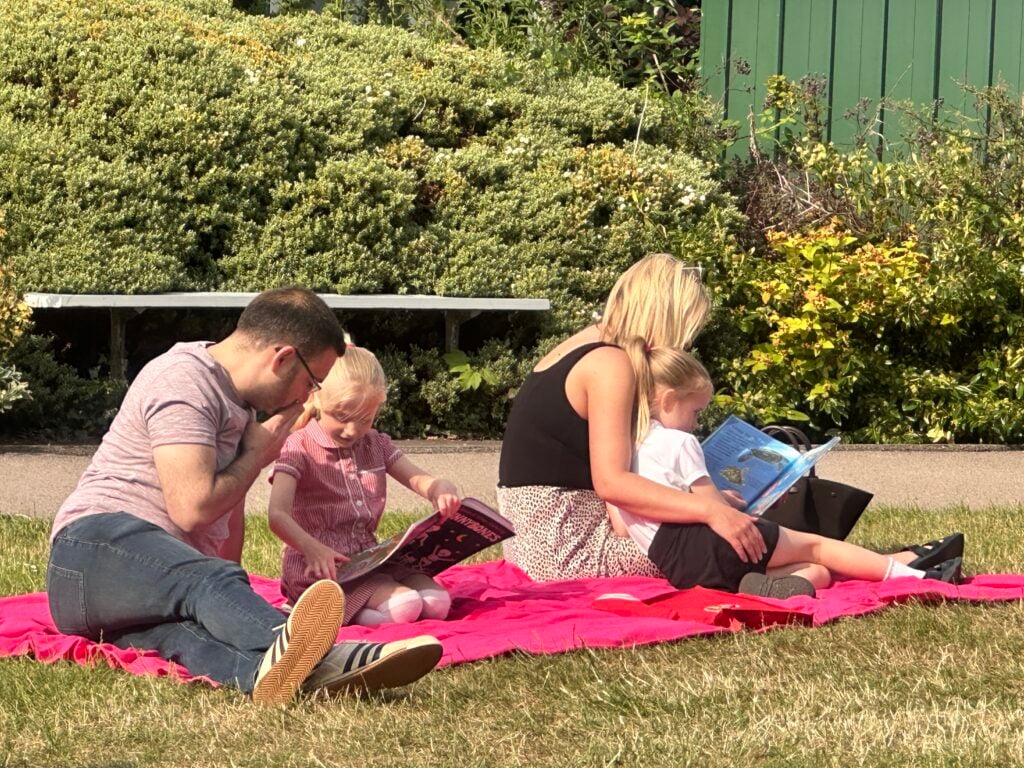
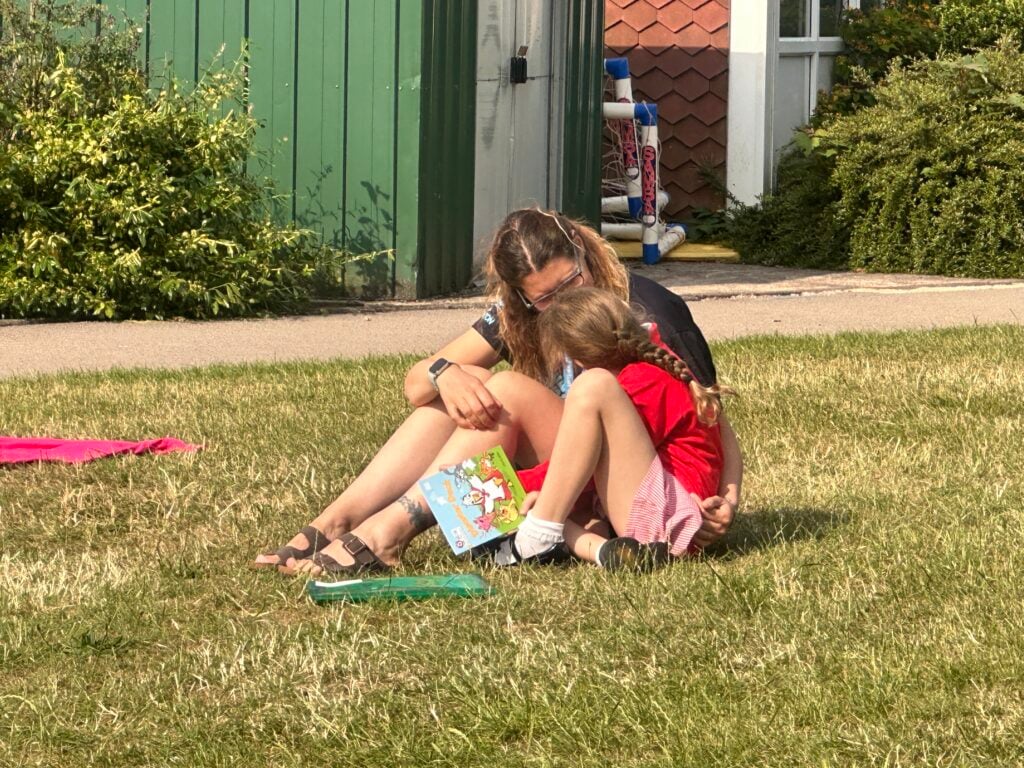
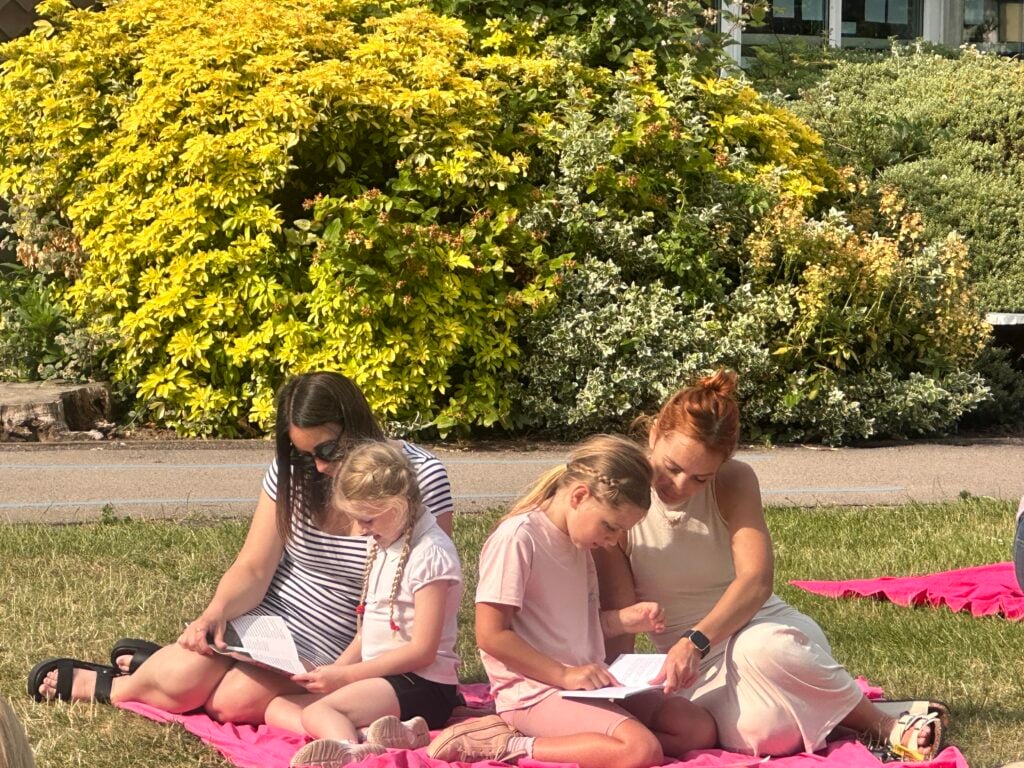
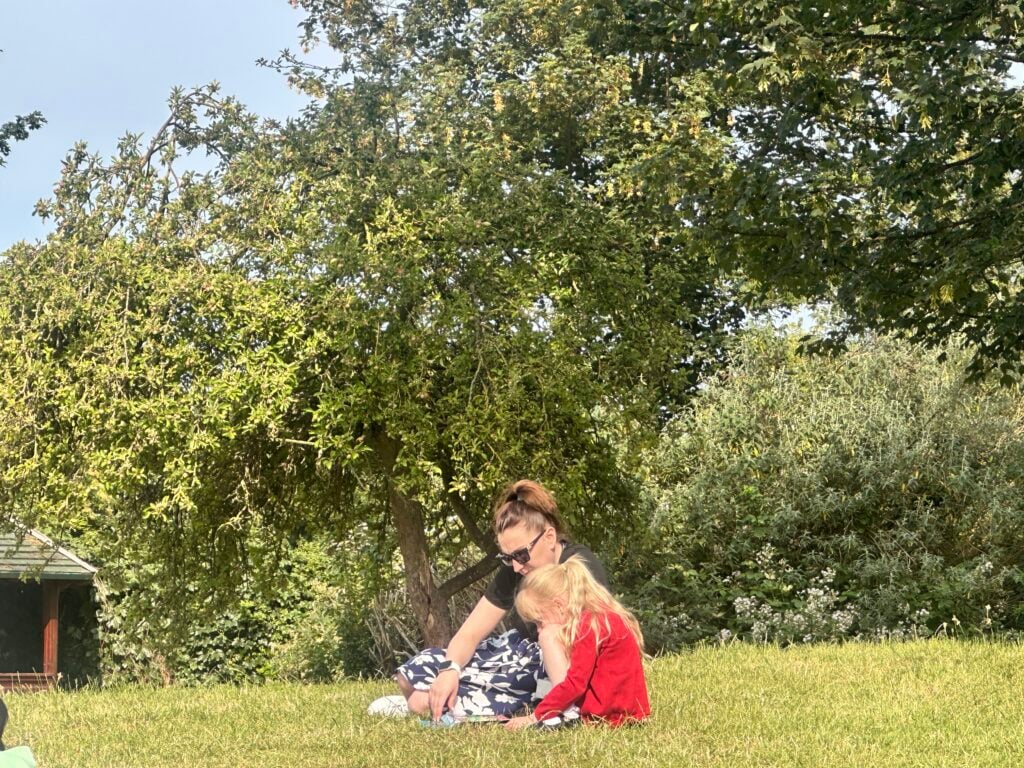
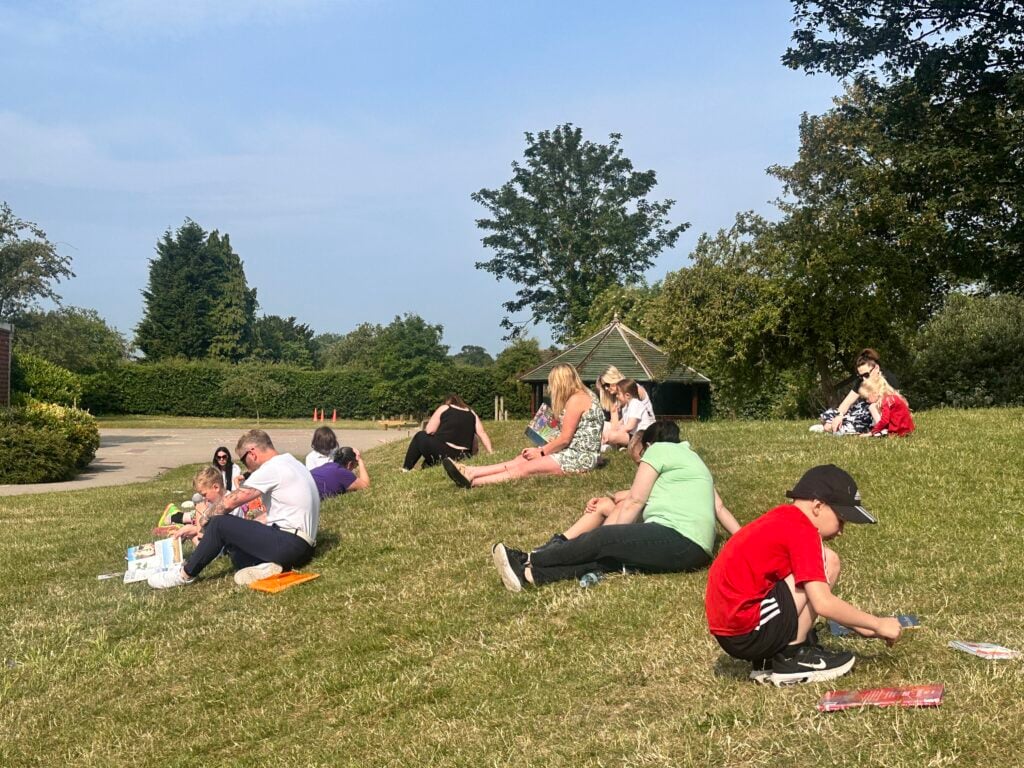
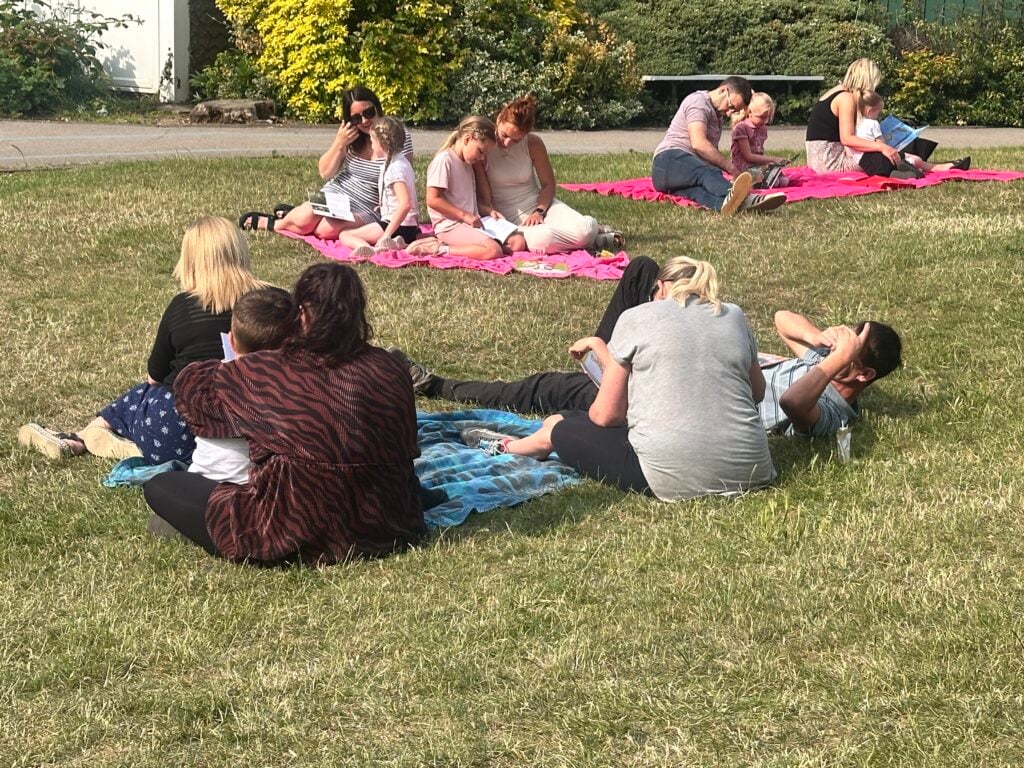
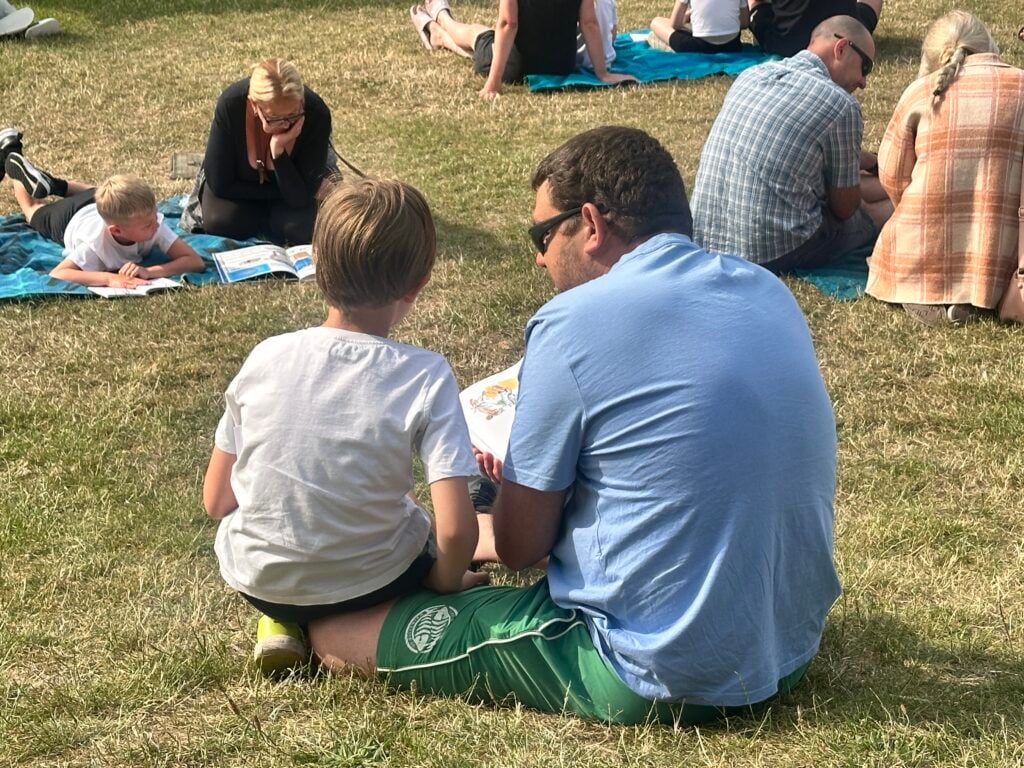
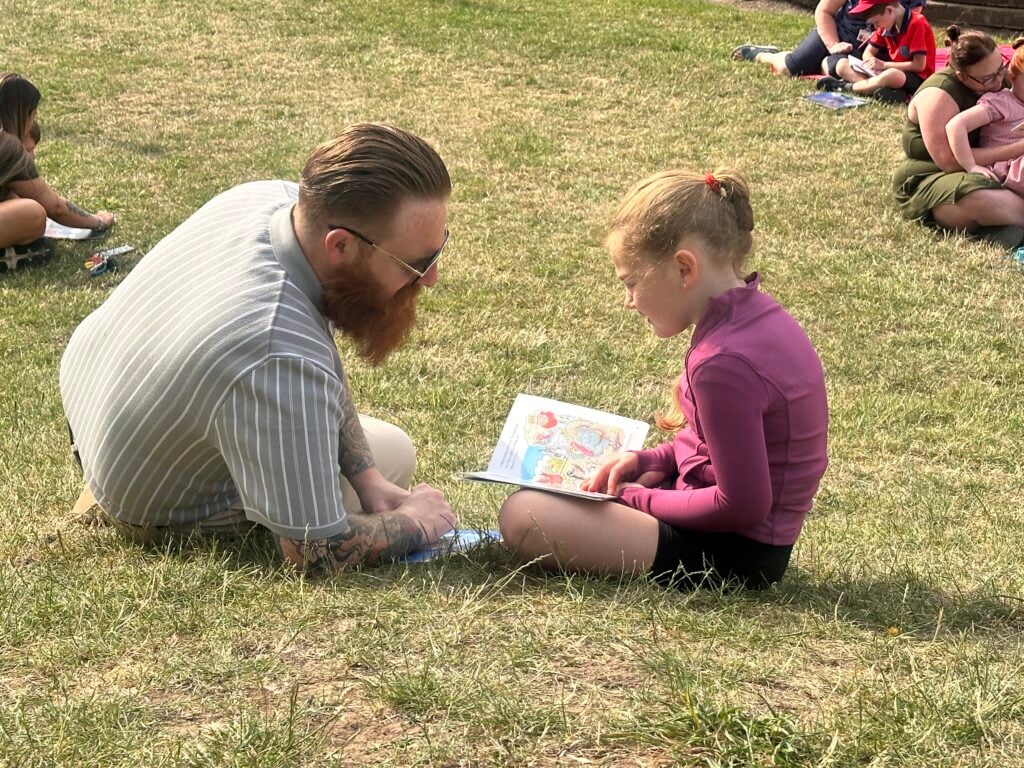
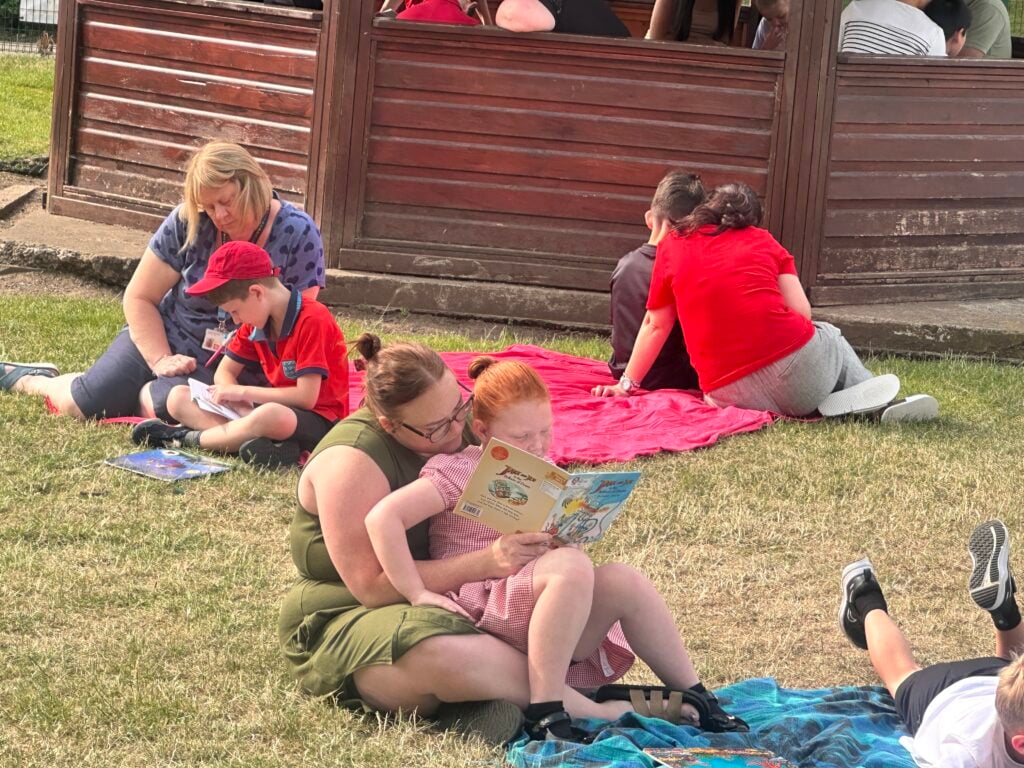
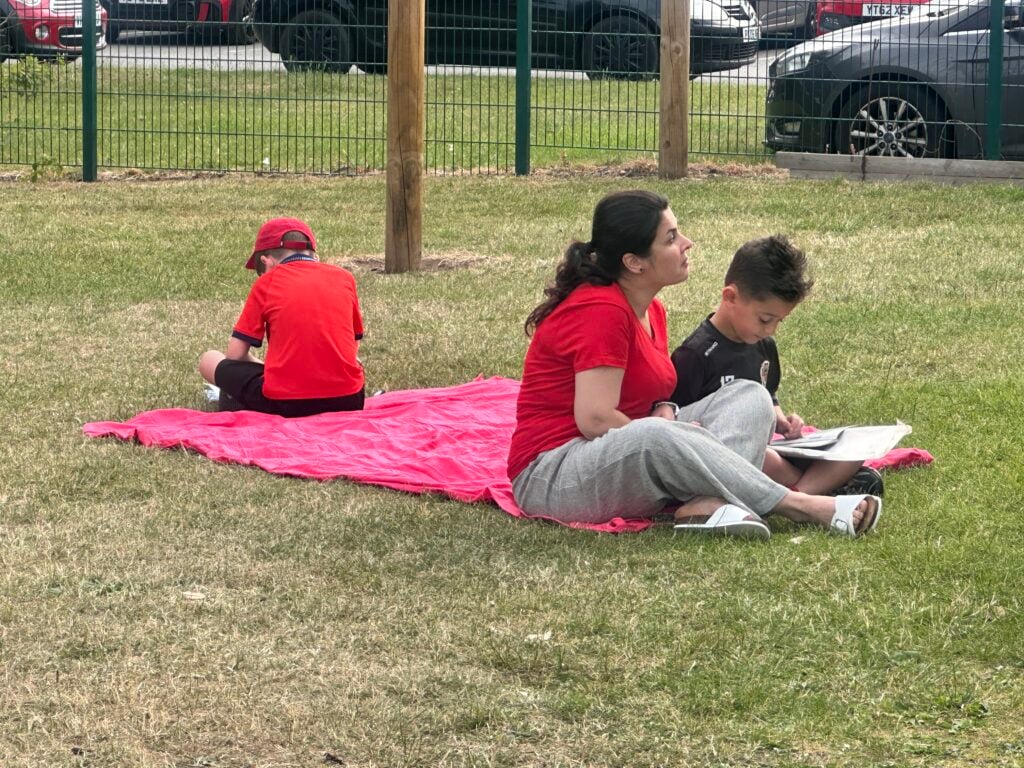
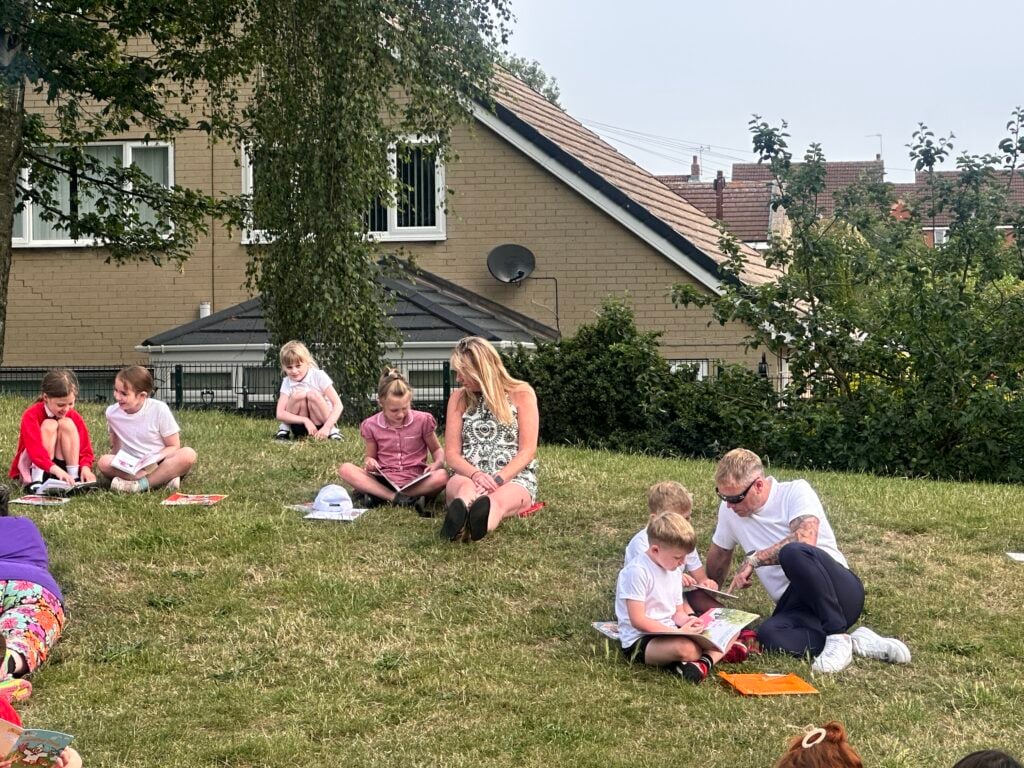
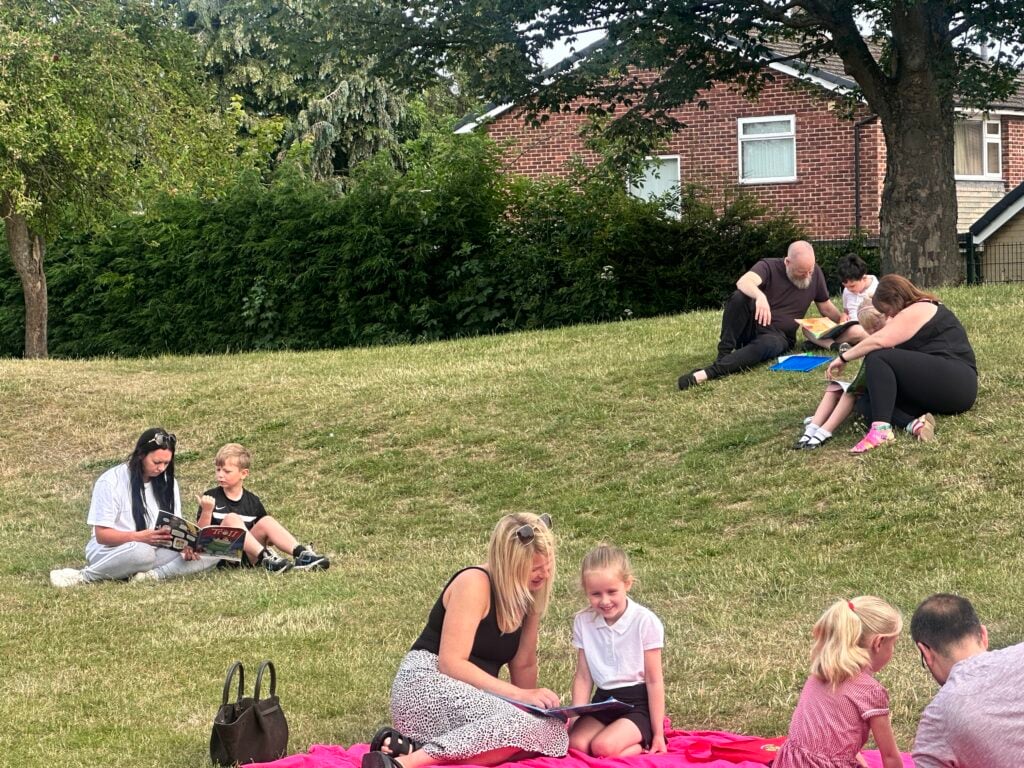
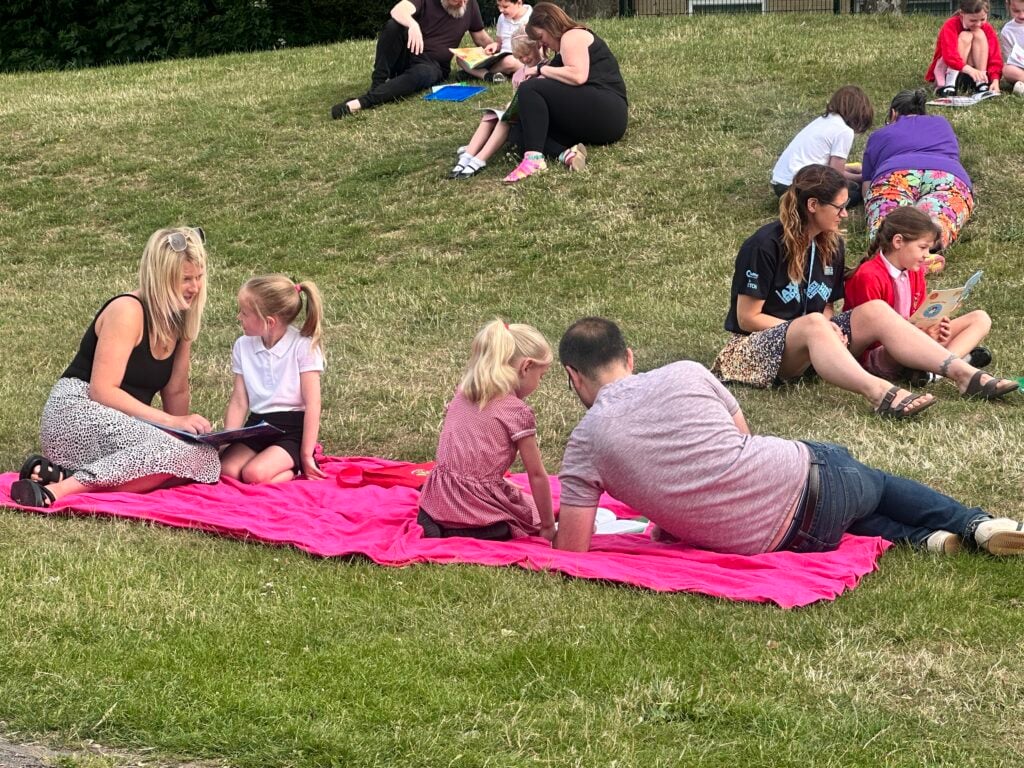
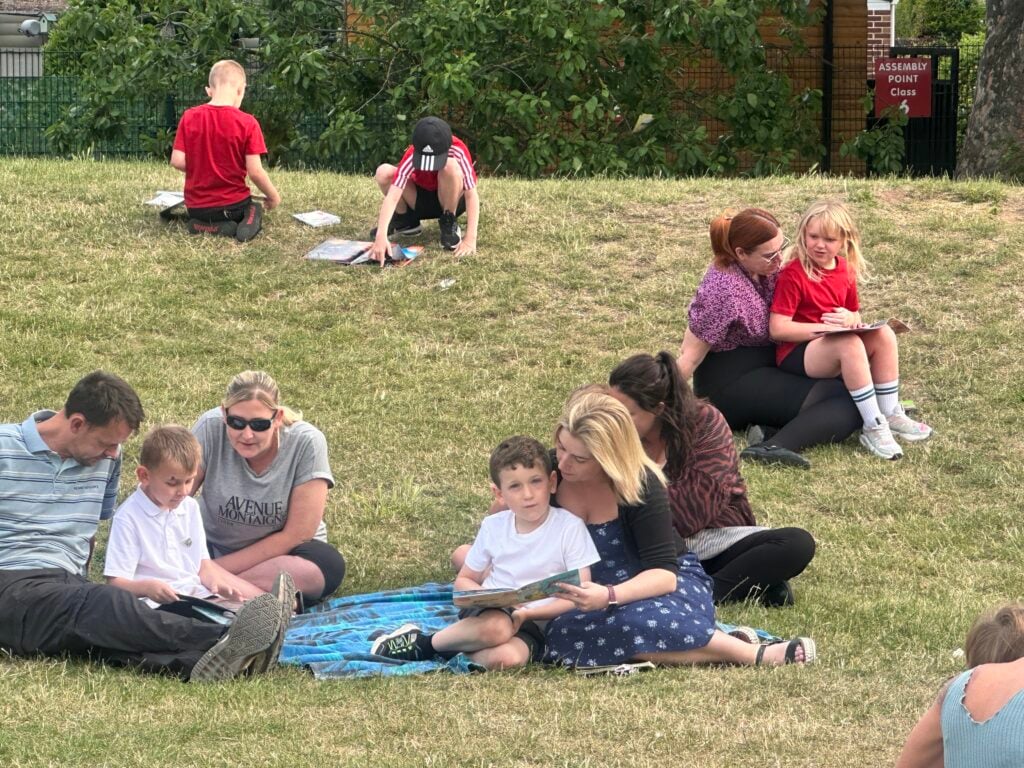
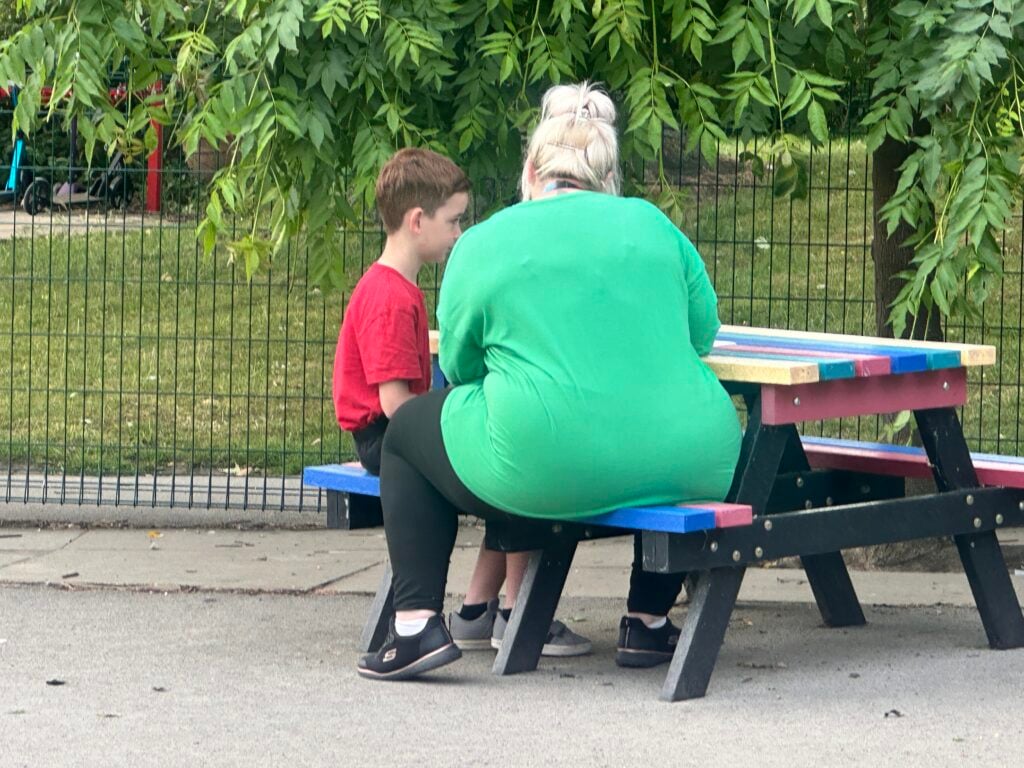
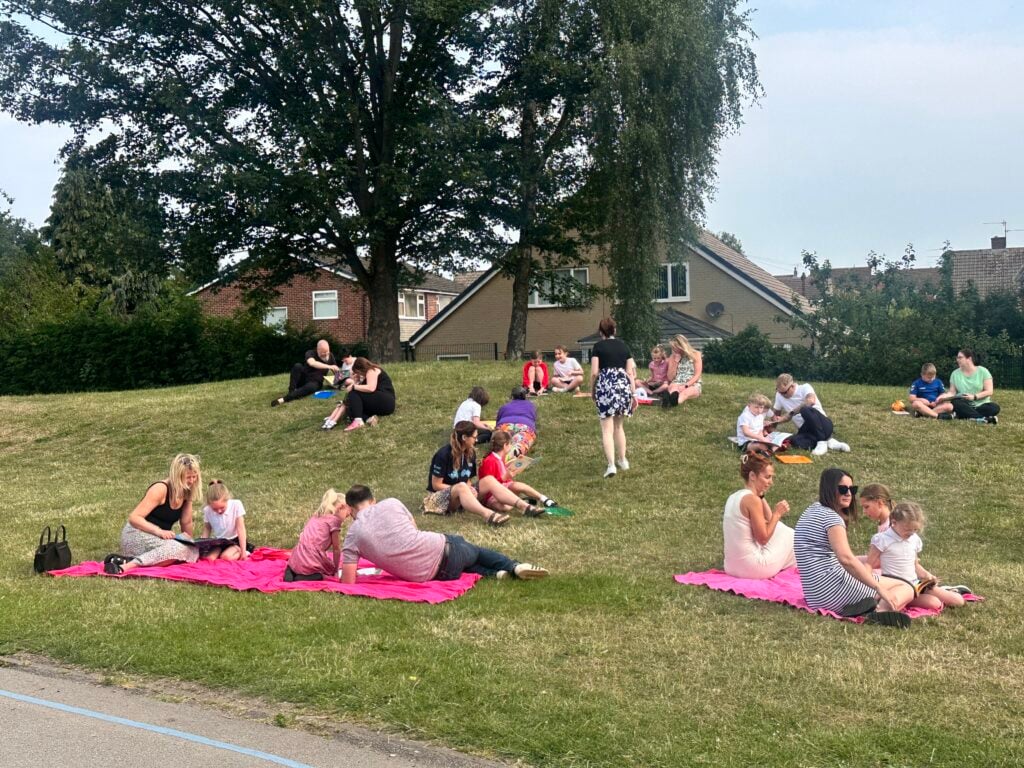
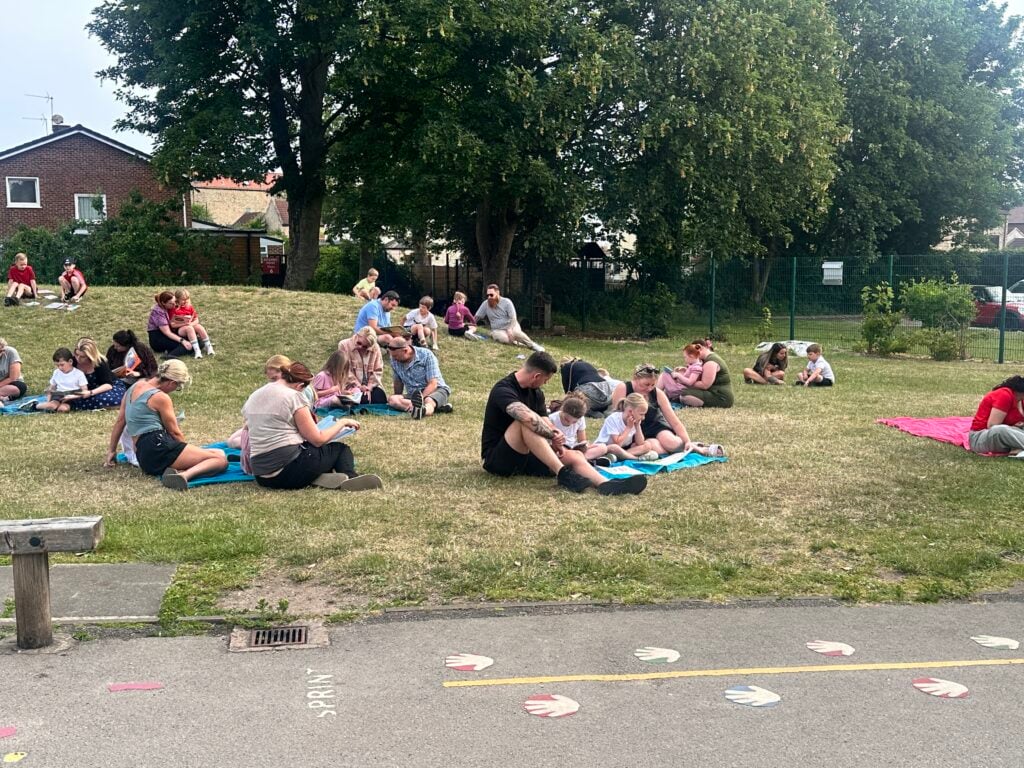
This week Nursery have began case study two of our expedition “ Who is hiding in the pages of this book?” We have been immersed in our new text The Gingerbread Man. To hook the children into their learning they were detectives on a hunt for character body parts in our outdoor area. When they found all of the characters parts the children put them back together again revealing what our key text of the week would be. They were very excited for it to be The Gingerbread Man!
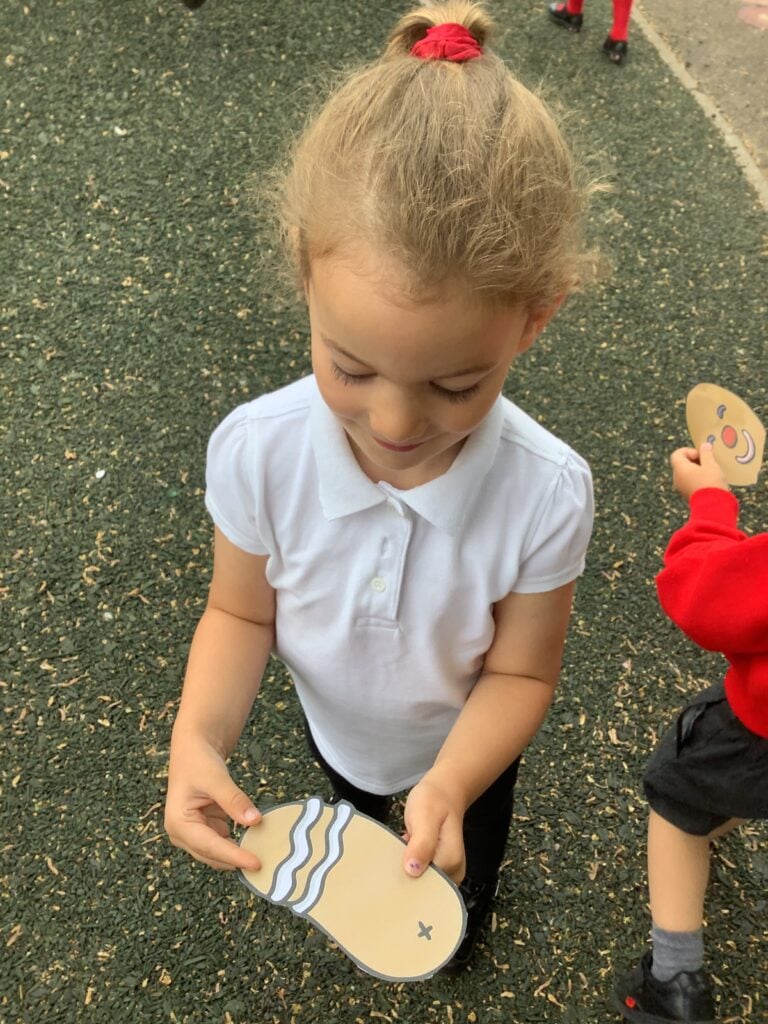

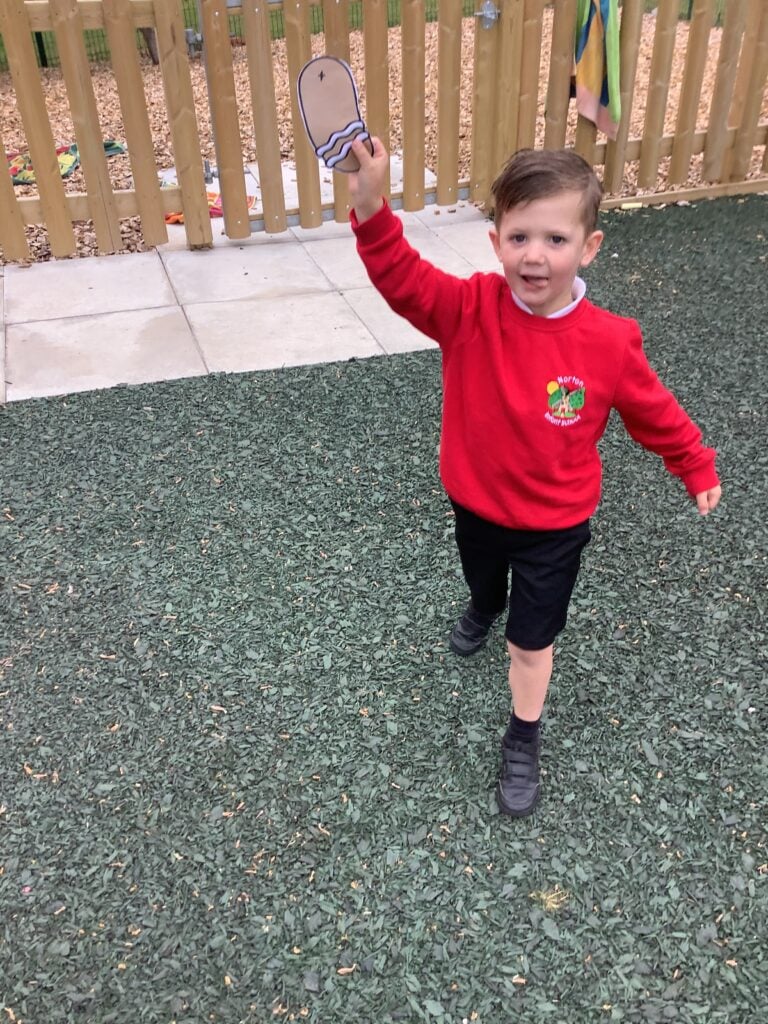
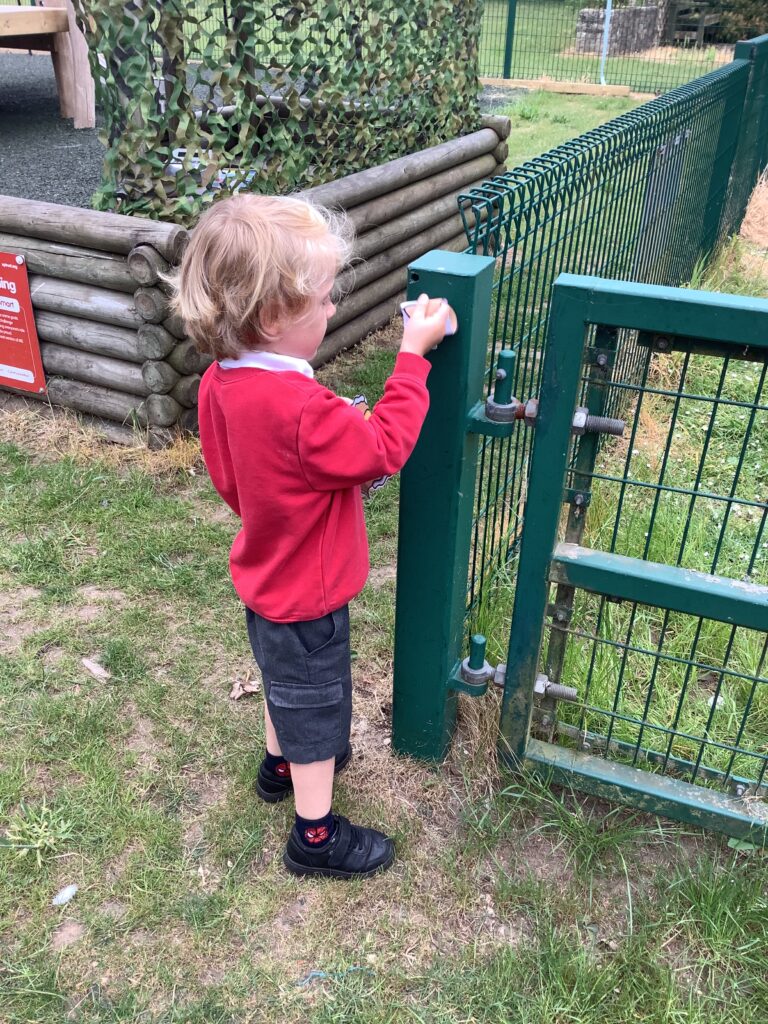
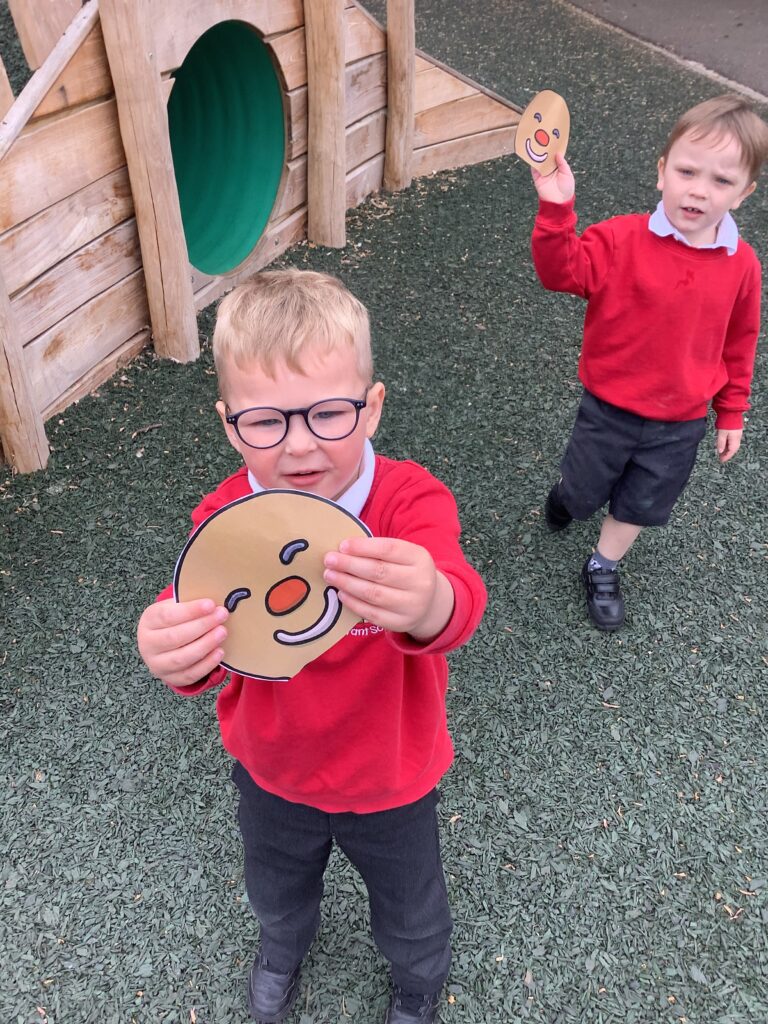
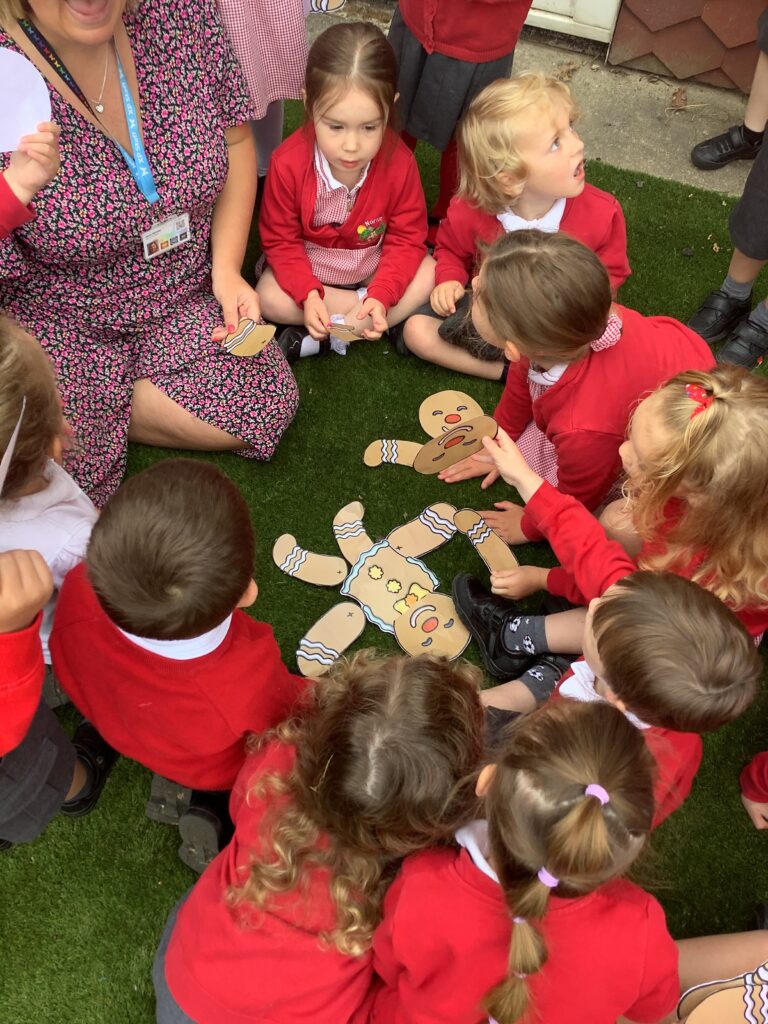
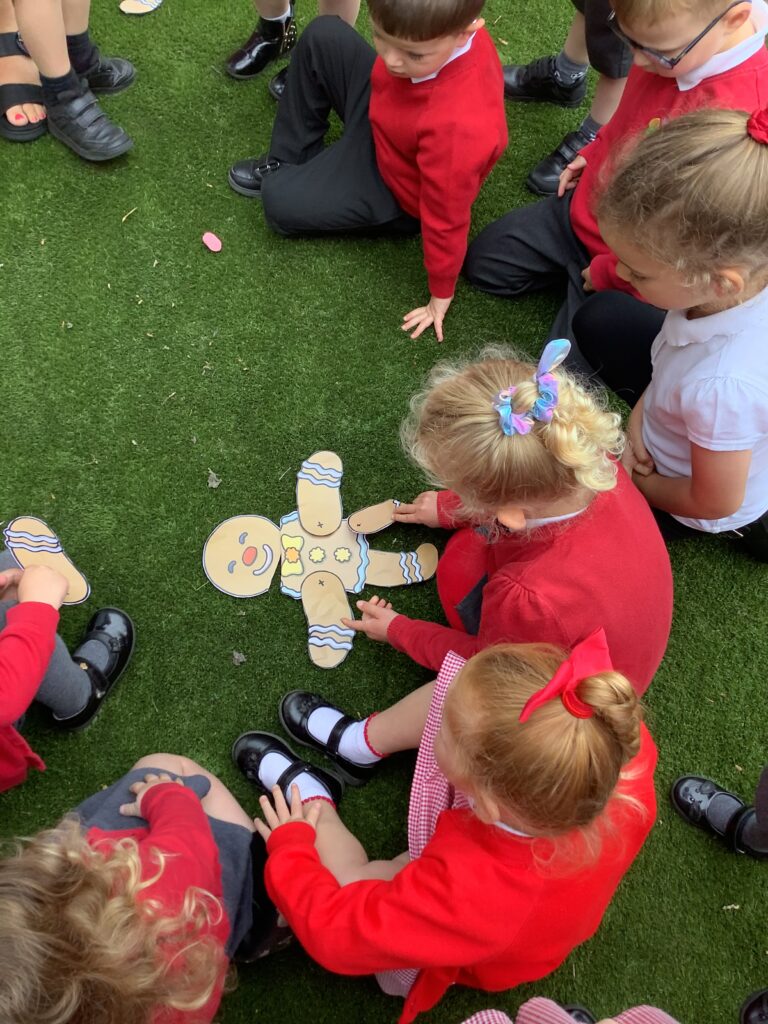
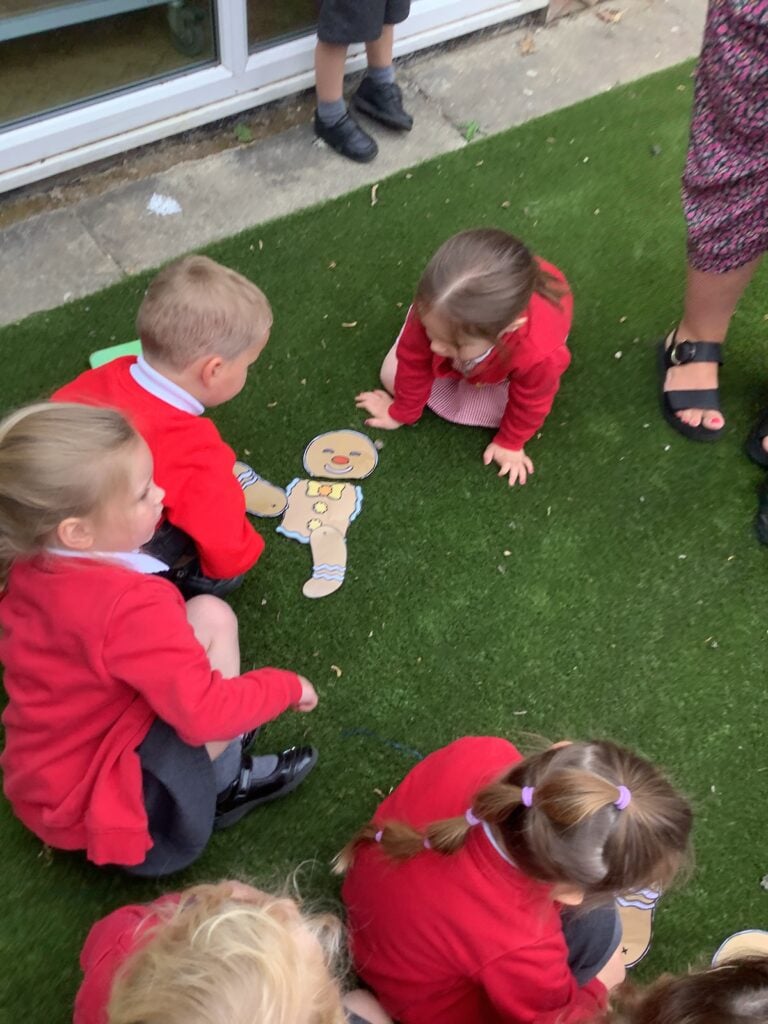
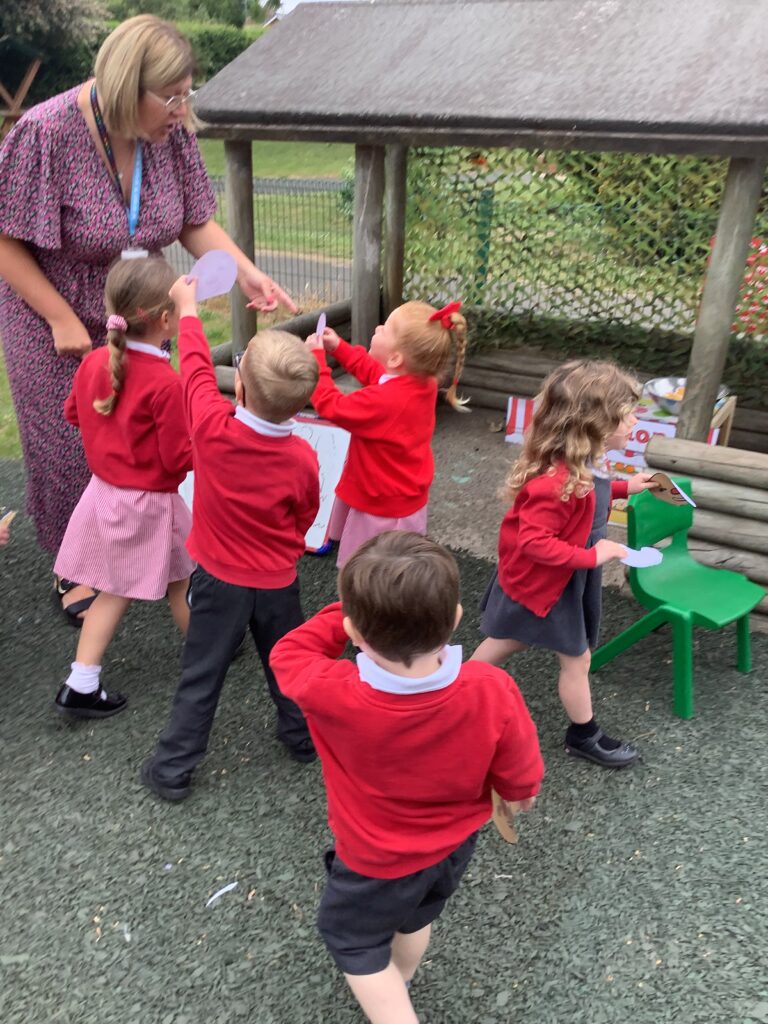
We modelled role play of the Baker and the Gingerbread Man to the children. The Gingerbread Man was apologising for running away and asked if he could help to make more Gingerbread to show how sorry he was. But how would he do this? The children hot seated the Baker and were encouraged to think about the ingredients that the Gingerbread Man may need. The Baker explained that they would need follow a recipe and a method, showing this to the children.
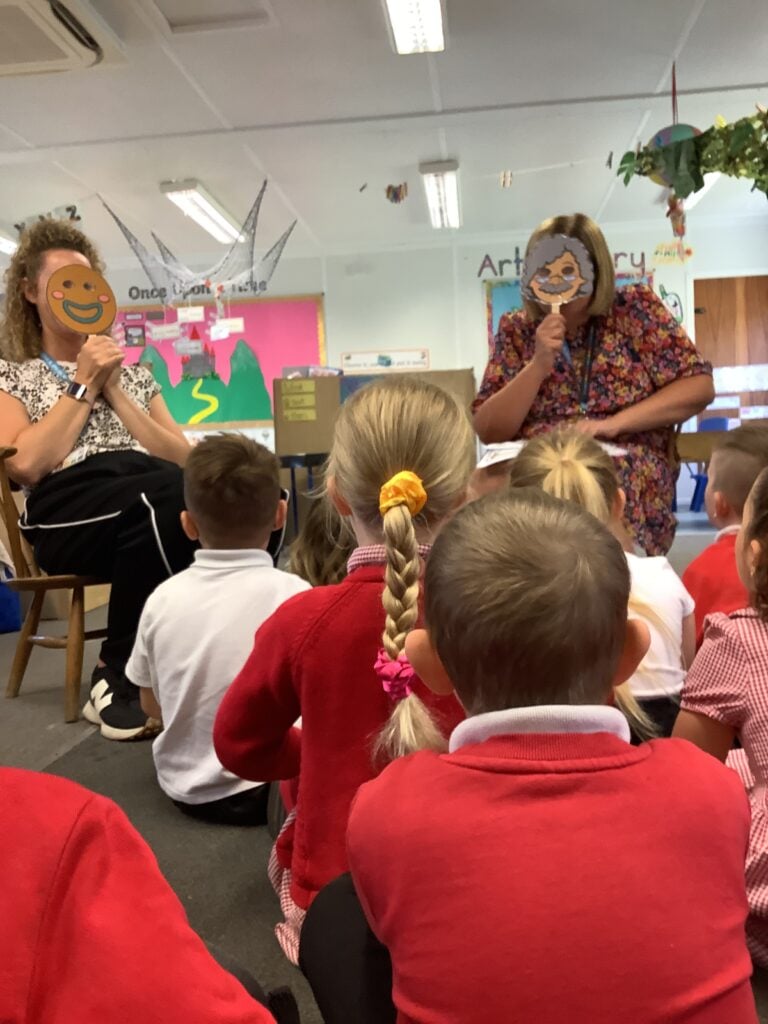
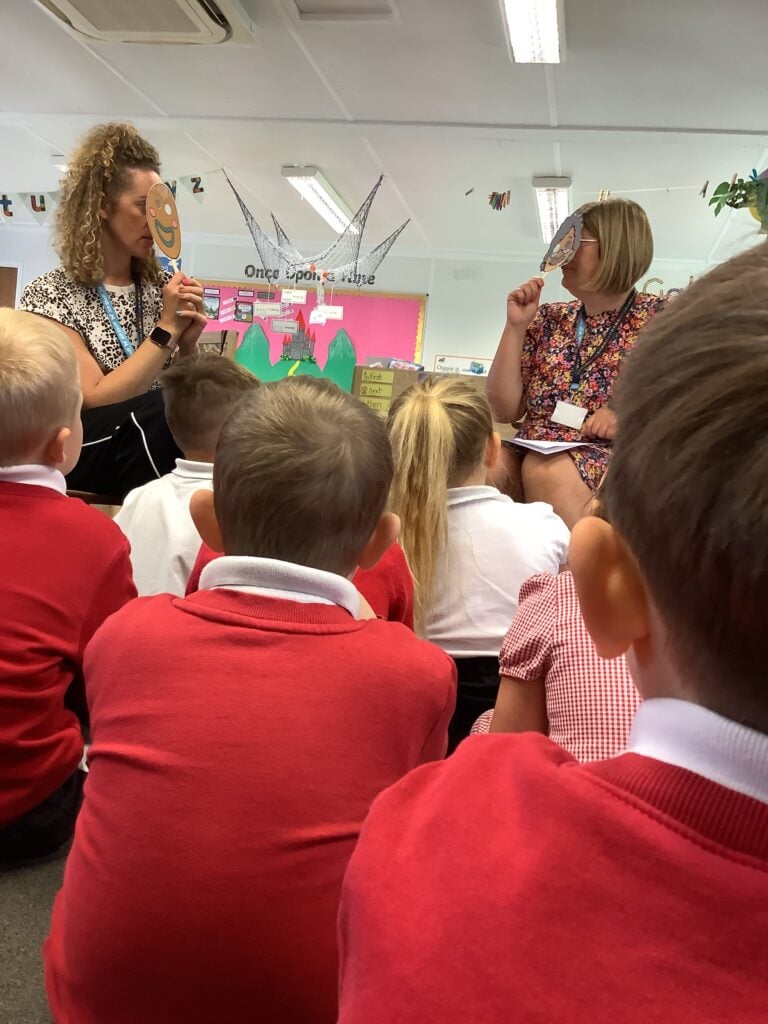
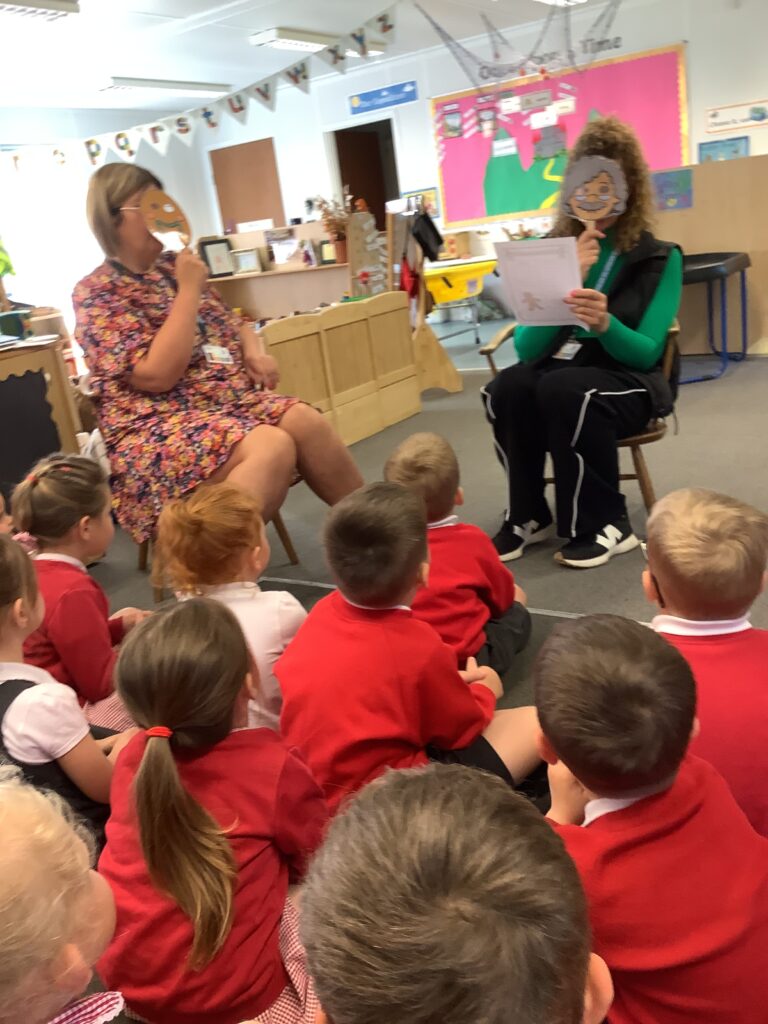
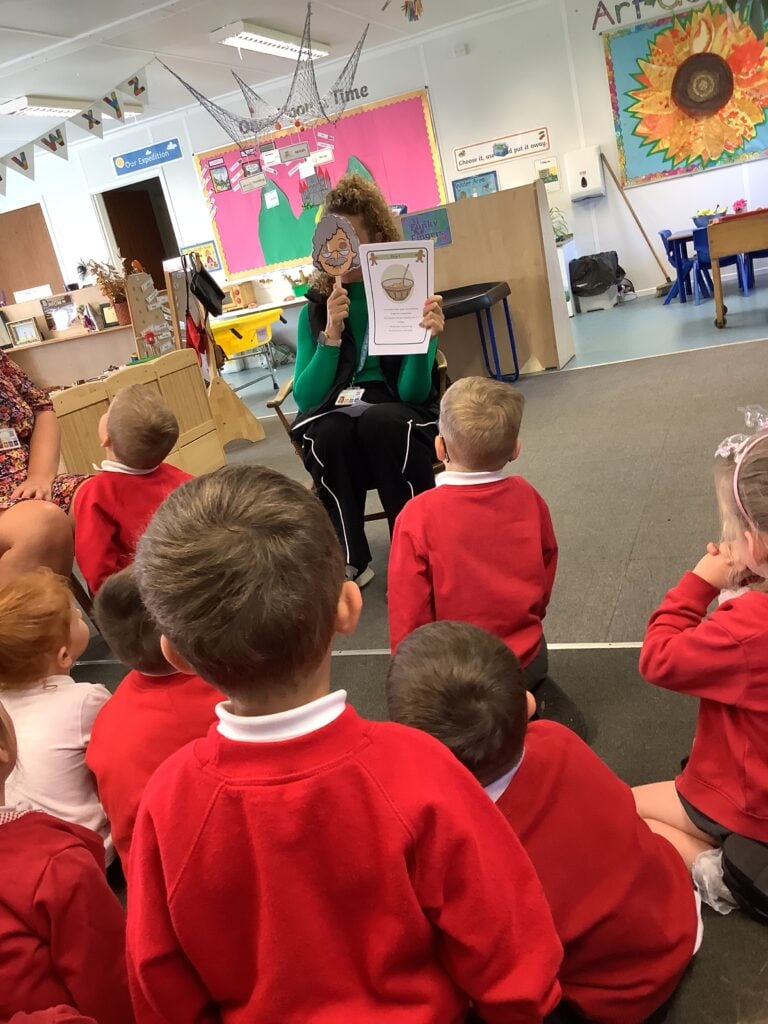
The children have had lots of fun role playing with the masks themselves in provision.
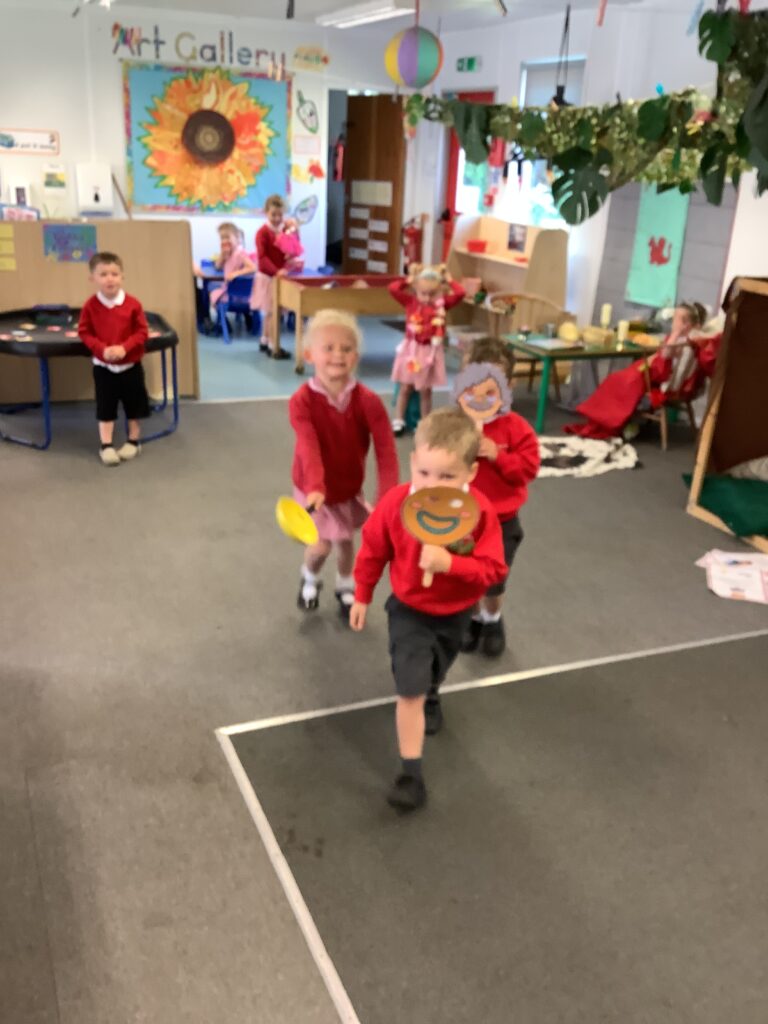
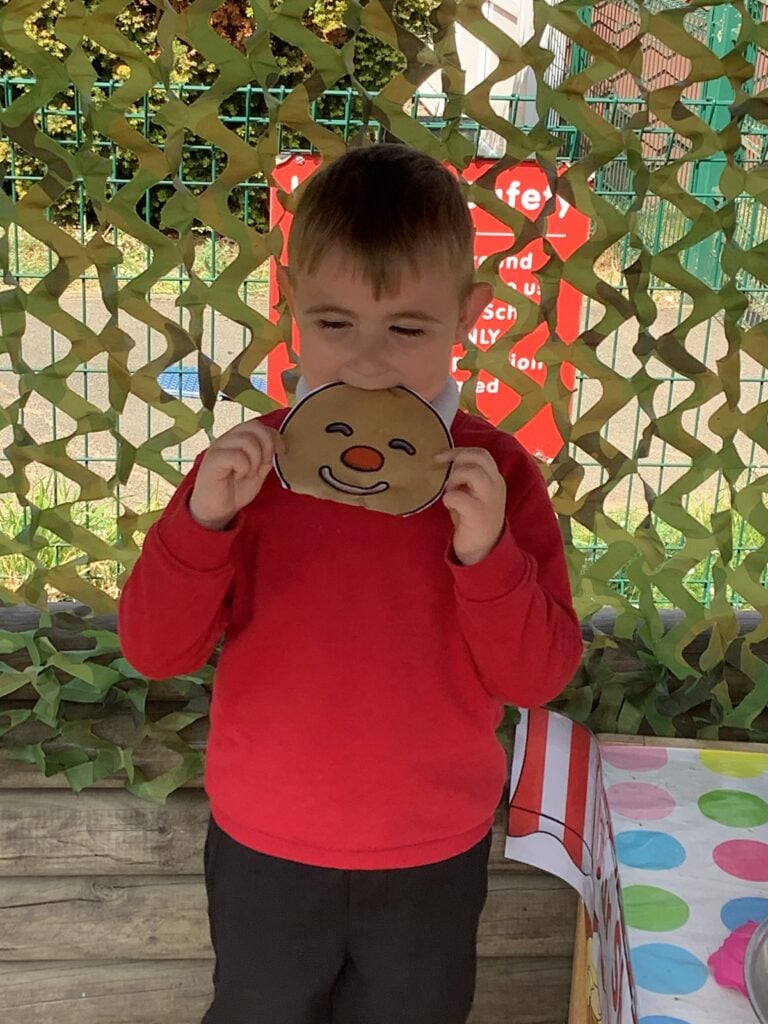
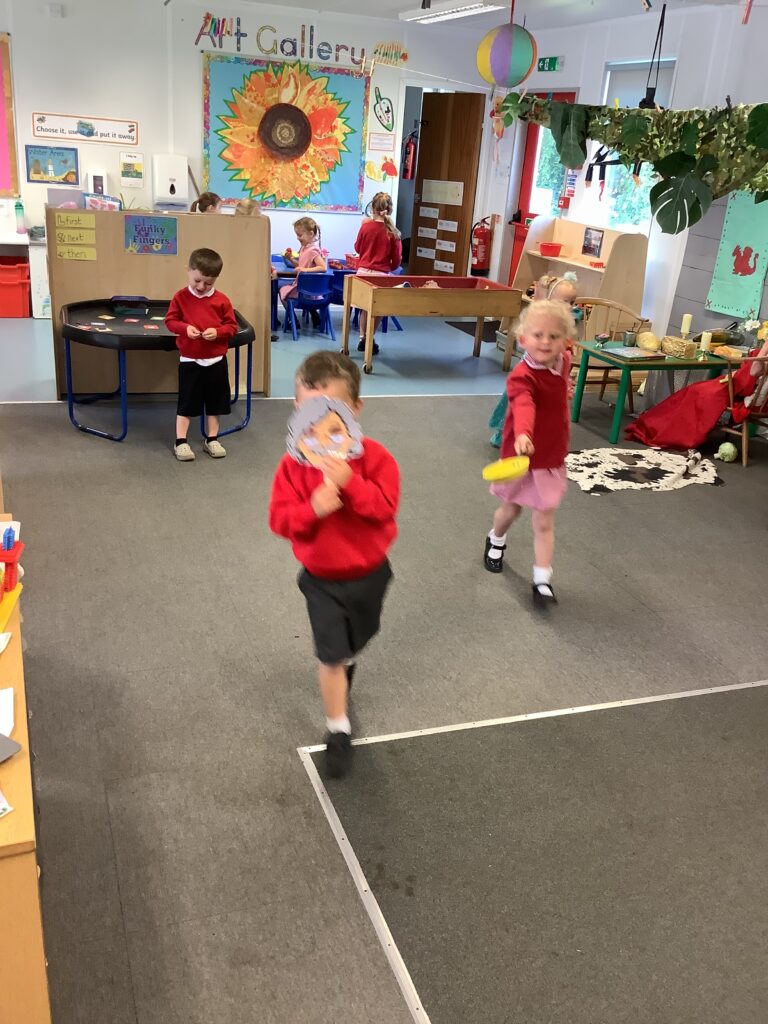
We then of course baked Gingerbread Men, following the Bakers recipe and instructions. The children were encouraged to think about first, next and then sequencing whilst they were baking. They also learned about different forces which they were using to make the gingerbread men as they mixed, rolled and pulled the rolling pin through the dough or pressed their Gingerbread Man shapes out with the cutter. These are pushes and pulls!
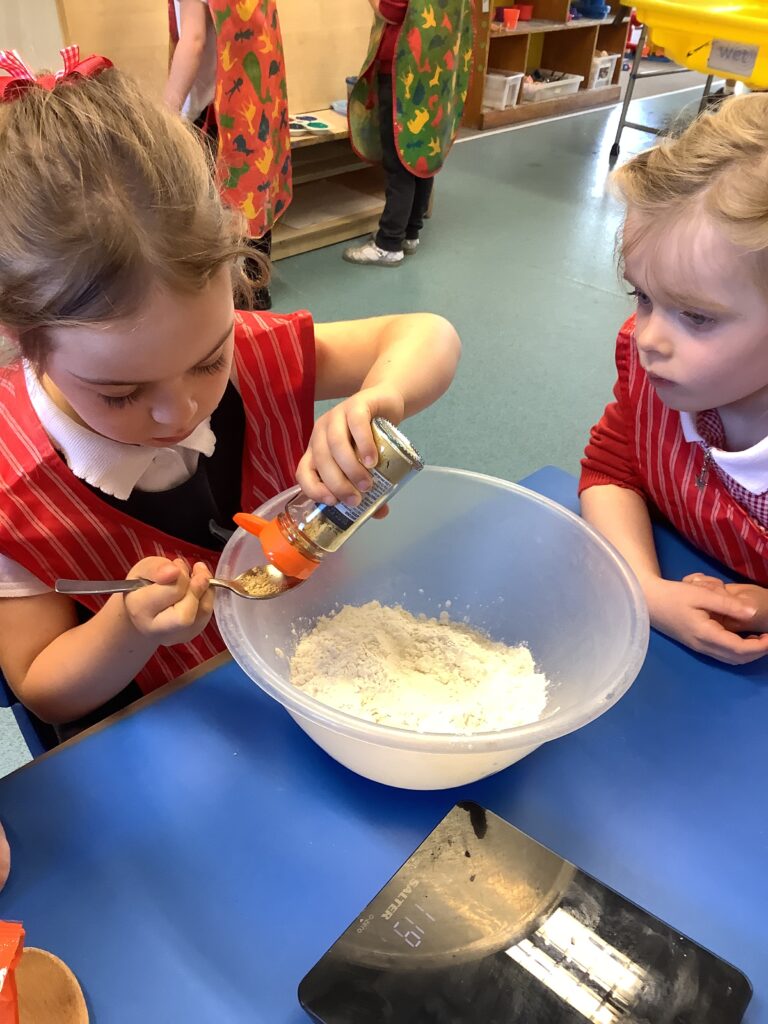
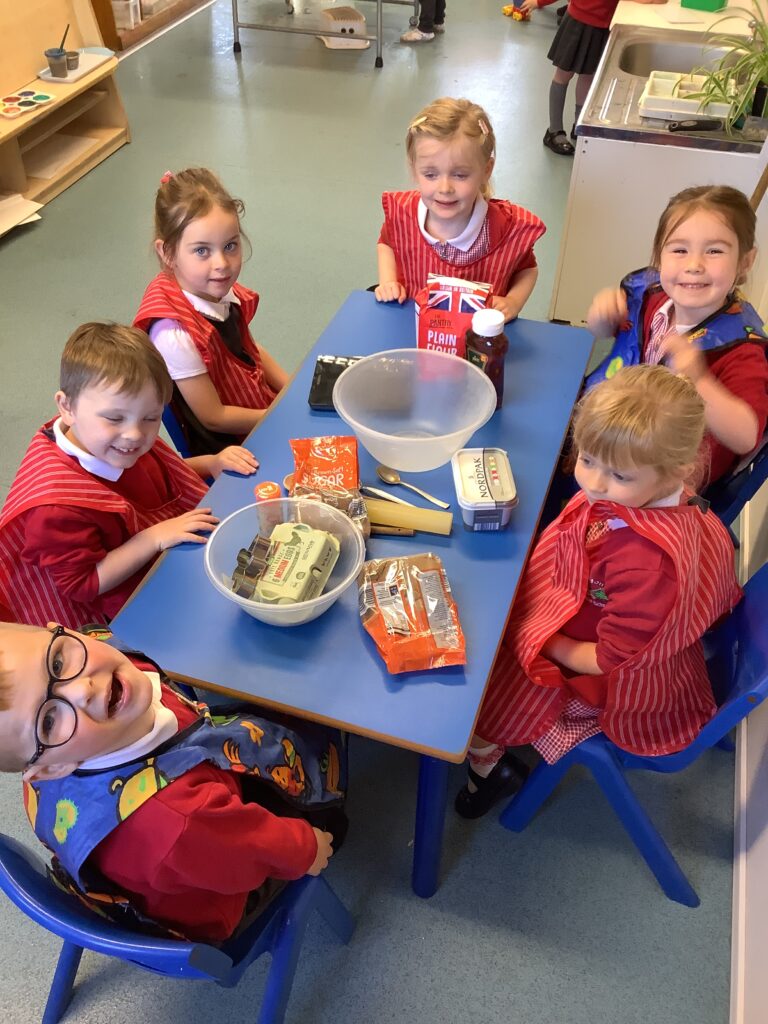
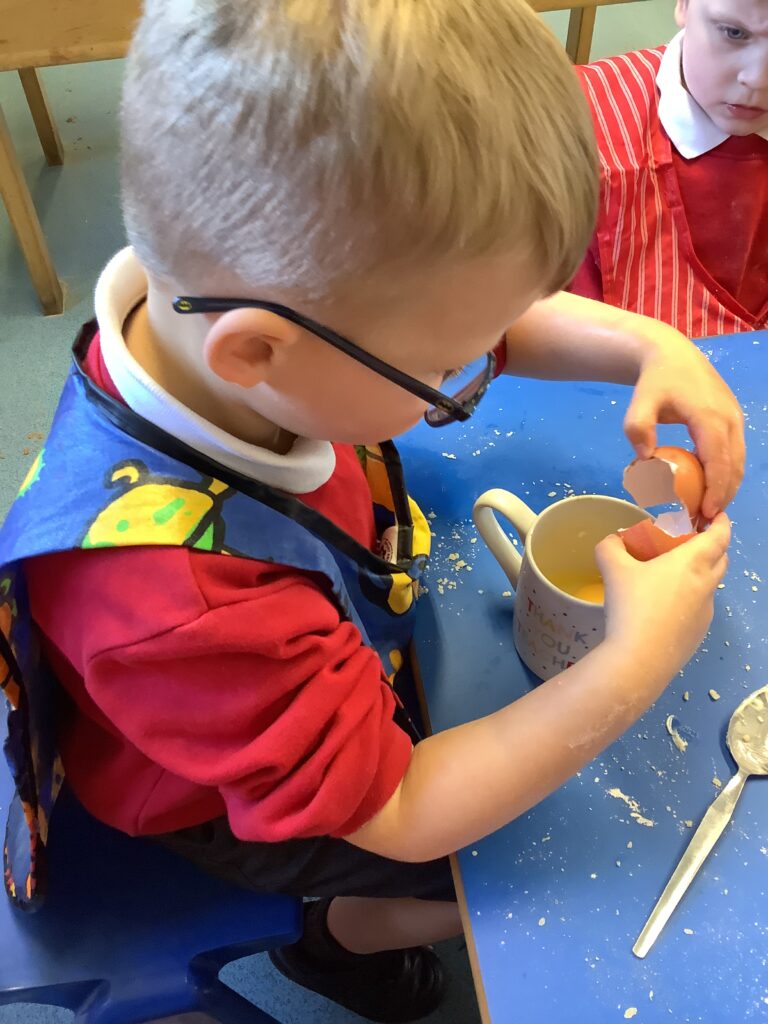
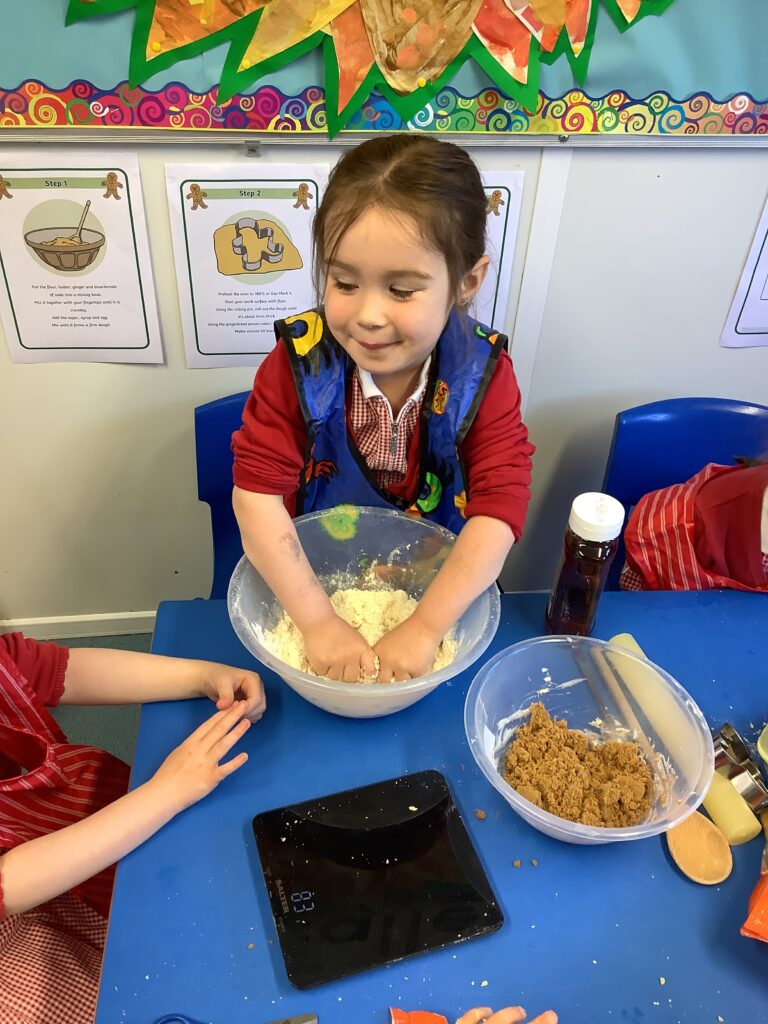

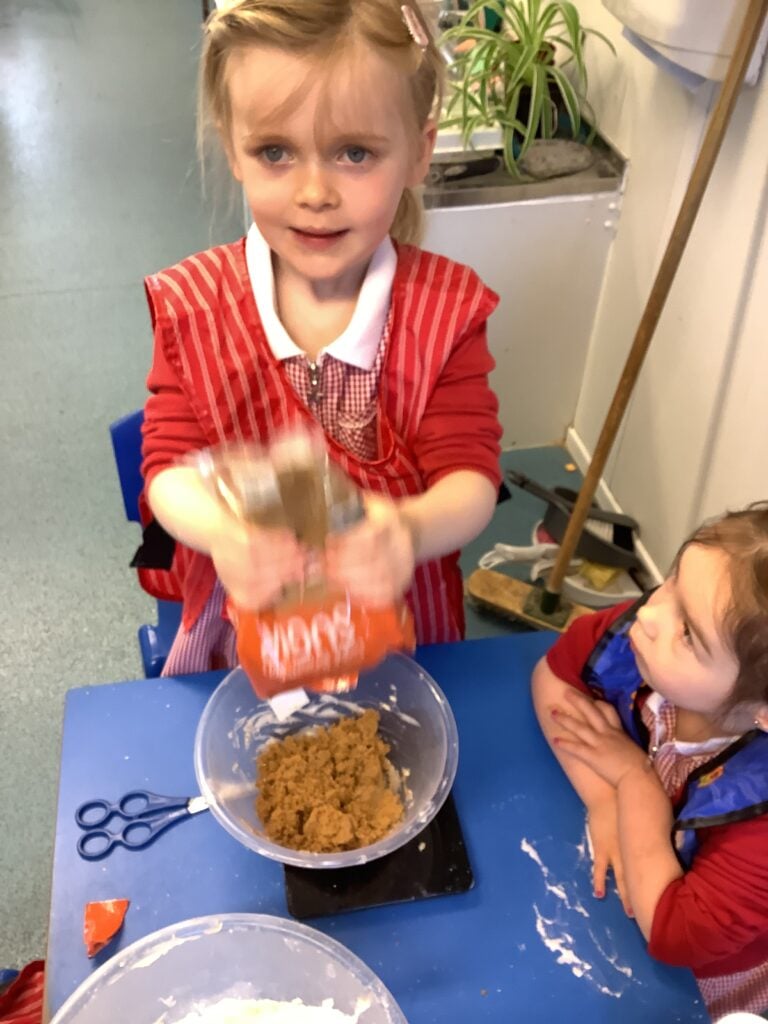
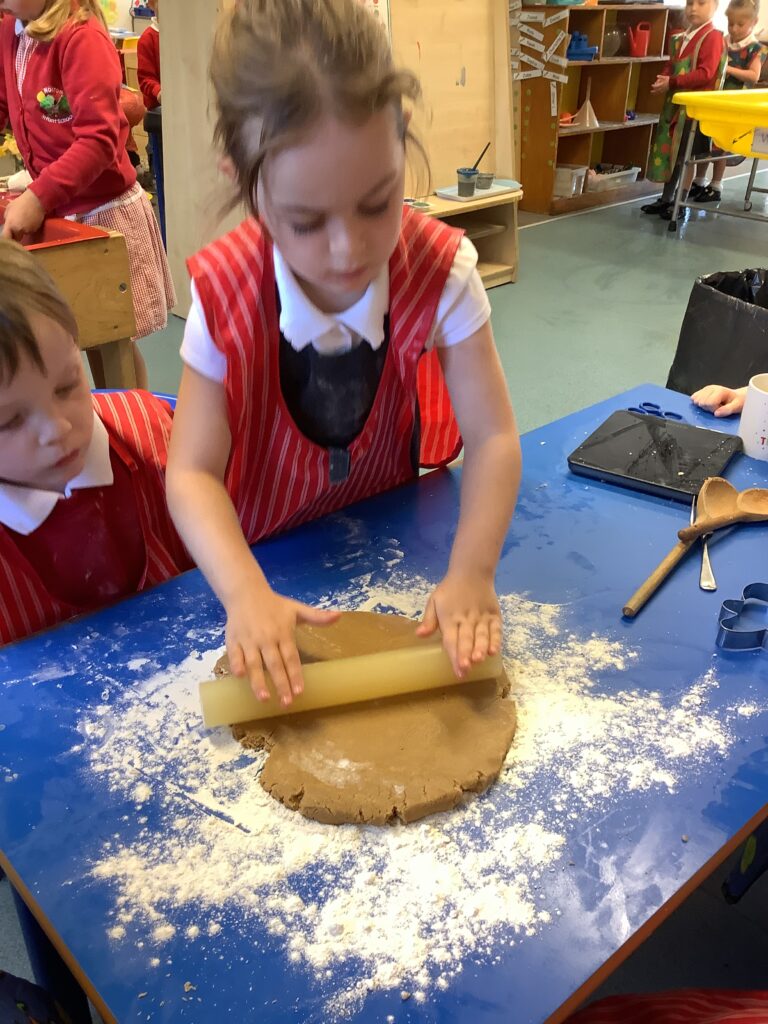
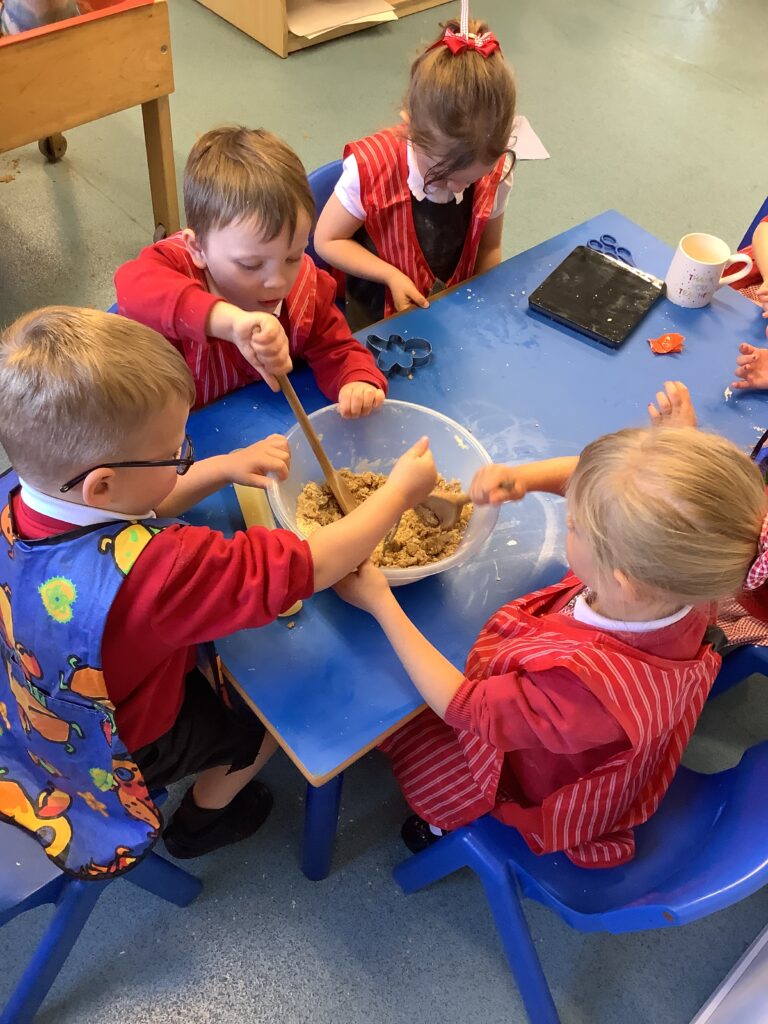
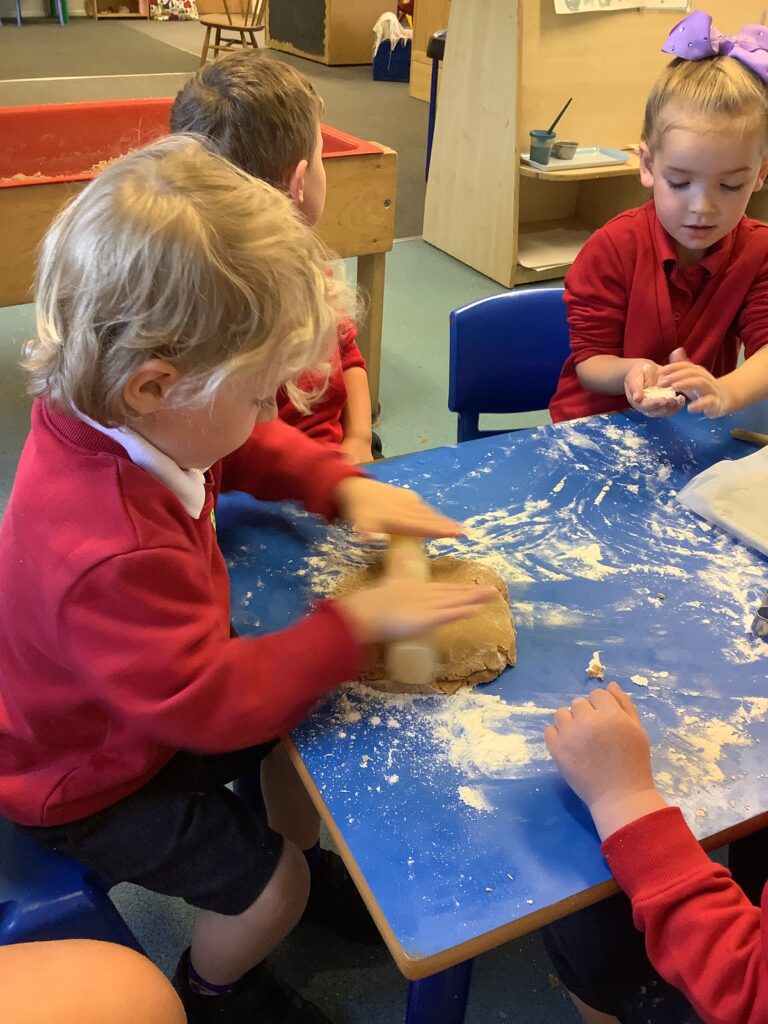
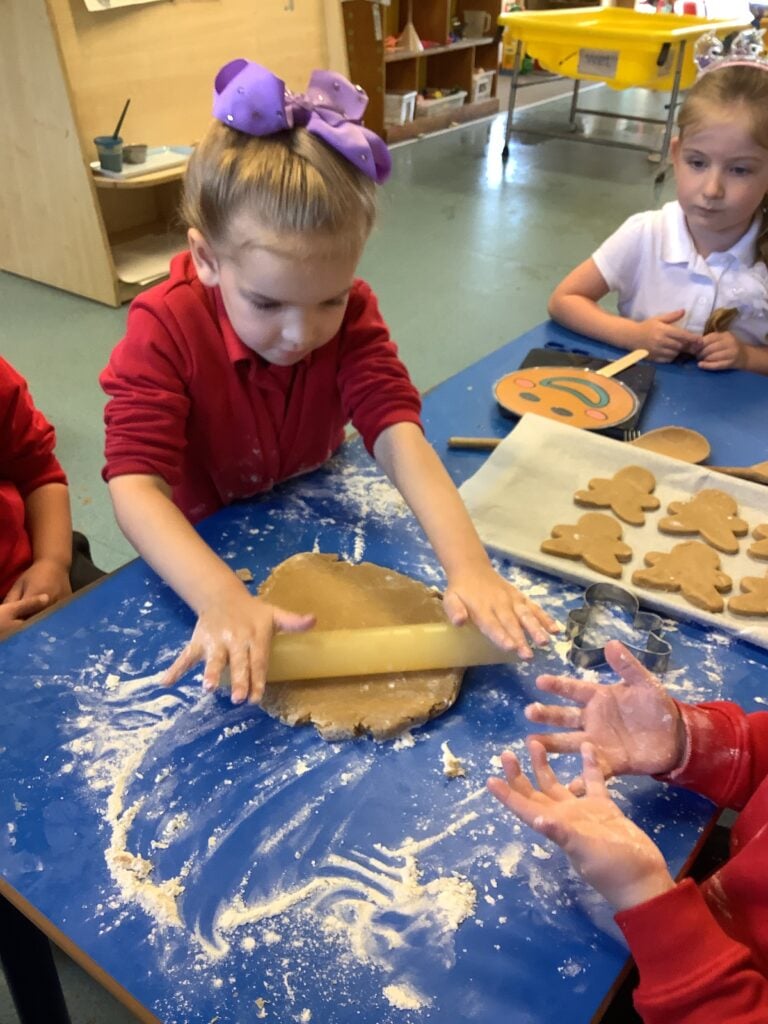
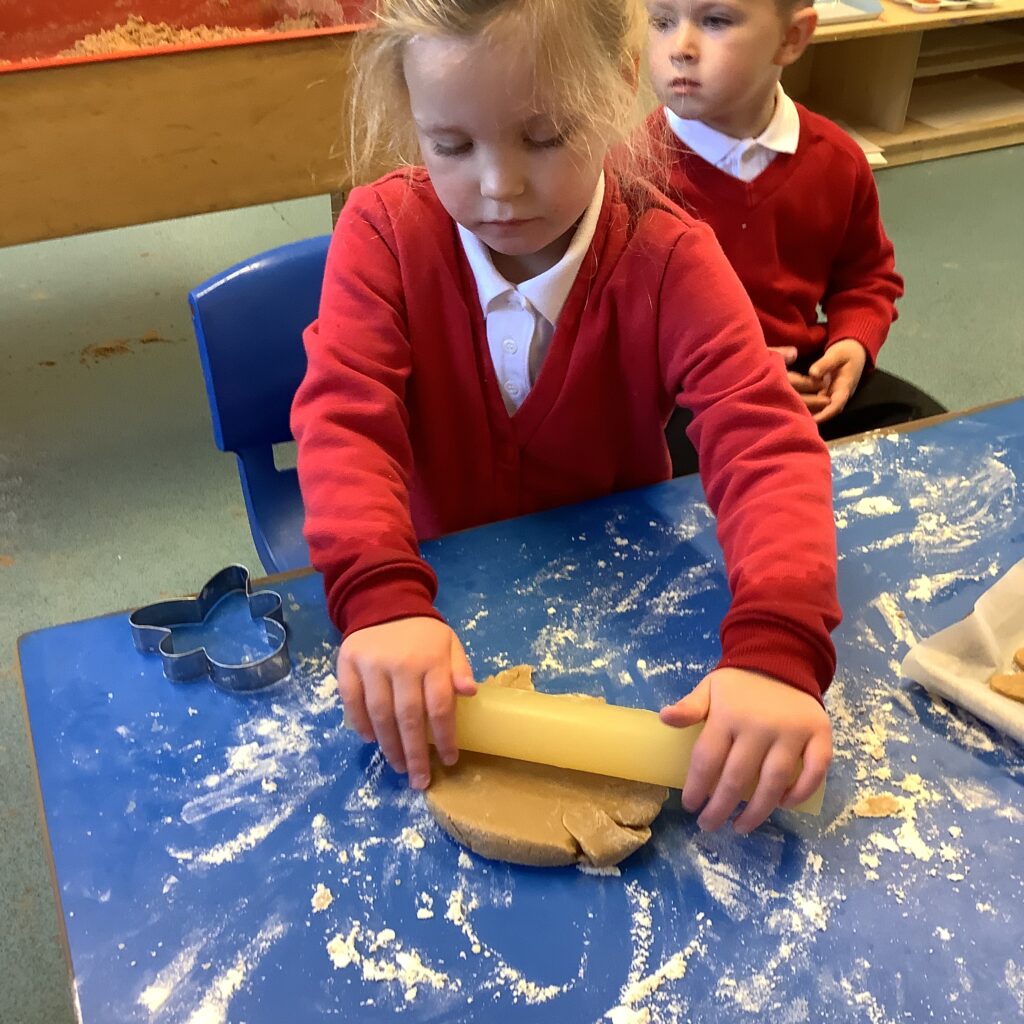
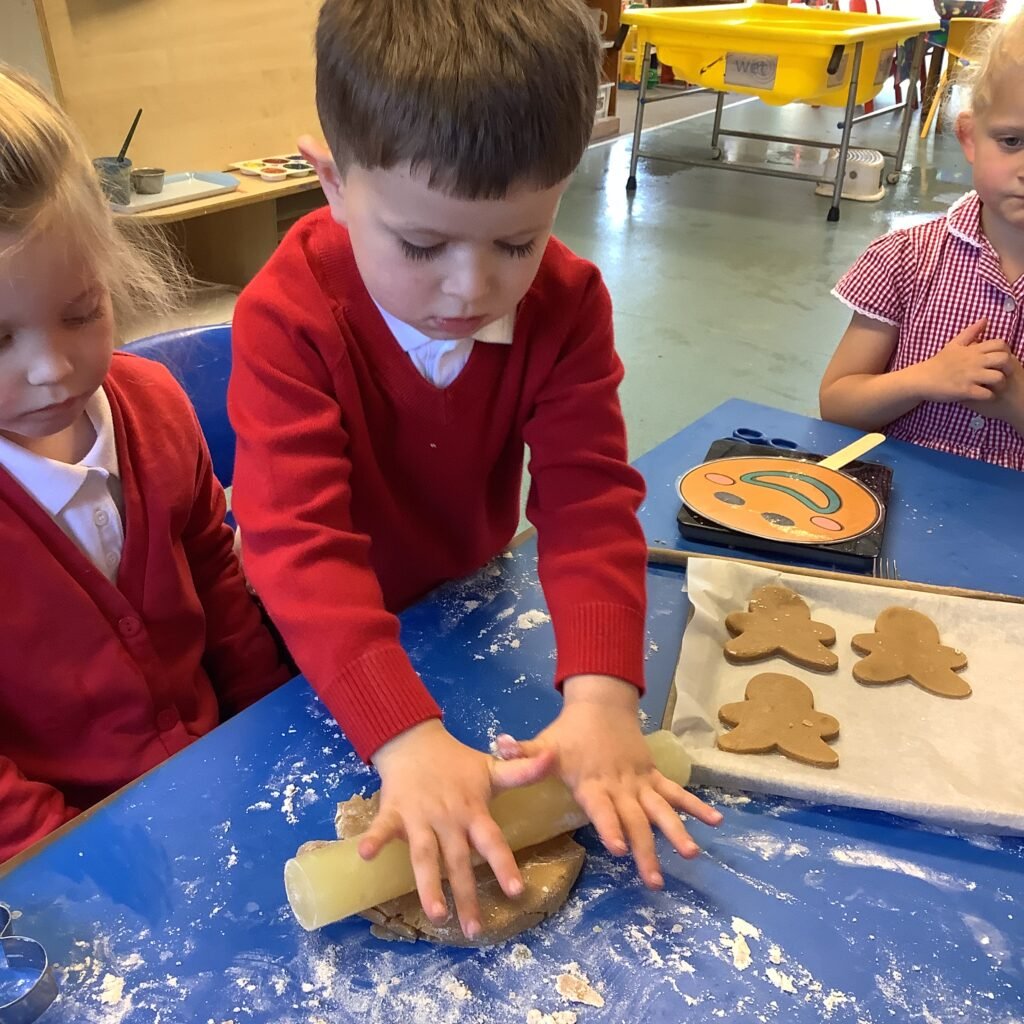
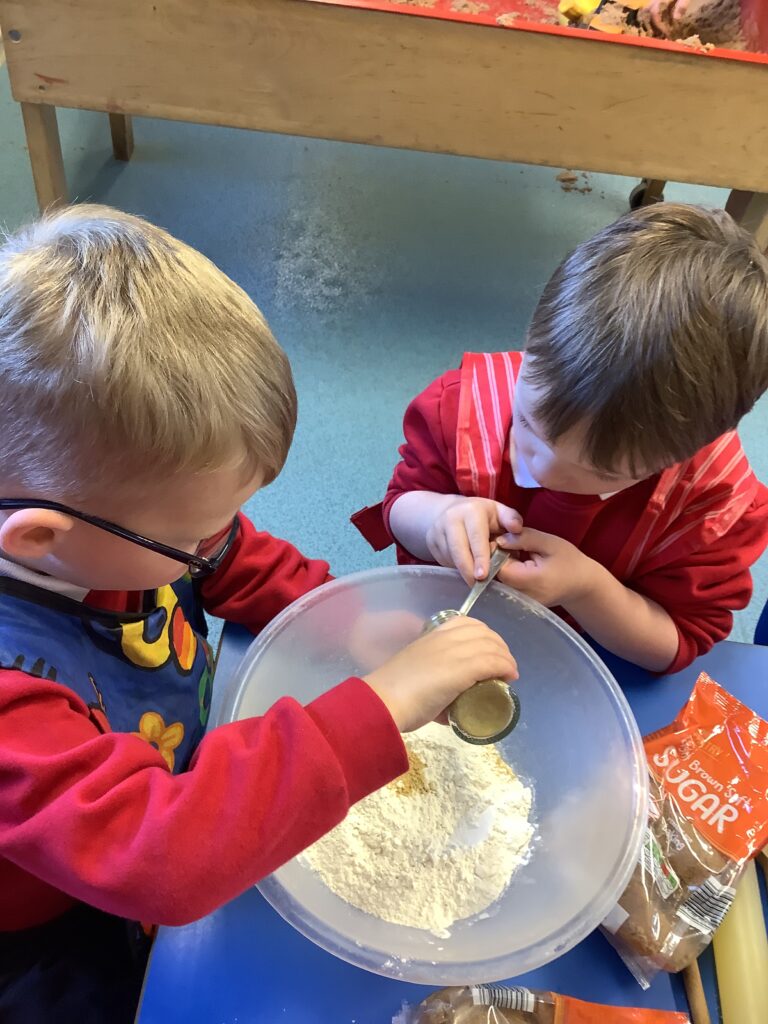
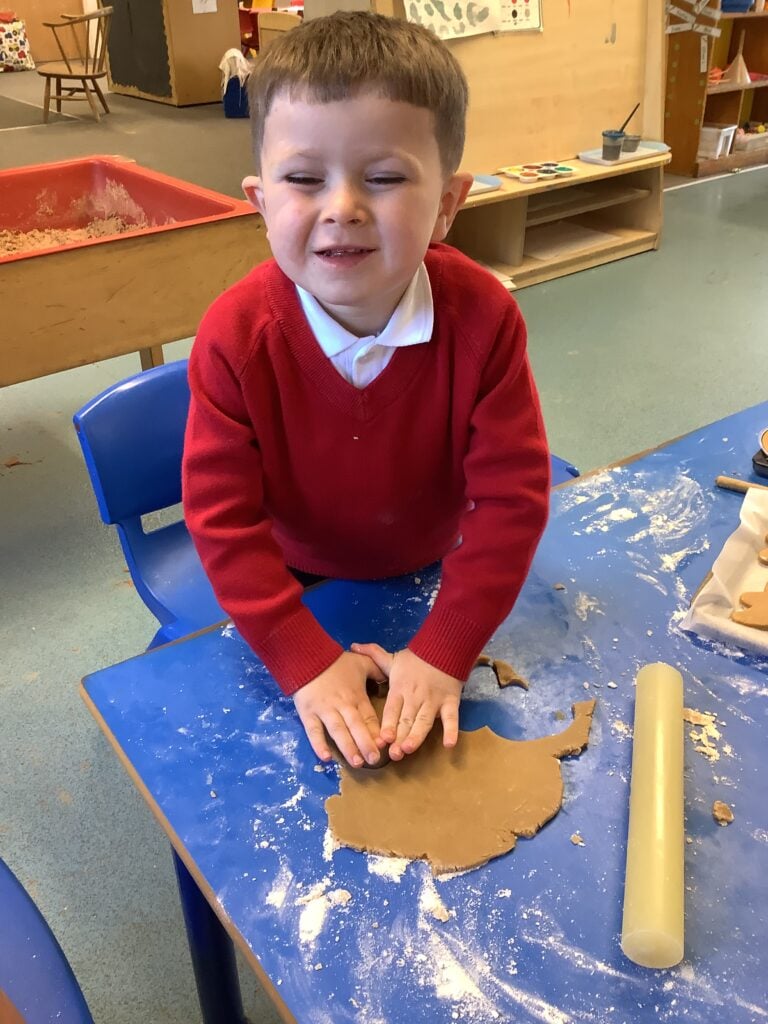
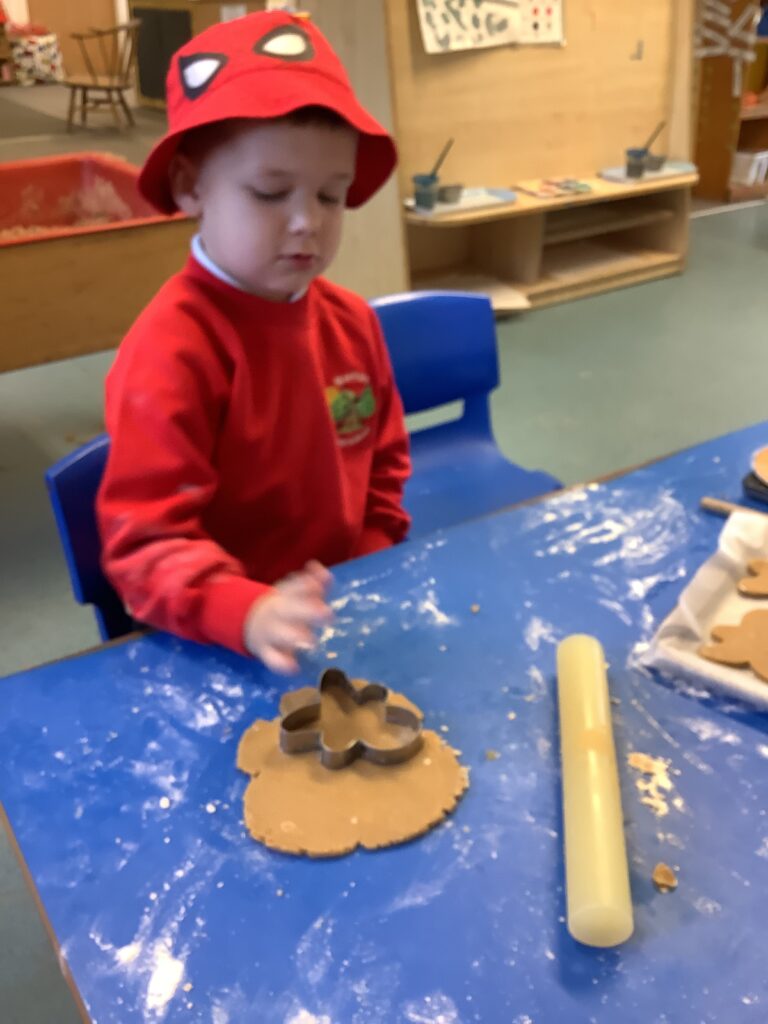
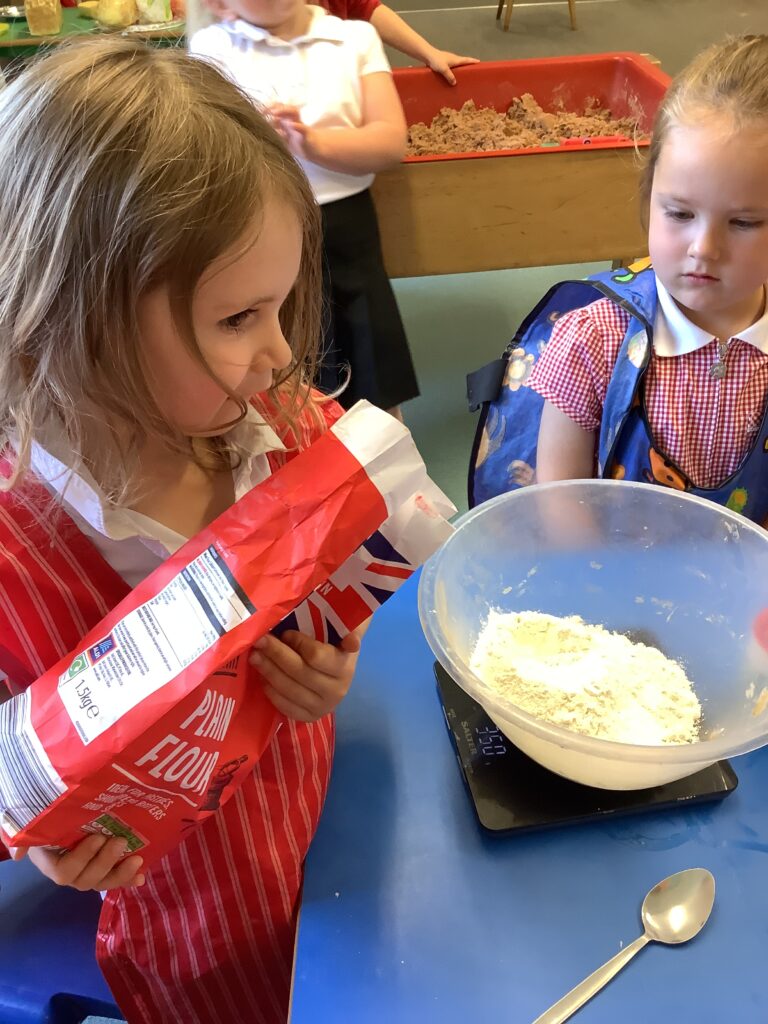
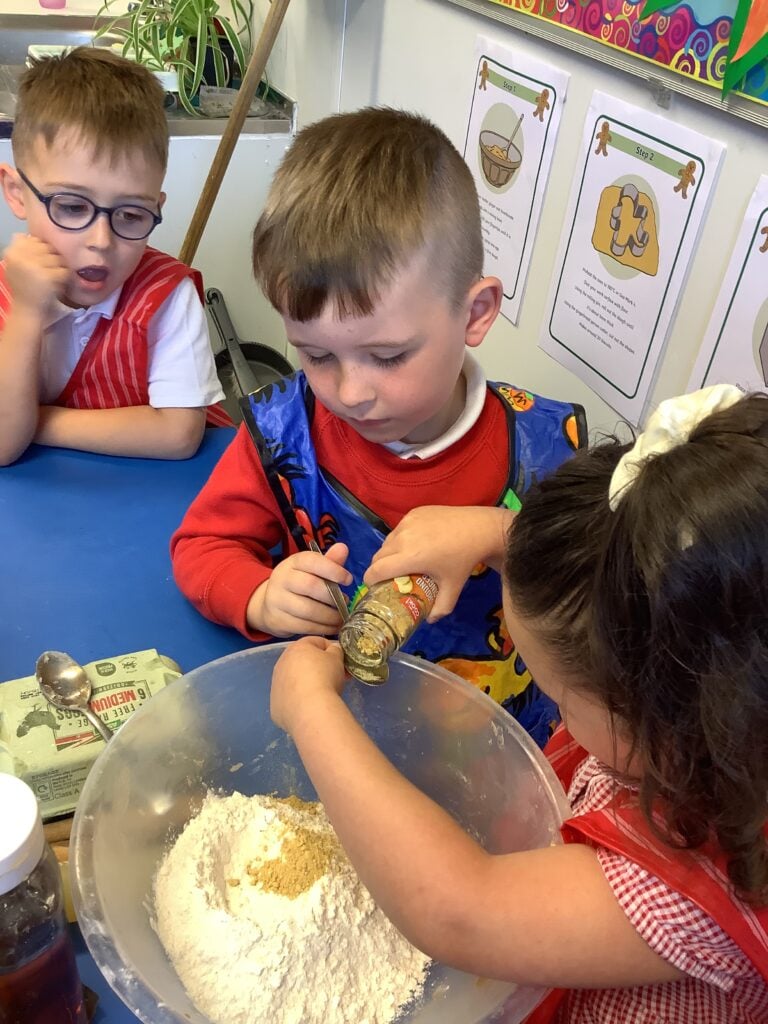
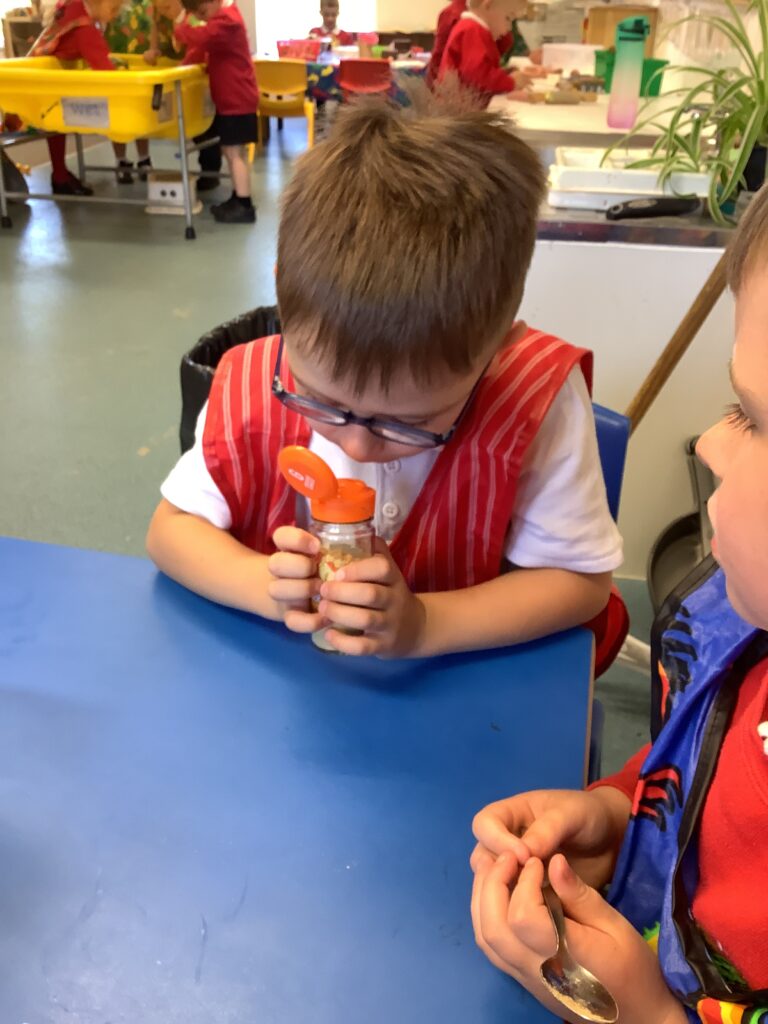
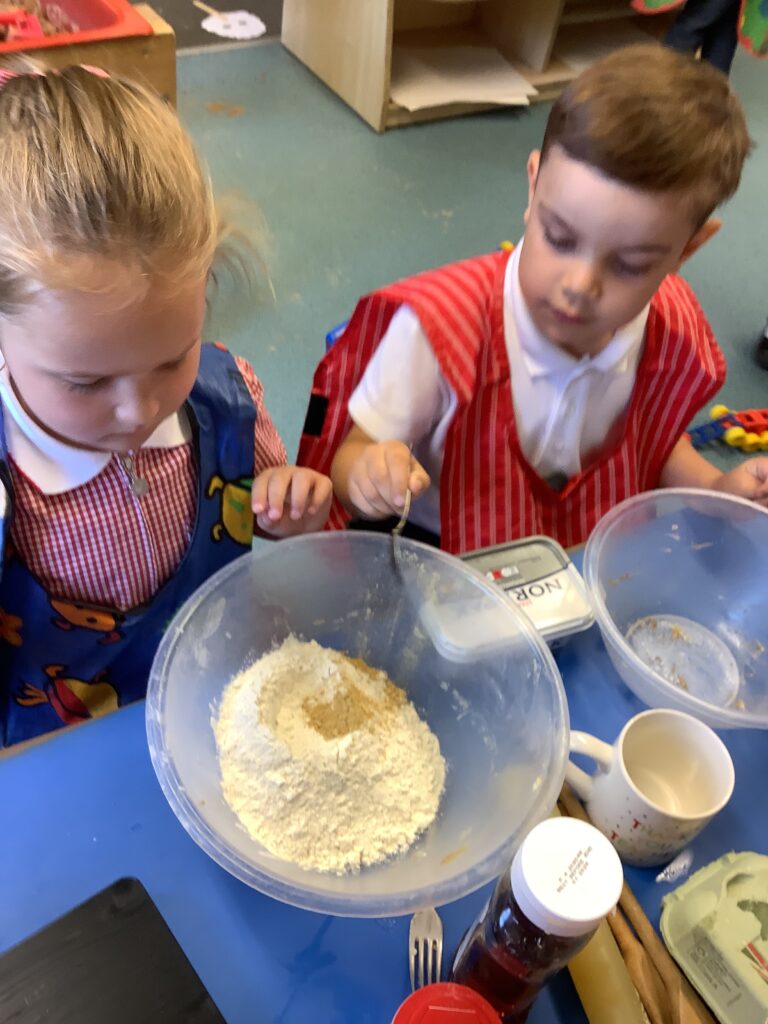
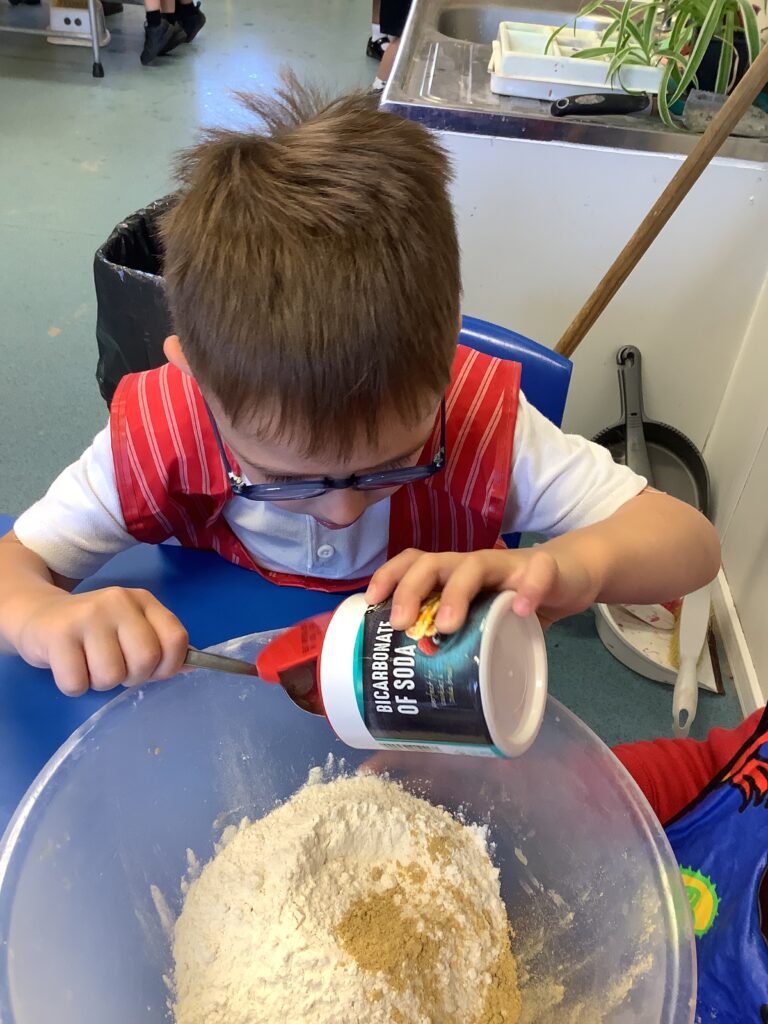
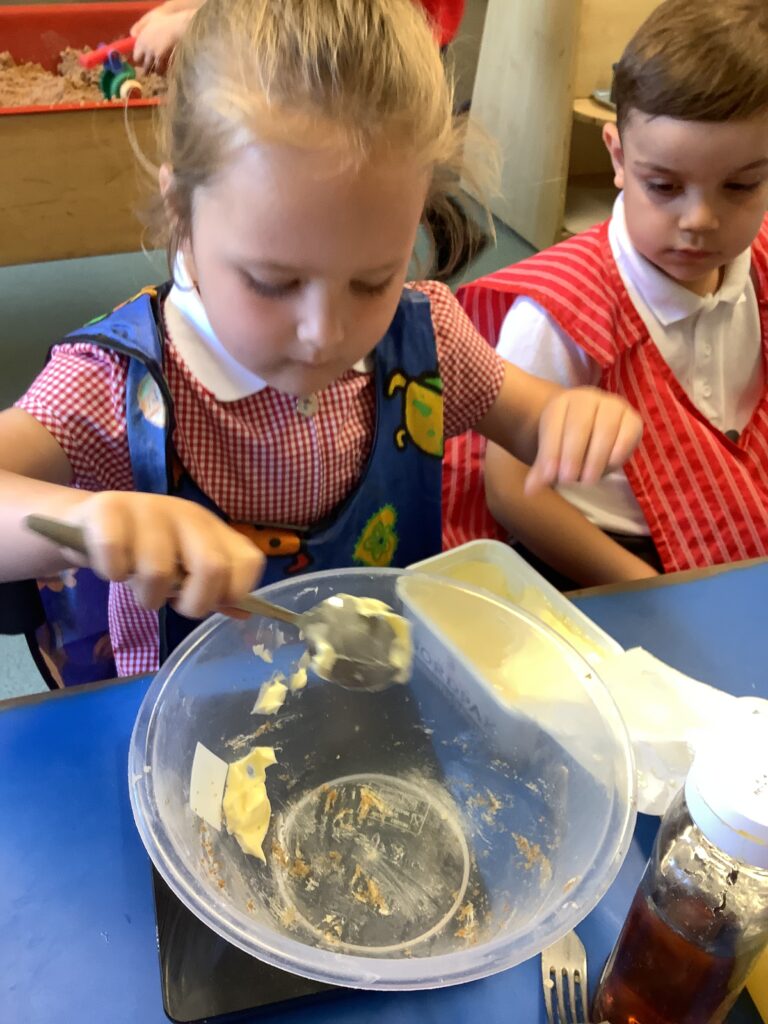
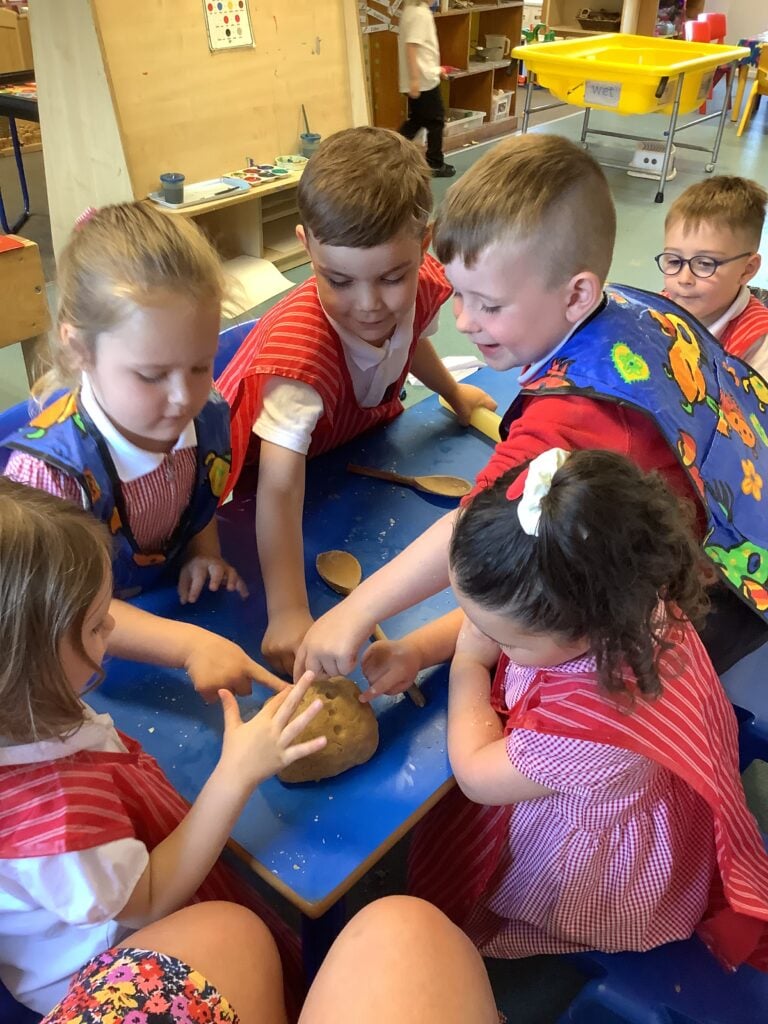
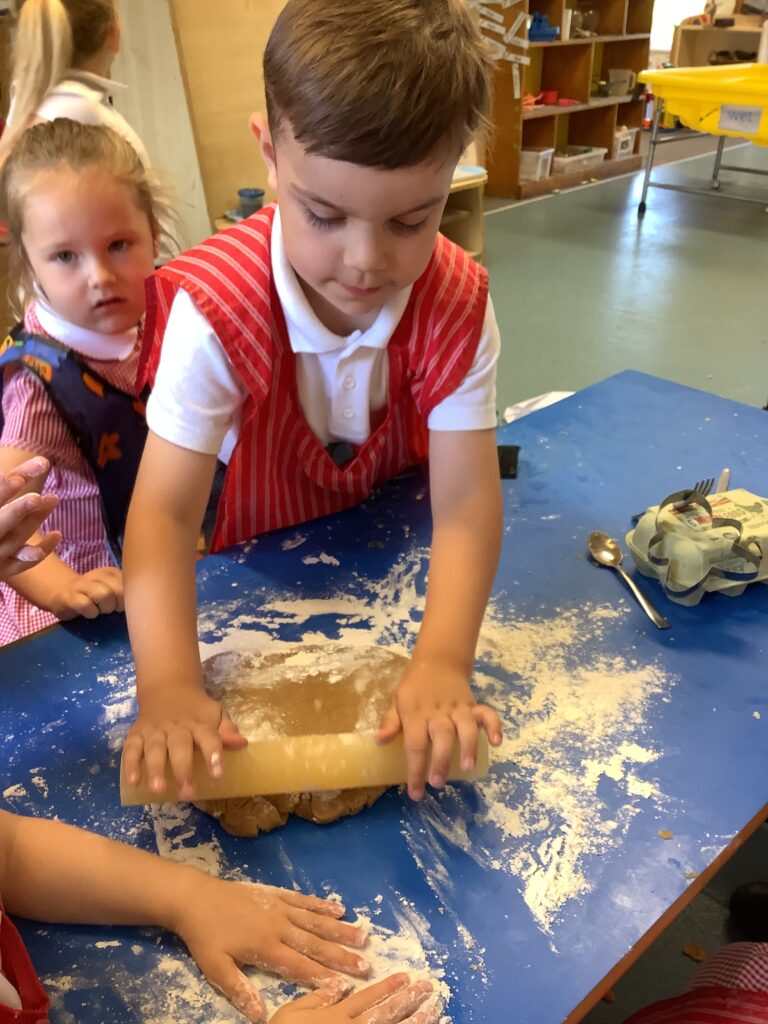
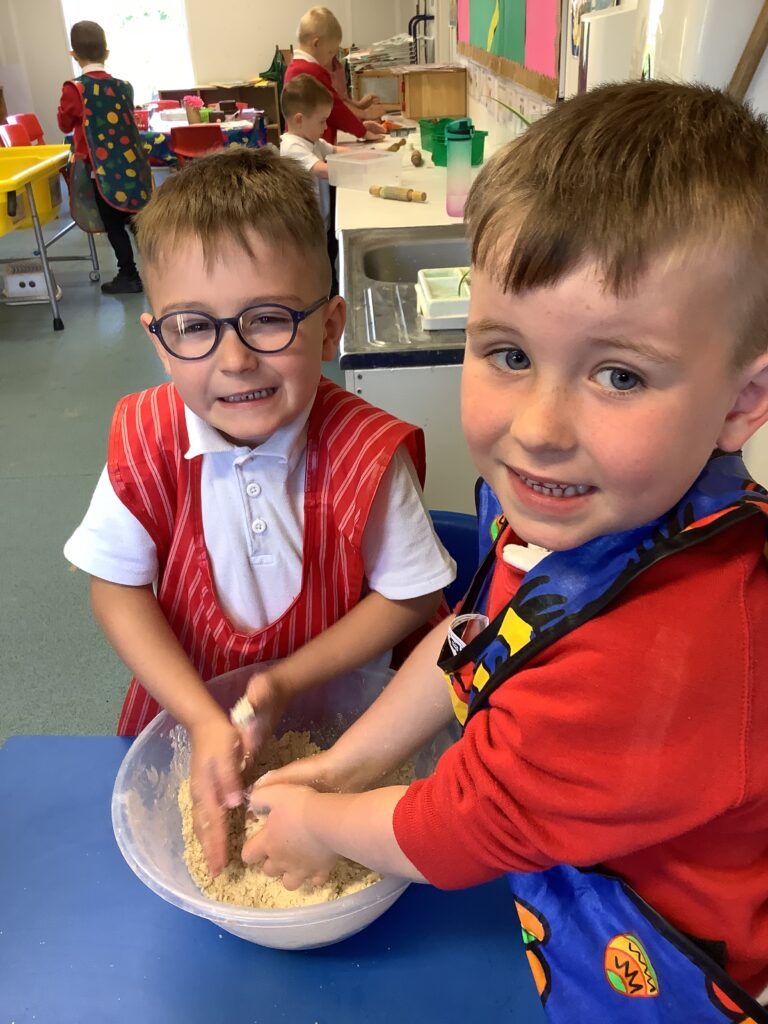
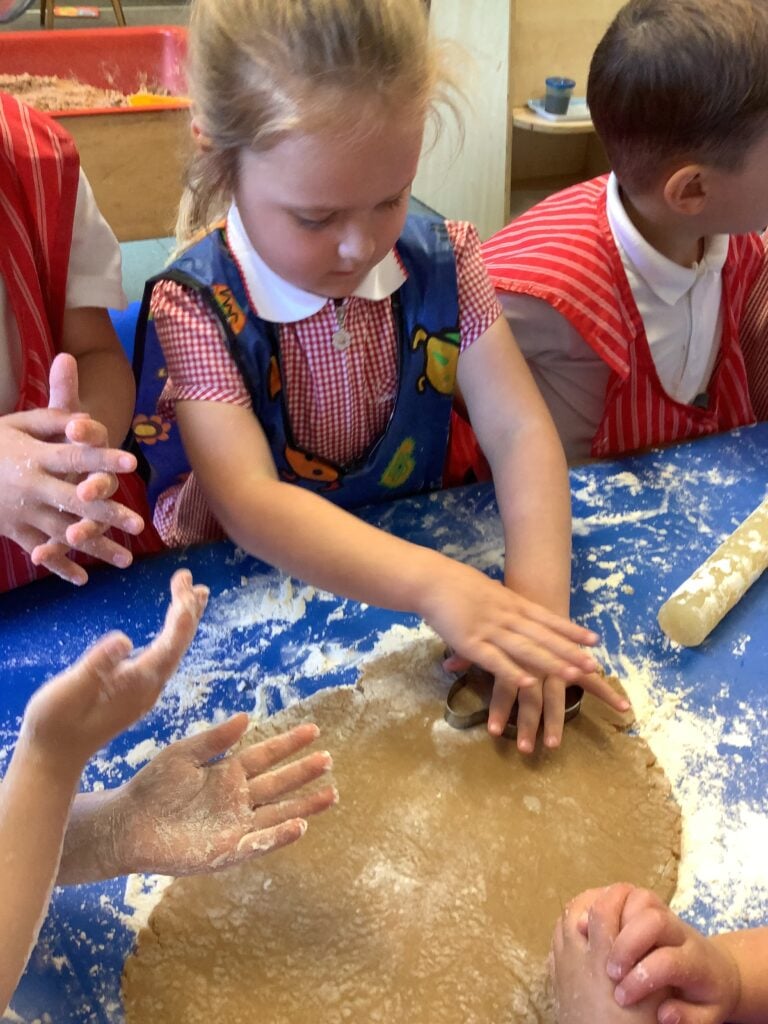
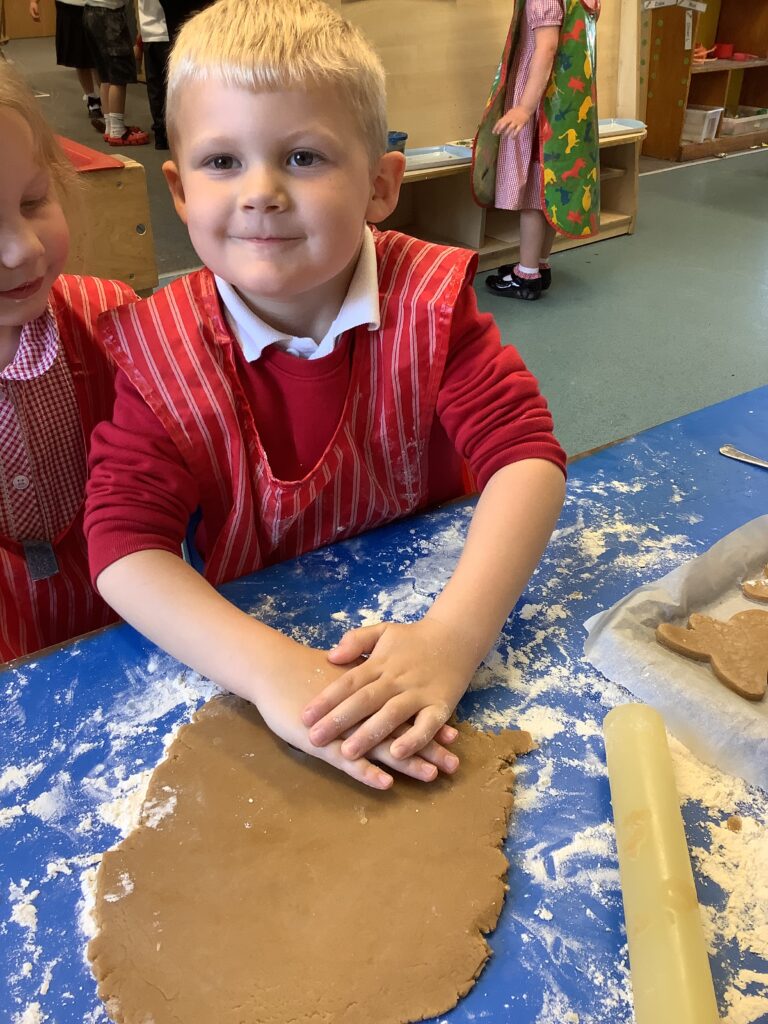
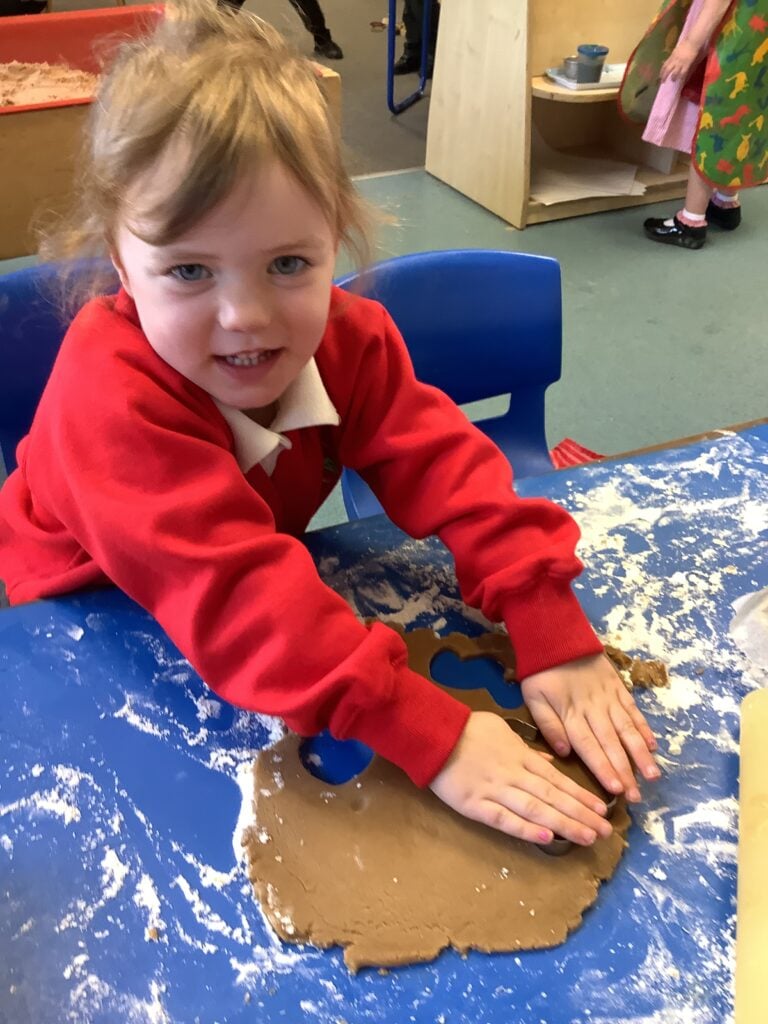
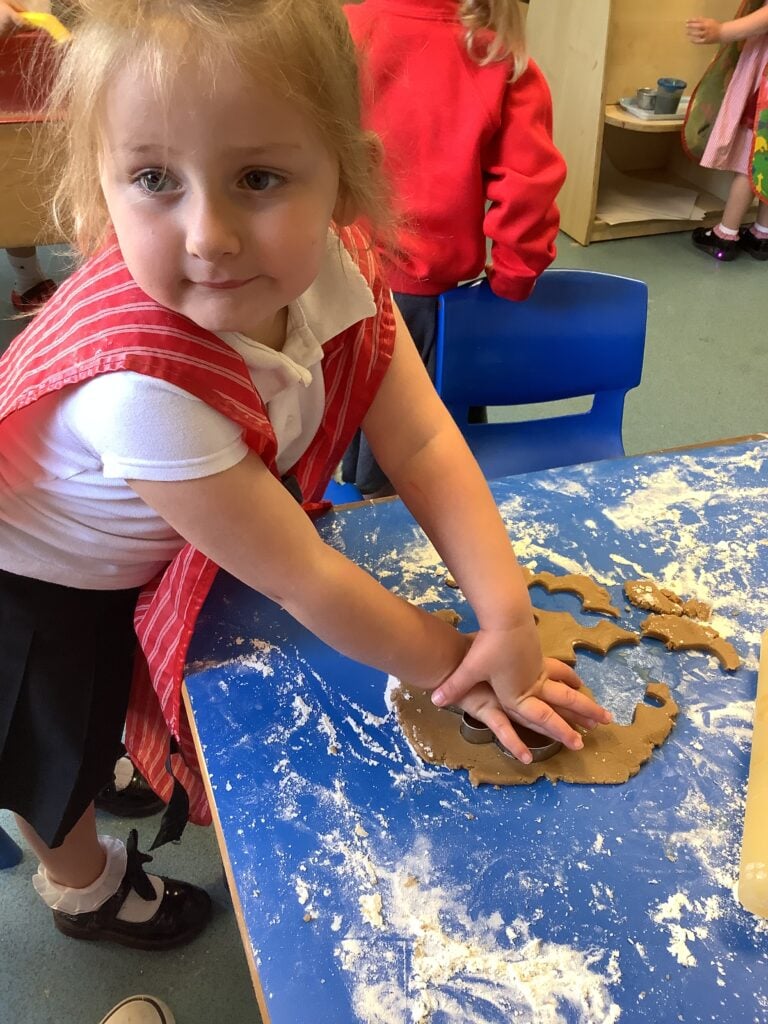
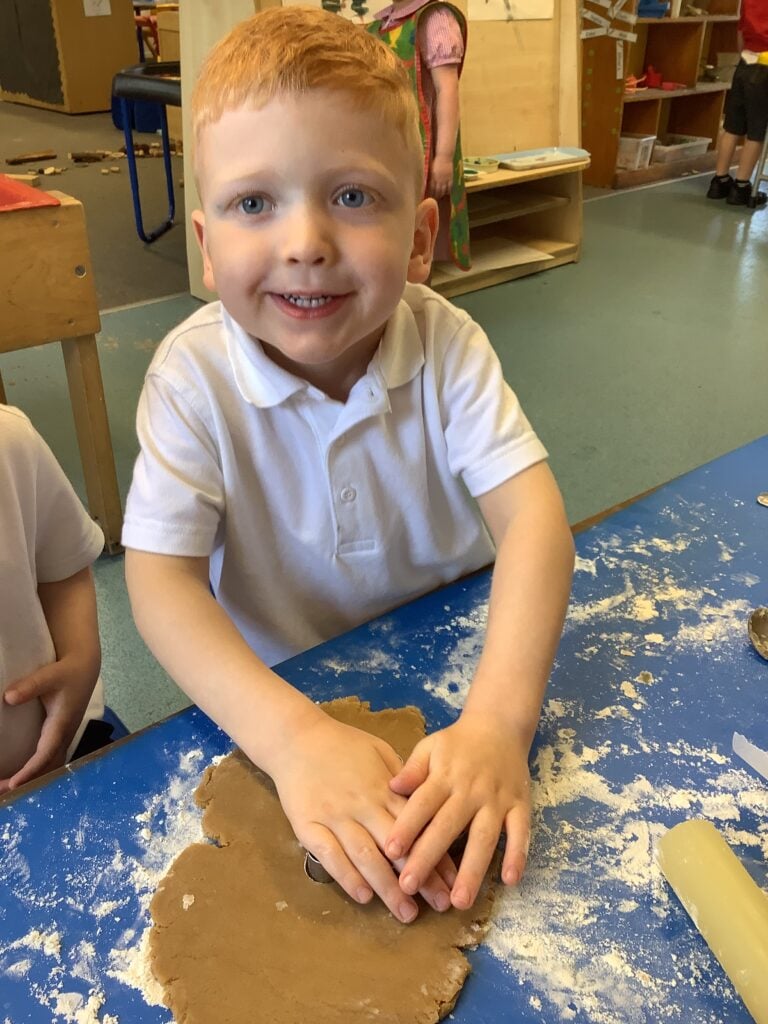
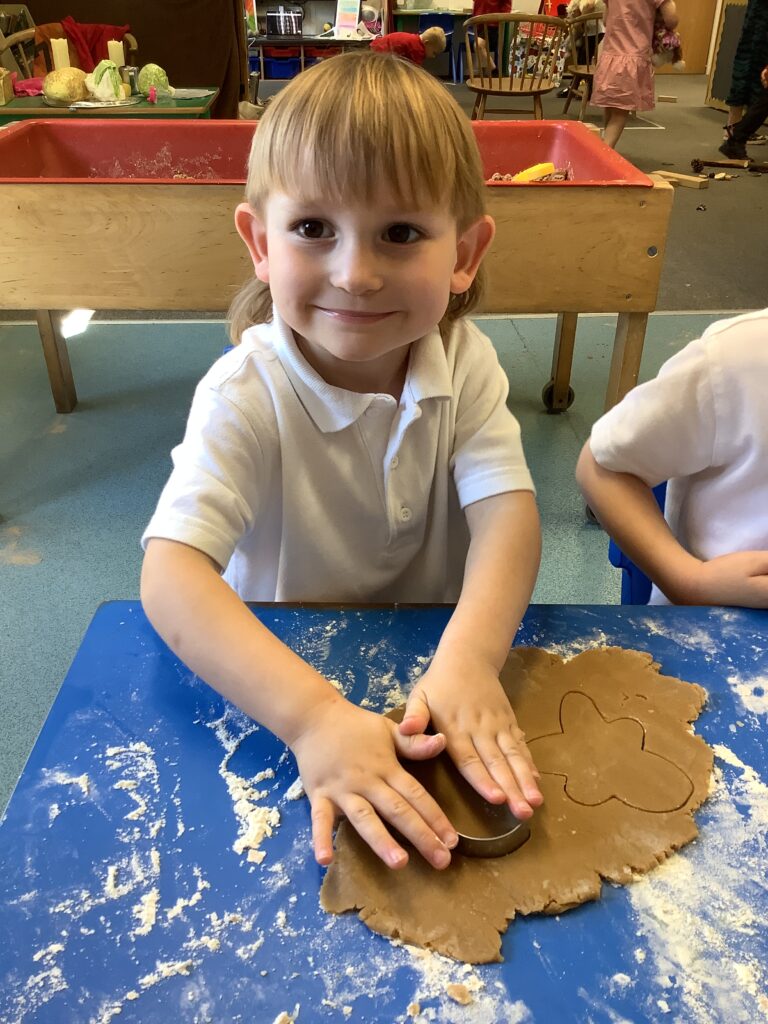
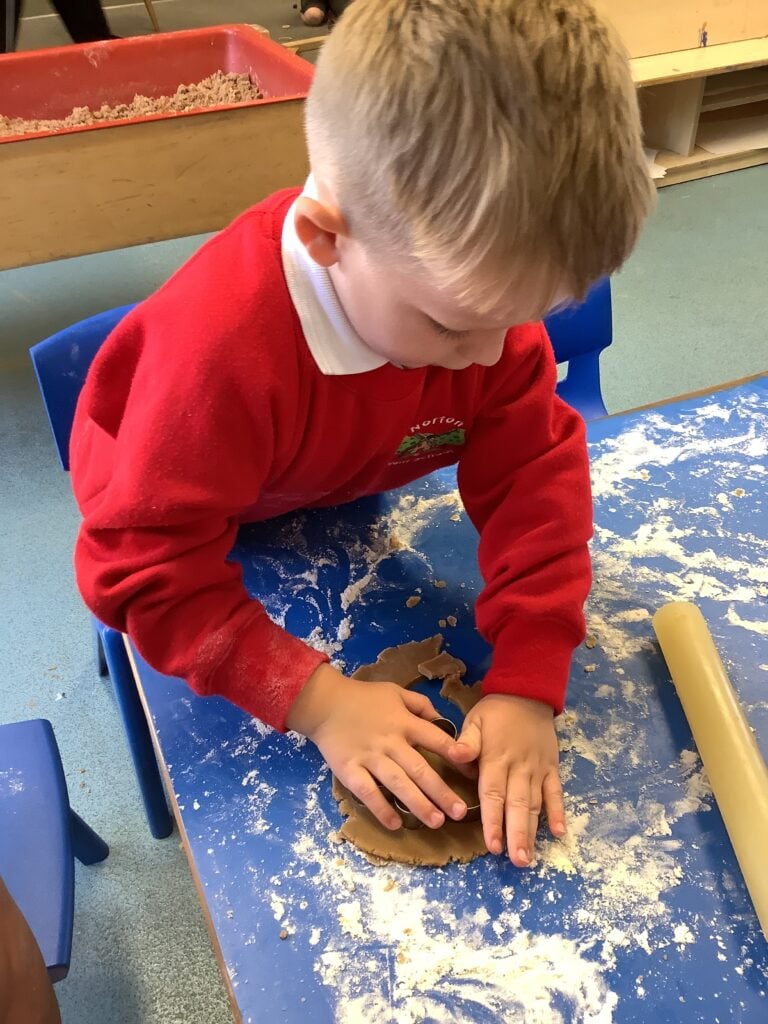
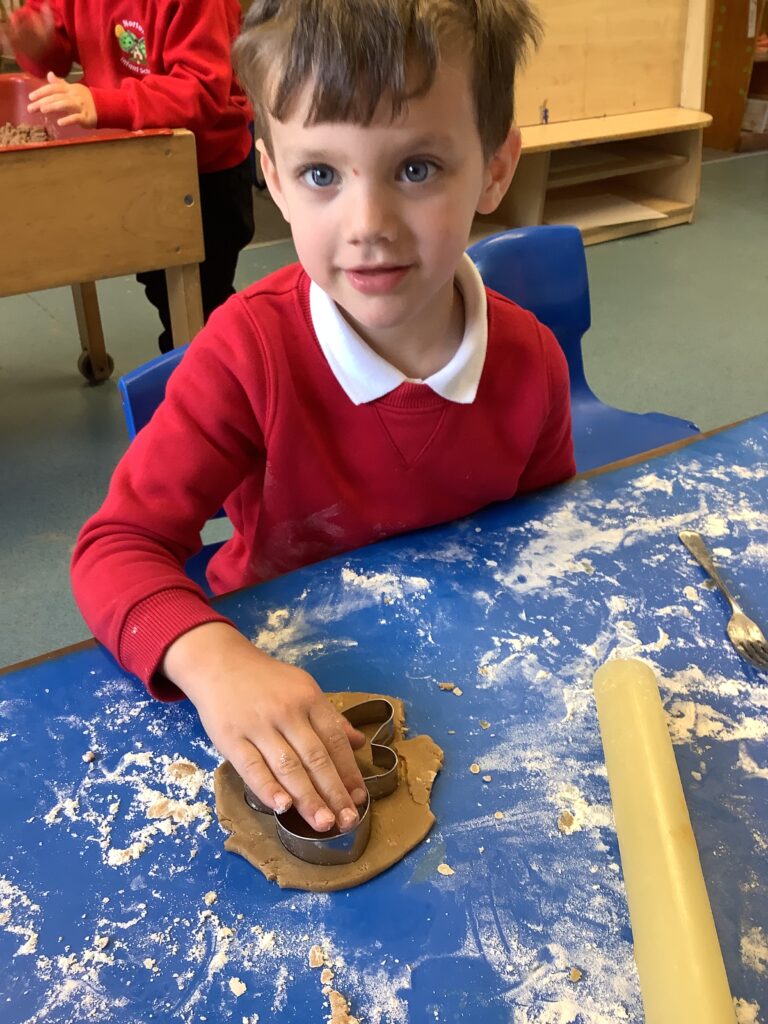
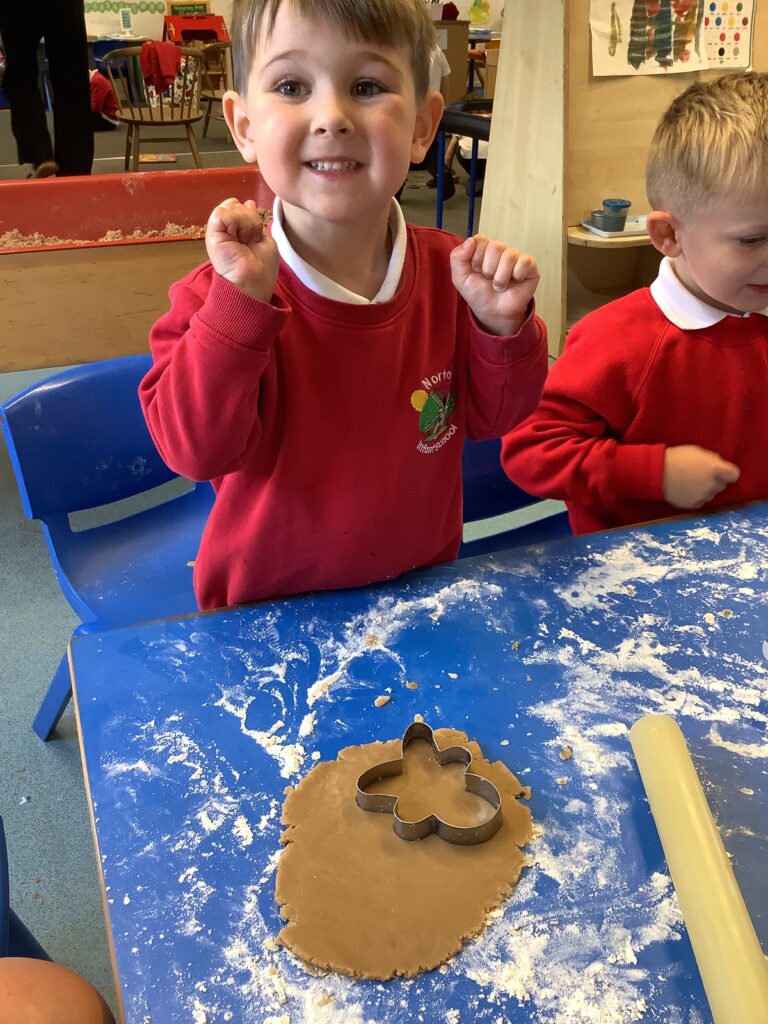
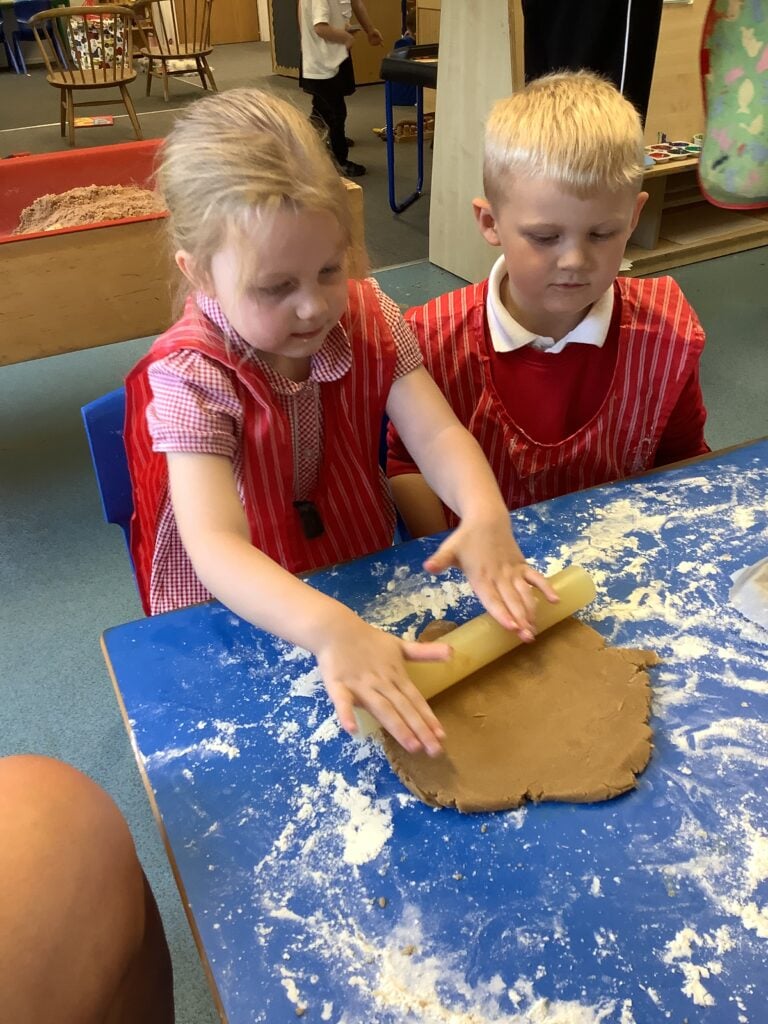
Luckily none of our gingerbread men tried to make a run for it! Great work Nursery.
Thinking back to last week as we continue with our current case study; “Where in the world will this story take you?” The week began with a visit from a special owl, who dropped by with some postcard clues, which had photos of various castles and palaces from around the world on the front, where our mystery key character “C” may have visited? This helped to hook the children in to our next text Cinderella.
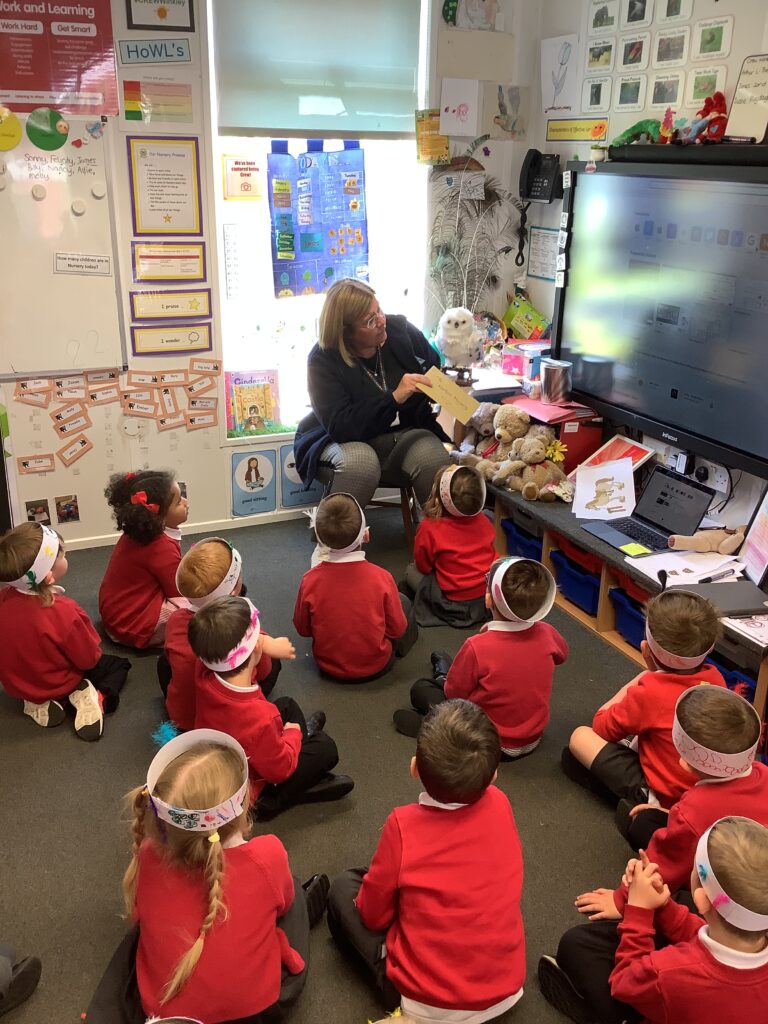
To excite and engage the children further they created beautiful crowns using creative materials during our “Tranquil Tuesday” Crew and off we went on an adventure to a castle to enjoy and immerse ourselves in our new key text, it was very exciting!
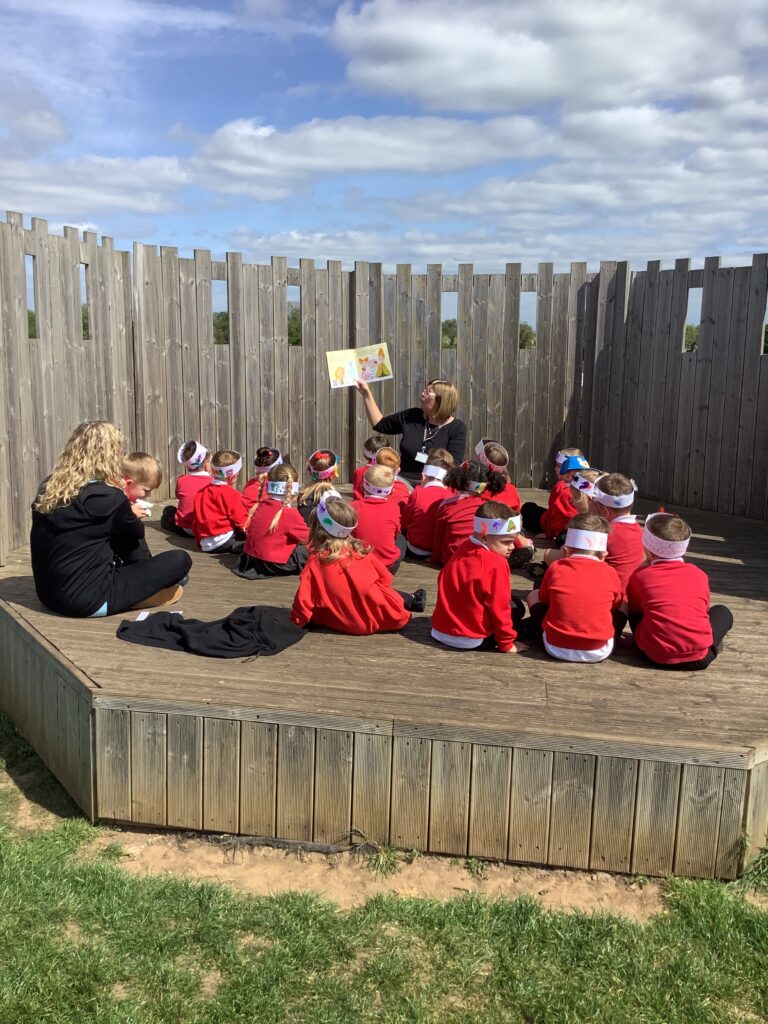
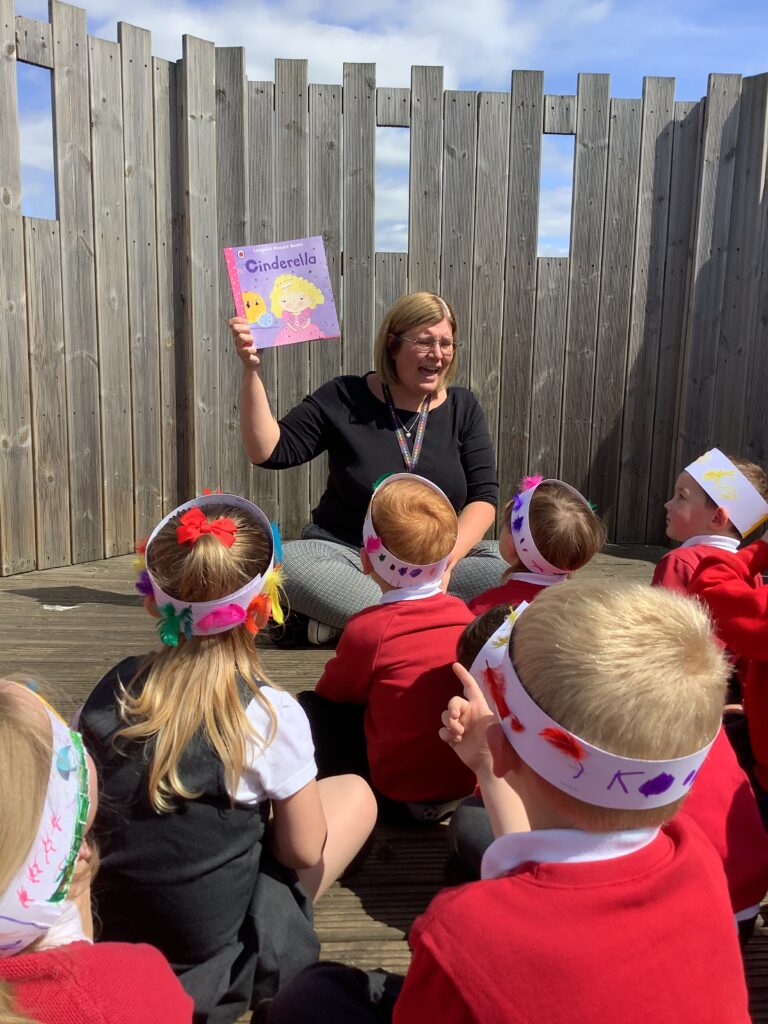
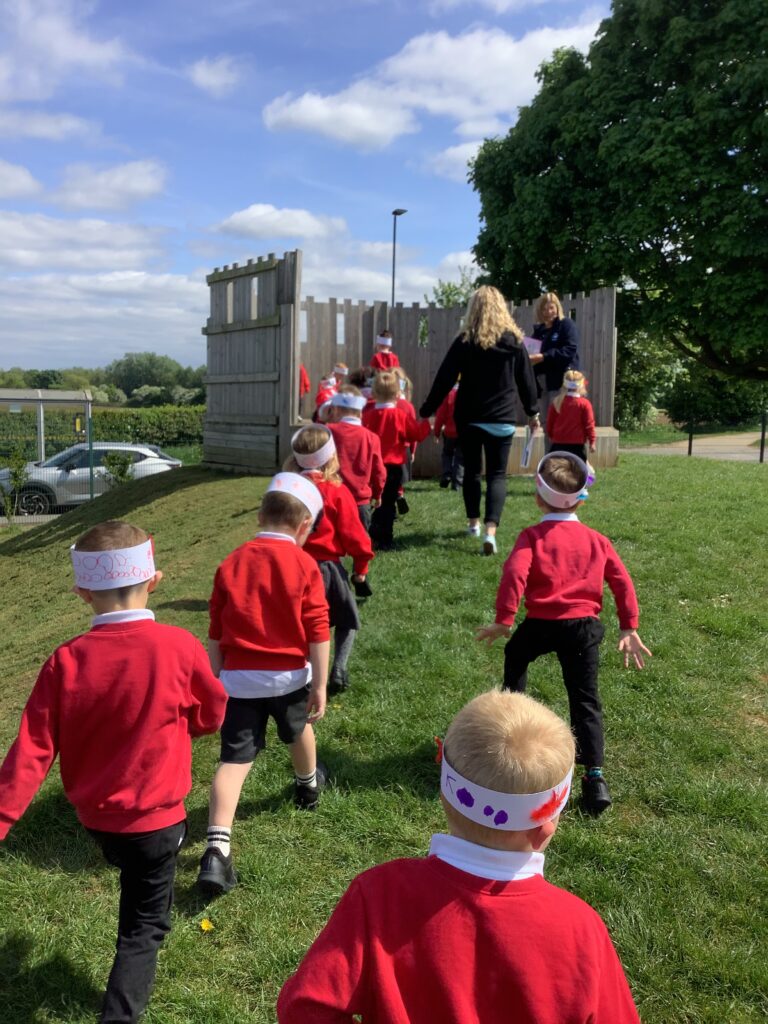
The children carefully observed the illustrations in the story and other texts about castles and used the inspiration to shape another piece of beautiful artwork for our final product. They also drew their own castles outdoors in their play and experimented with fairytale castle themed stampers indoors in our painting provision.
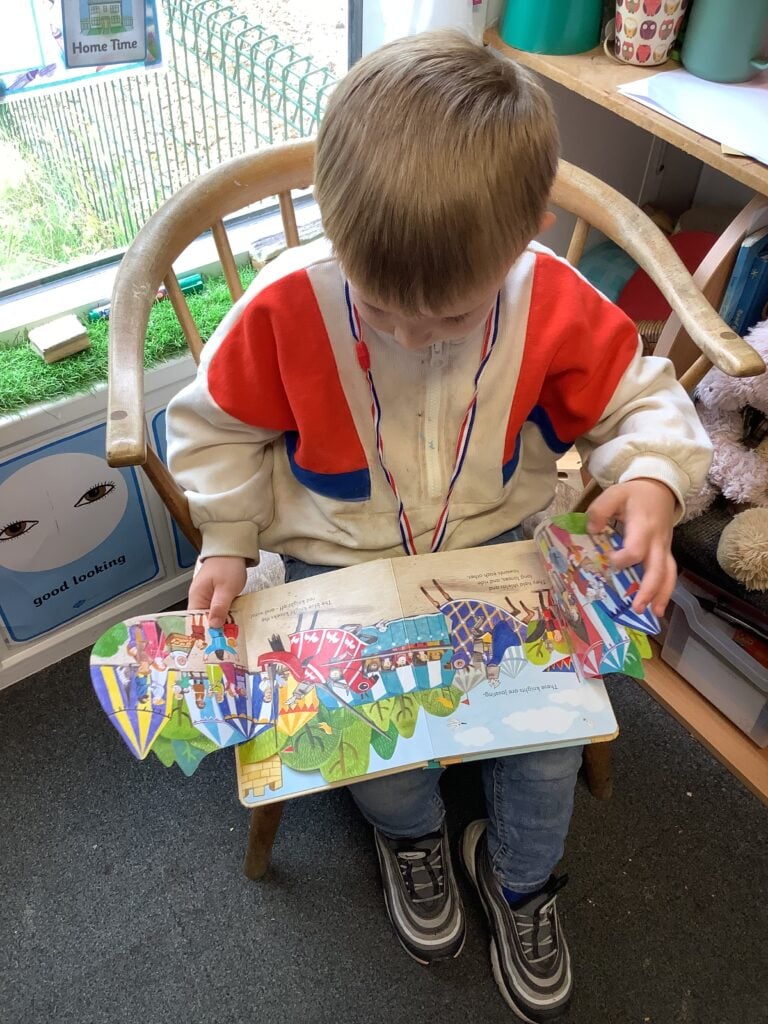
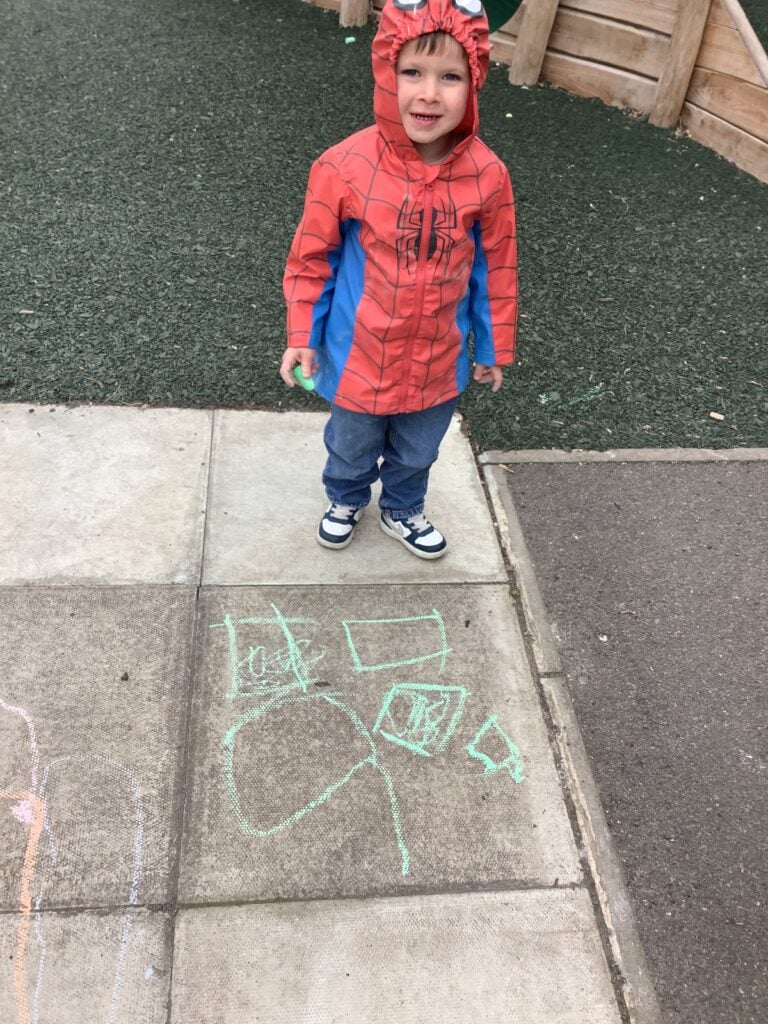
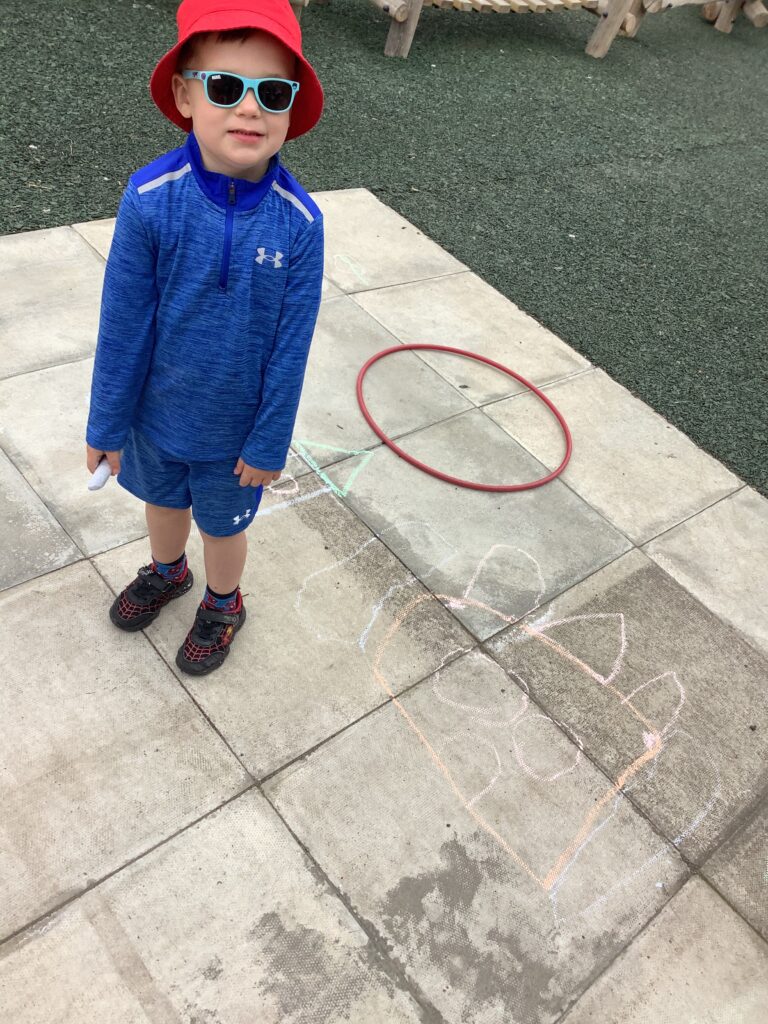
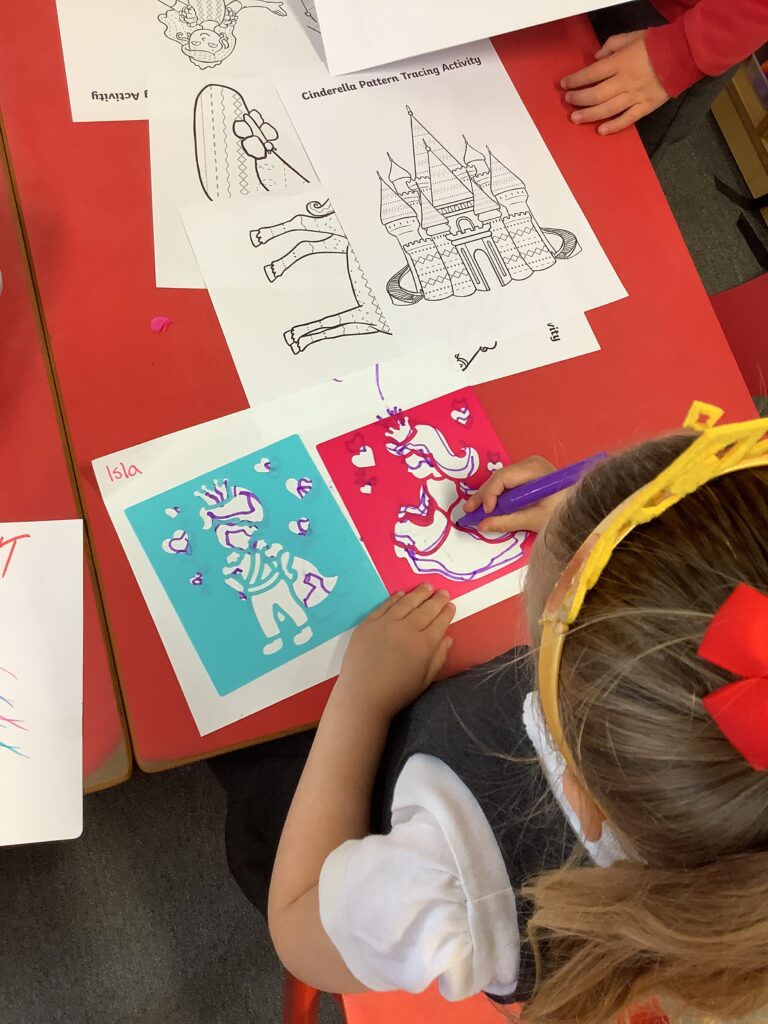
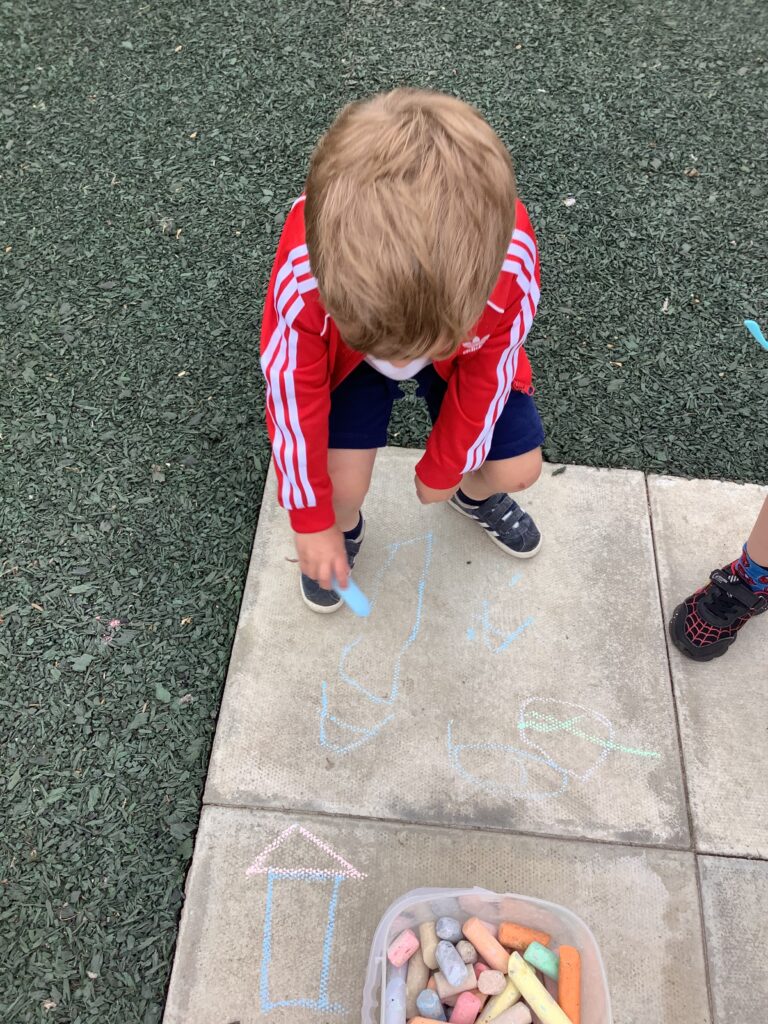
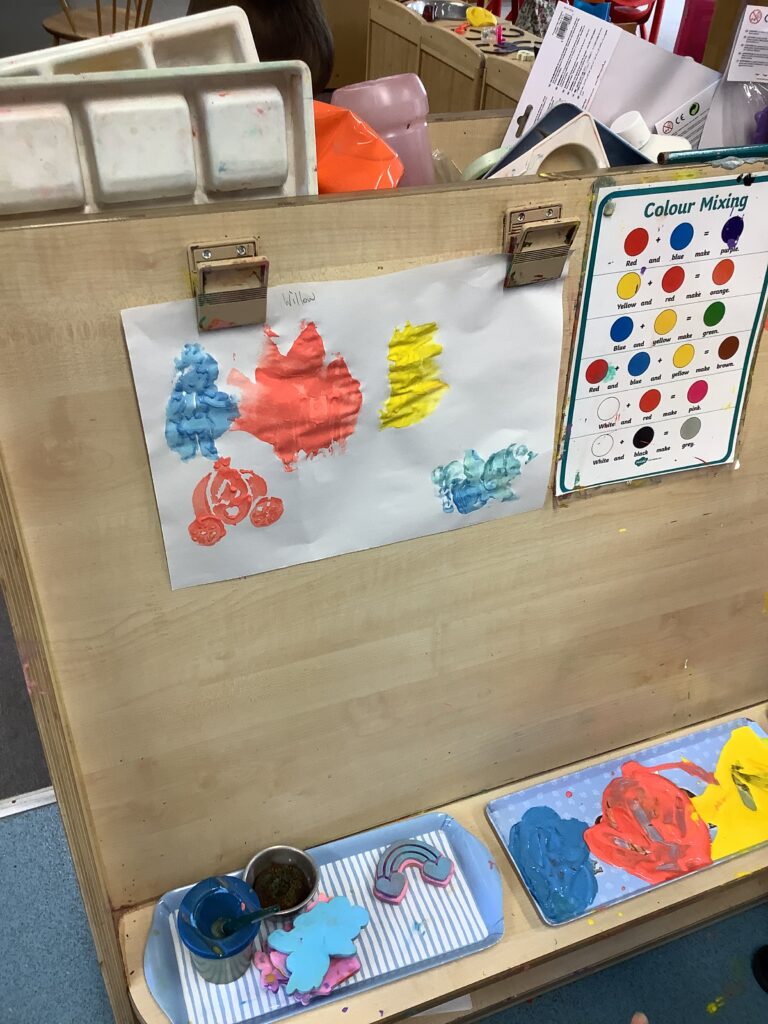
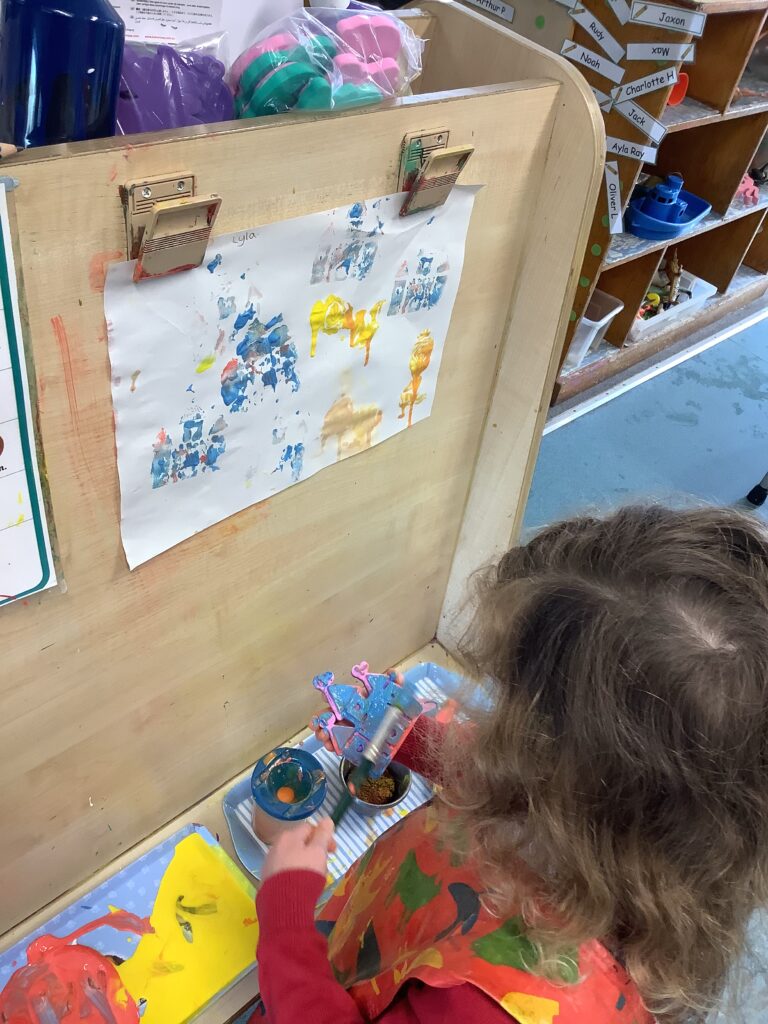
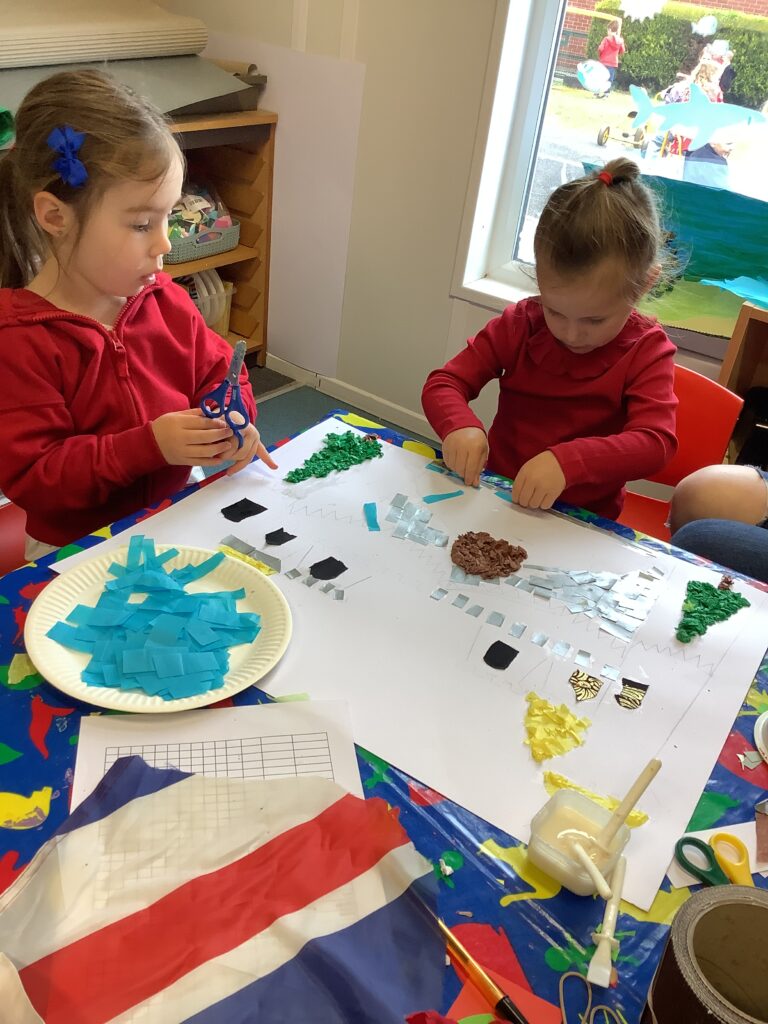
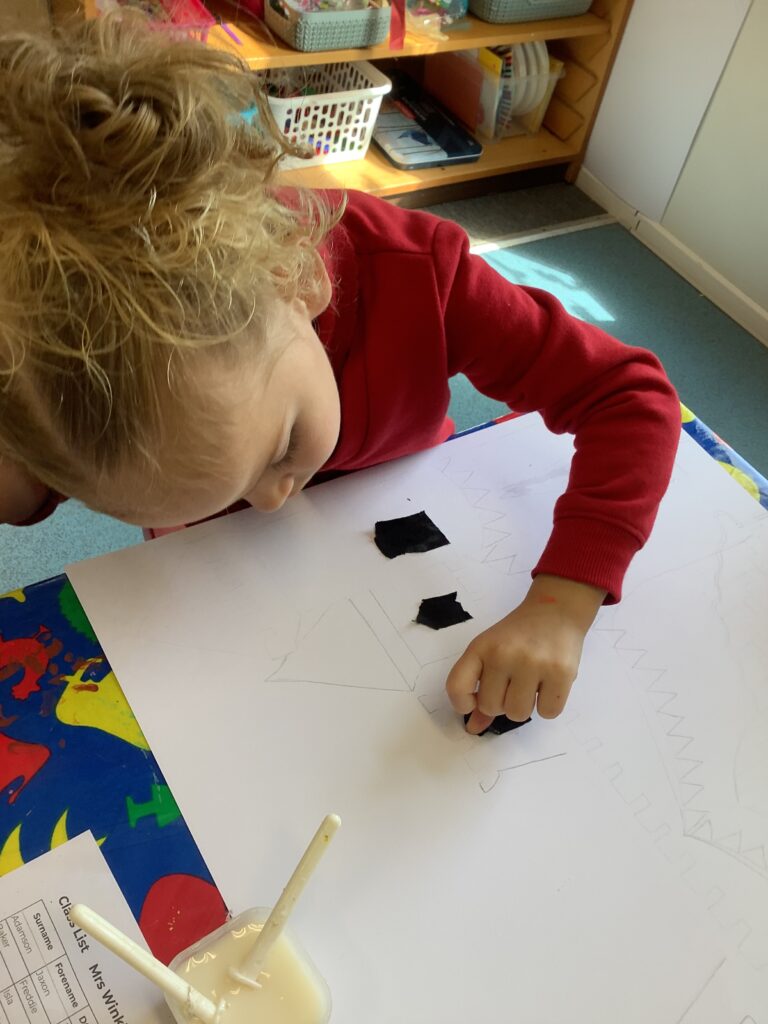
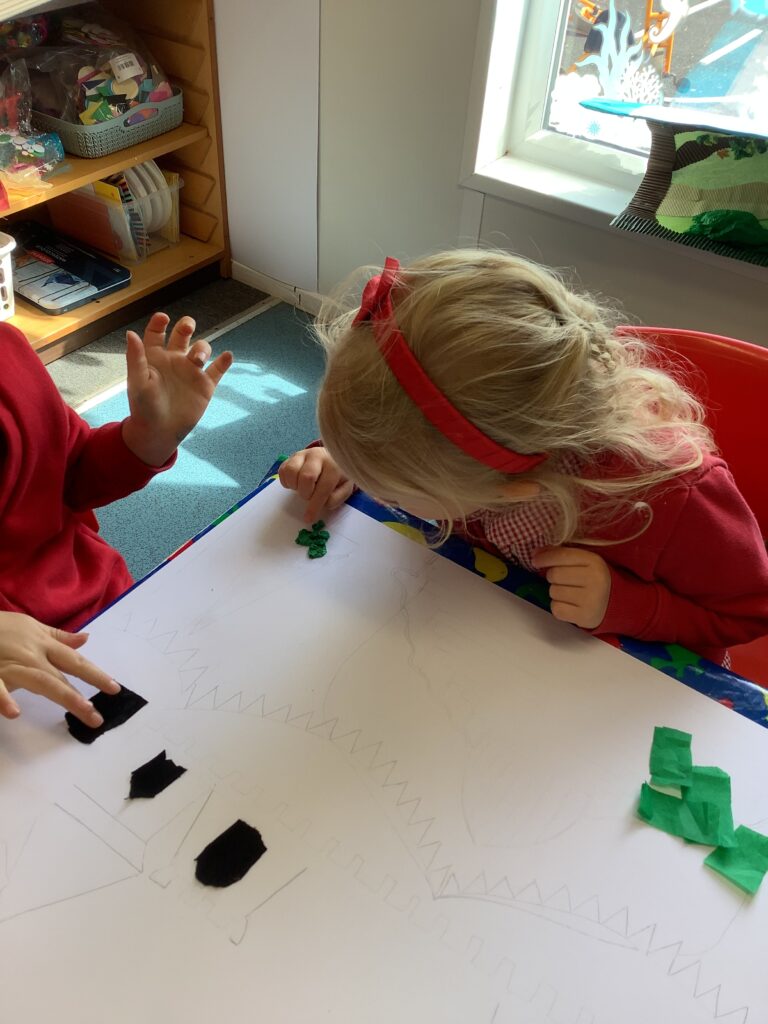
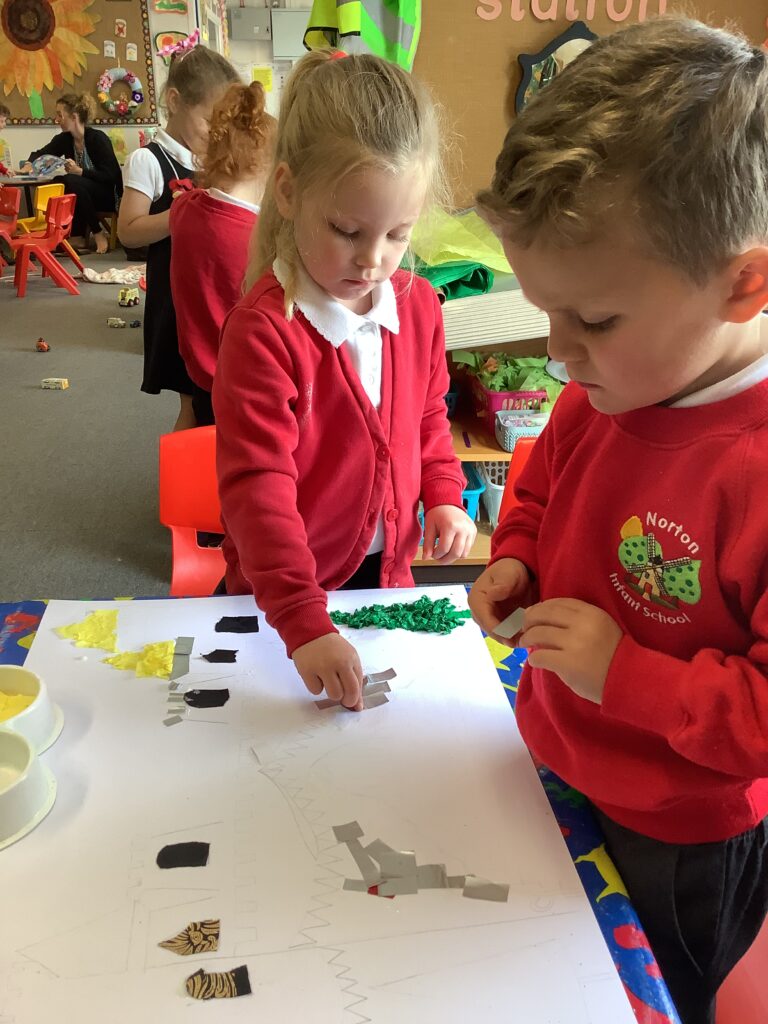
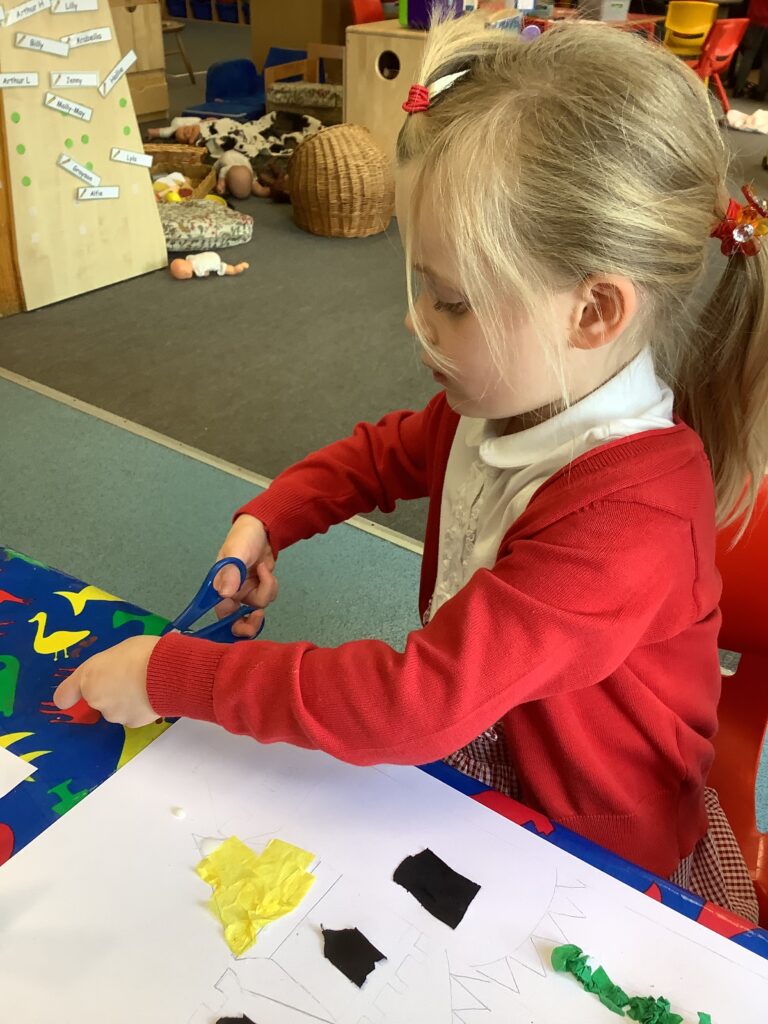
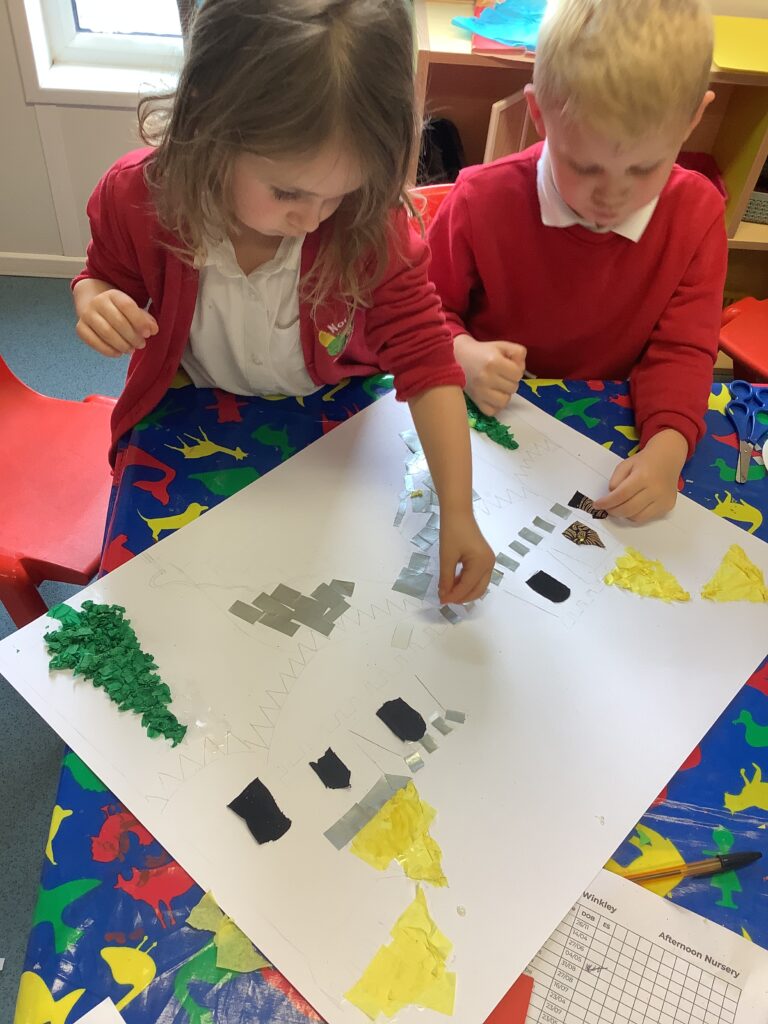
In our Maths learning the children explored 2d shapes, thinking about how they look and using words to describe their shape and properties during a dice game. I modelled to the children how they could use the shapes to build/ create a castle. Some of the children copied the examples or my model but most created the most beautiful 2d shape castles and named the shapes they had used, thinking about why they would be useful for certain parts of the building. Here are some examples; “The drawbridge is a rectangle because it’s long and can go up and down” or “These are my pointy roofs, they’re three triangles” and “My windows are circles”. Just look at some of our beautiful work.
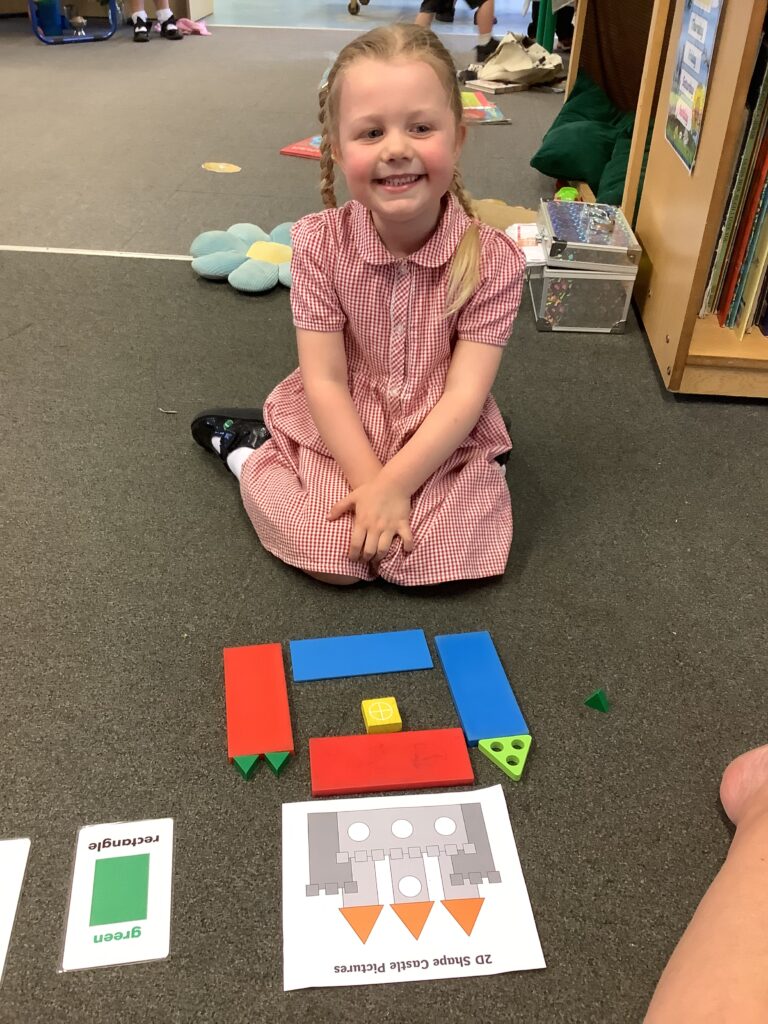
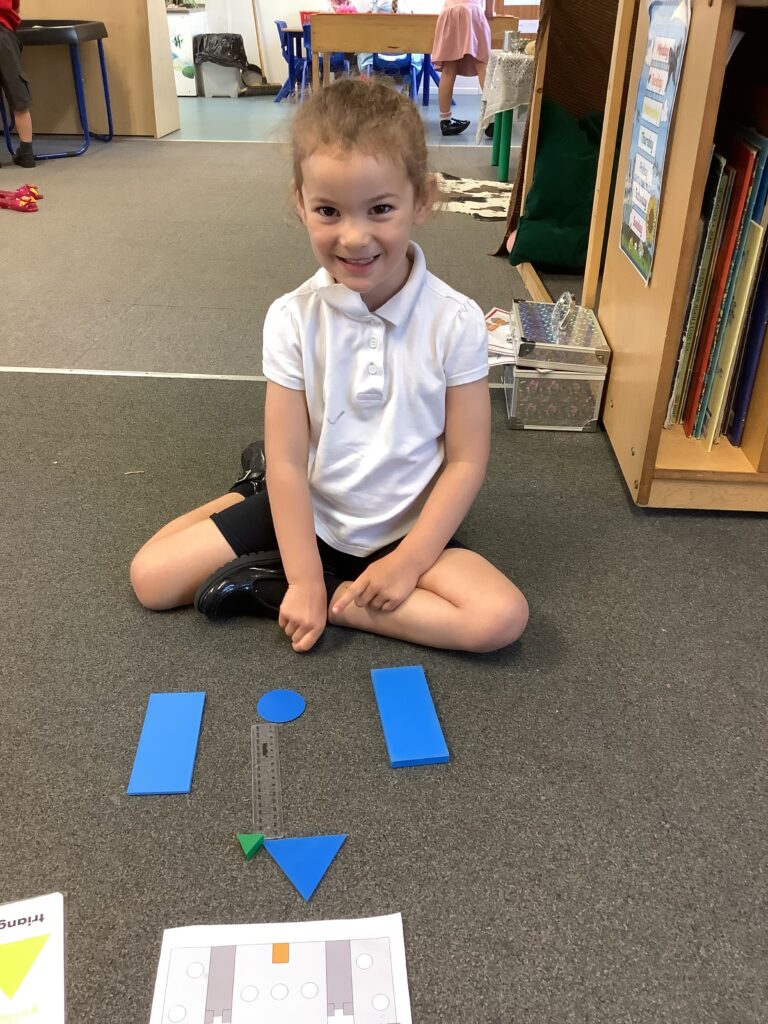
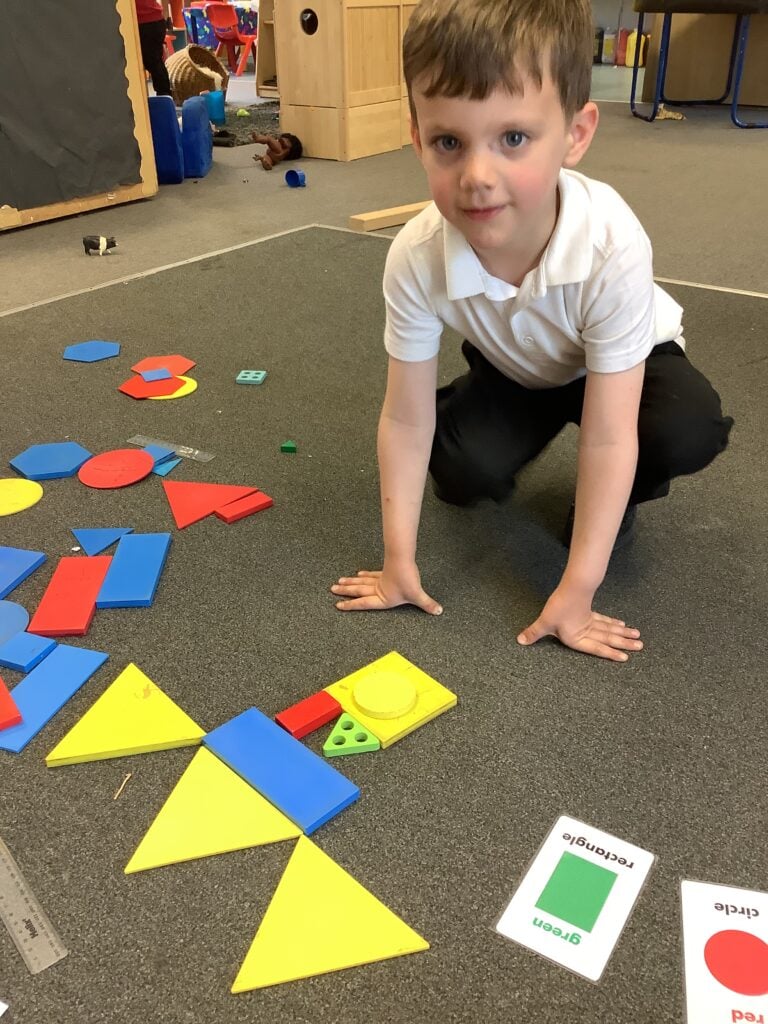

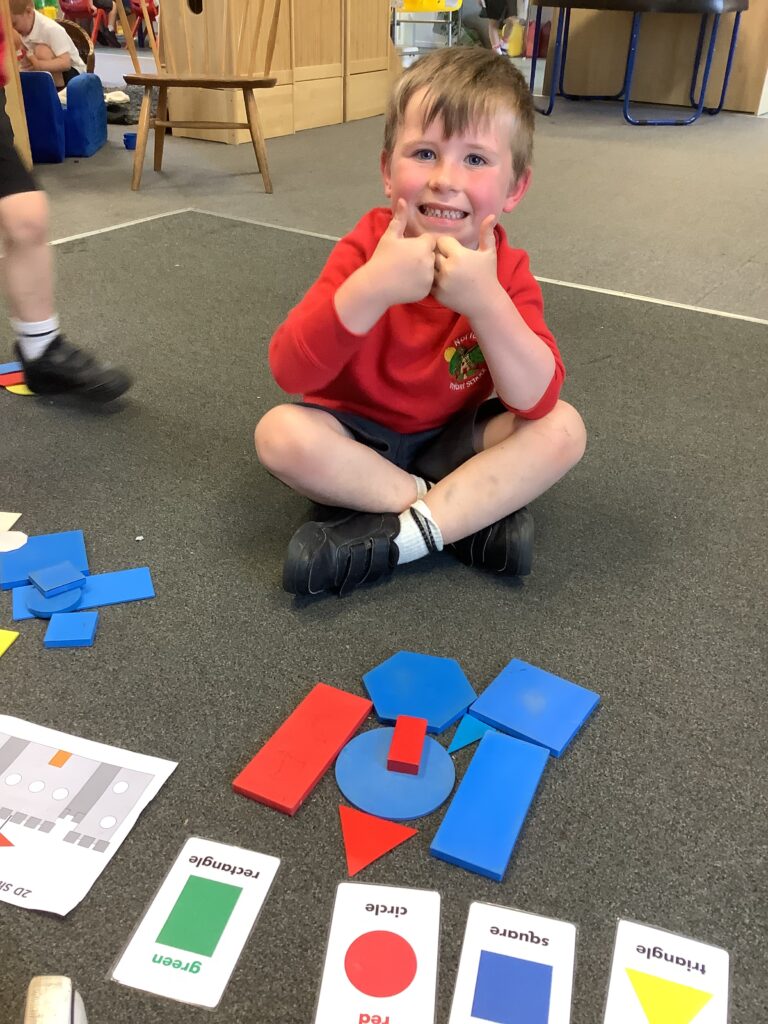
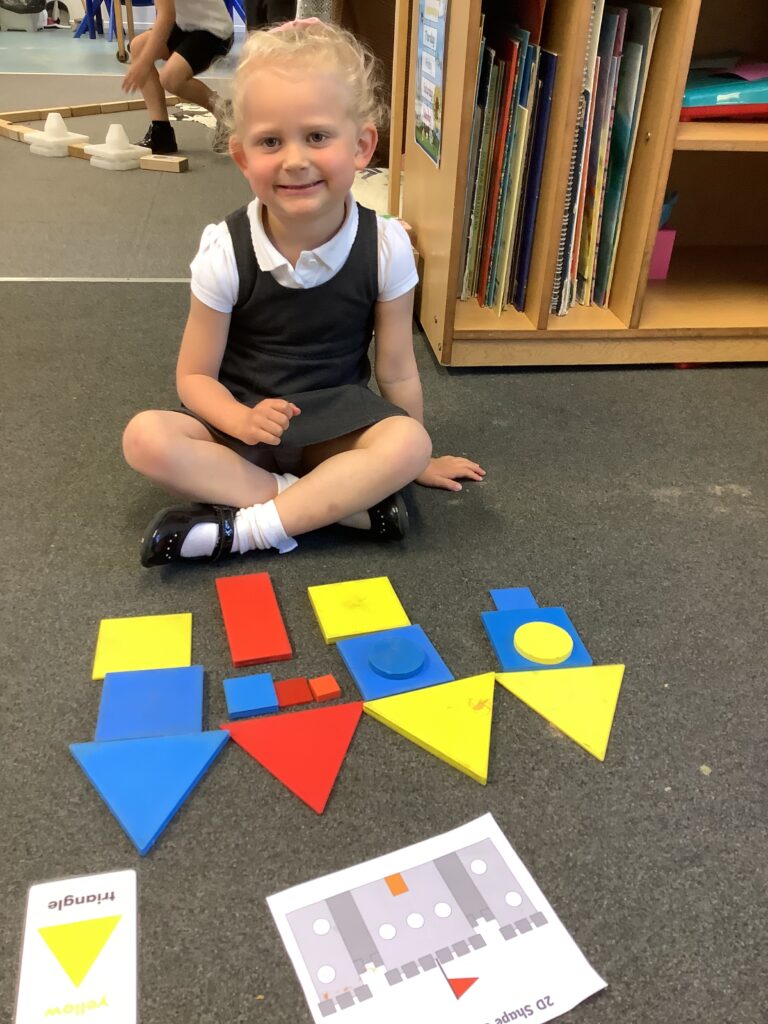
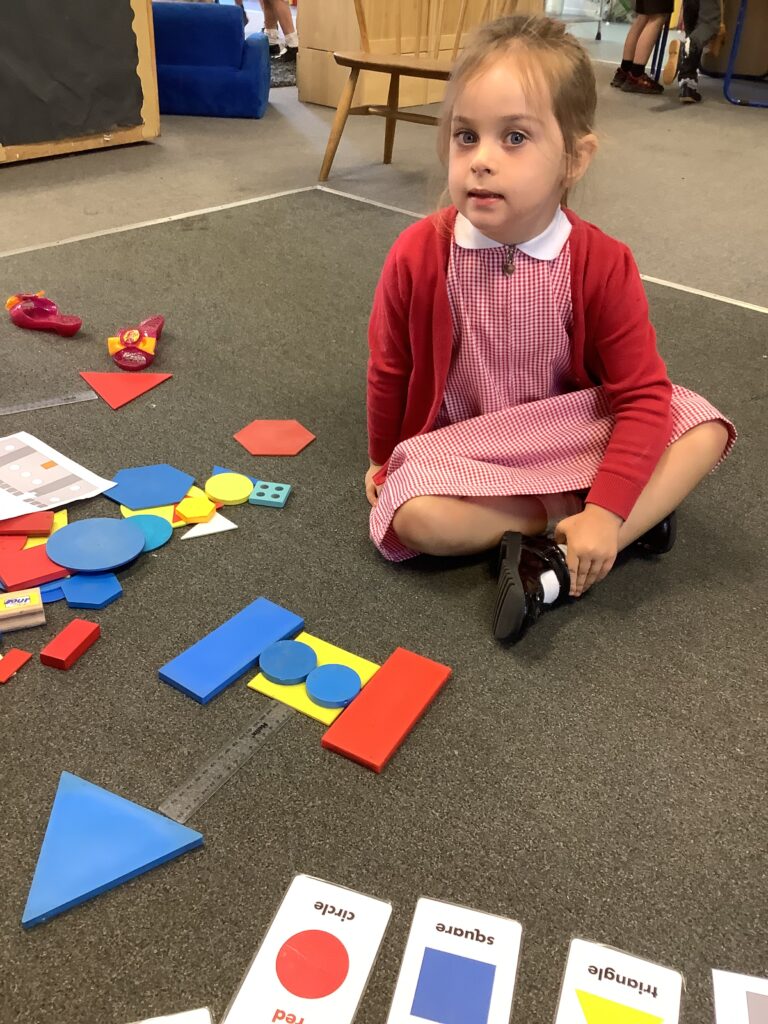
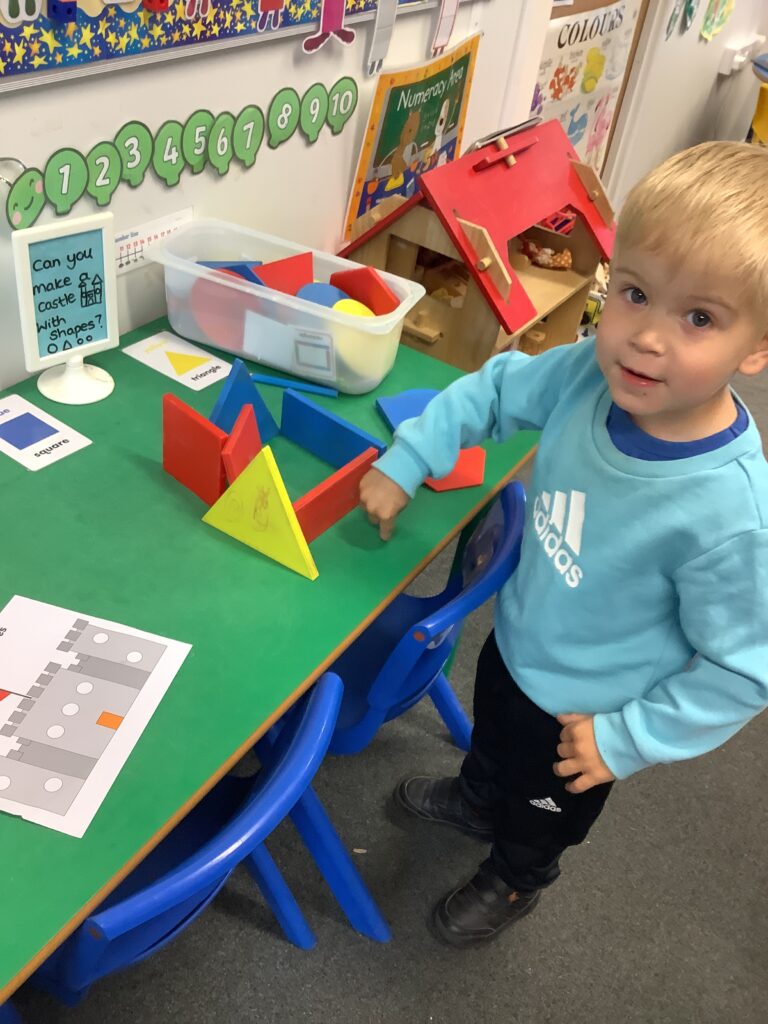
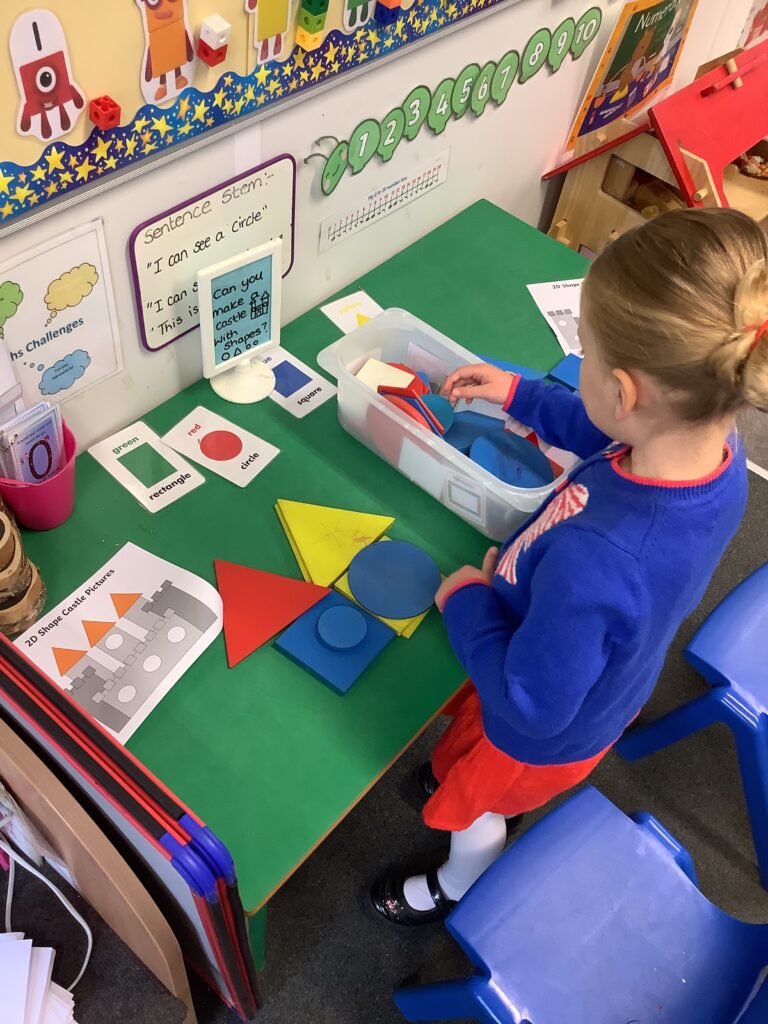
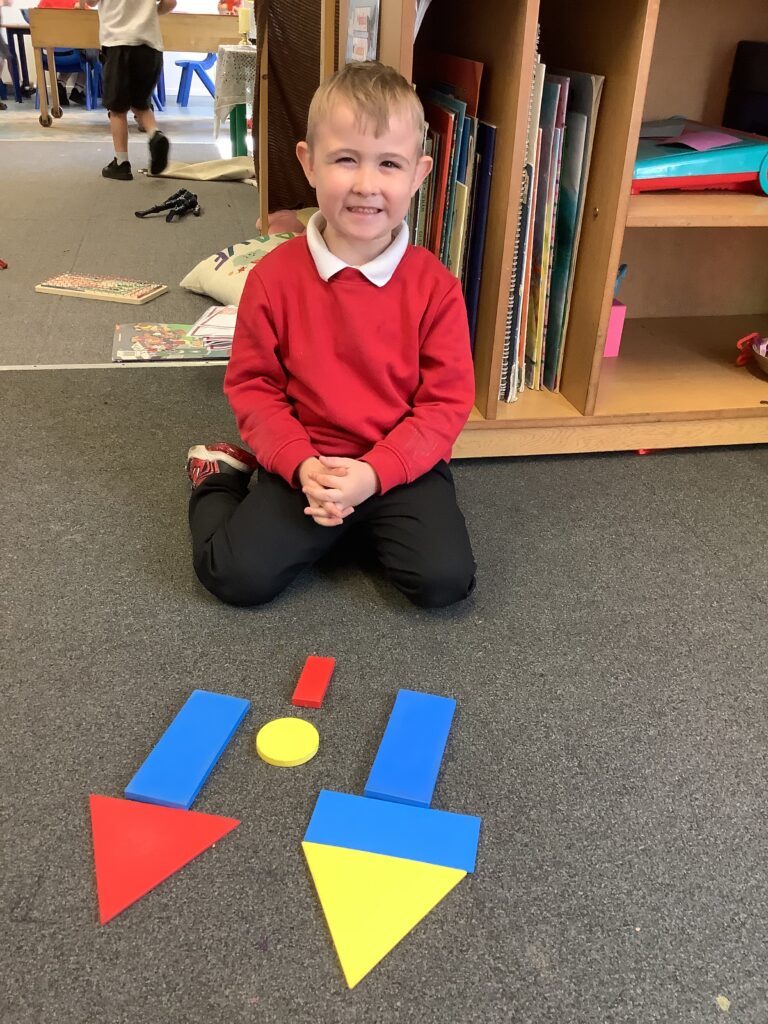
This week began with Nursery taking a trip into the woods (within school grounds) to explore and experience what it would be like to be inside a forest as part of our first case study; Where in the world will this story take you? Our first anchor text of this case study is the classic fairytale of Goldilocks and the Three Bears. The children were so excited to go on an adventure and were also a little bit nervous about who or what they would find in the woods, as they explored using their senses.
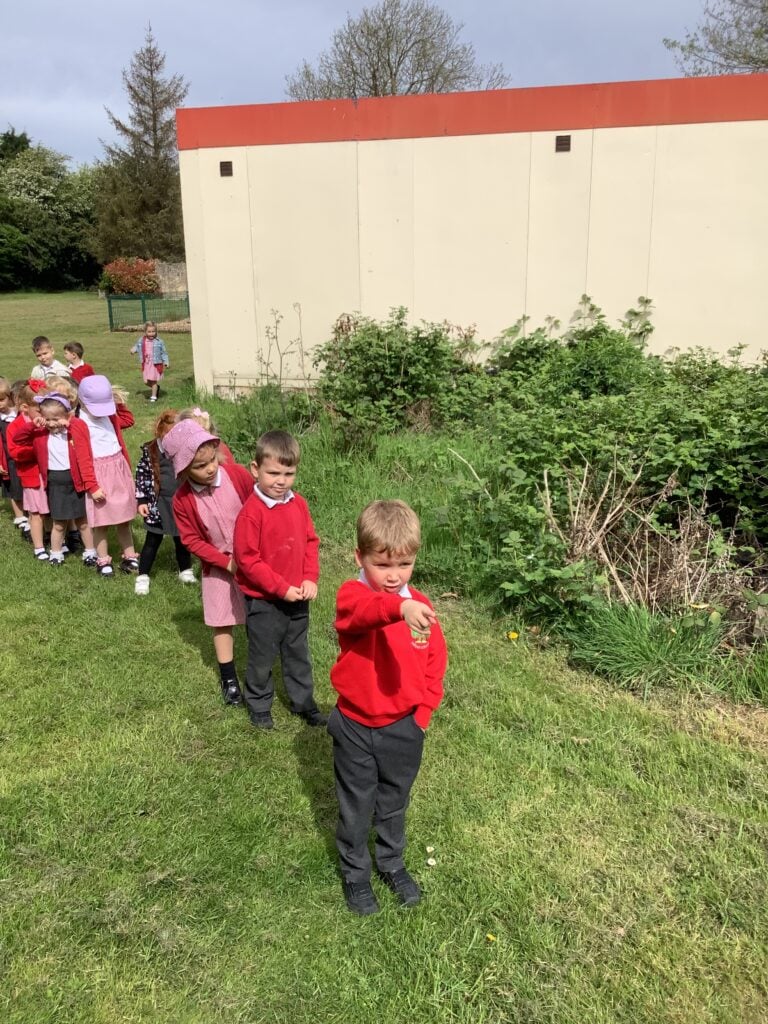


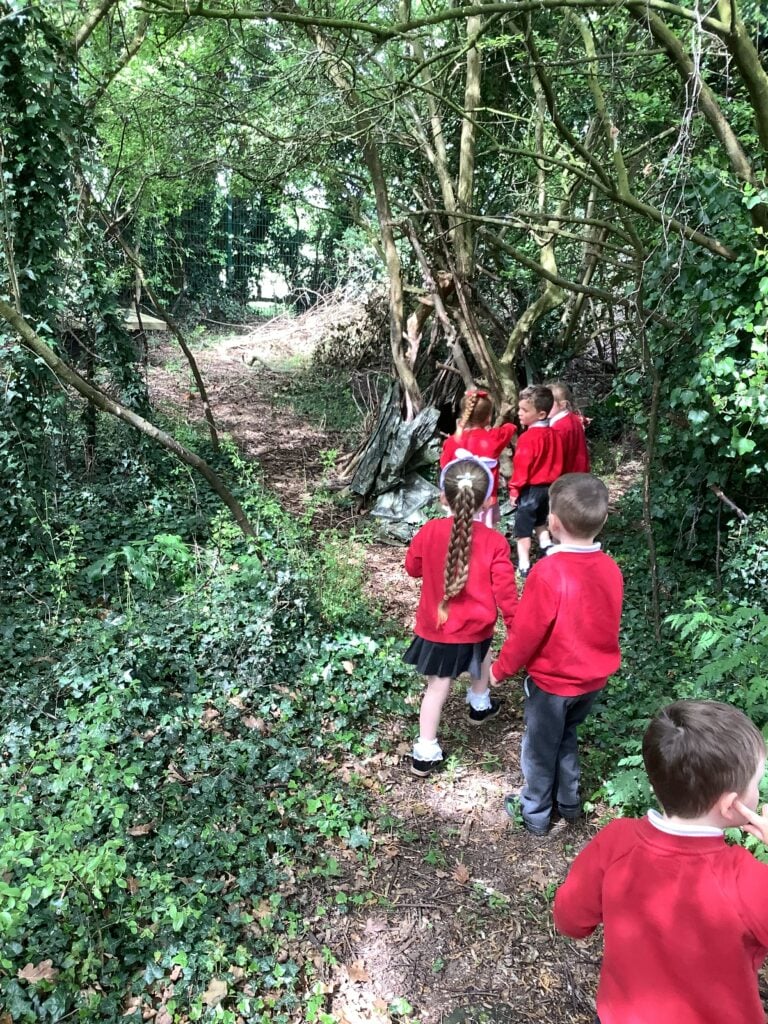
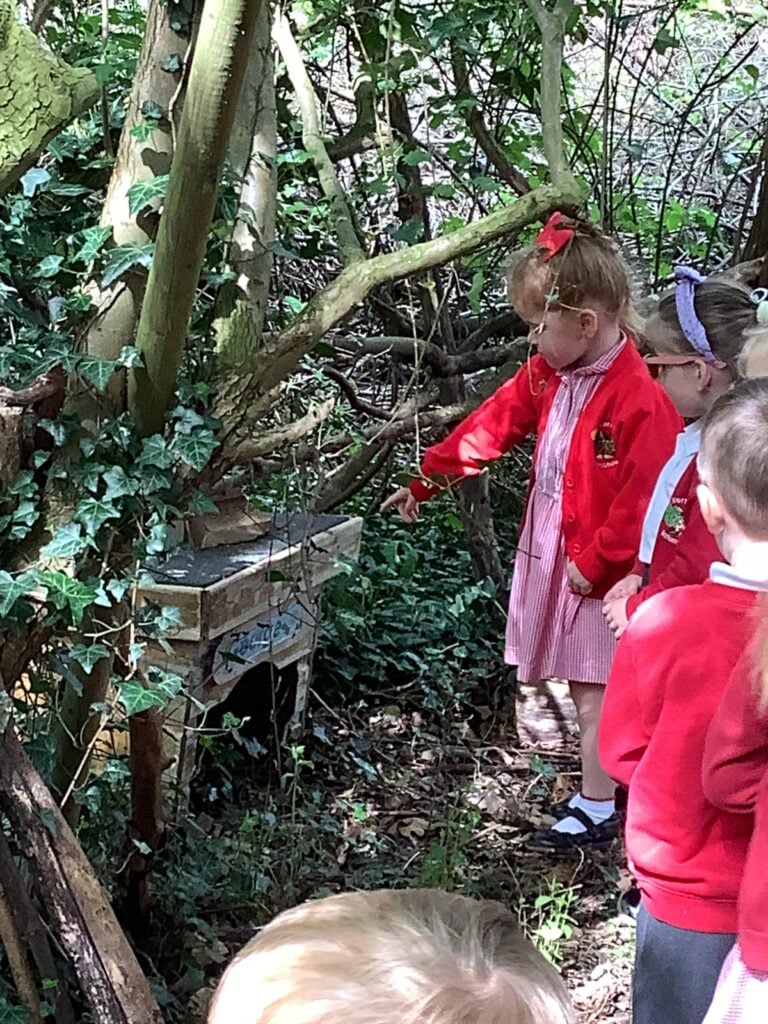
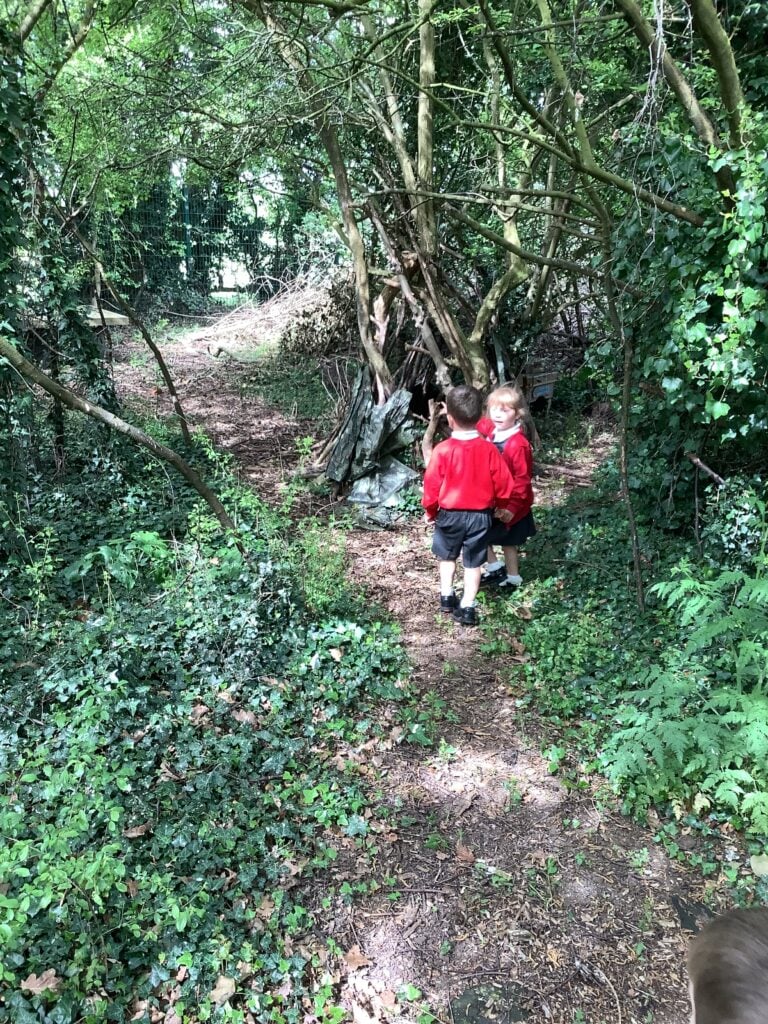
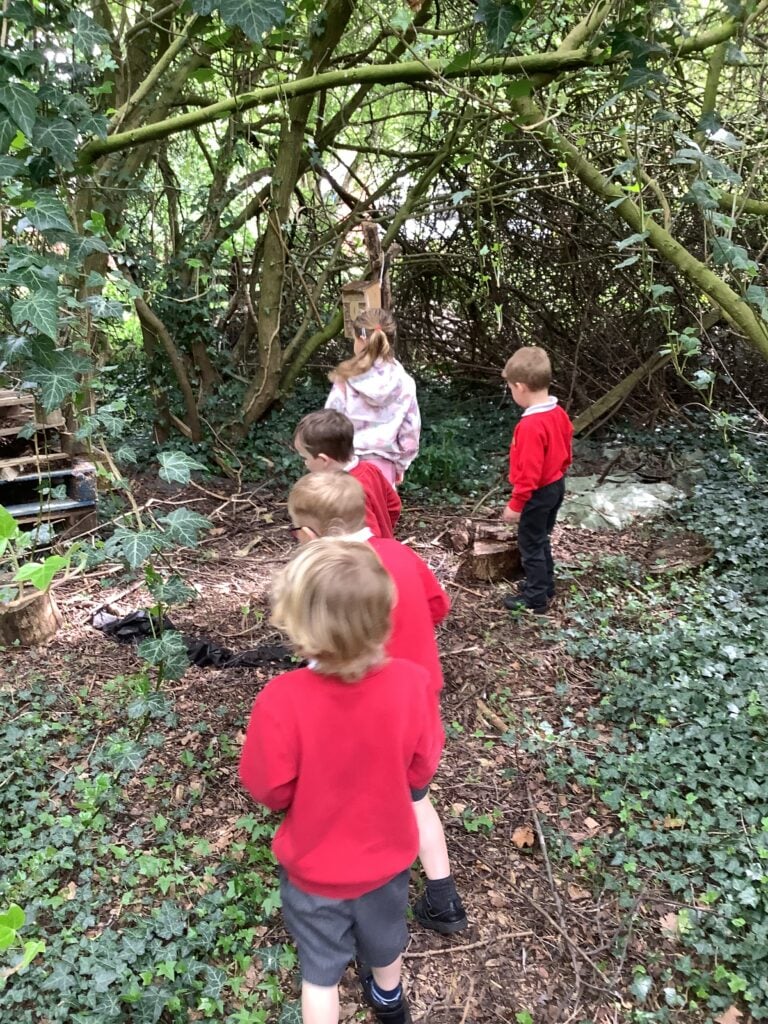
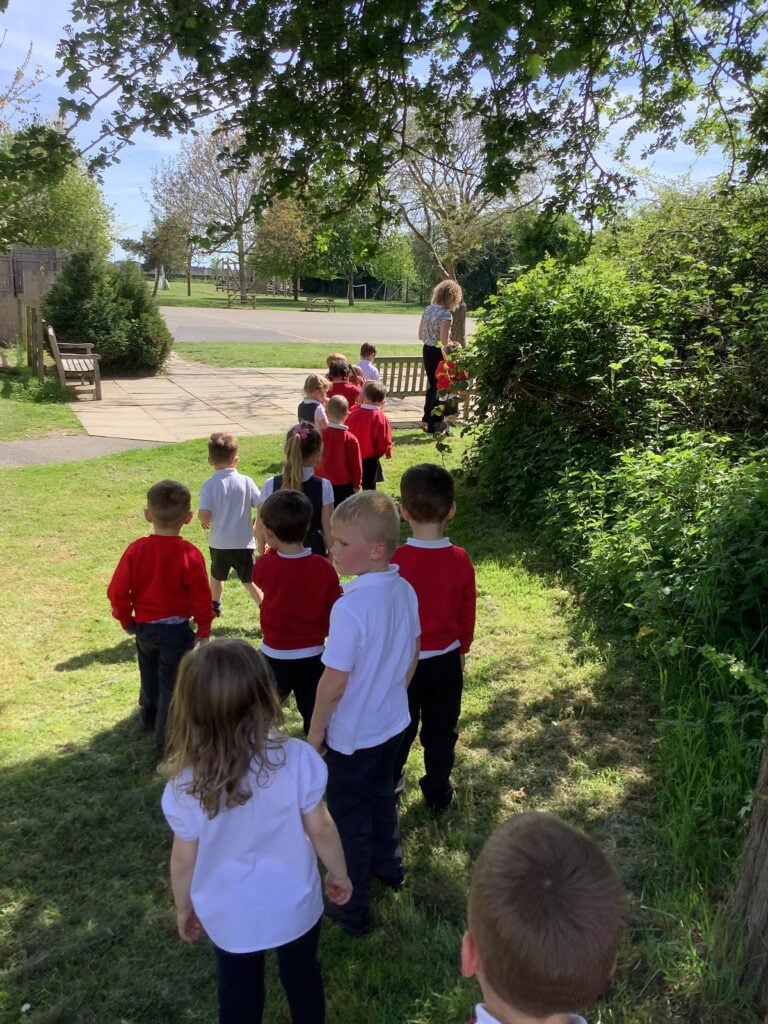
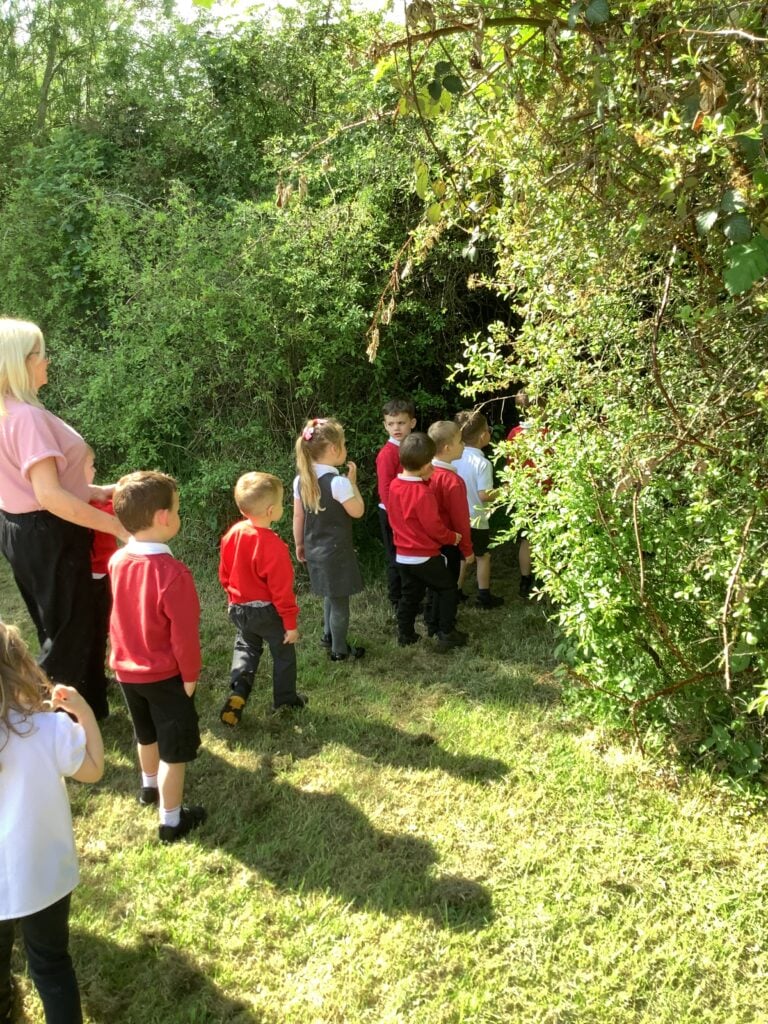
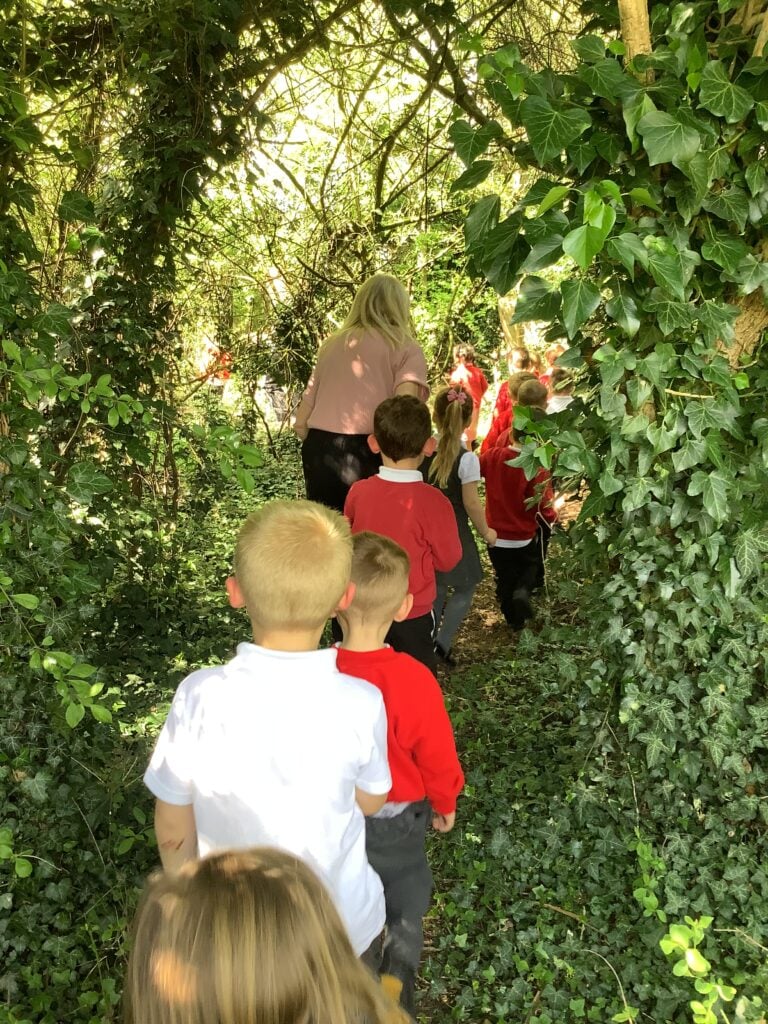
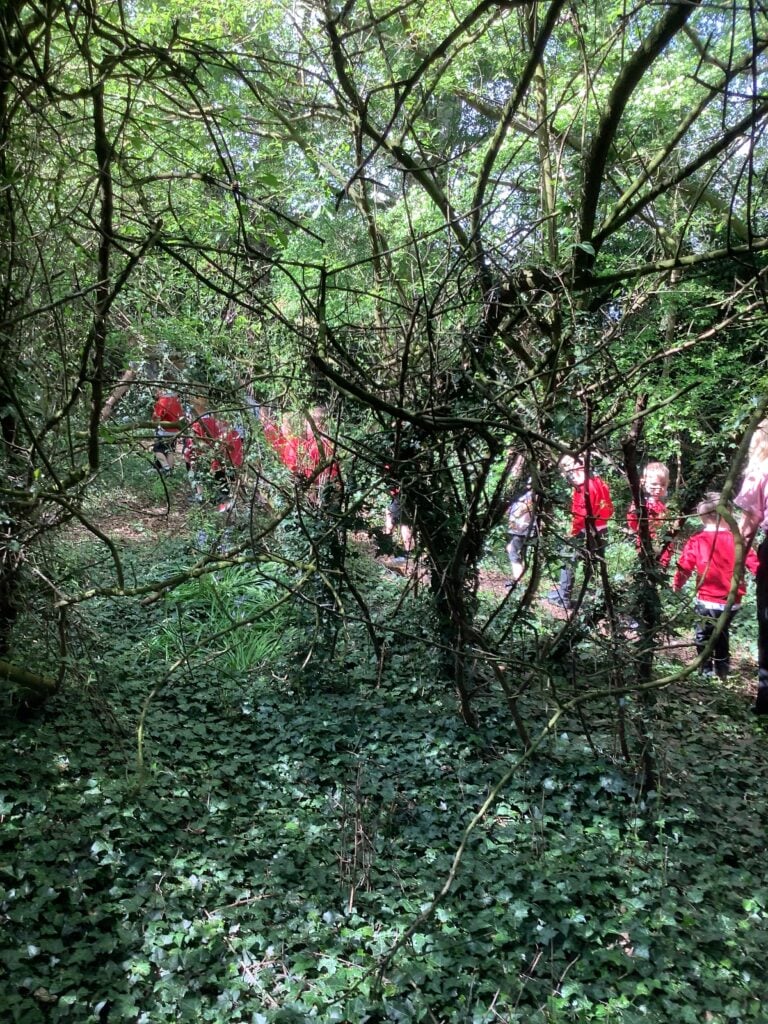
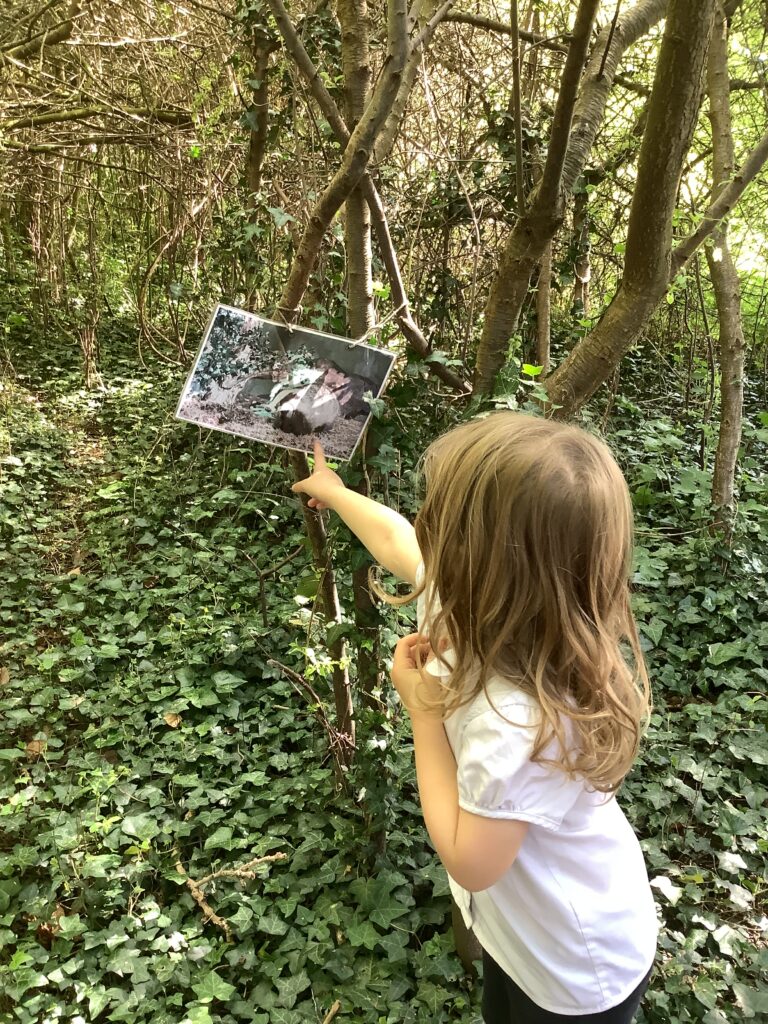
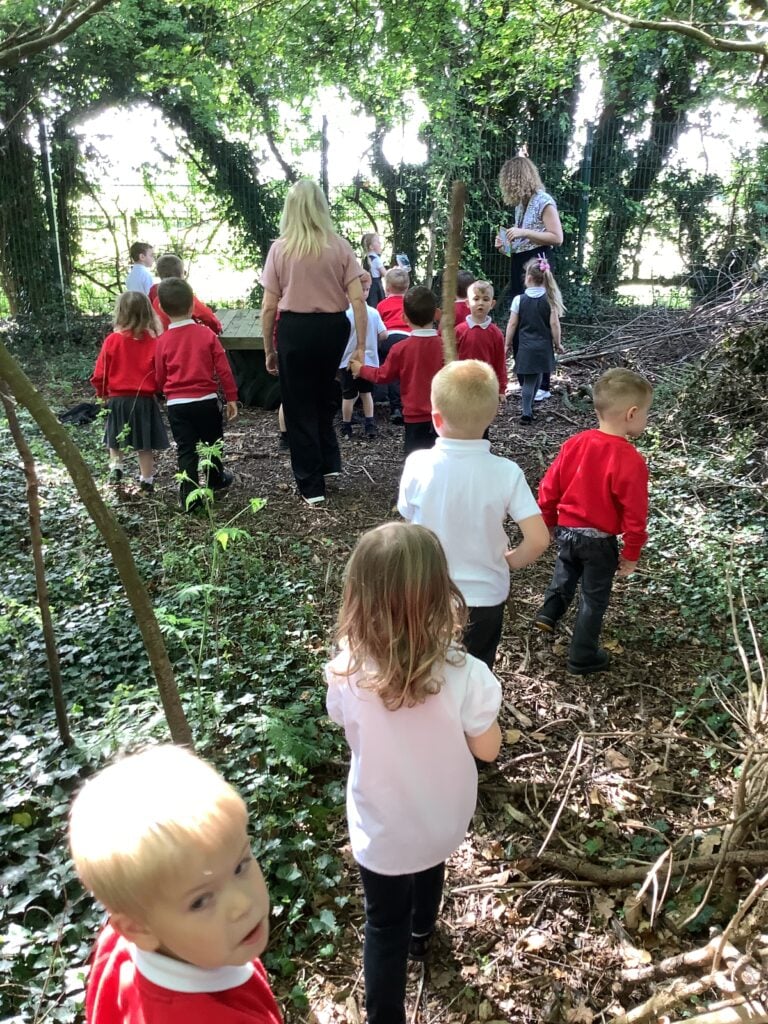
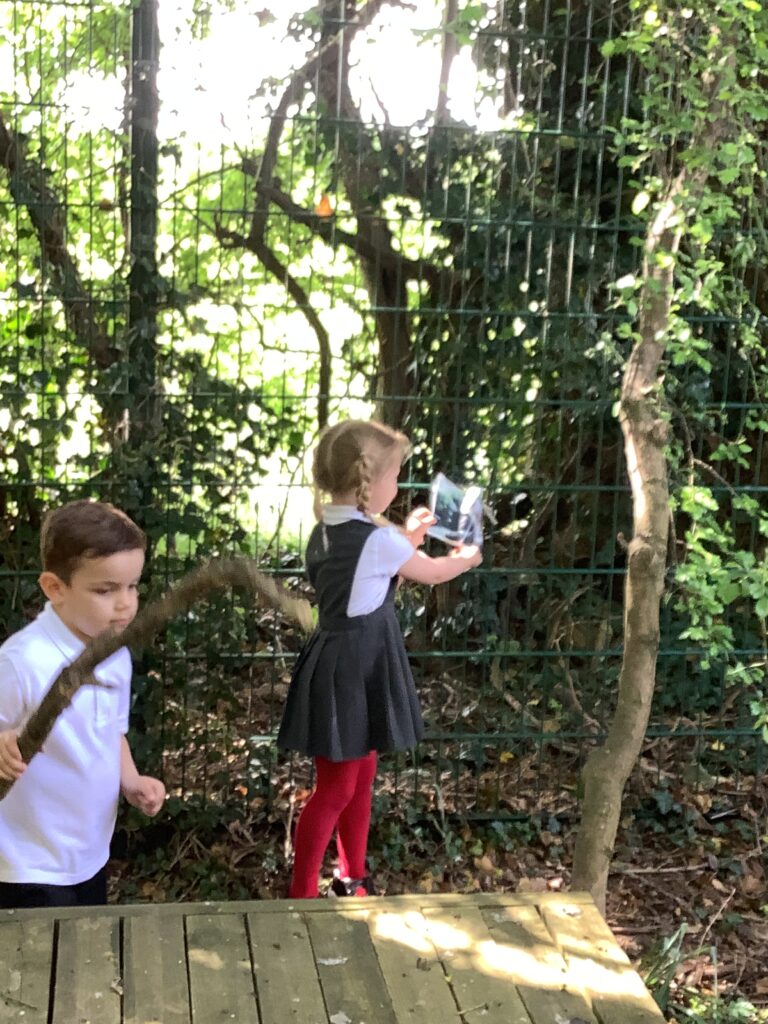
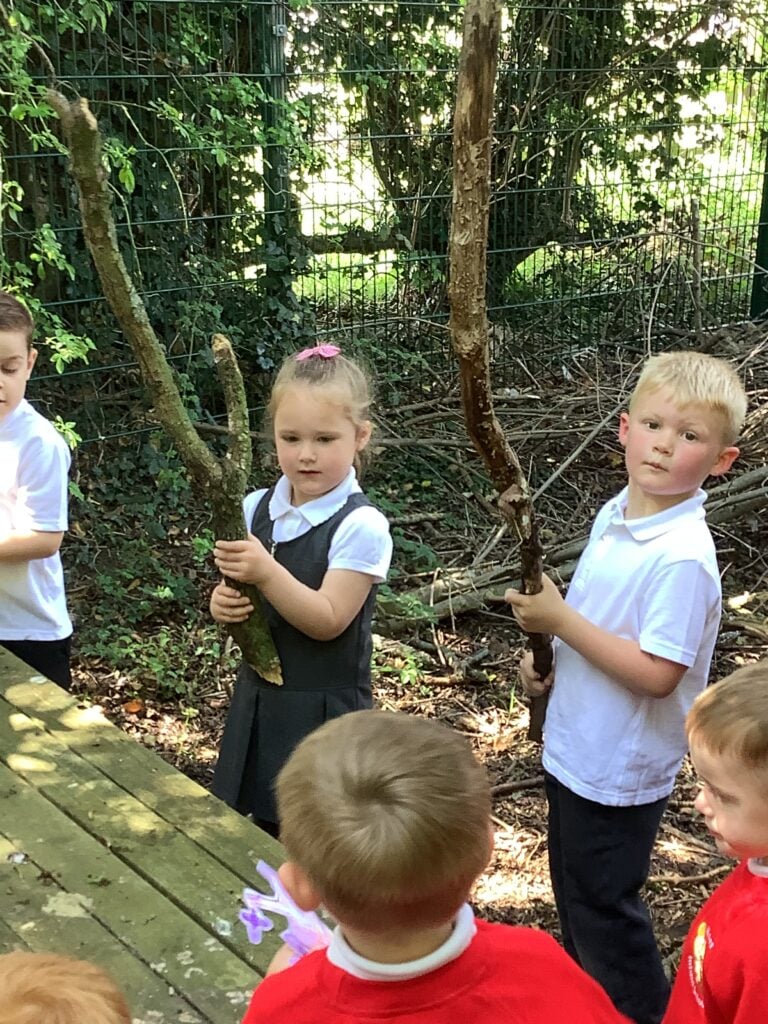
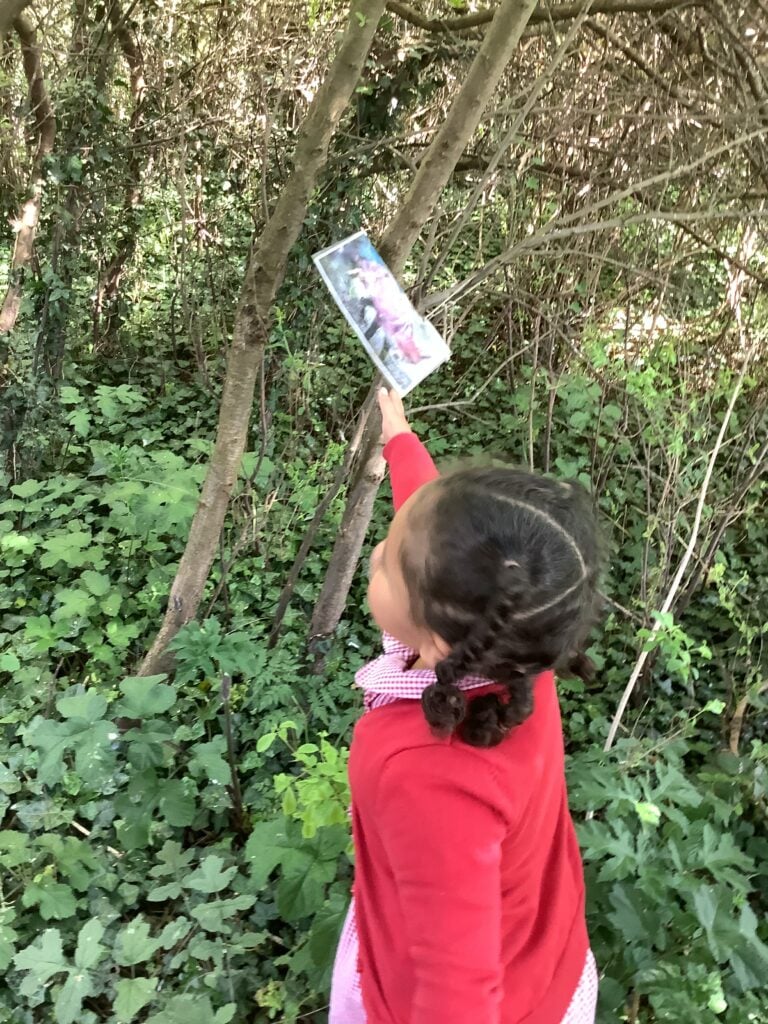
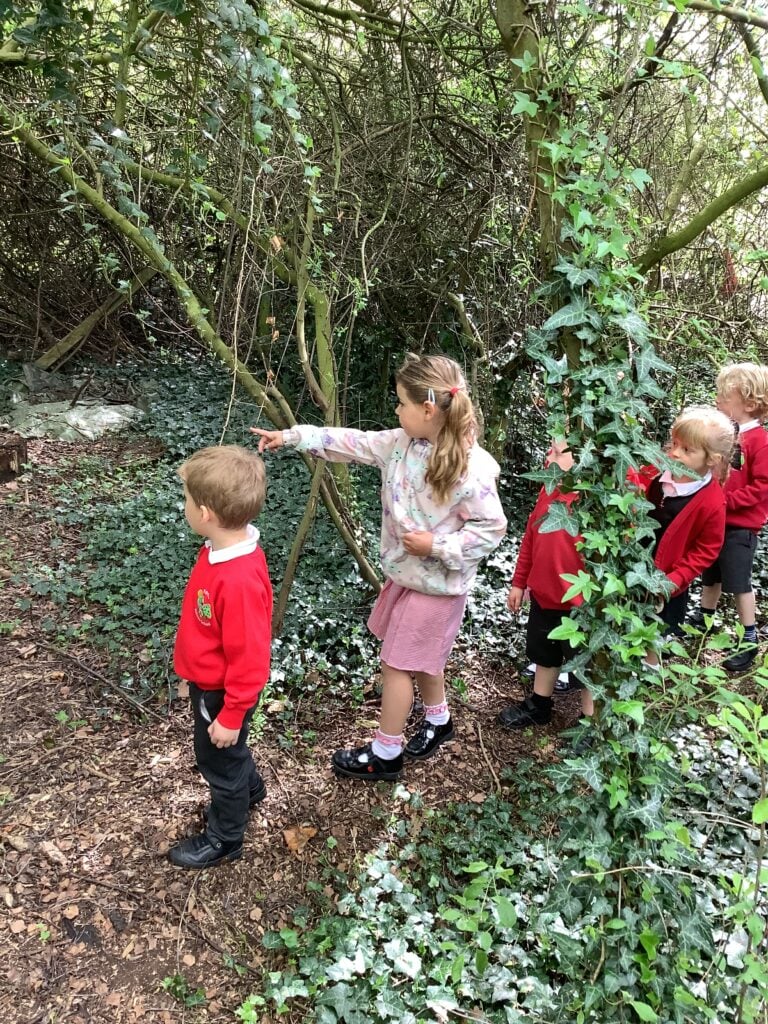
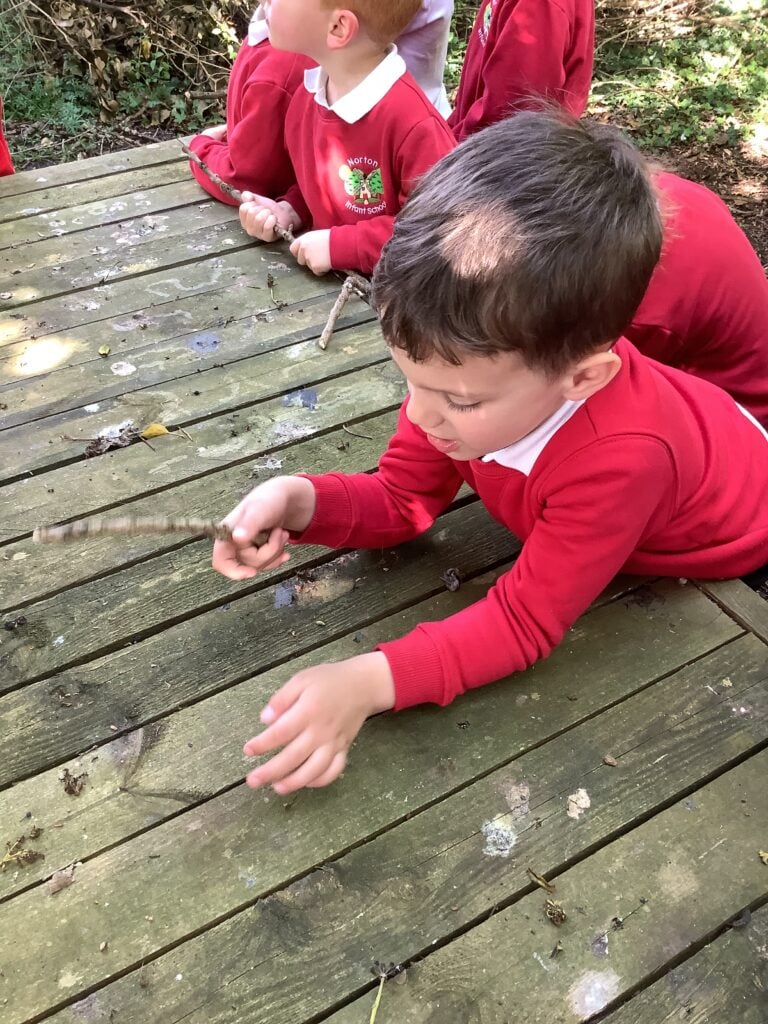
Once inside the woods the children were relieved to find there weren’t any wolves, bears or Gruffalo’s! We used our senses to think about what we could see, hear, smell and feel with both our hands and feet. The children were read the story inside the woods to set the scene and bring the story to life. They really enjoyed it and listened attentively whilst holding their sticks, leaves, flowers and ferns.
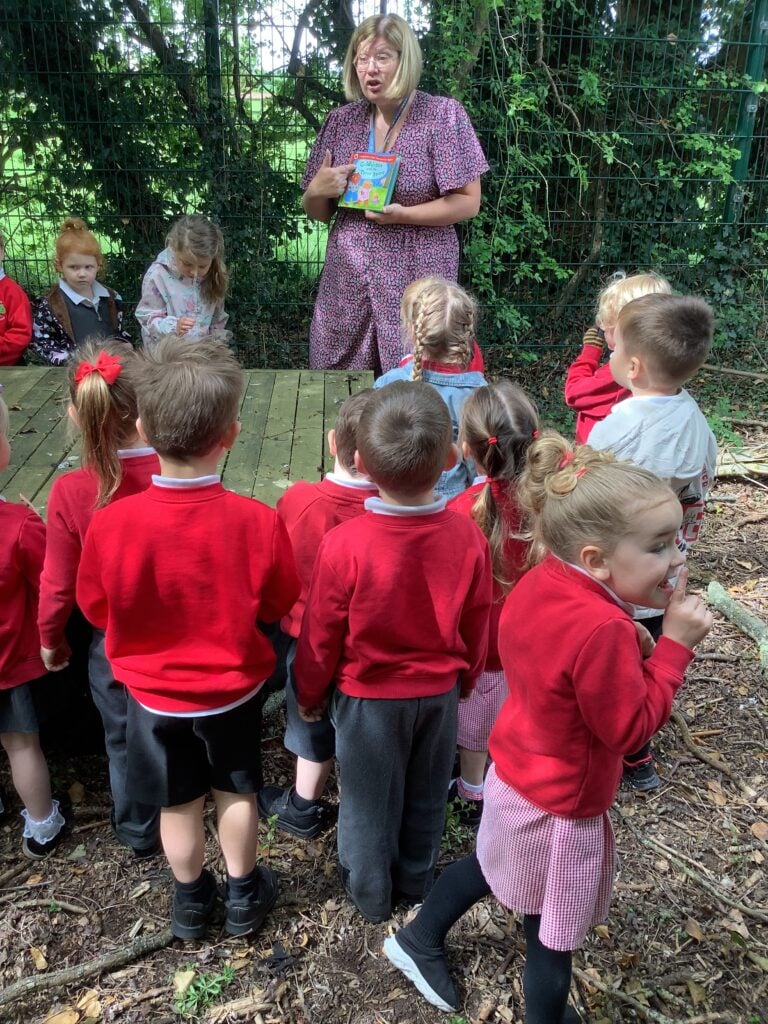
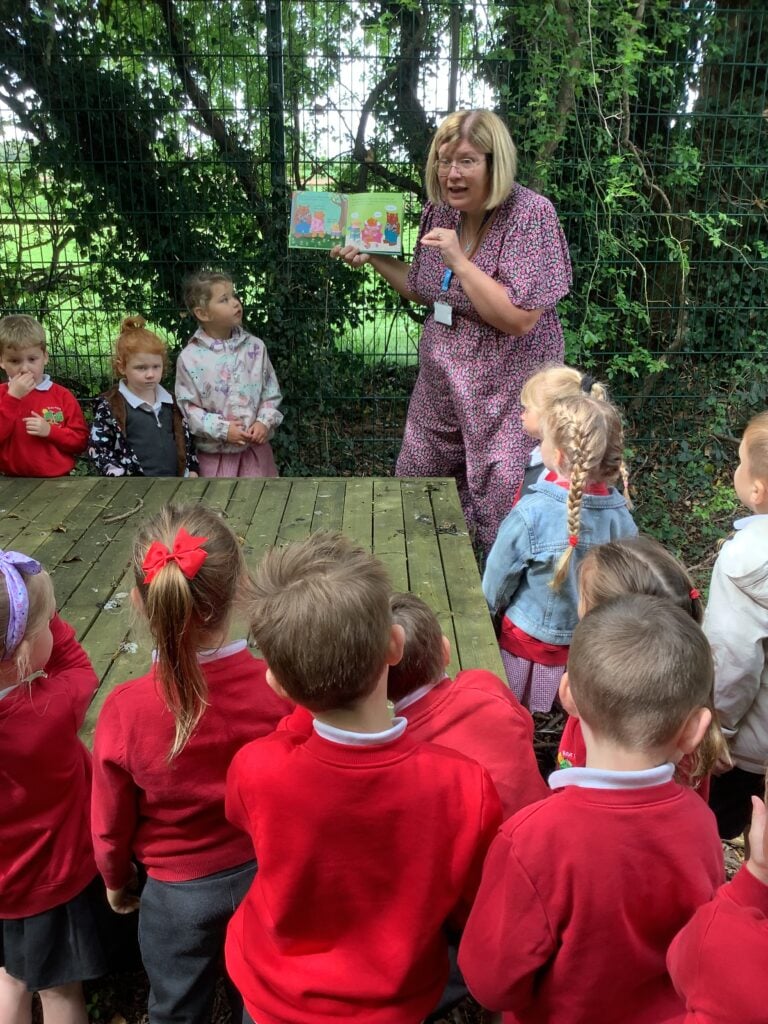
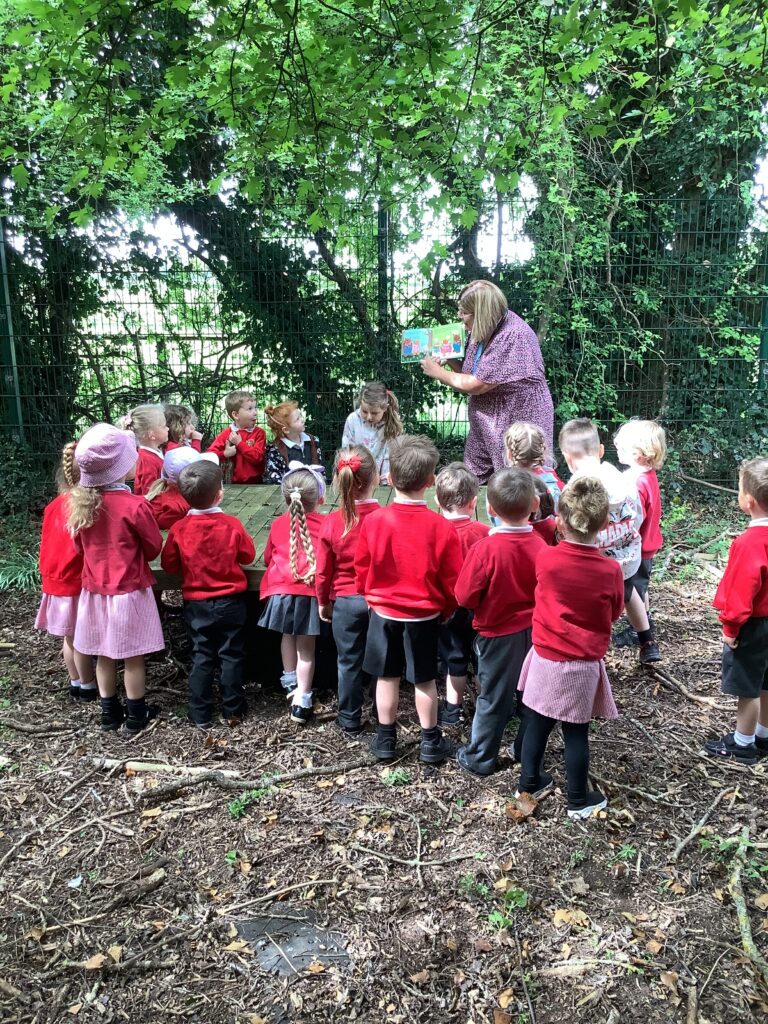
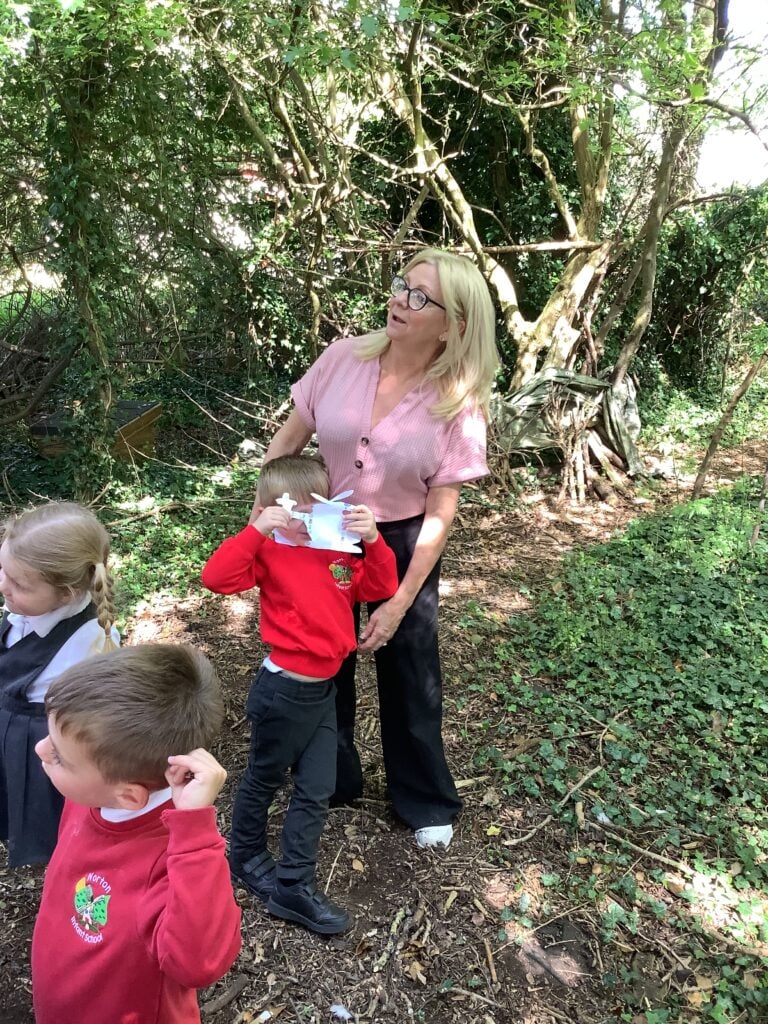
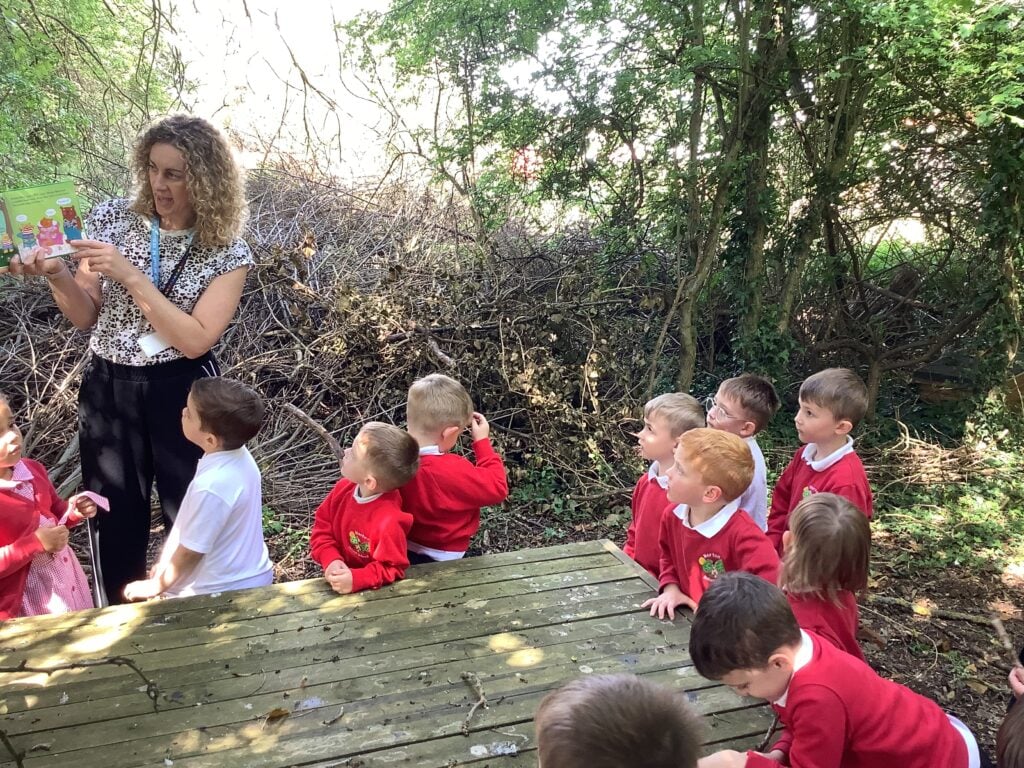
Once back in the classroom the children shared thoughts of their experience and completed a class sense map, noting down ideas of what they could see, hear, smell and feel. There were some beautiful thoughts and sentences that were communicated from the adventure which really helped the children to understand what a forest is. We have used this knowledge and experience to inspire large scale pieces of artwork, which will be part of our final product in terms of creating a story setting. The children also watched a short video of a virtual tour through Sherwood Forest, in Nottingham, where they tried to spot Robin Hood! They then compared that to the experience of our school woods in Norton and talked about what was the same and what was different? They soon realised that forests were much bigger with larger trees, thicker bushes and more undergrowth. They also learnt that not only animals but people could also possibly live in a forest like in olden times. You have been great geographers Nursery! Here’s a sneak peak of our artwork…
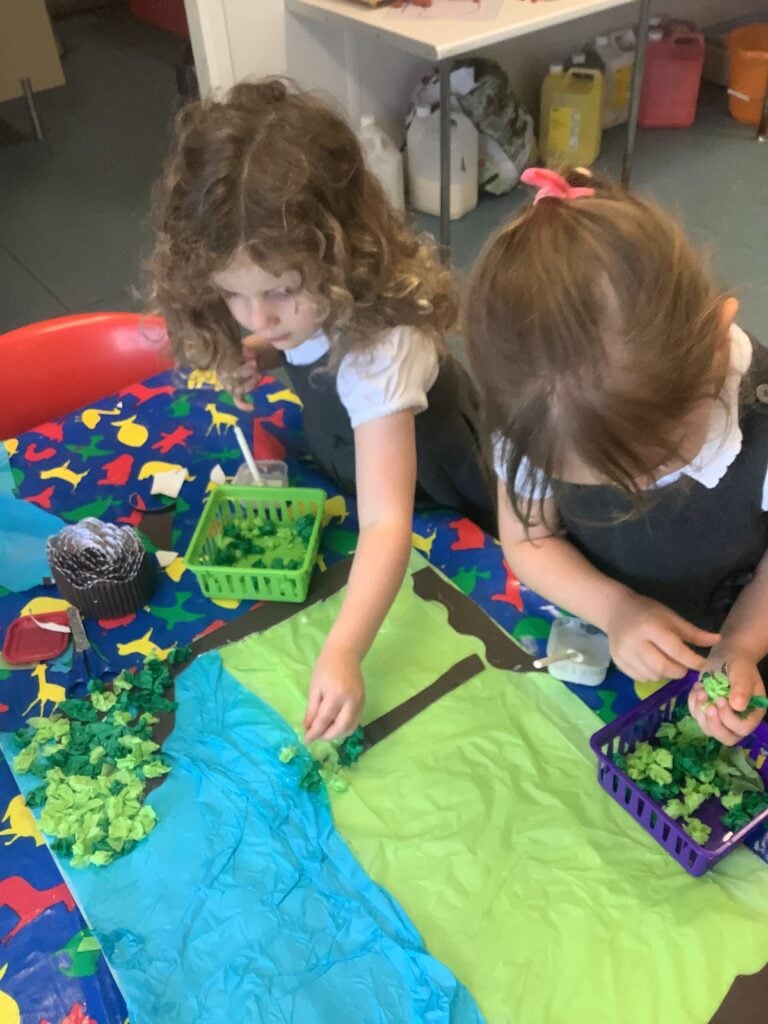

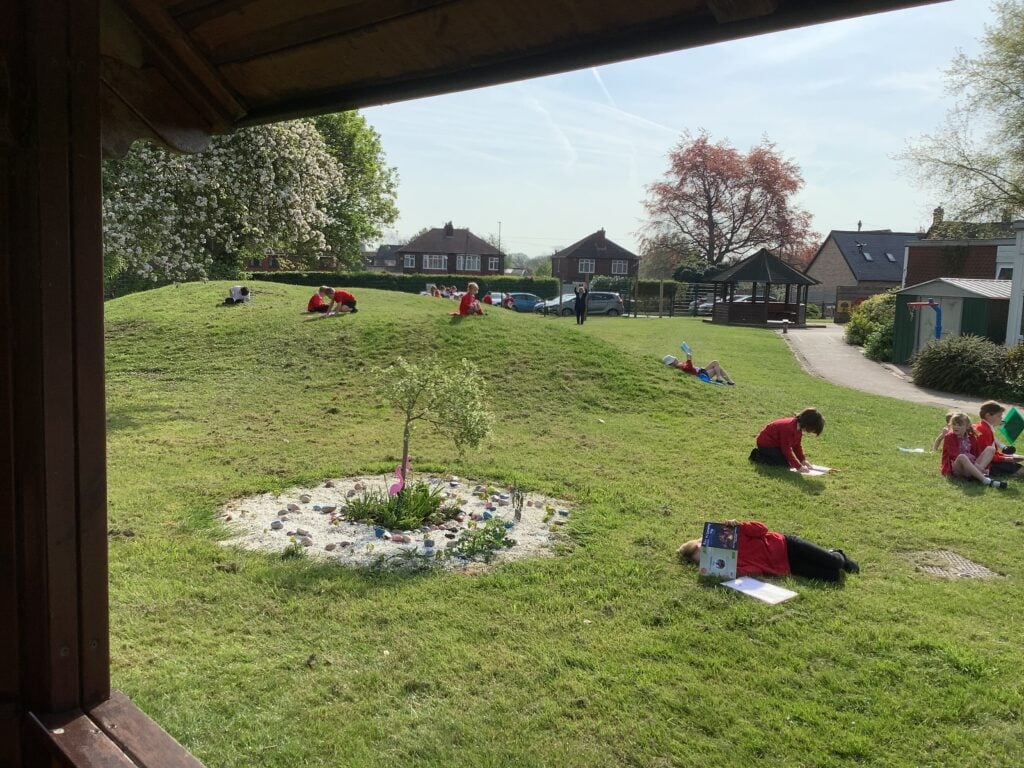

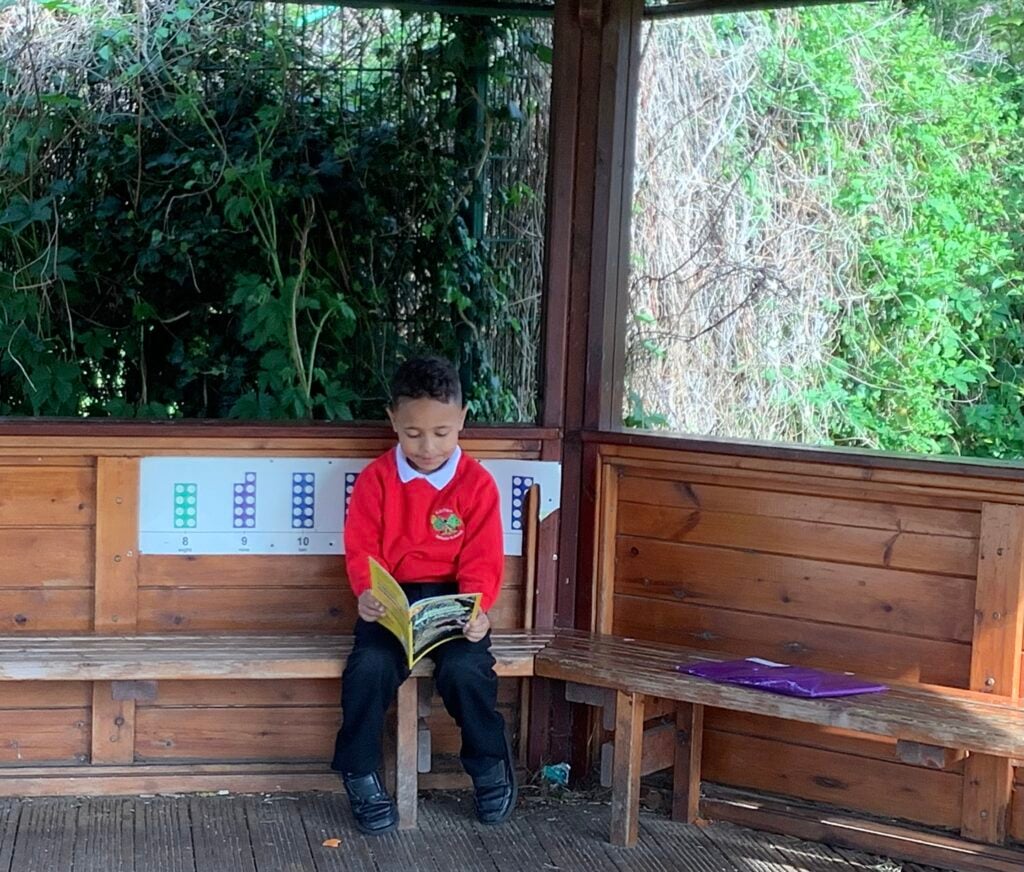
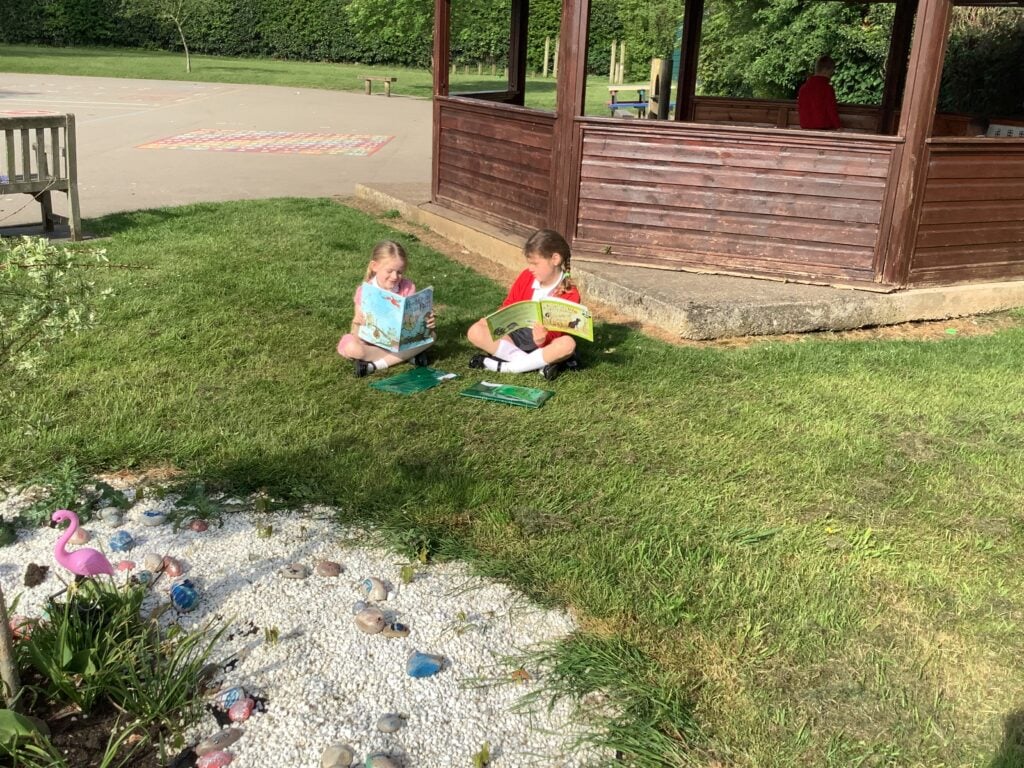
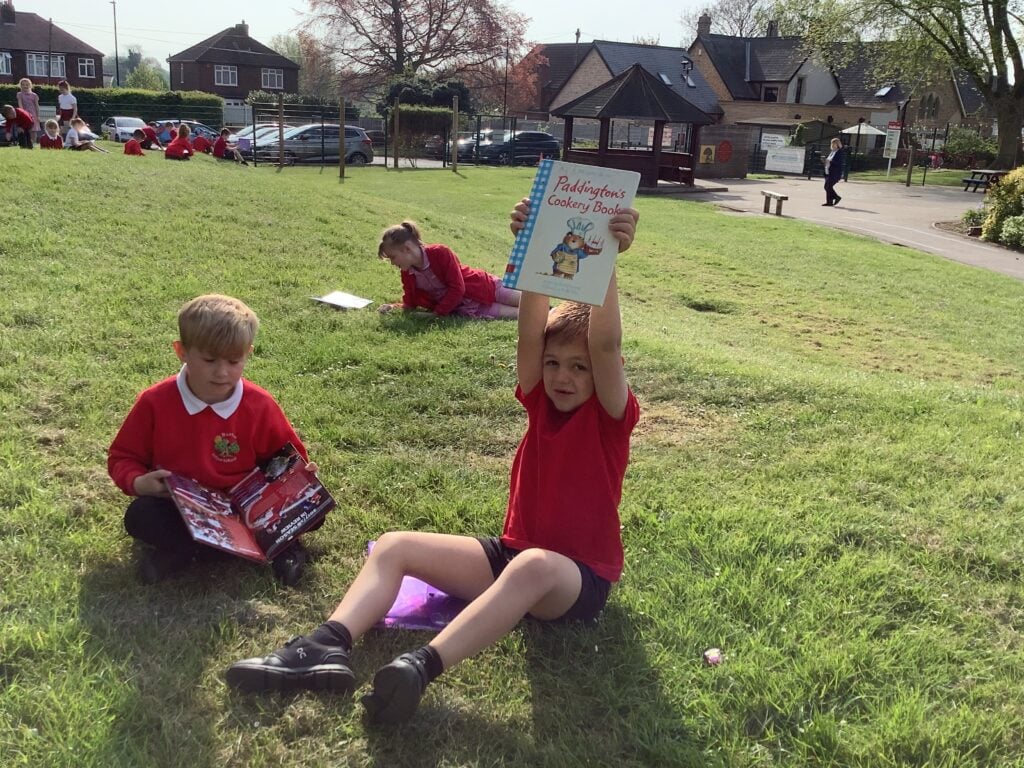
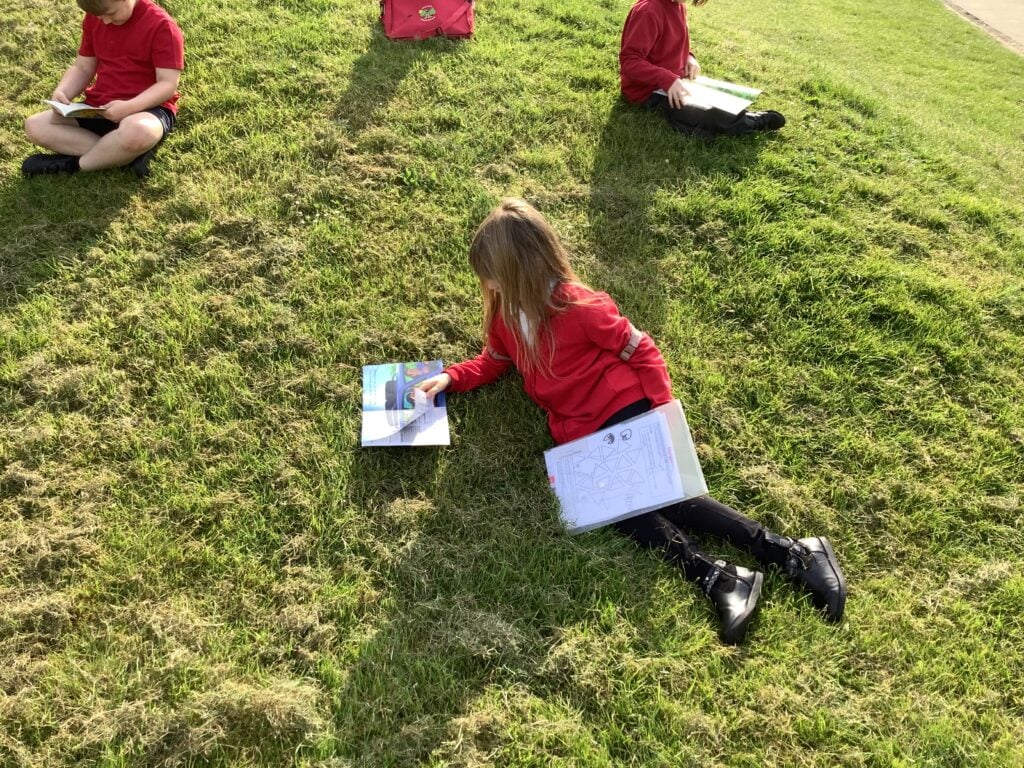
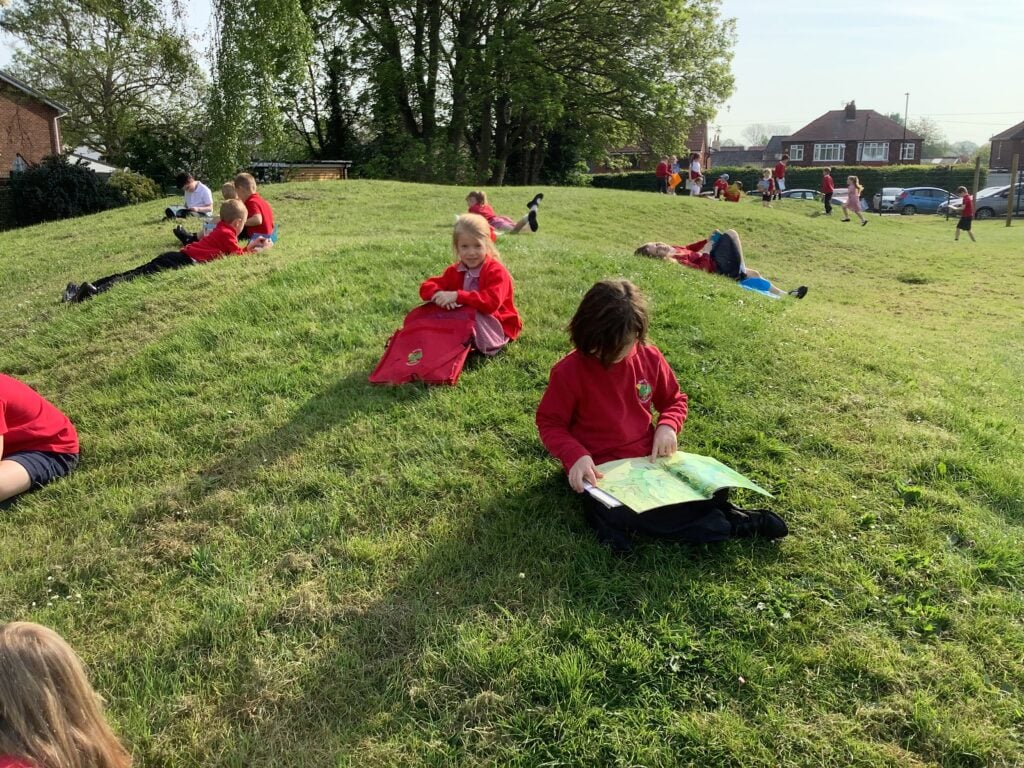
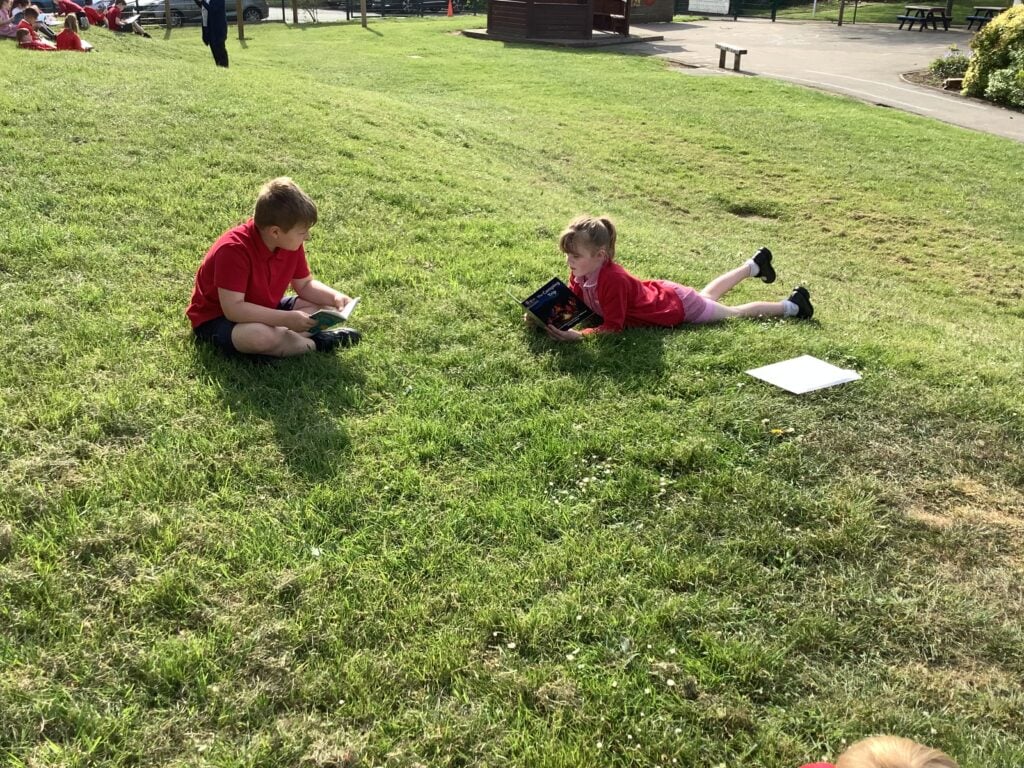
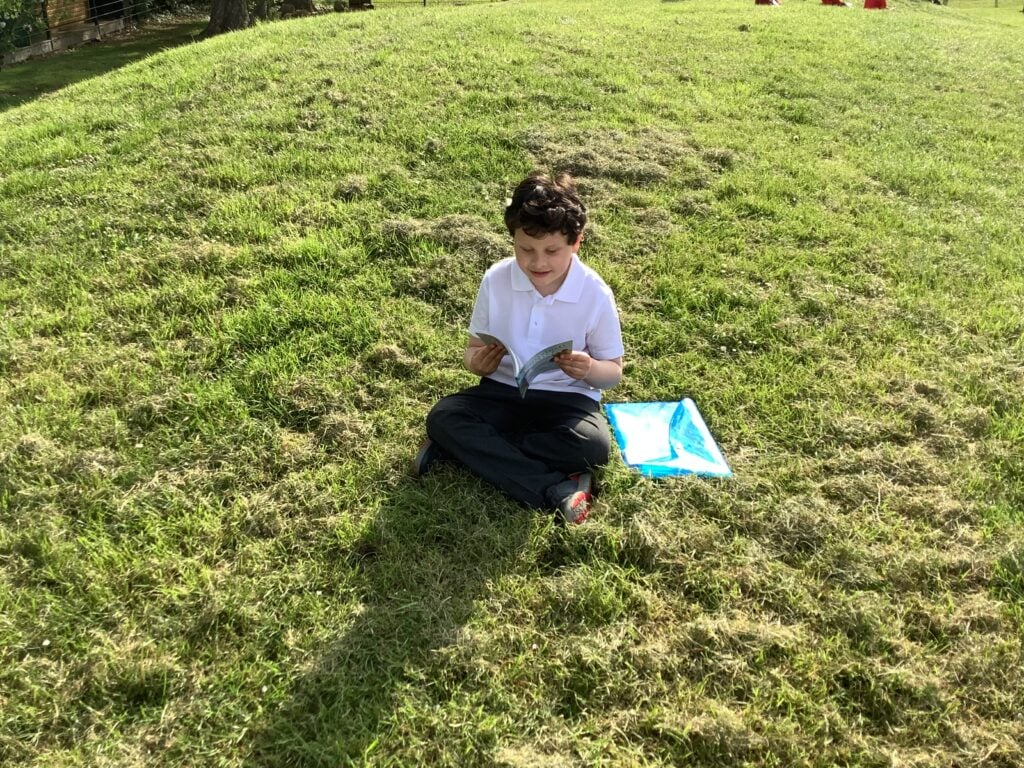
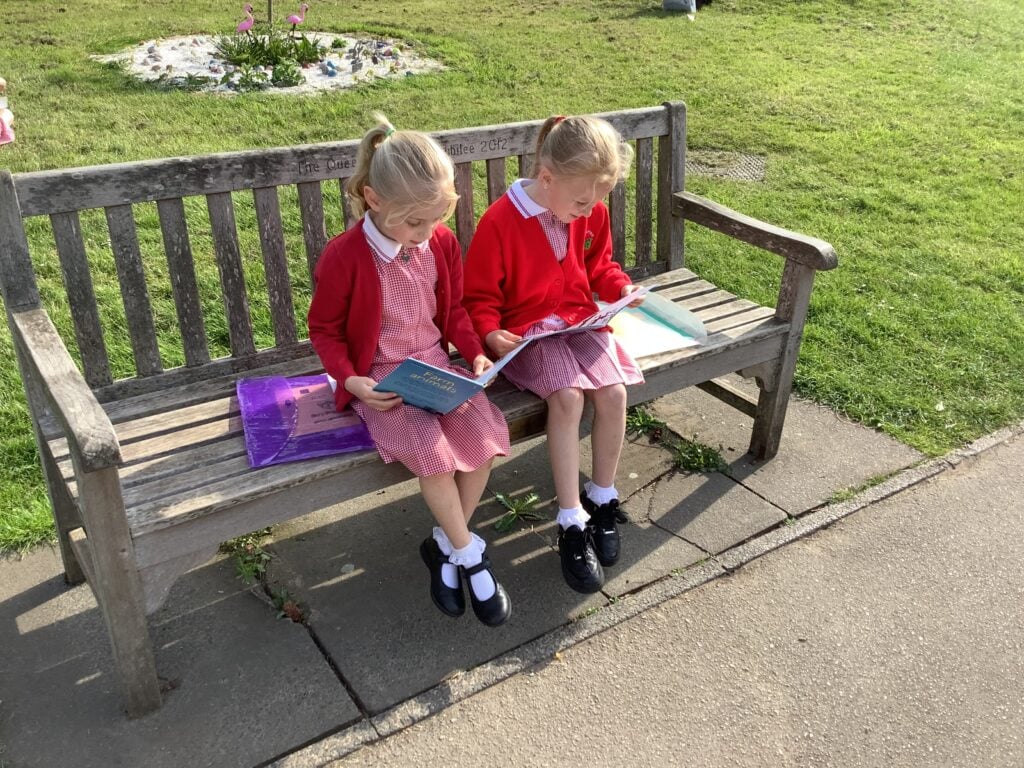
To immerse and hook our Nursery children into our latest learning expedition “Once upon a time- who is hiding in the pages of this book?” We hosted a Fairytale Tea Party, with real china tea cups and where everyone came in their finest party clothes! The sun shone for us and the children really enjoyed spending special time together experiencing new things. To help the children understand what happens and how people behave at these splendid events, we first learnt a tea party song to the tune of “If you’re happy and you know it”. Why don’t you ask them to sing it to you?
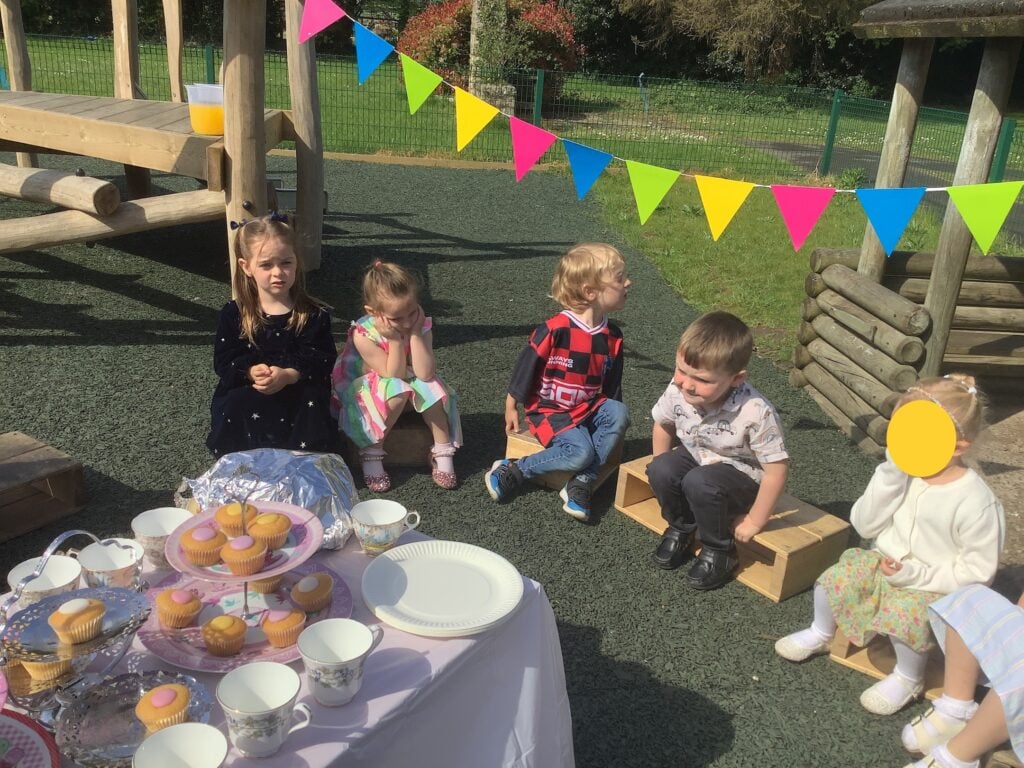
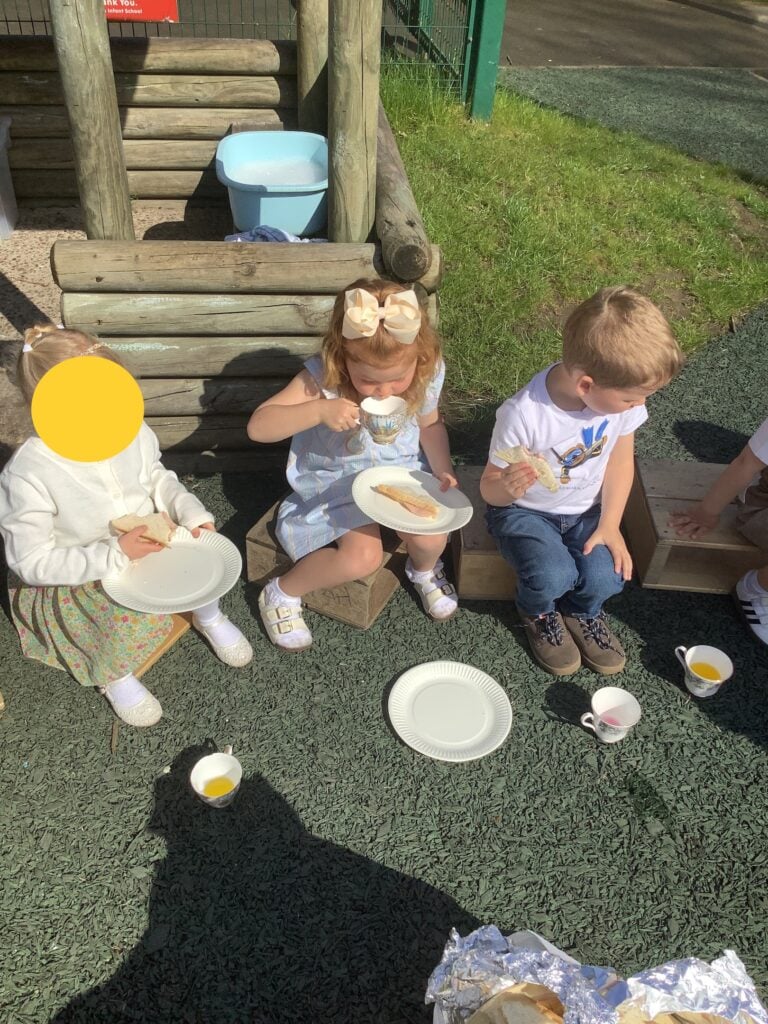
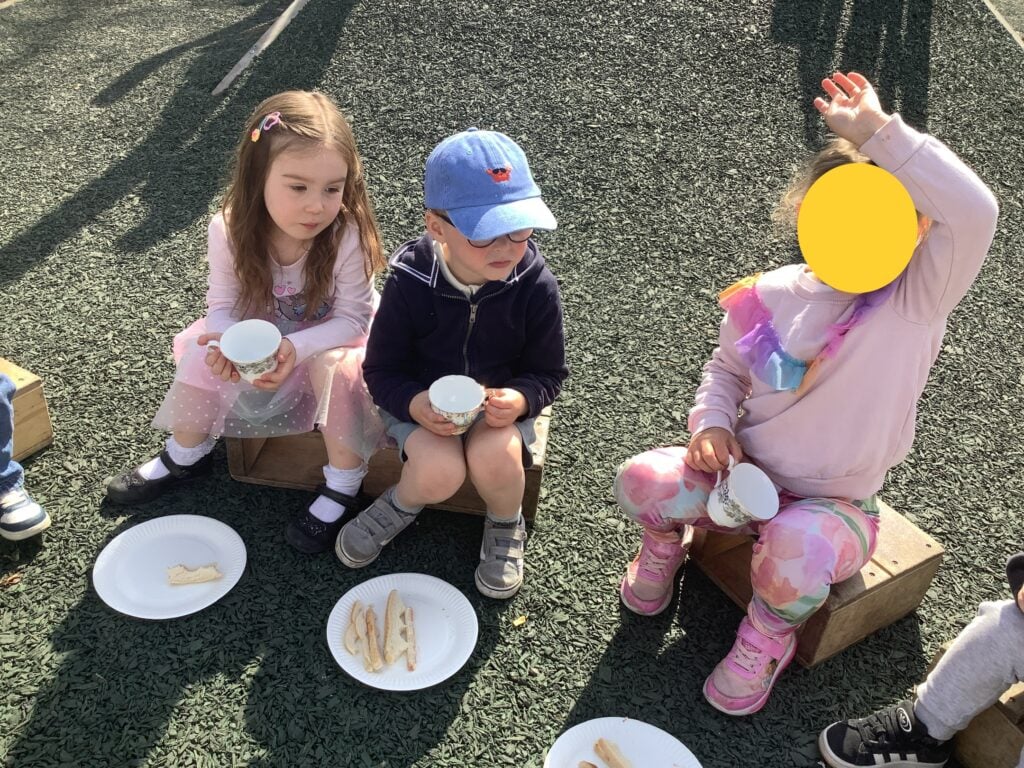
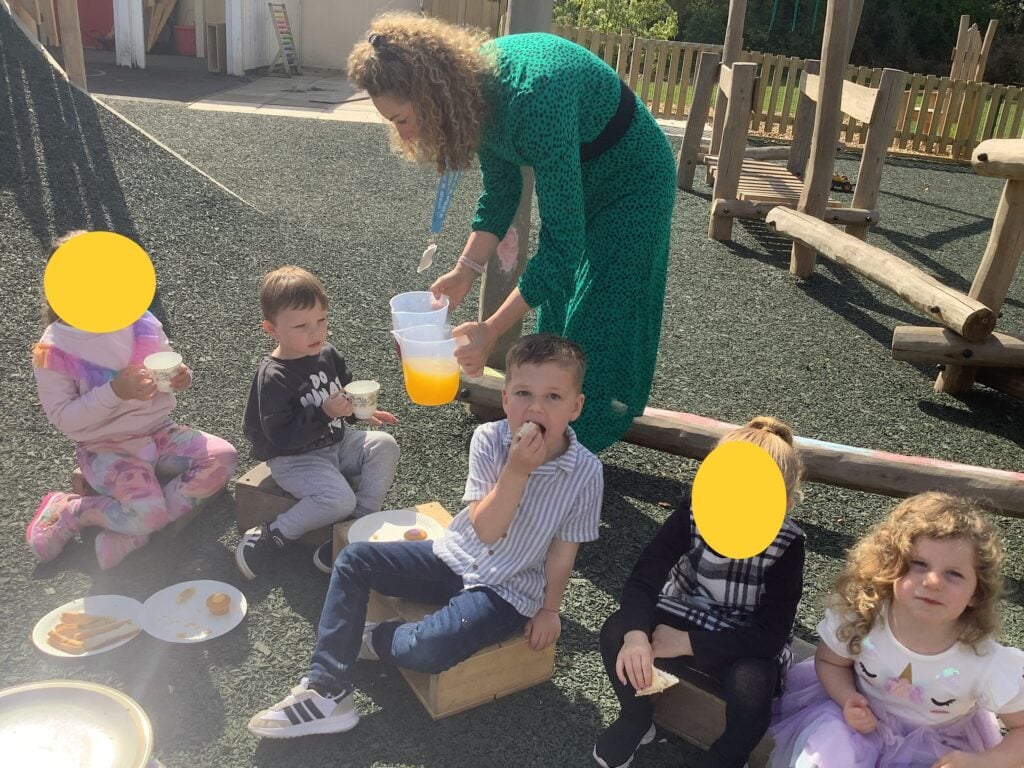
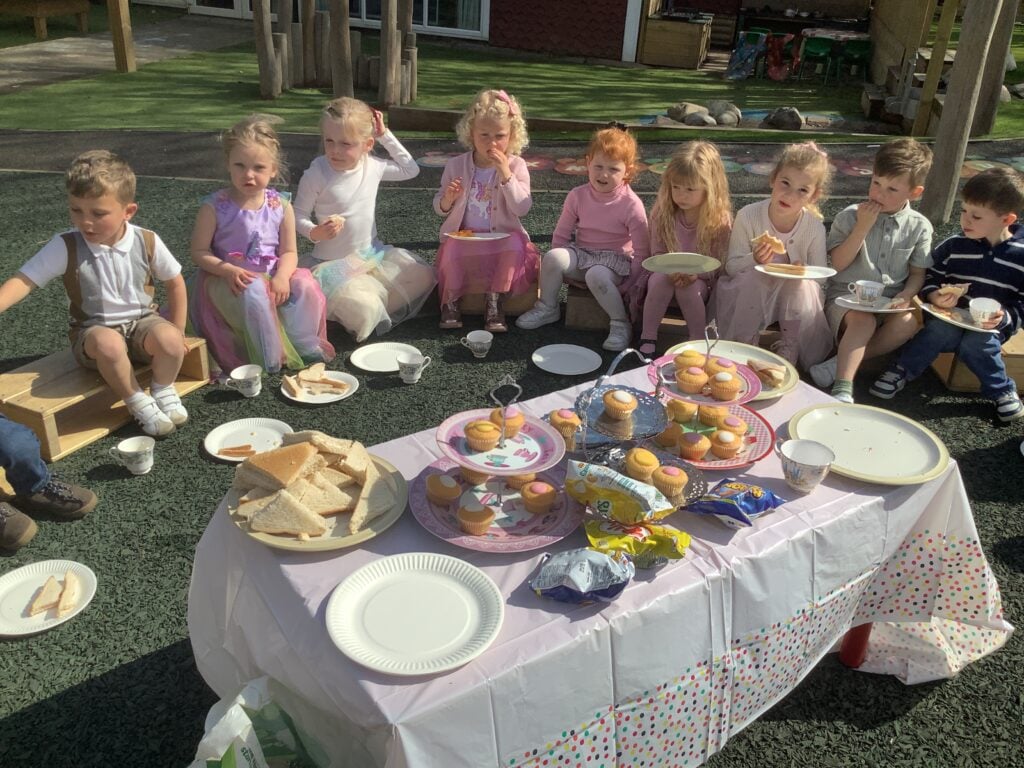
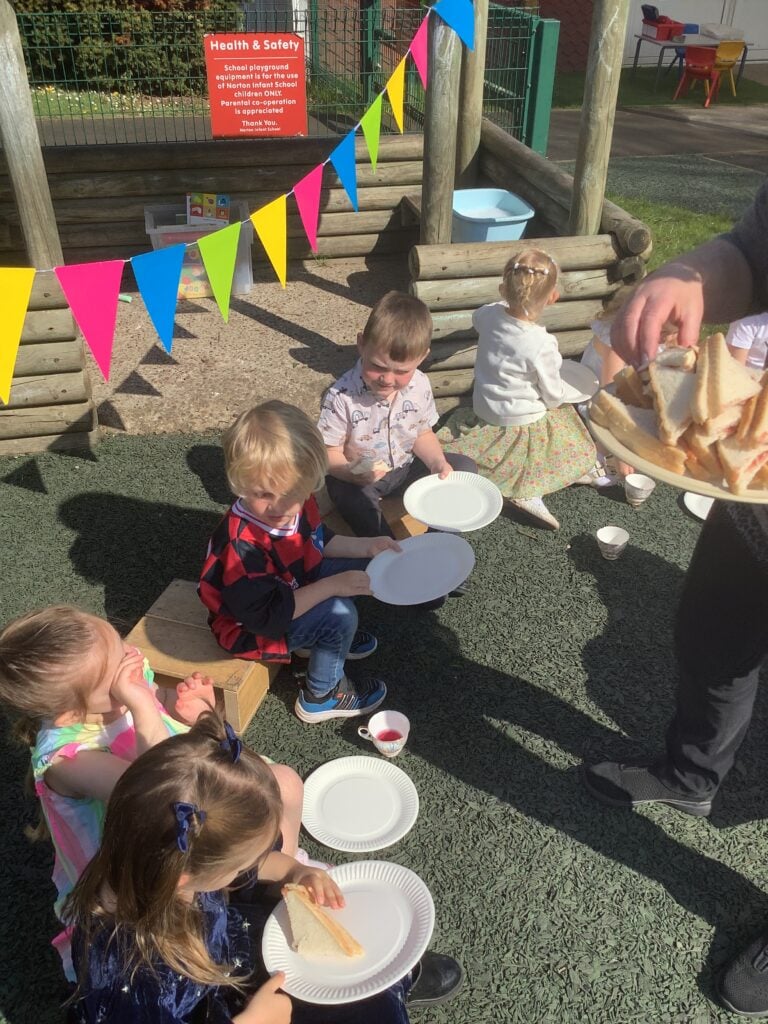
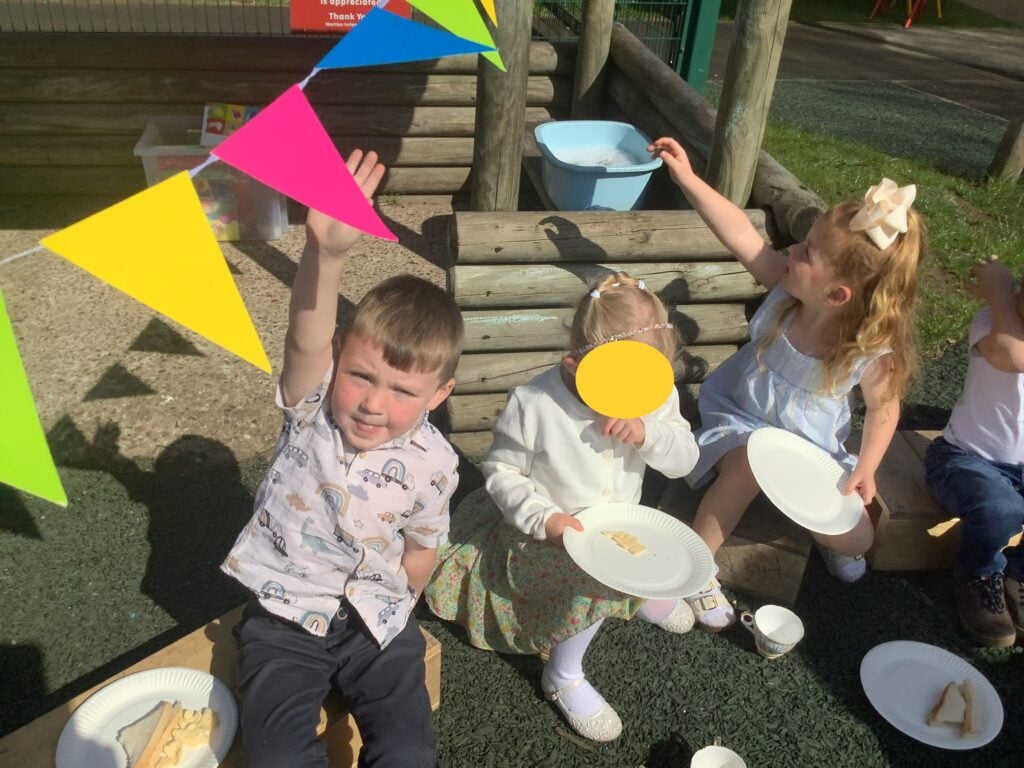
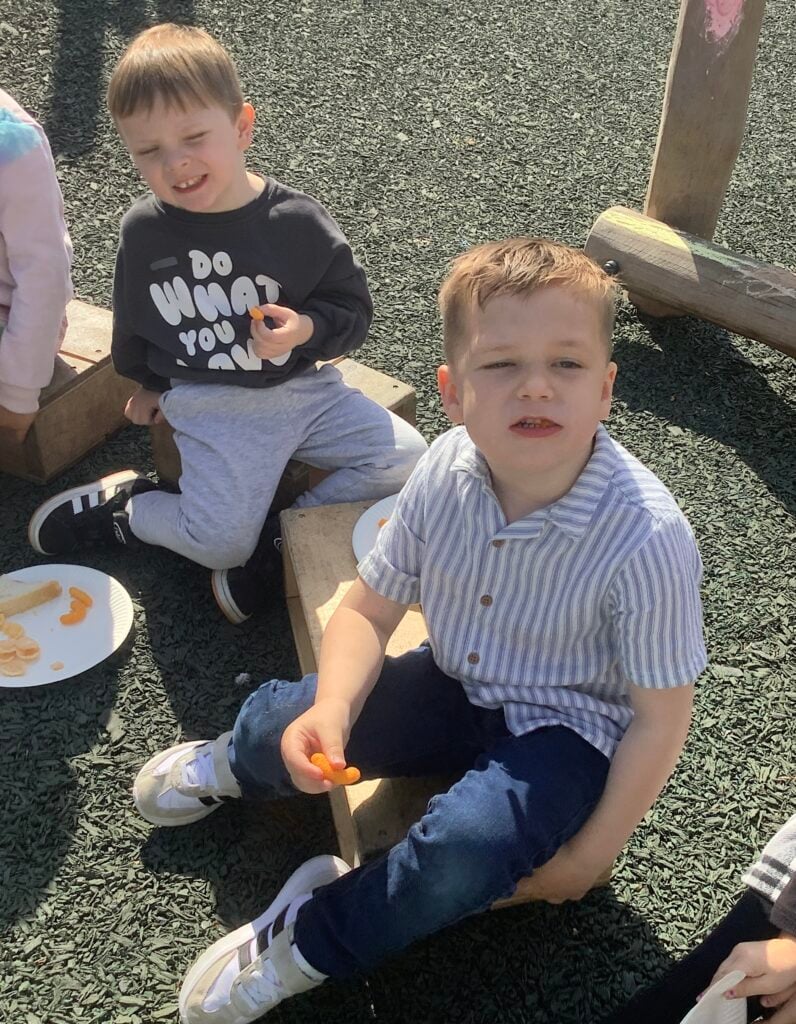
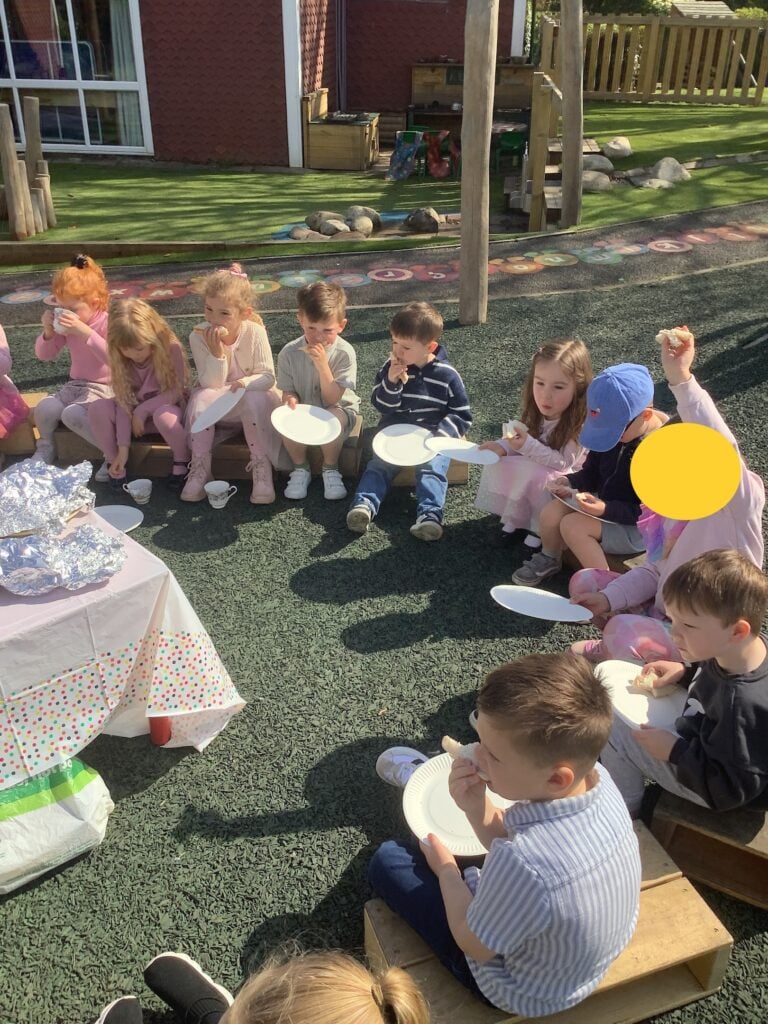
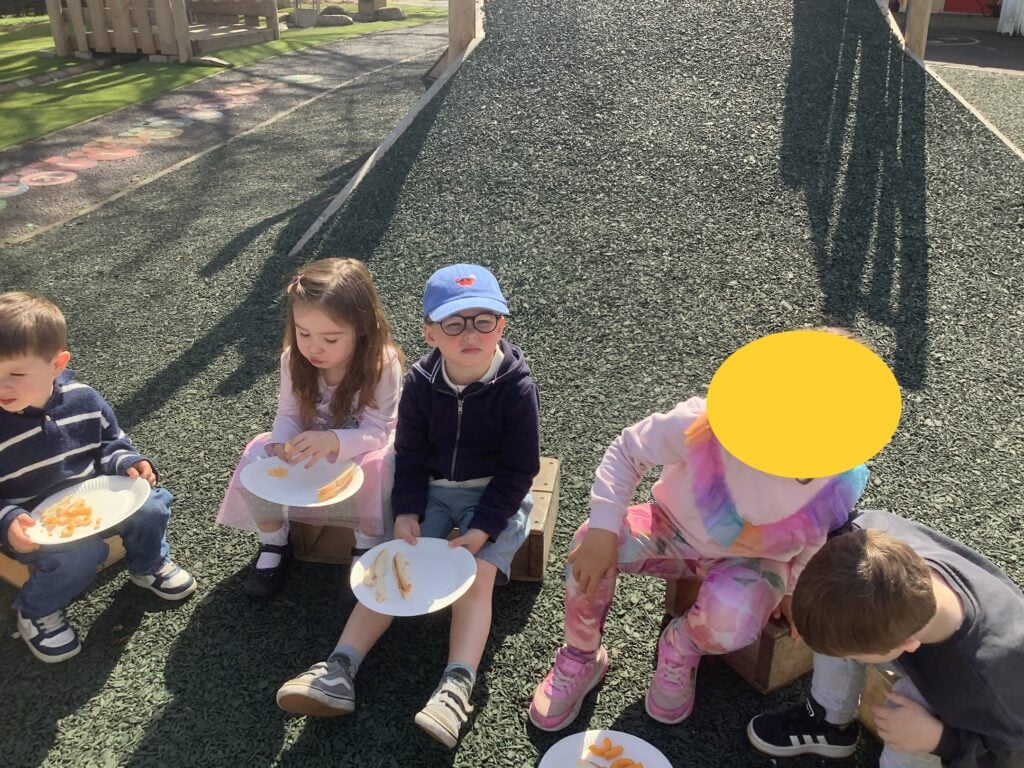
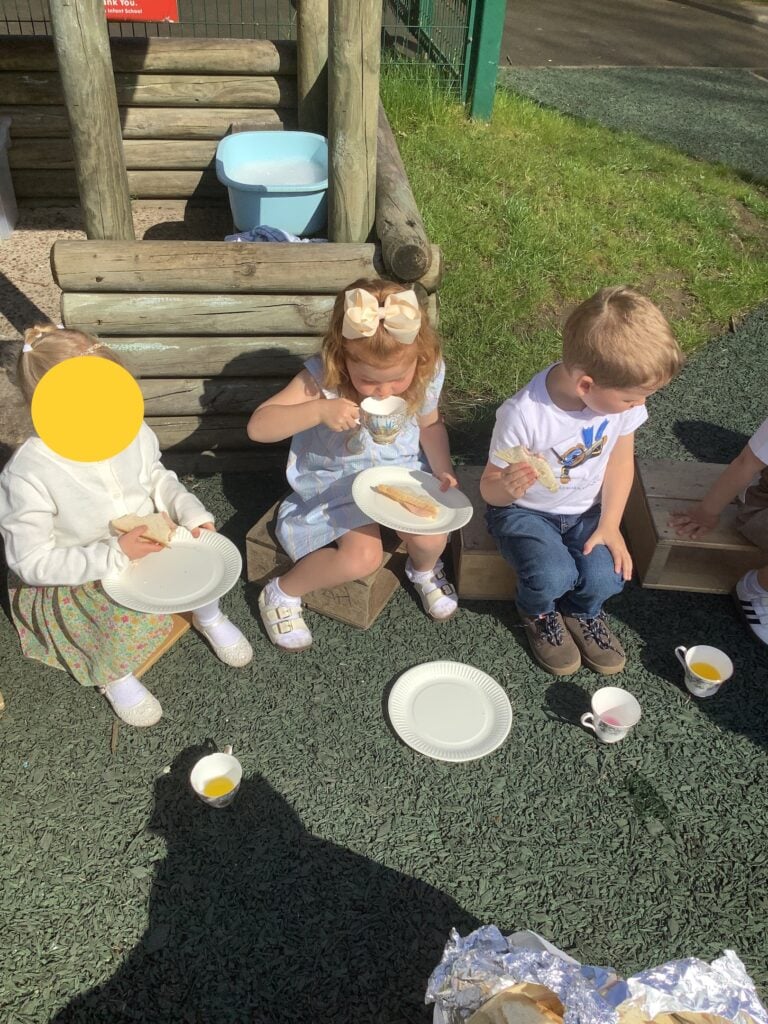
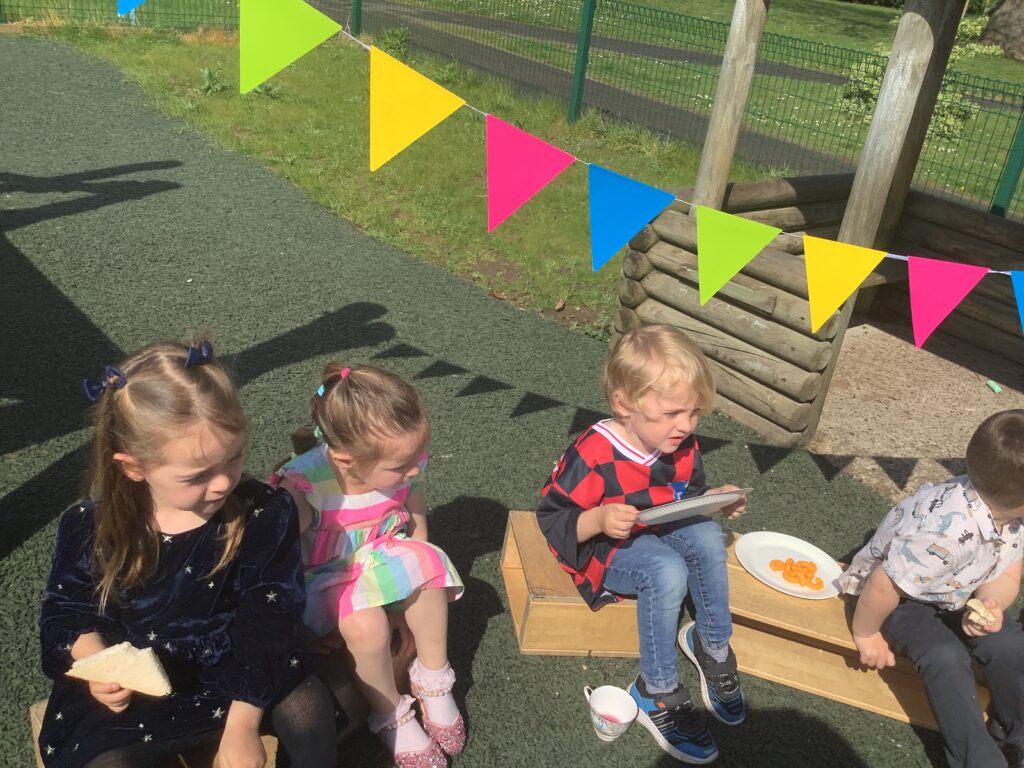
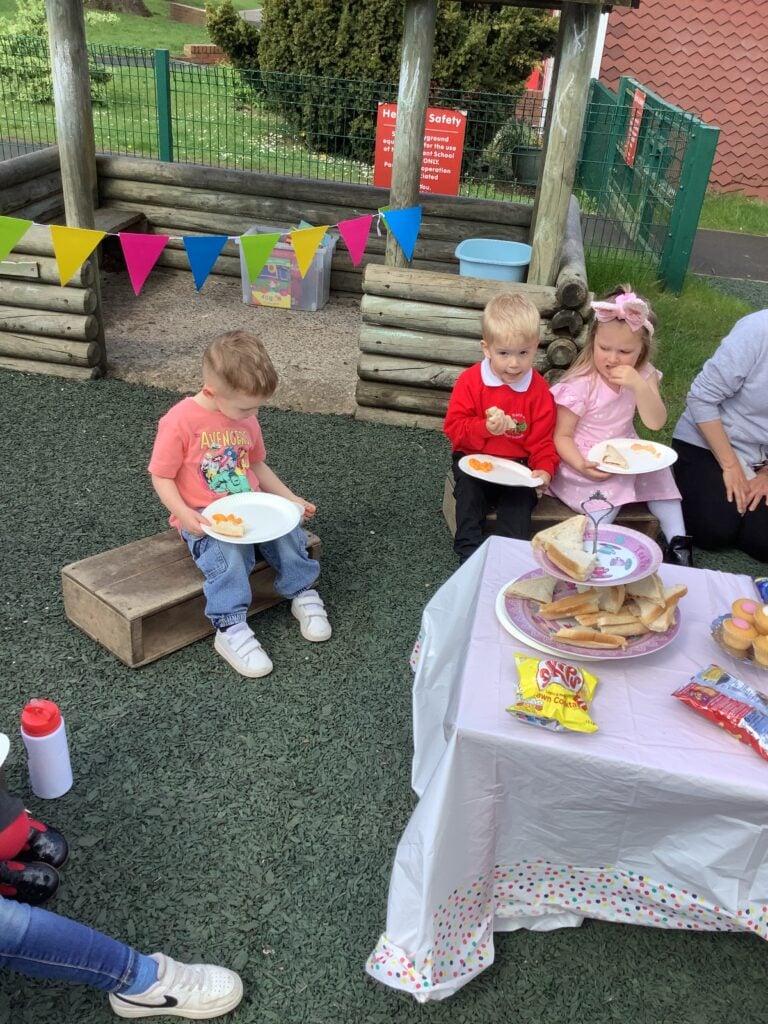
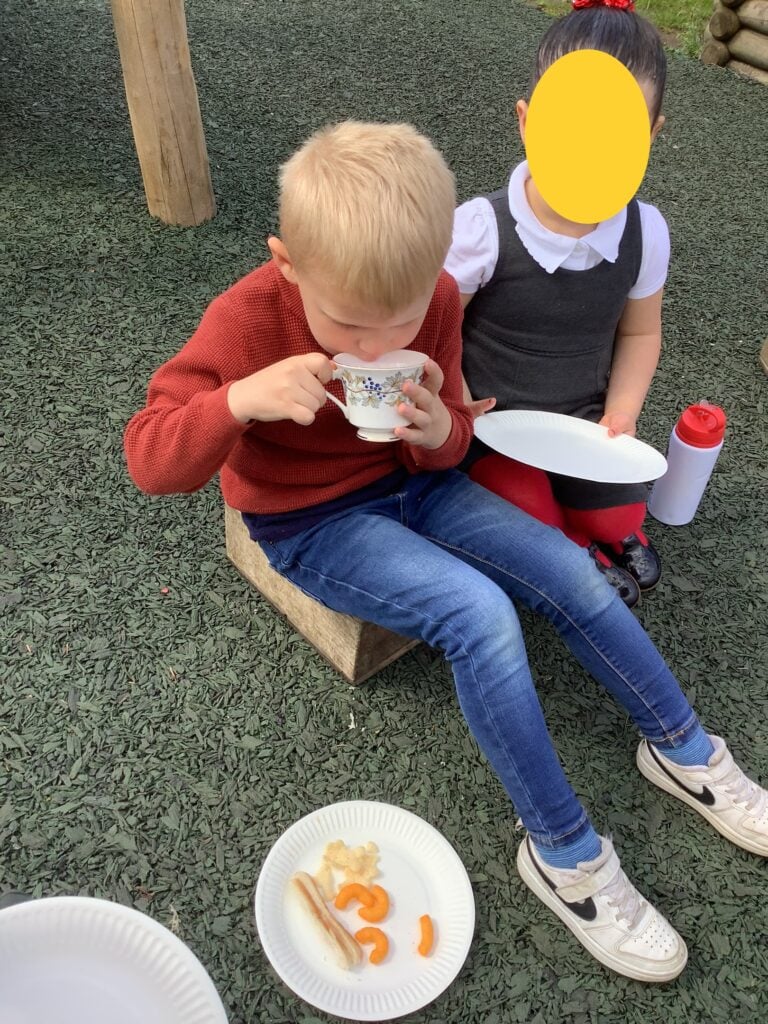
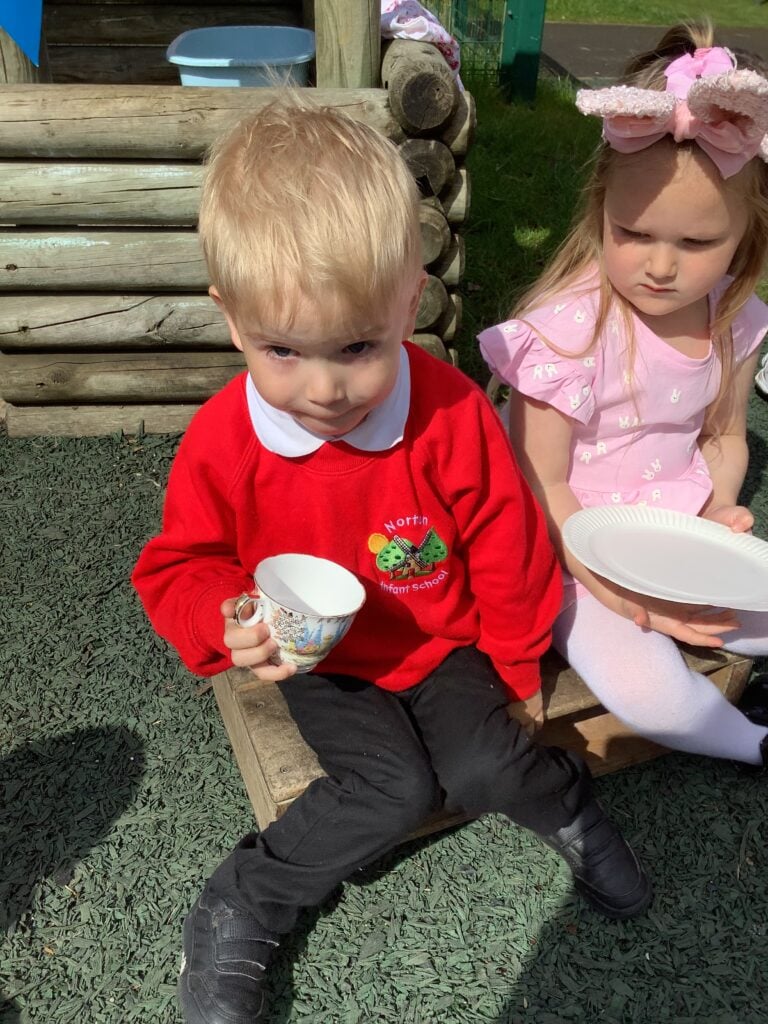
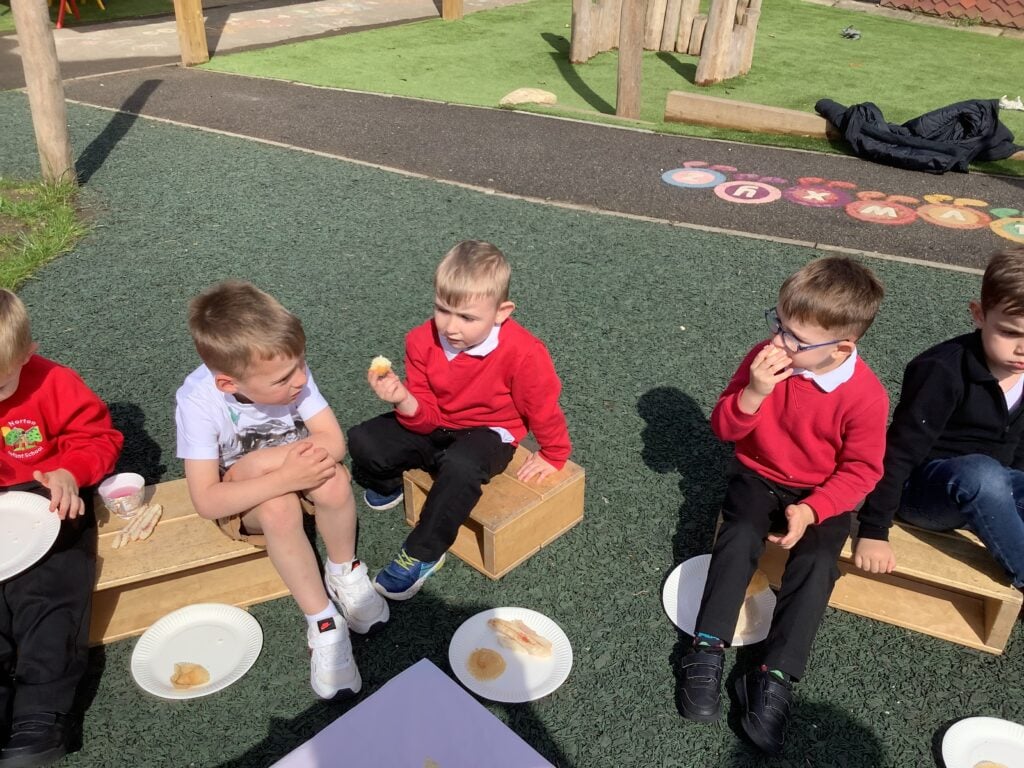
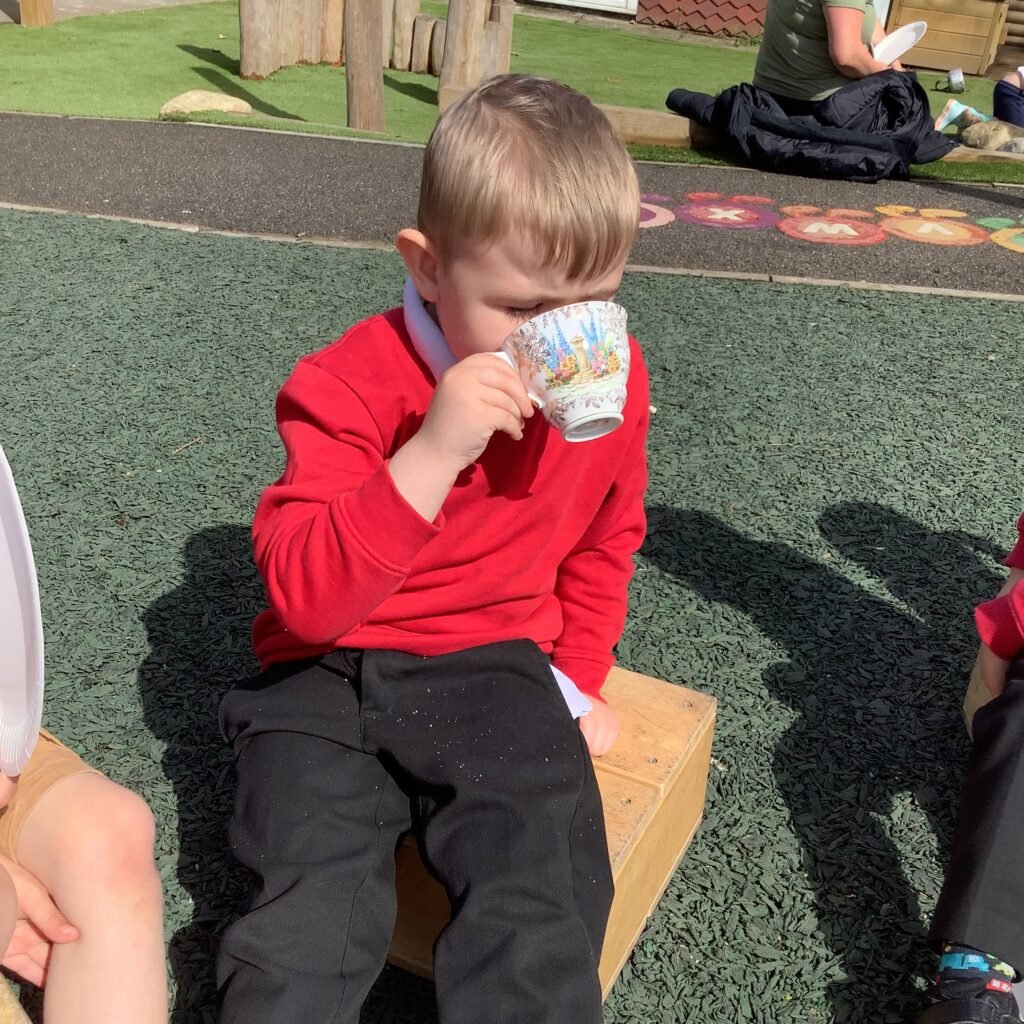
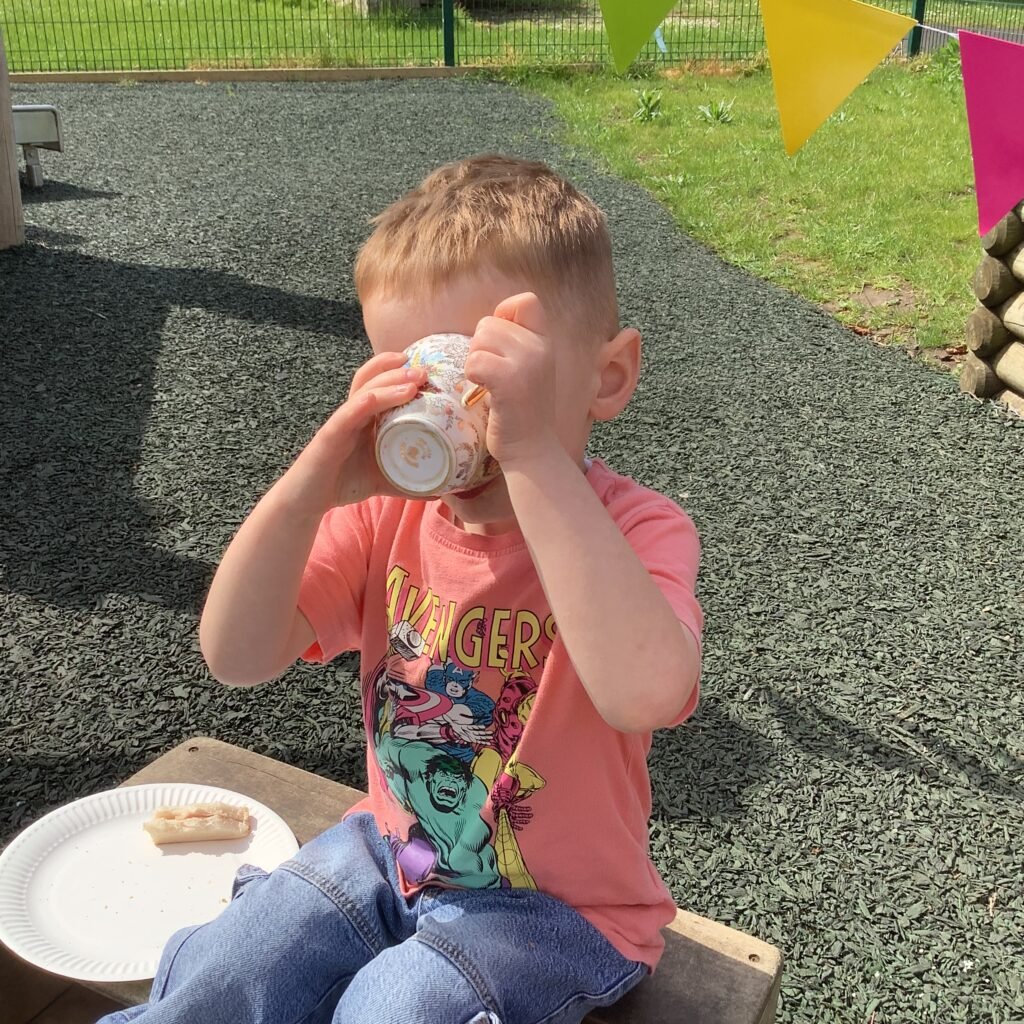

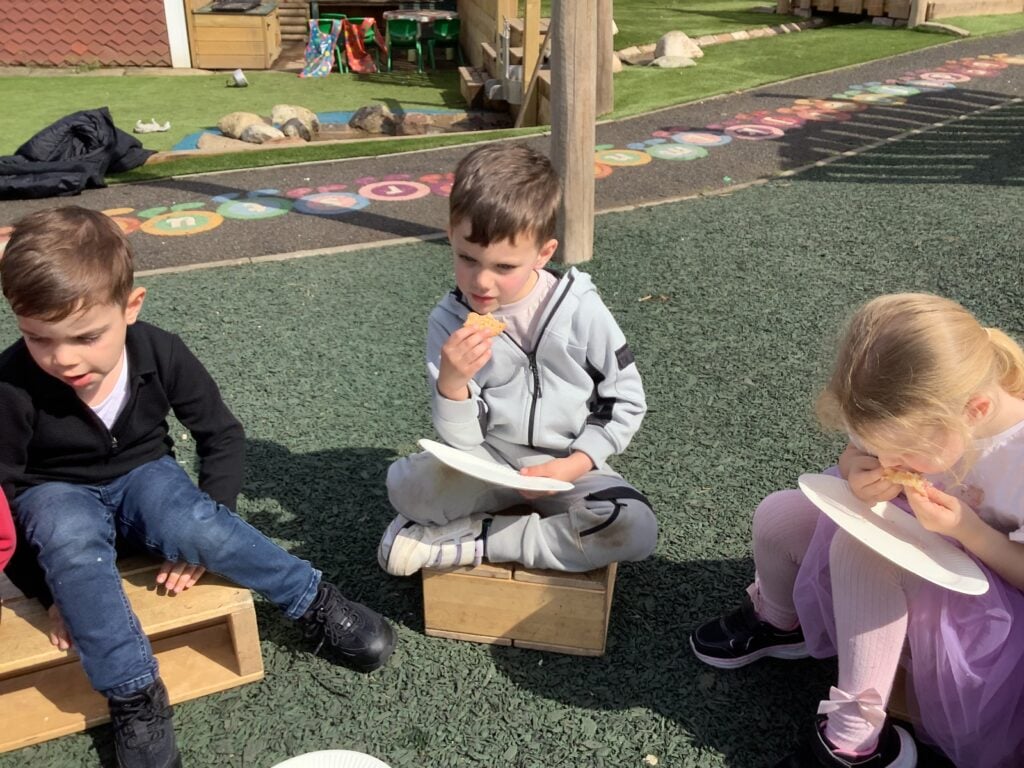
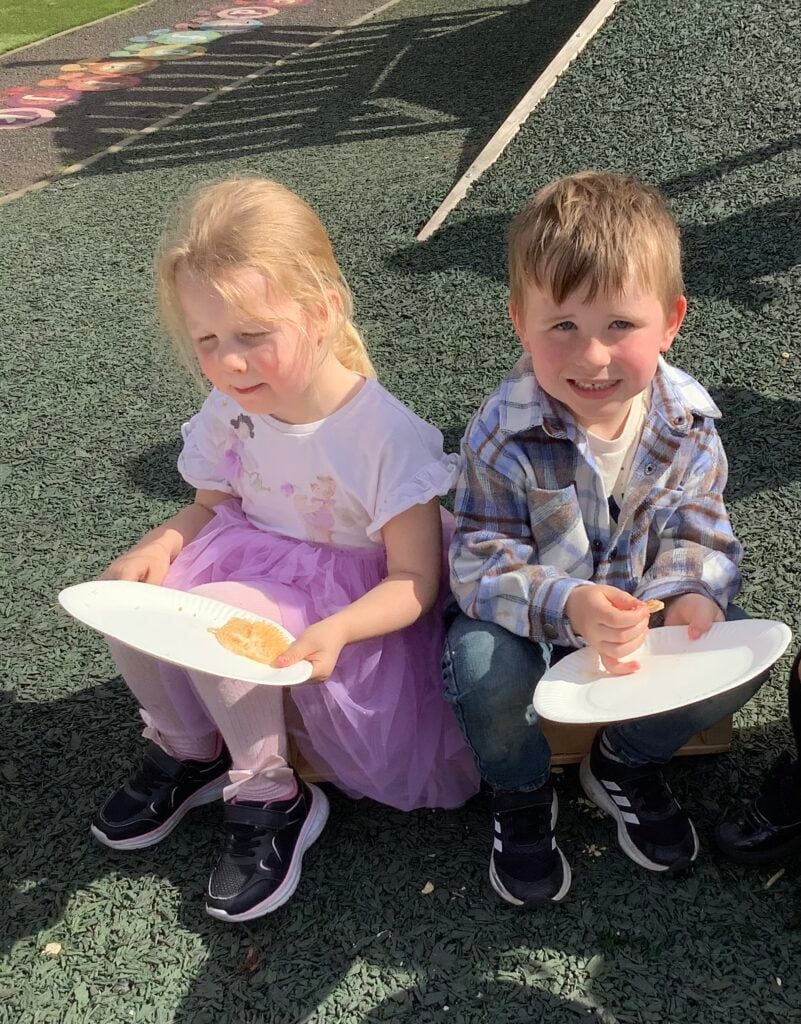
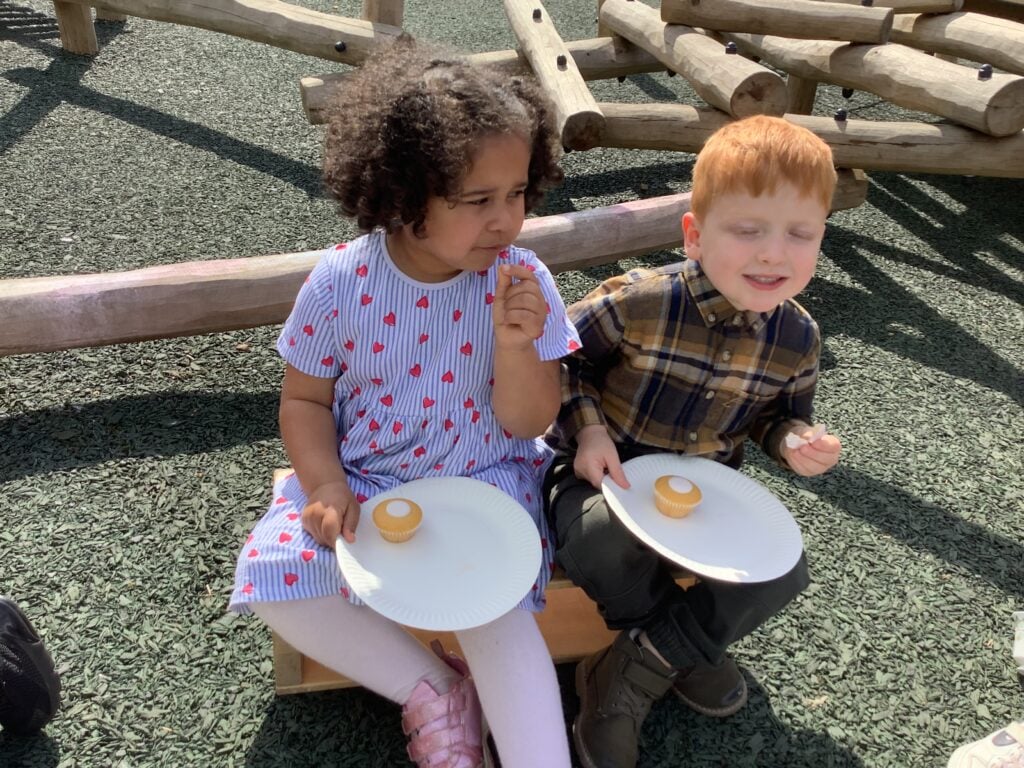
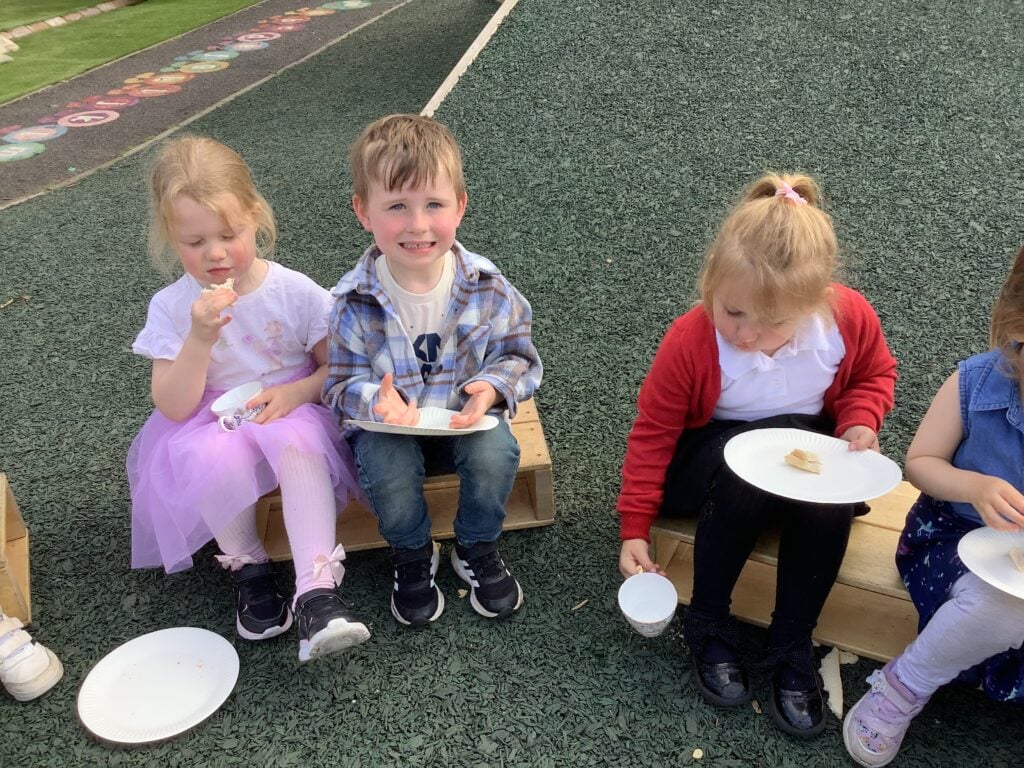
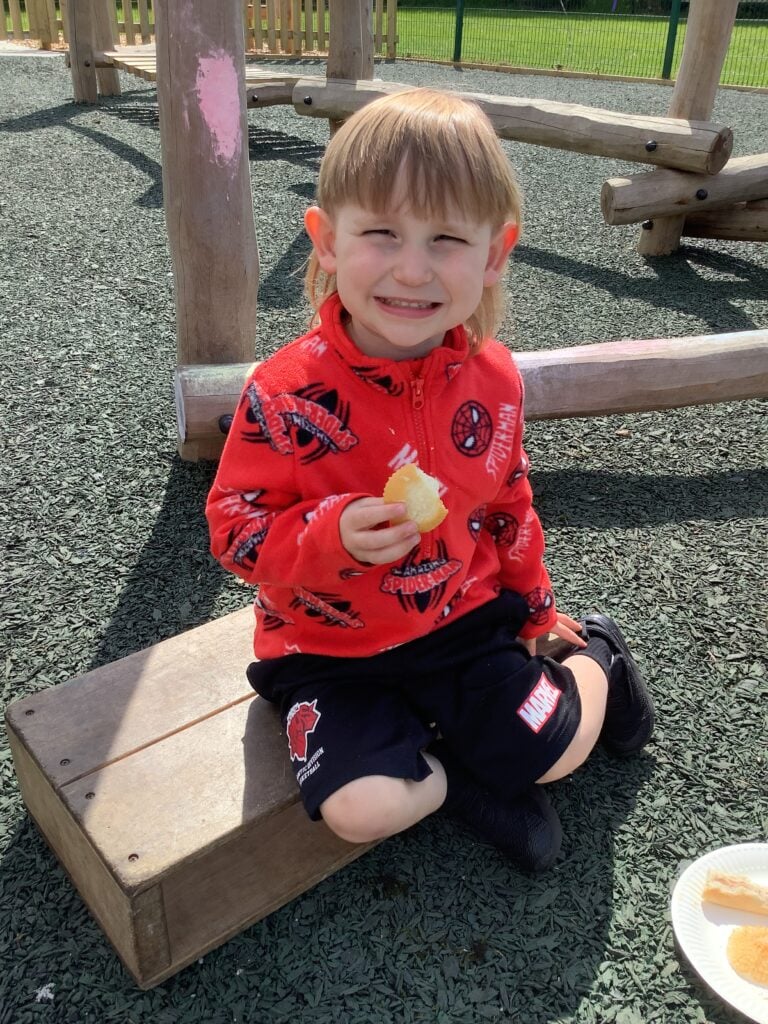
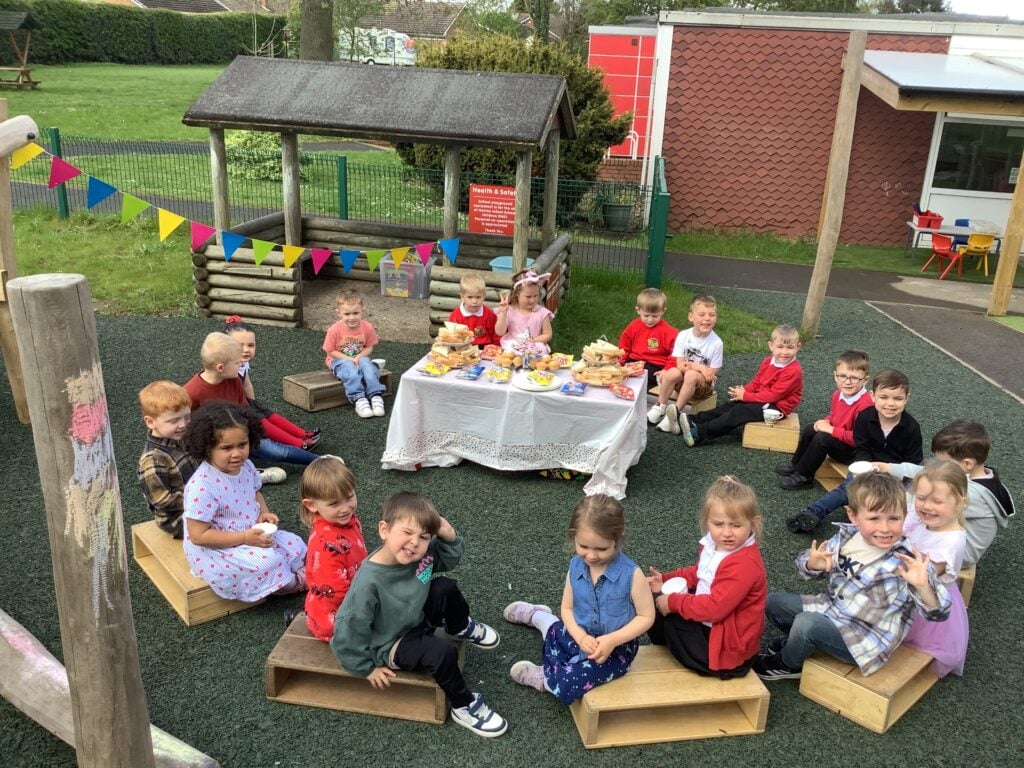
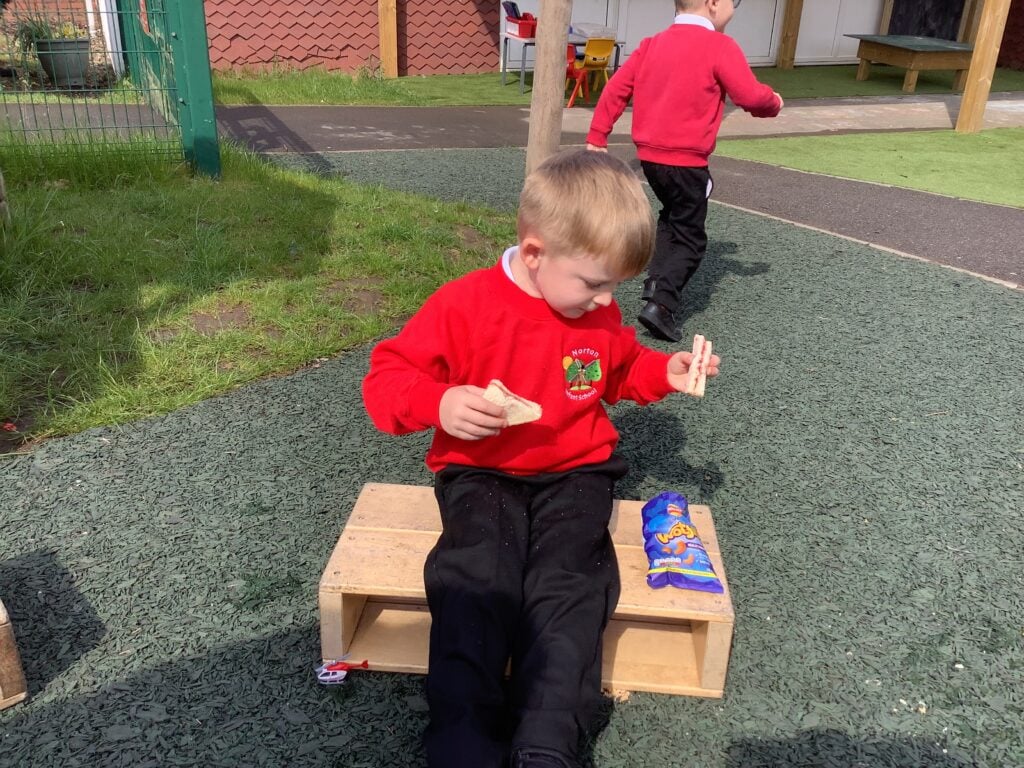
In every good fairytale plot there is a mystery object that helps the hero or villain to succeed or cause mayhem! The children took part in a mystery object hunt, finding and naming the objects as they found them.
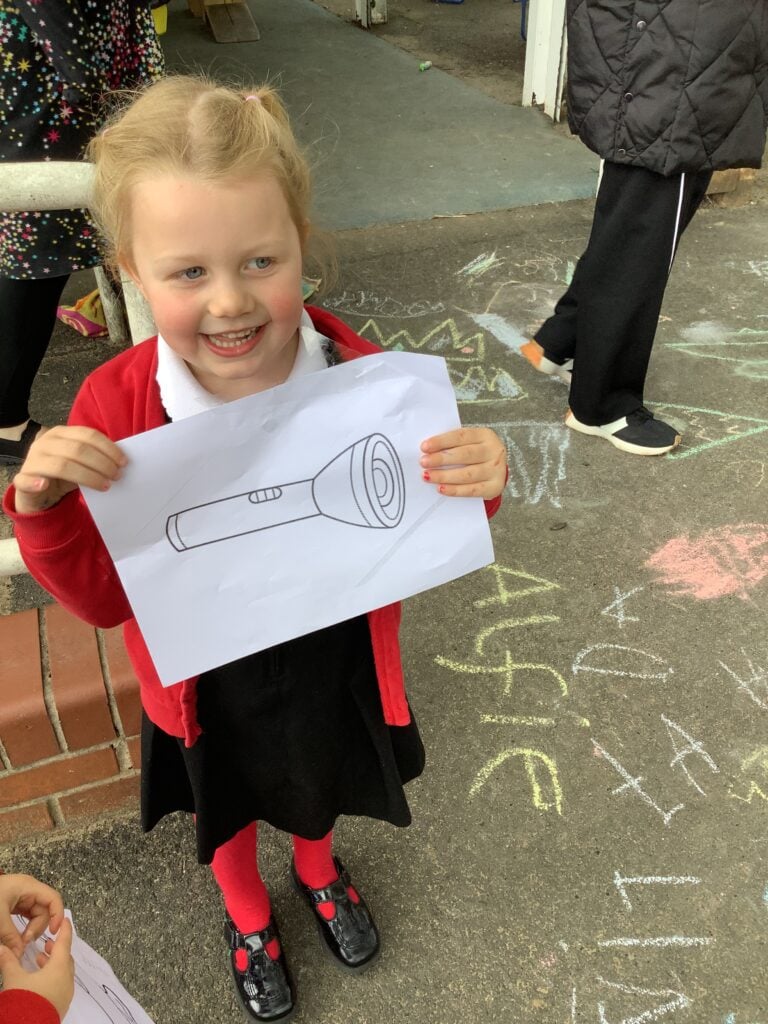
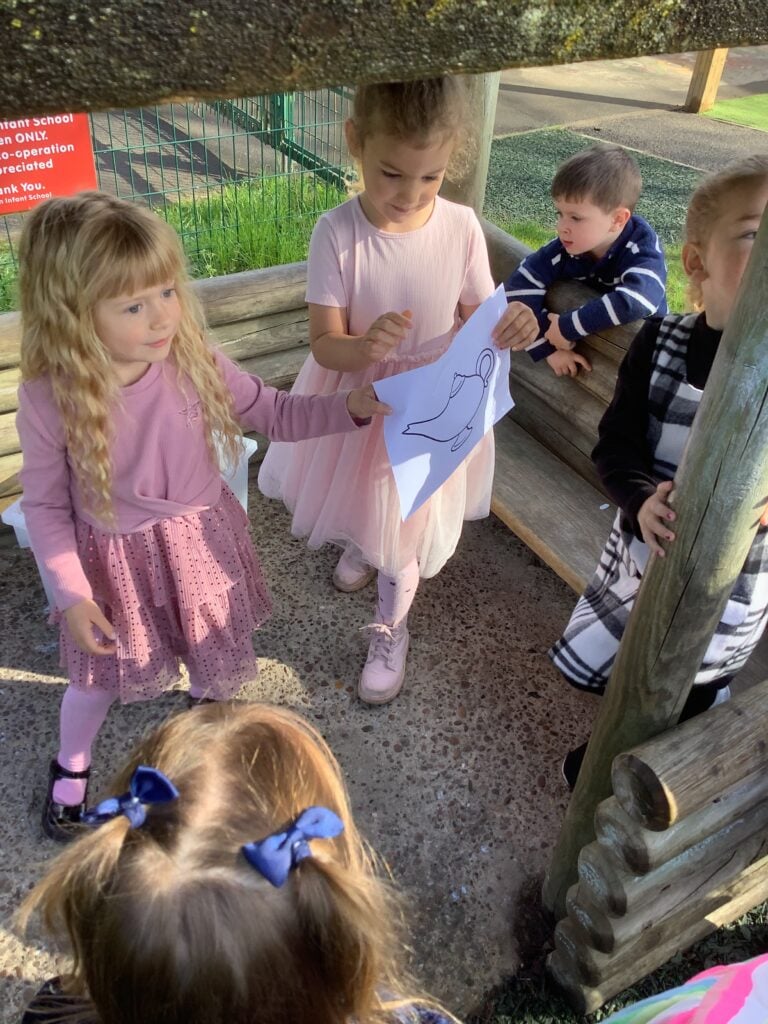
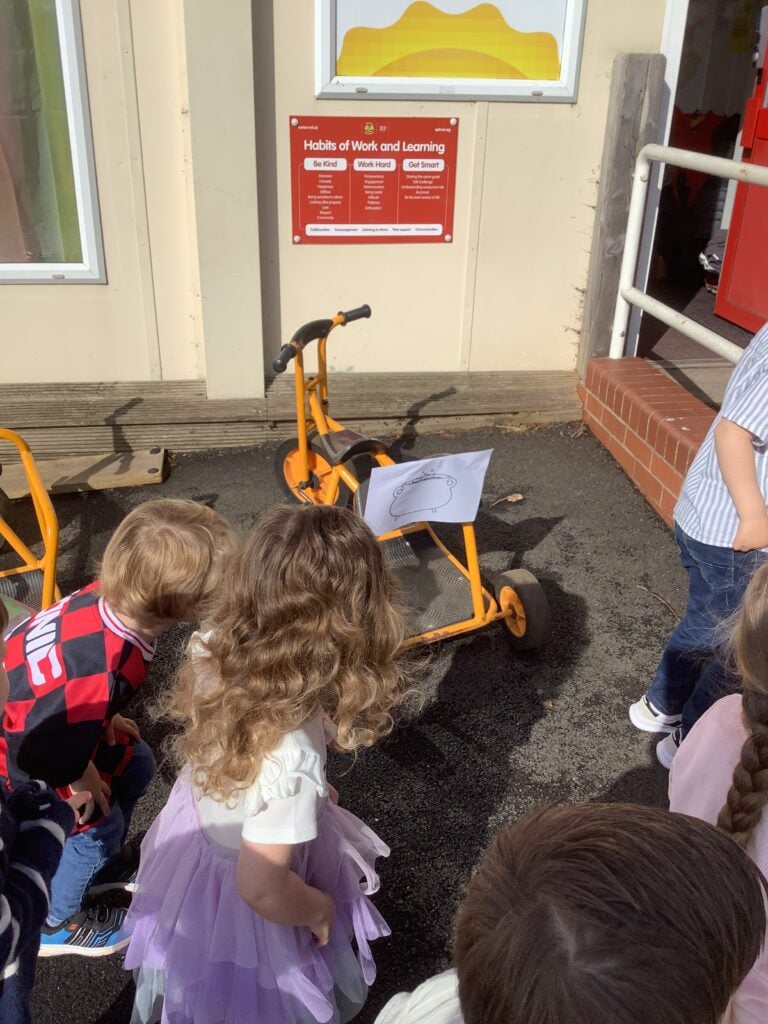
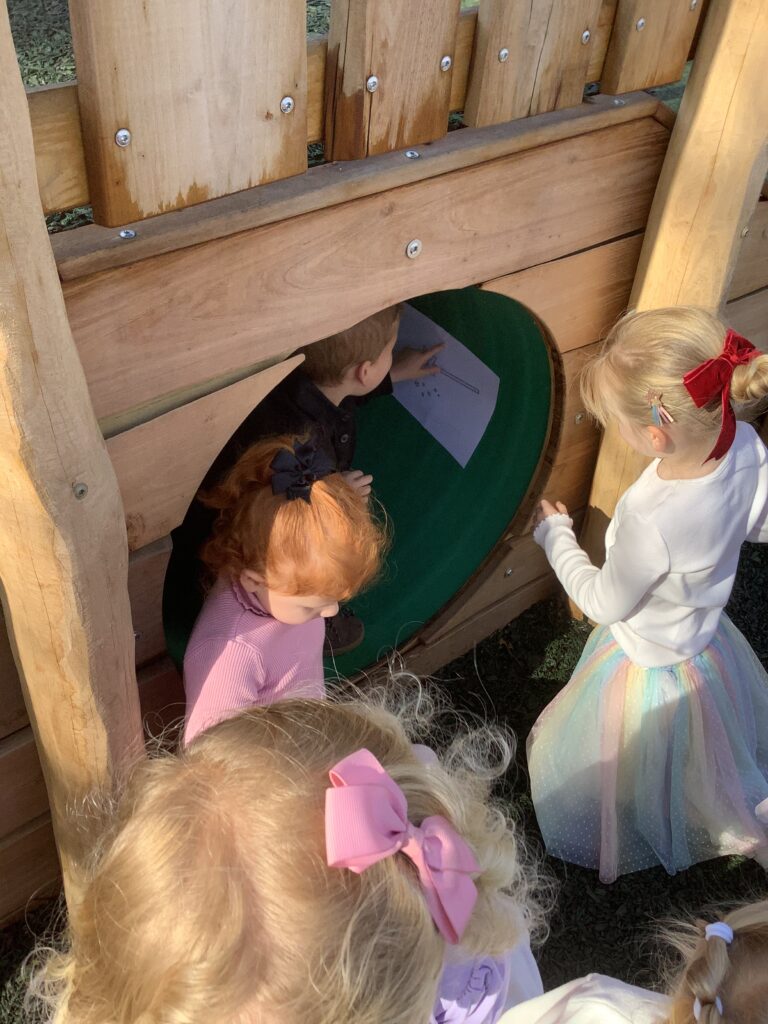
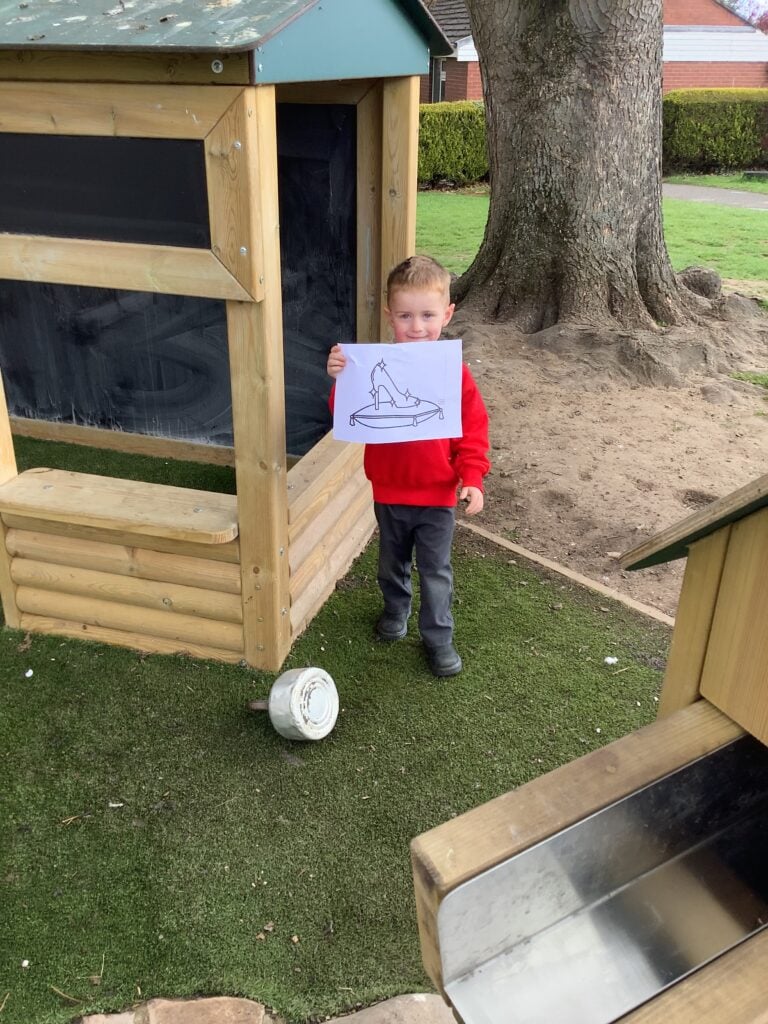
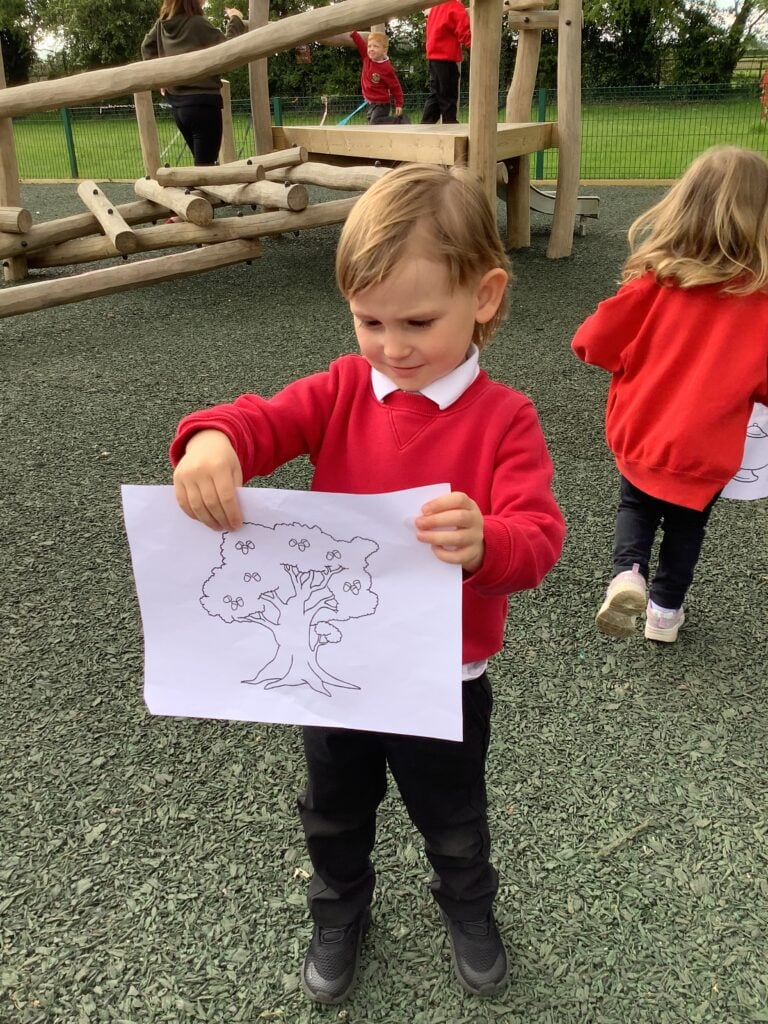
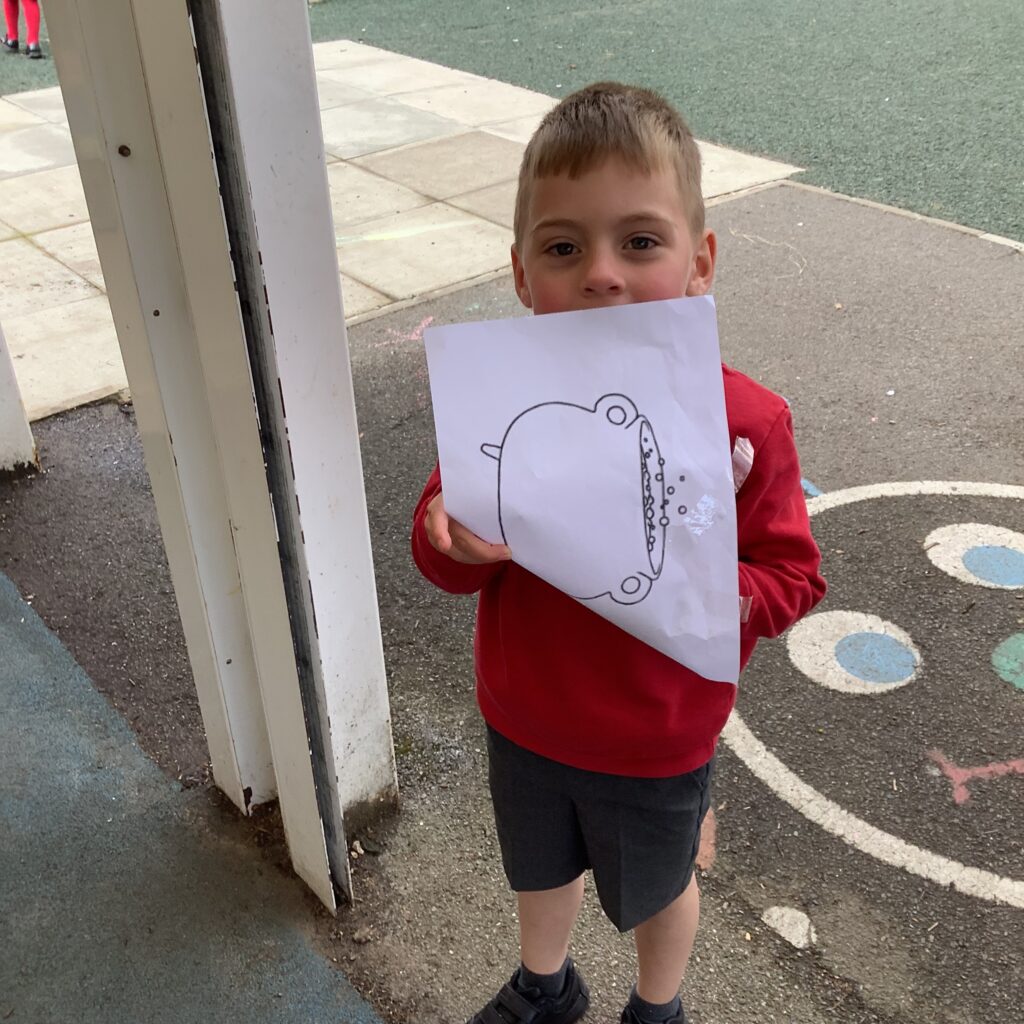
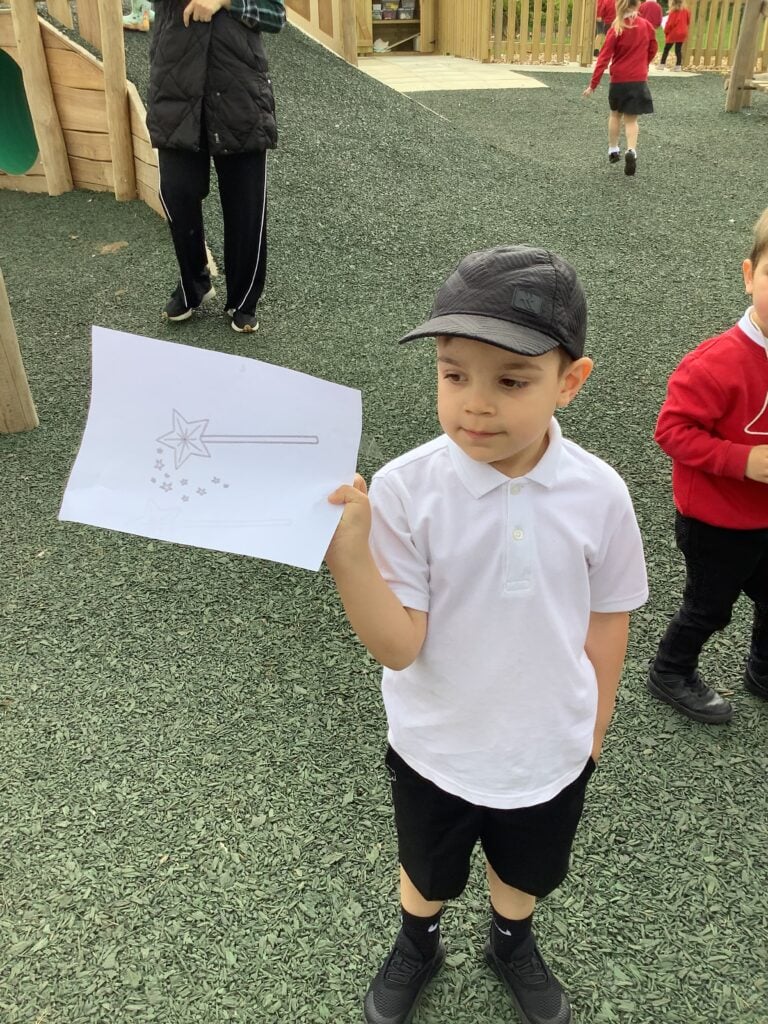
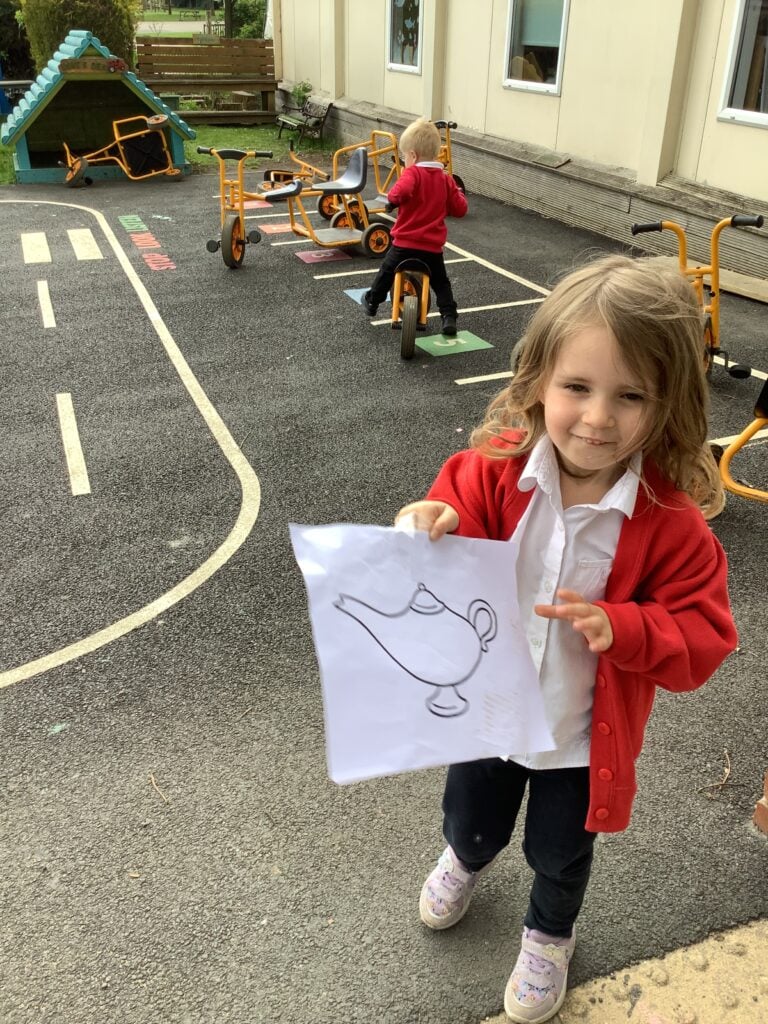
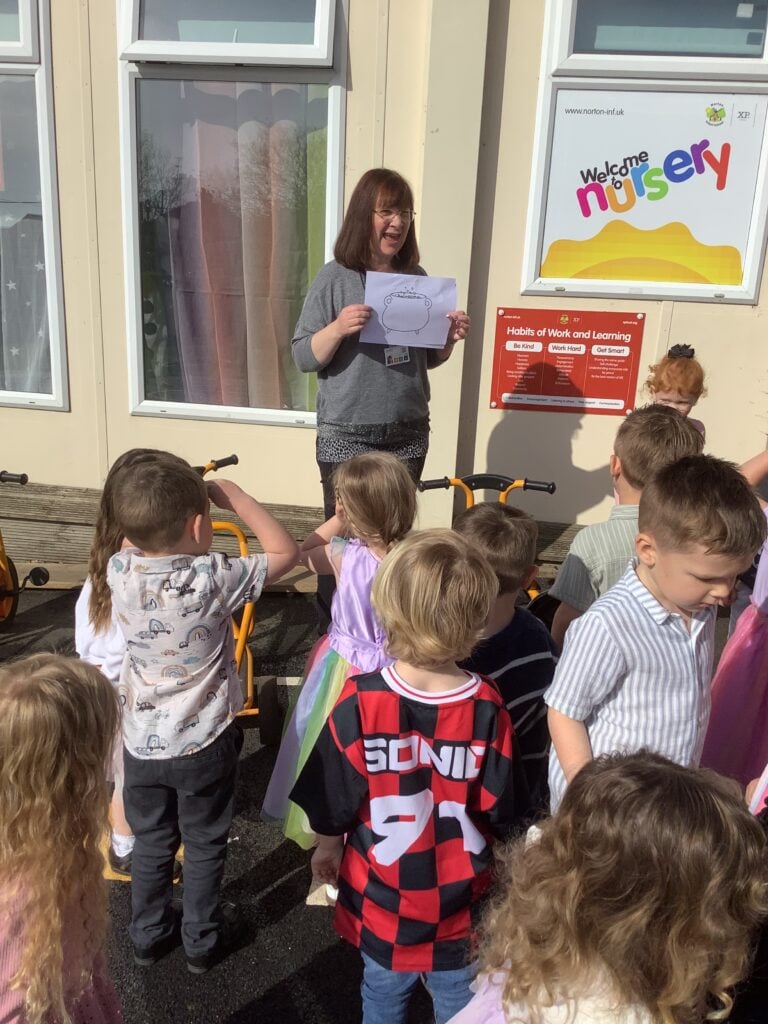
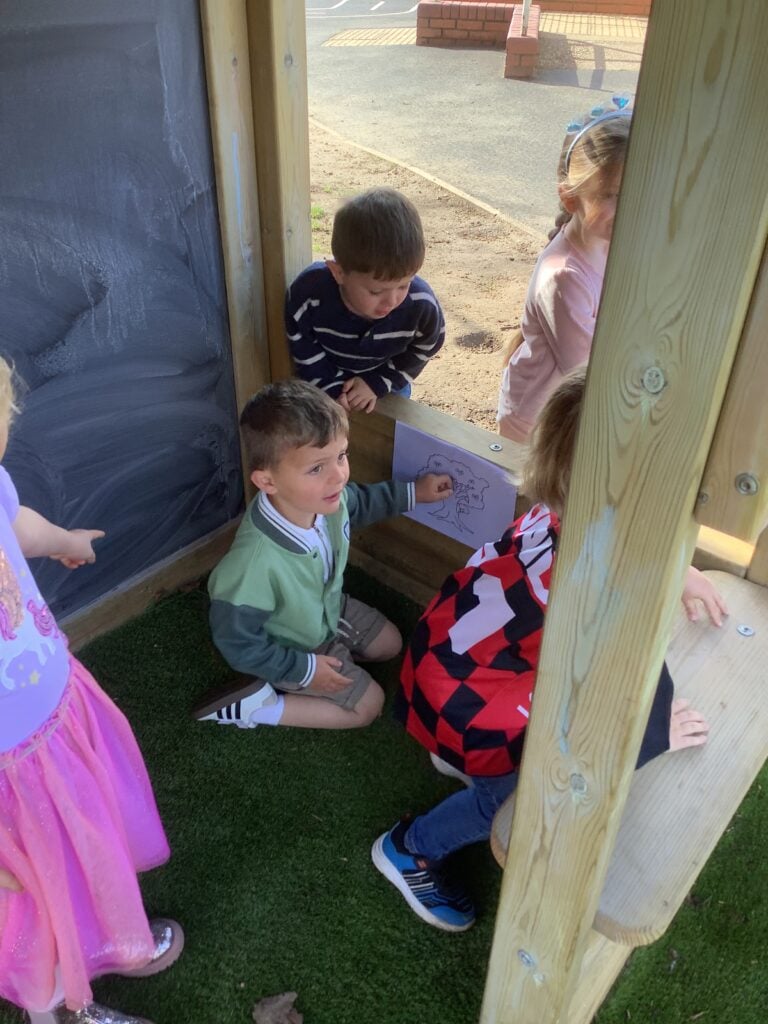
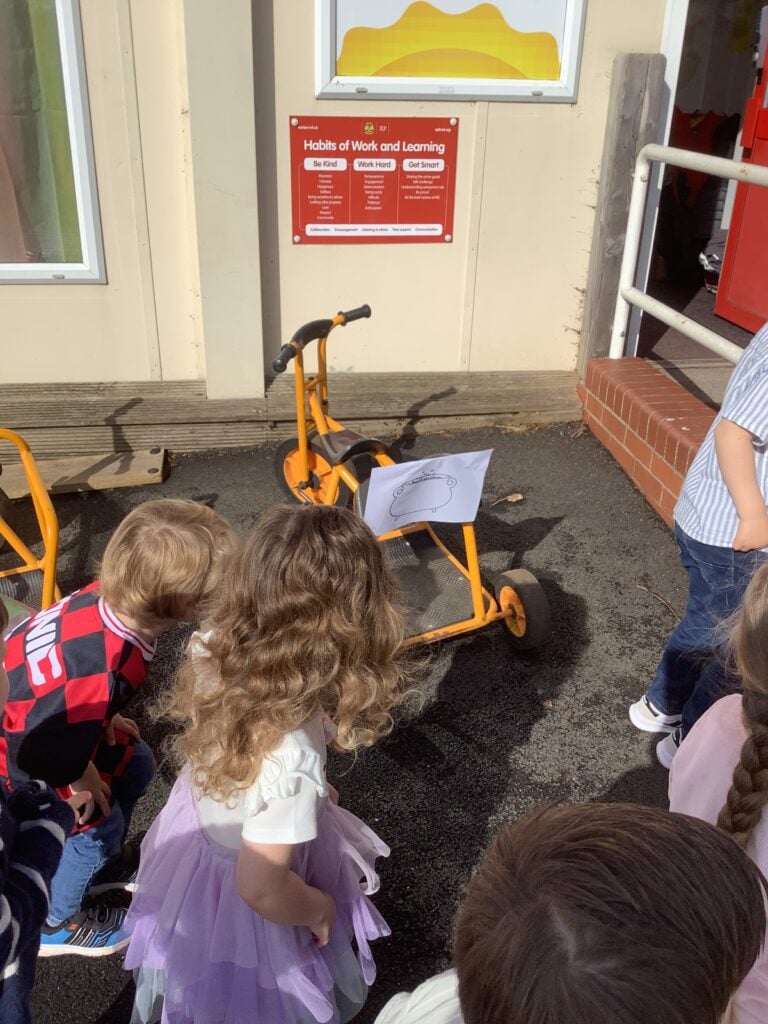
To embed the children’s understanding of these objects further and bring them to life we played a game of Pass the Parcel with the real objects hidden inside. This time the children discussed what the object was, how it feels and what it could be used for? The children had lots of fun and were really respectful and kind to each other by passing the parcel quickly and carefully to their friends.

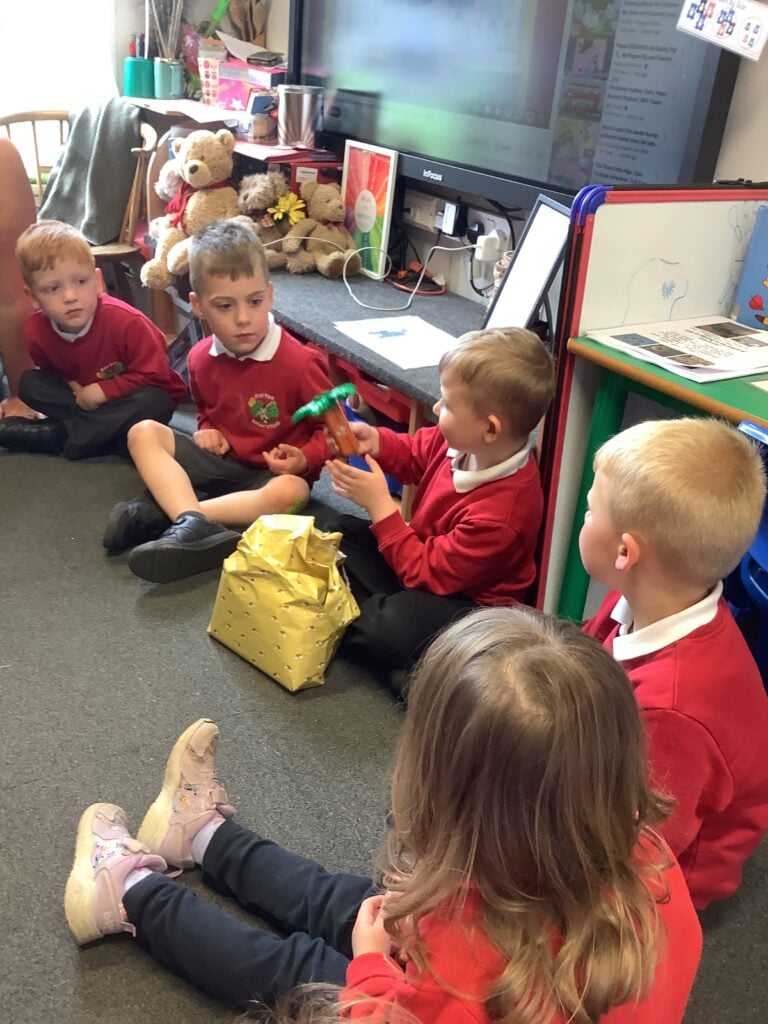
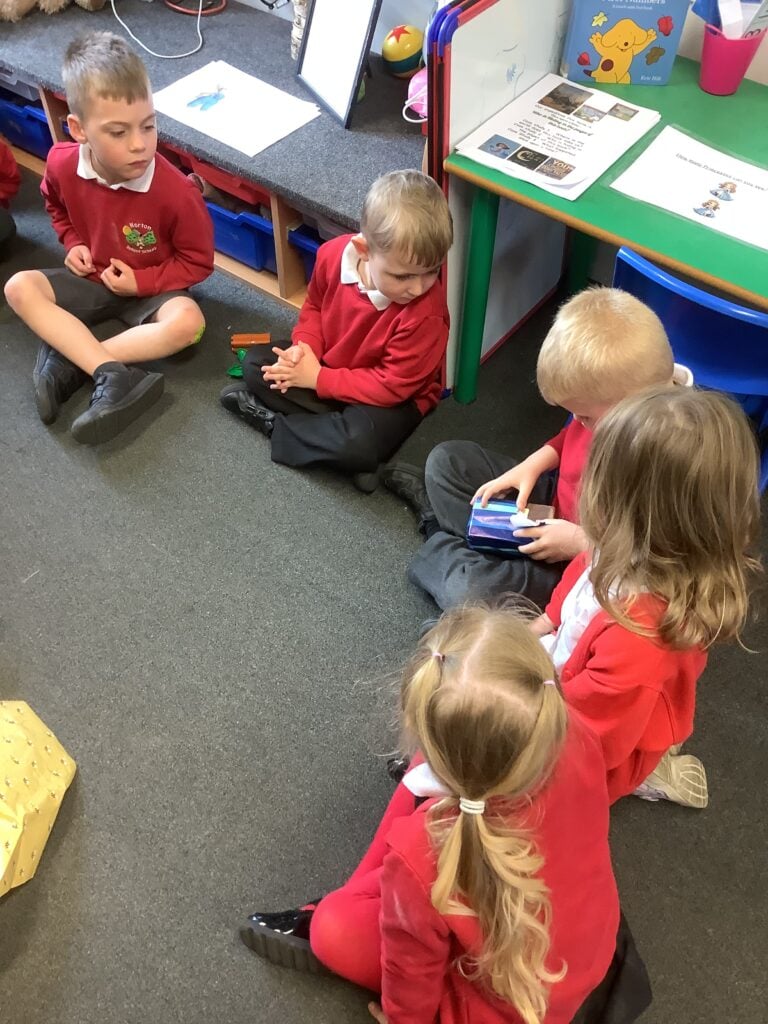
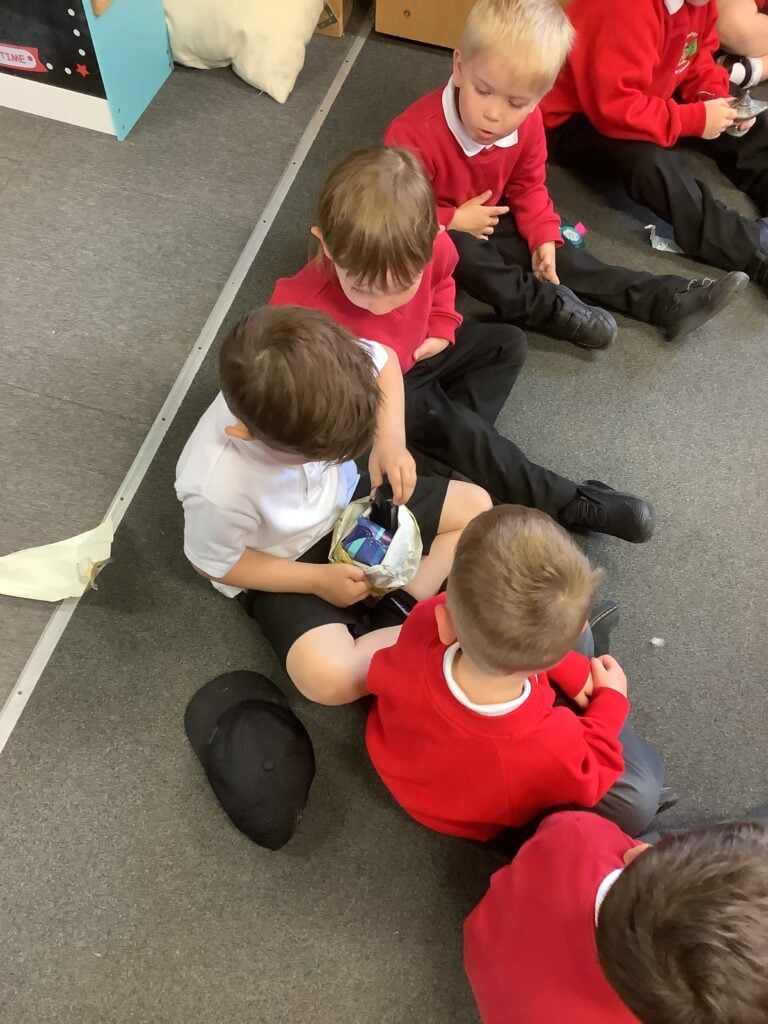
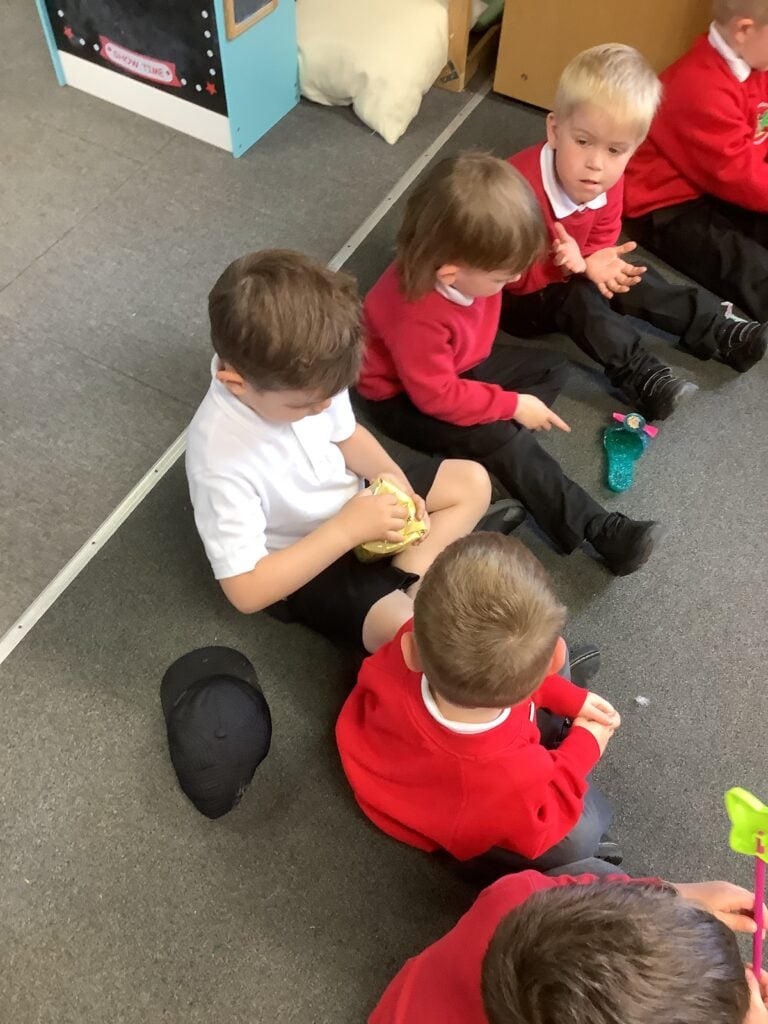
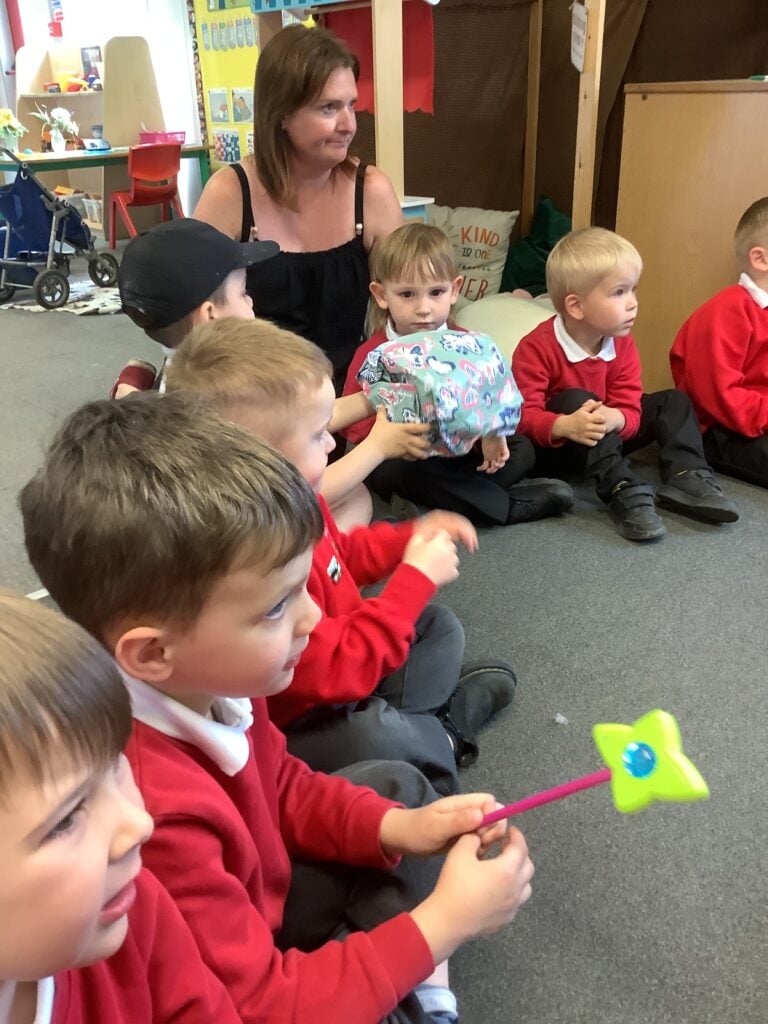
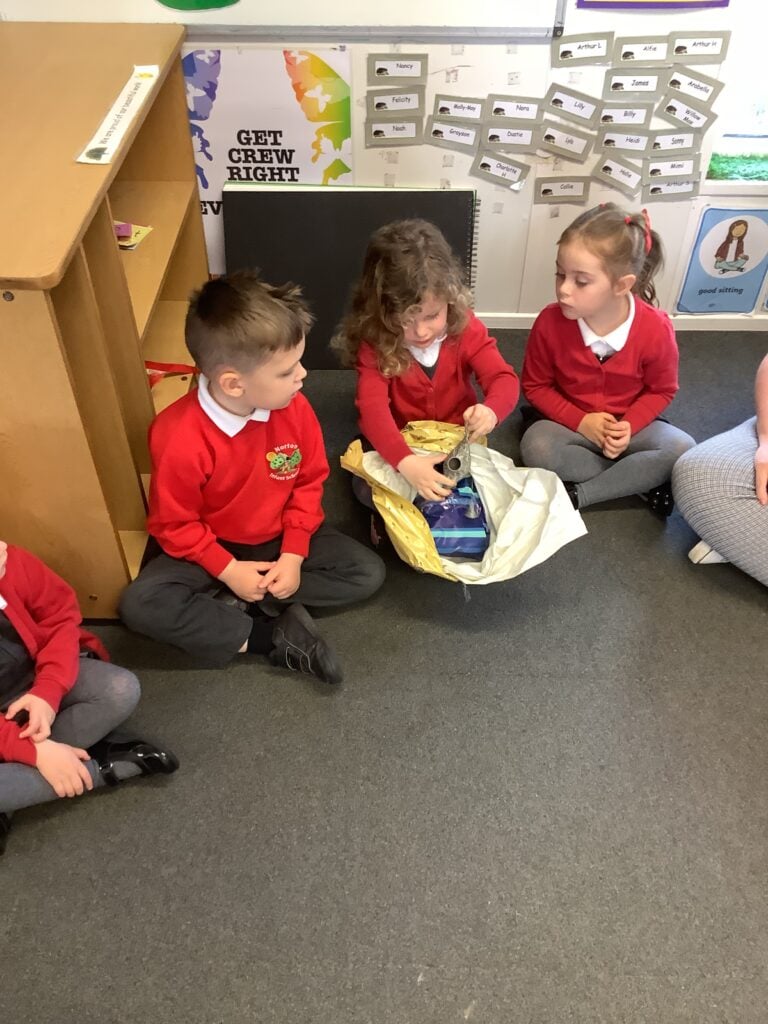
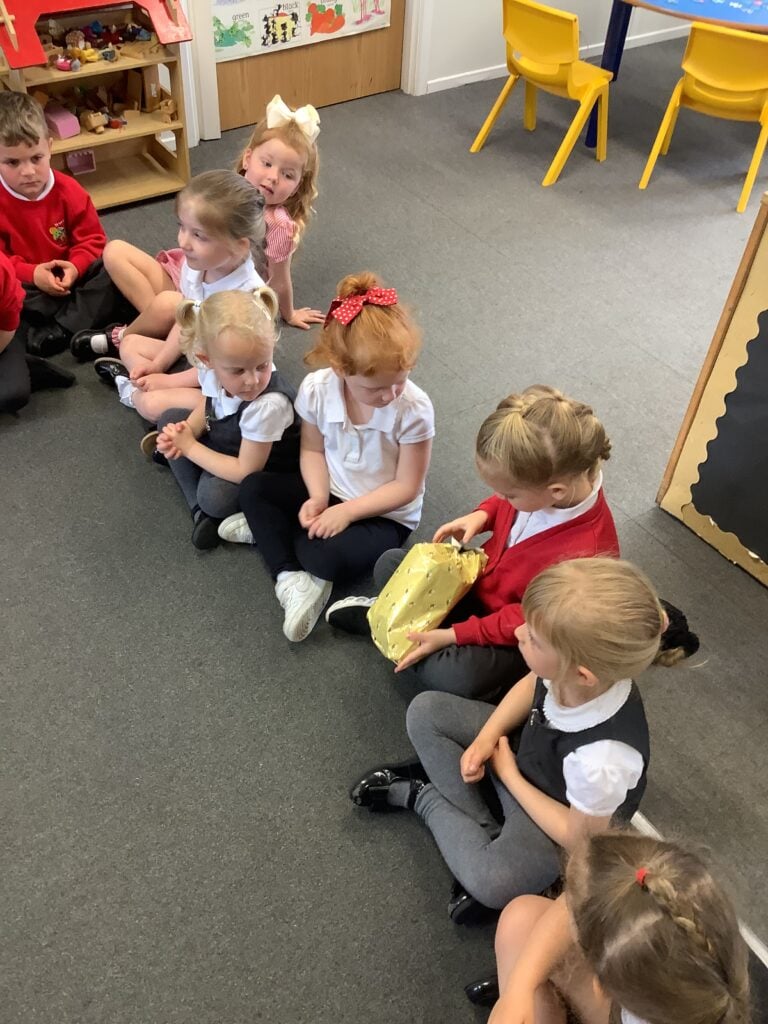
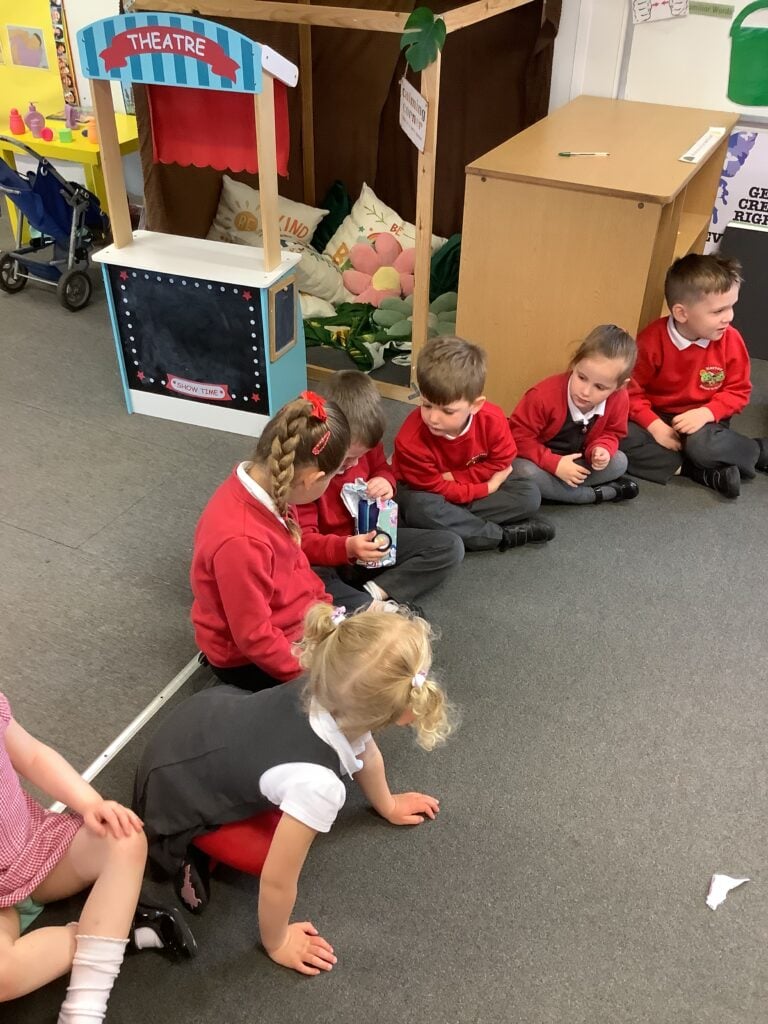
As the week drew to a close the children work independently or in pairs as they wished, to decorate mystery objects using a variety of mediums such as felt tips, collage and special watercolour pencils. The importance of staying within the lines of the pictures was modelled to the children to help keep the shape of the mystery object, meaning that we would really need to be “Concentrating Crocodiles”. It was lovely to see the children who wanted to work in pairs, working out what they would like to create and choosing different children to work with, who wanted to create the same thing – being “Teamwork Tigers”. This beautiful artwork will be used to help create our final product. Well done Nursery, you were very pleased and proud of your beautiful work, as was I!
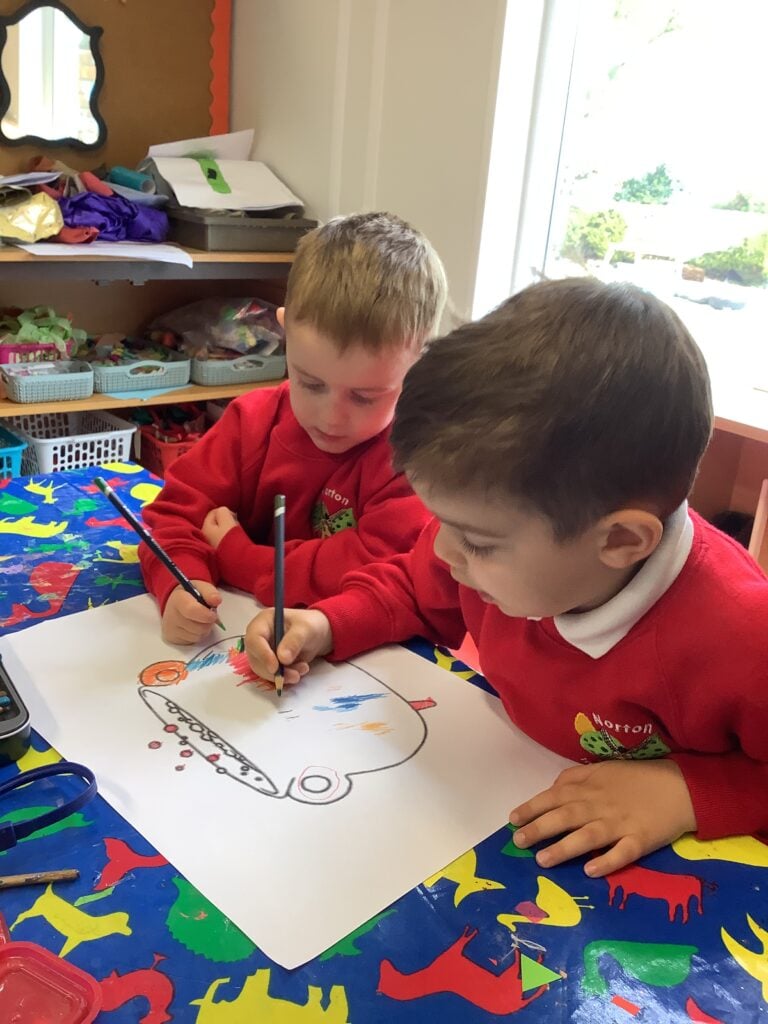
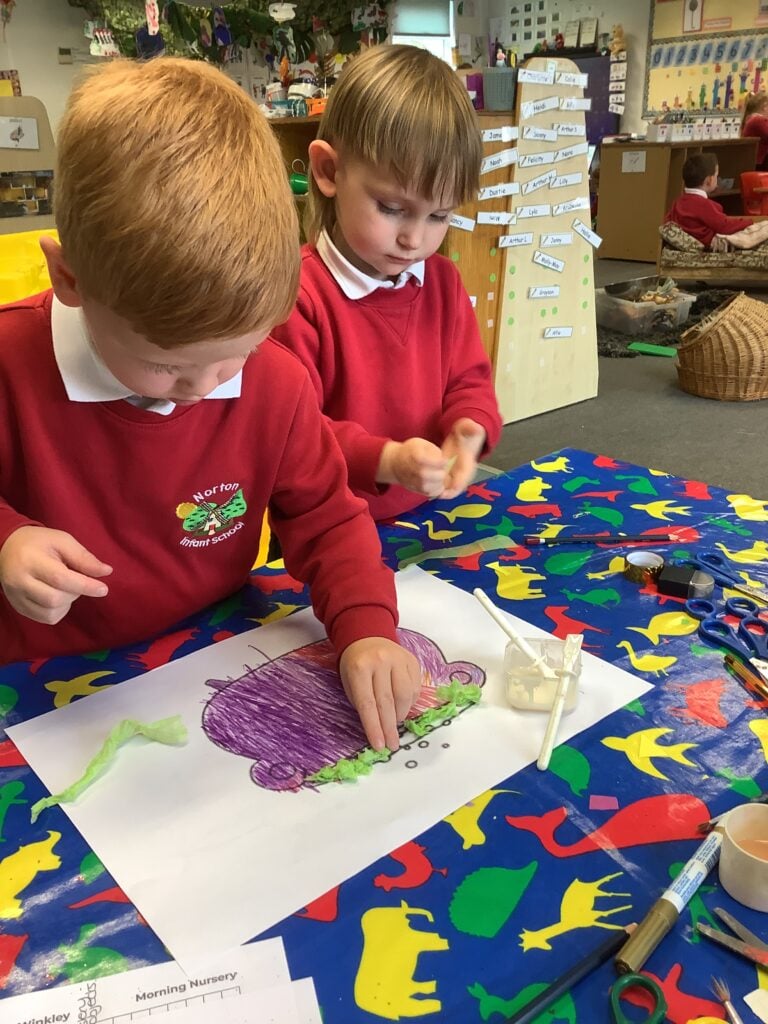
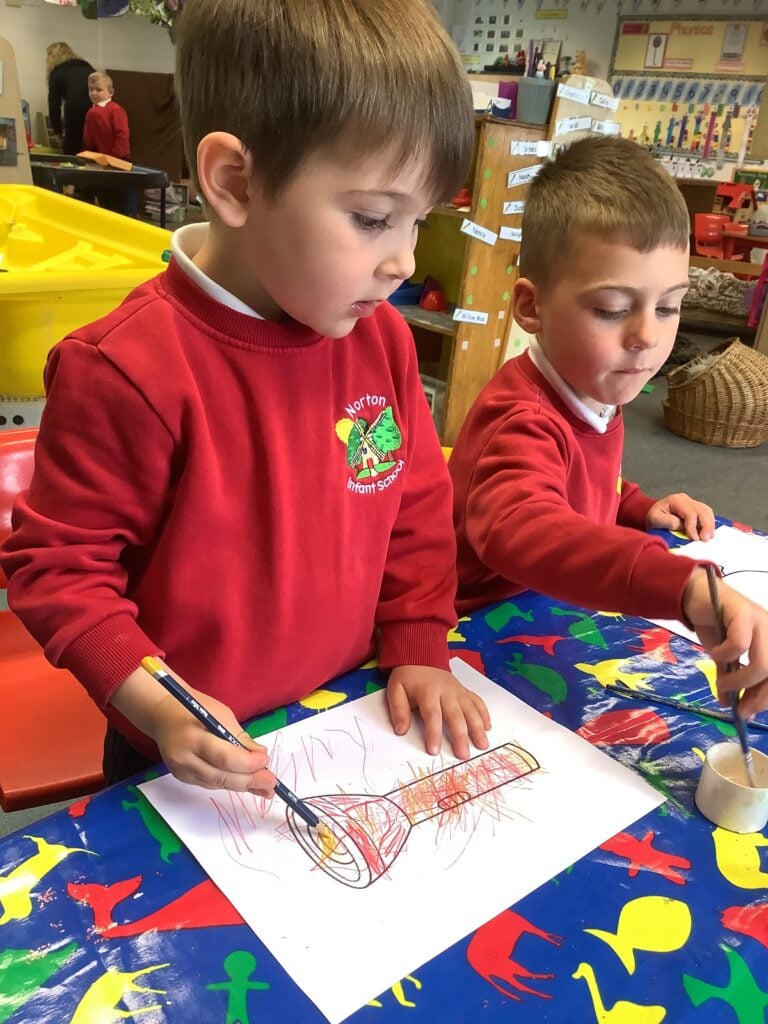
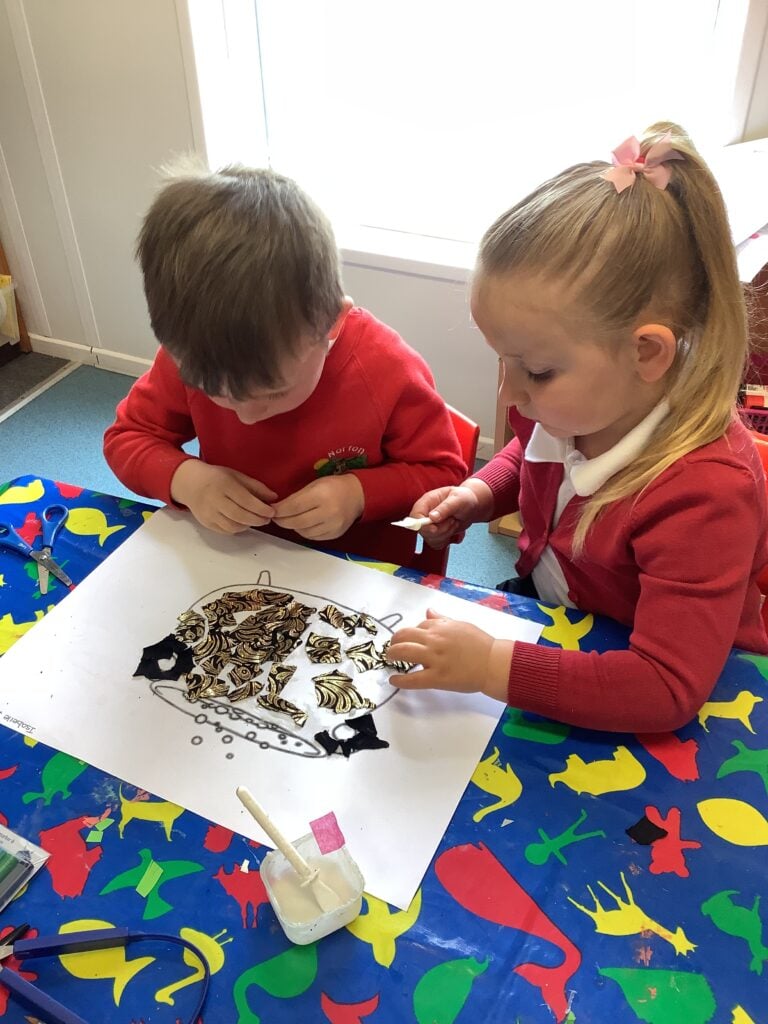
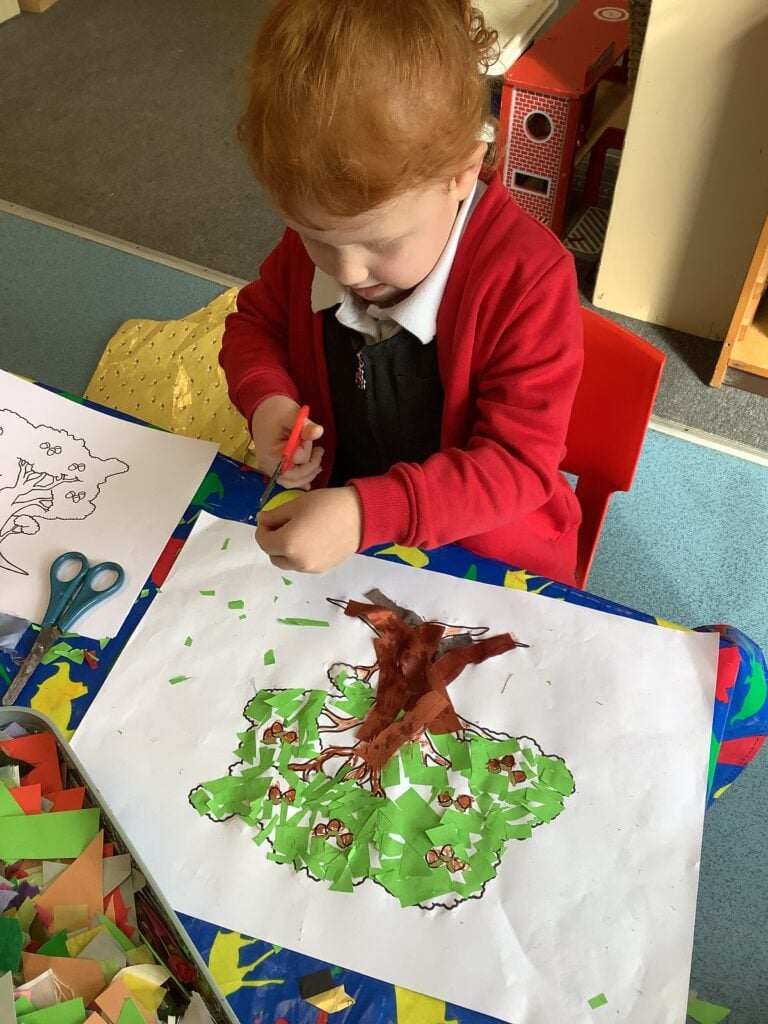
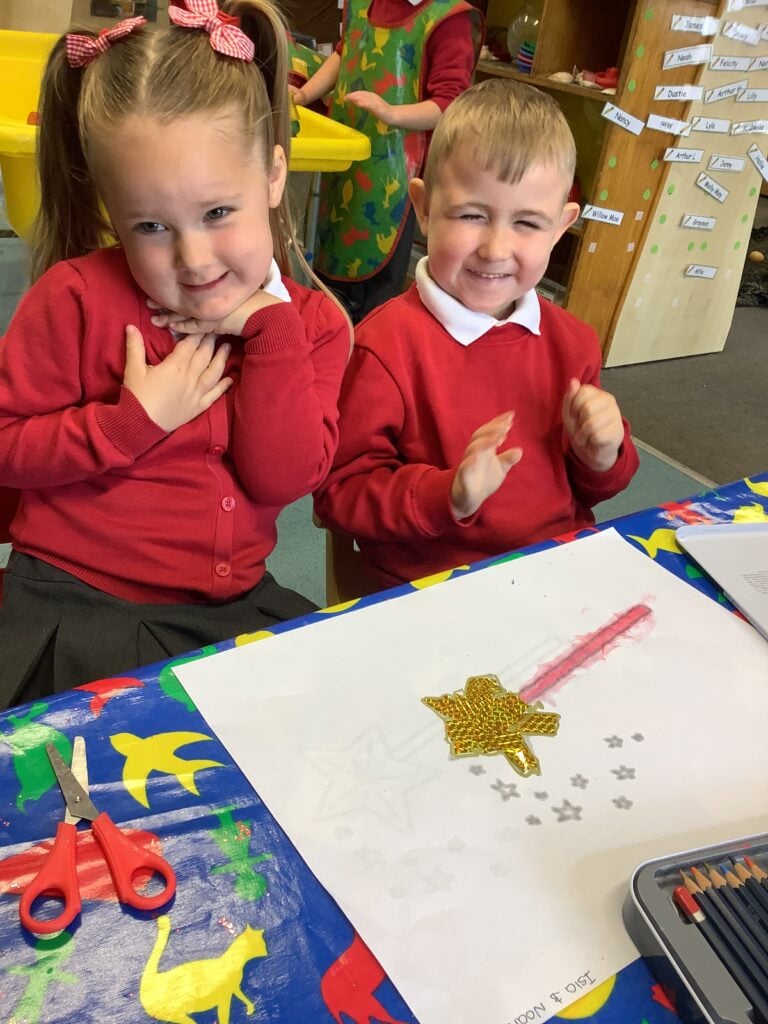
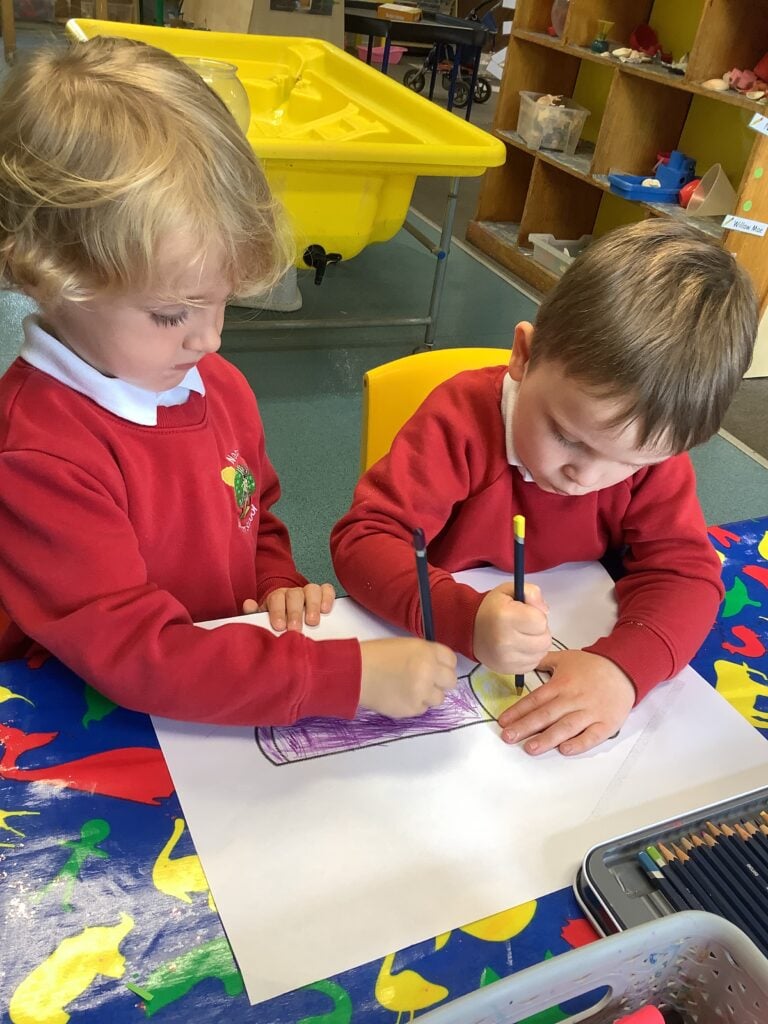
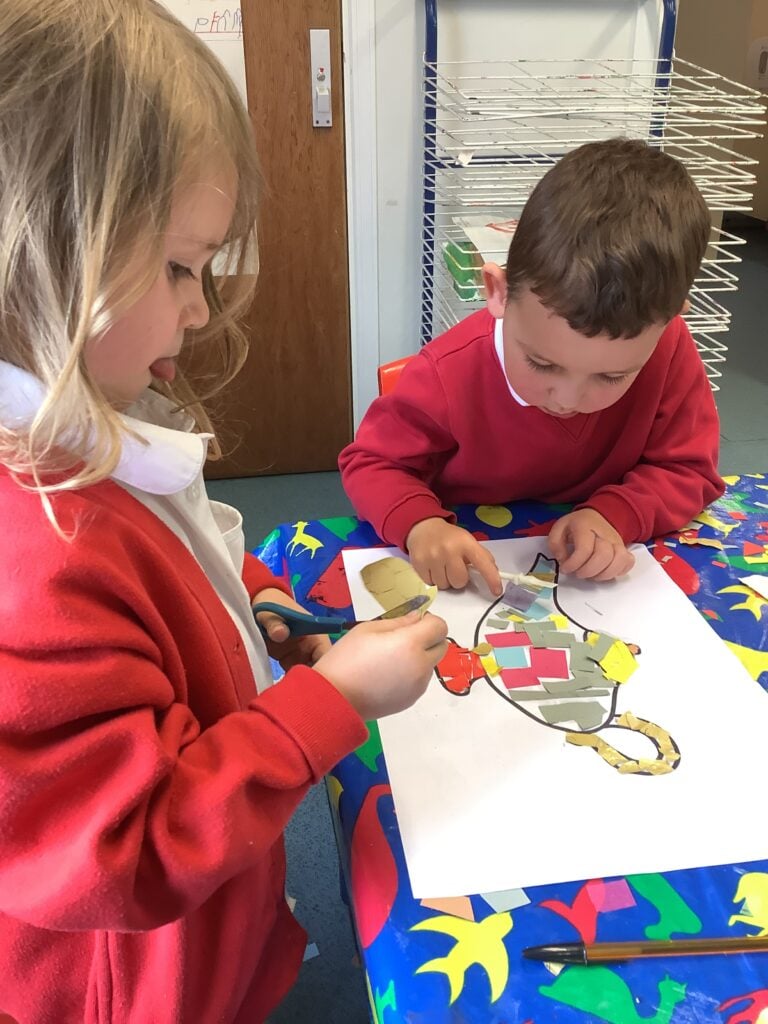
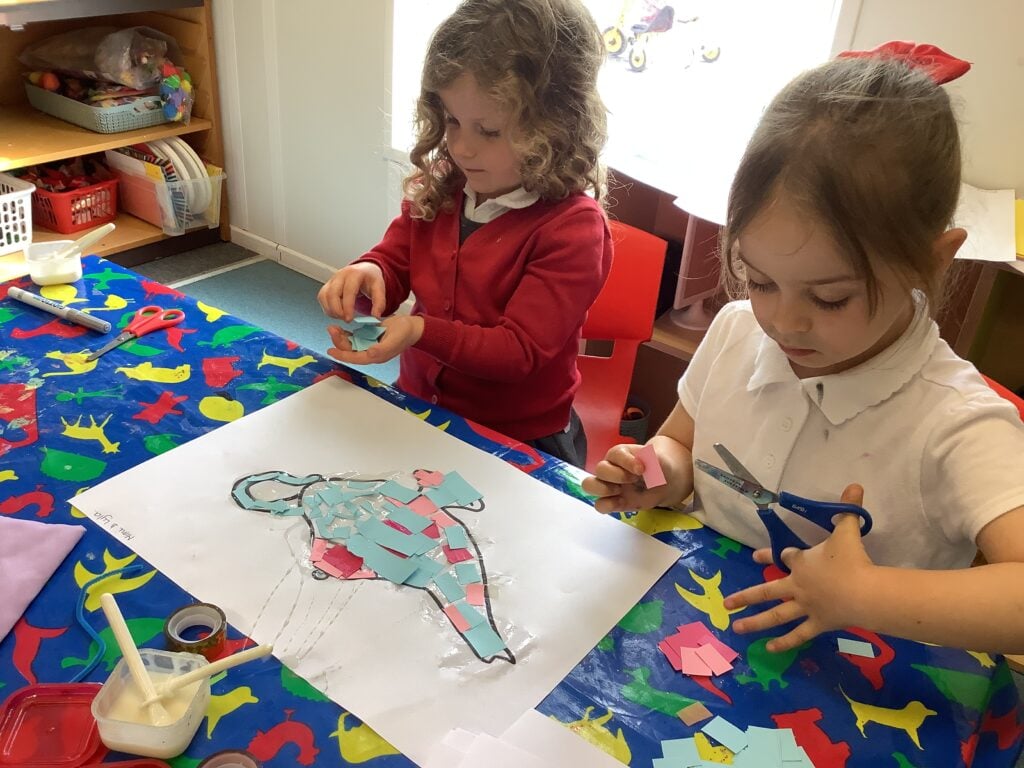
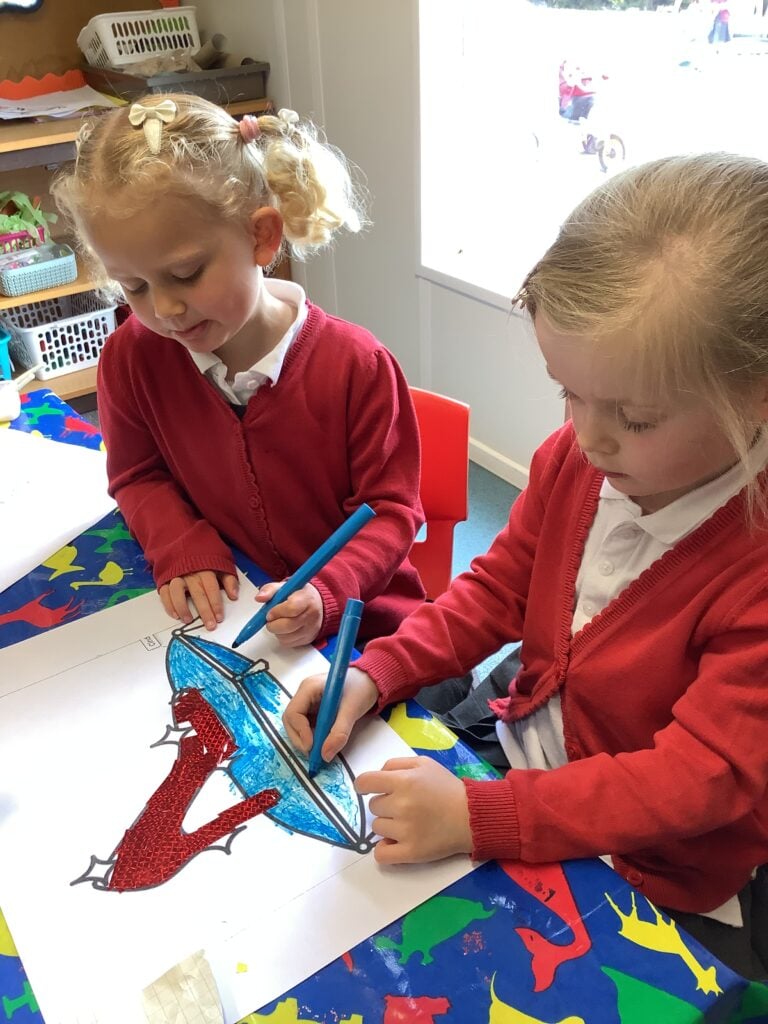
These children blew me away today! Not only did they read their new text beautifully but they managed to read all their words including the tricky words to play our game!
Keep it up – Mrs Parsons xx
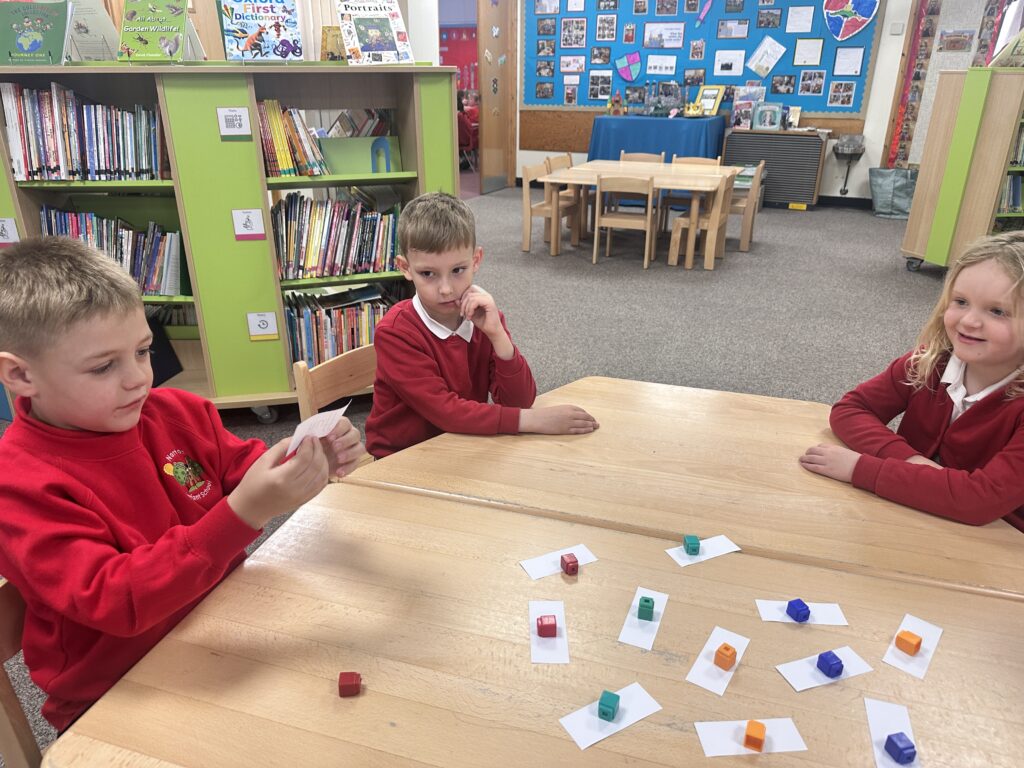

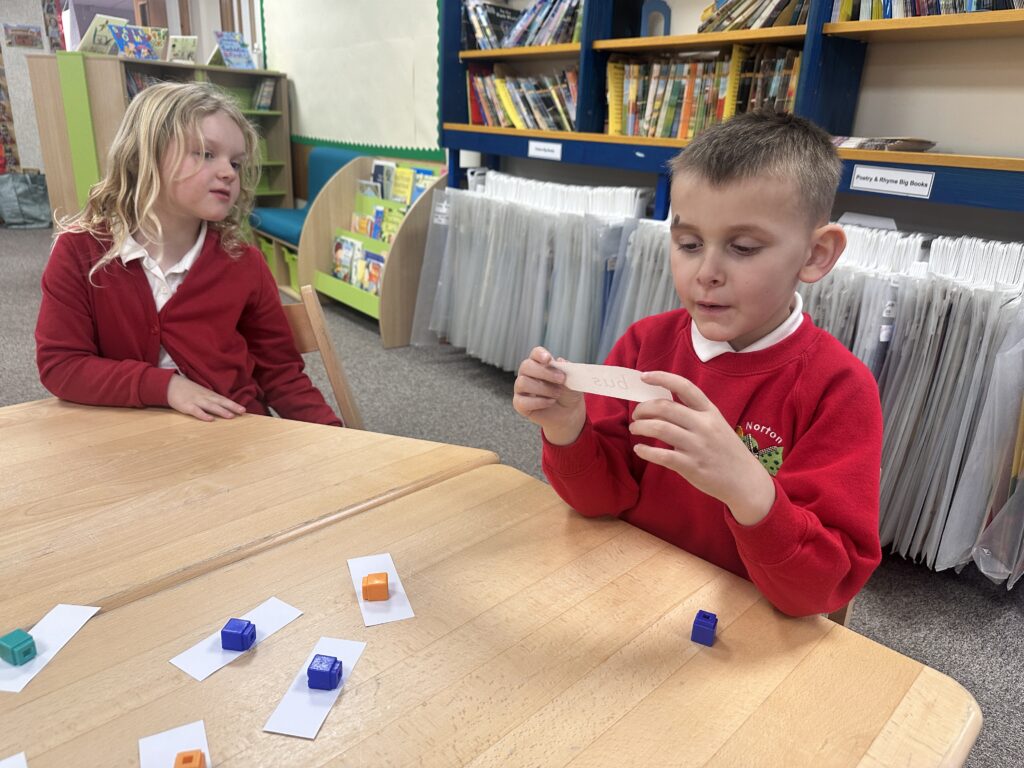
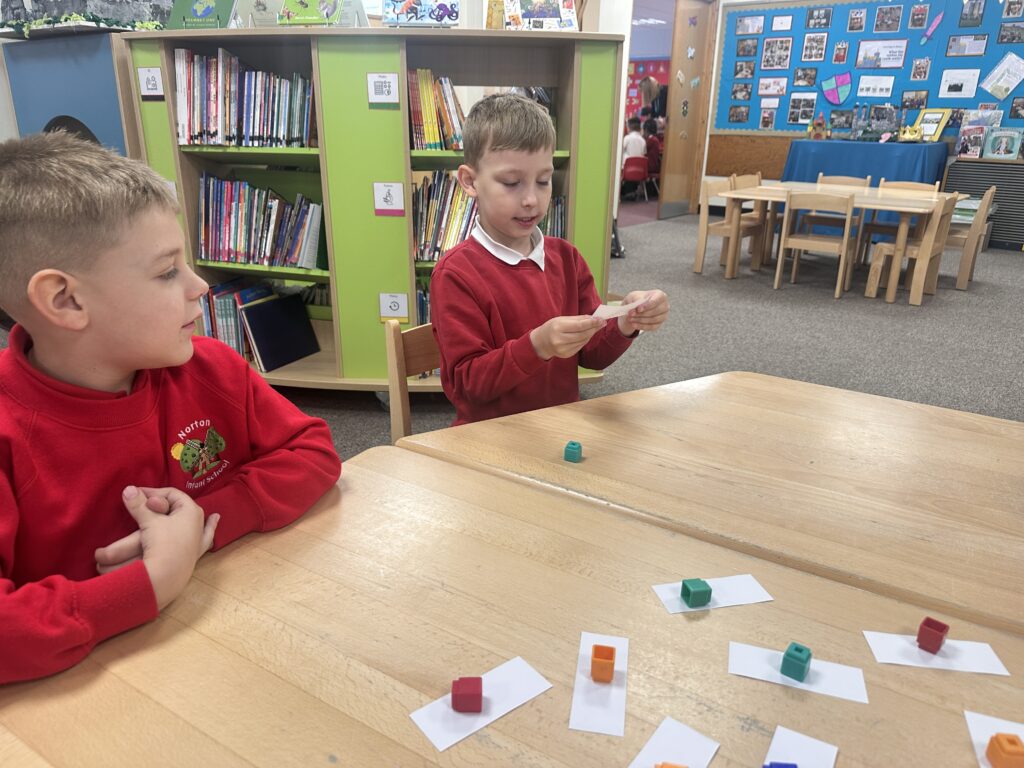
On Friday Nursery took part in the World Book Day celebrations happening across campus. We had a visit from the Mad Hatter and Alice who came to tell us an exciting story, “Alice in Wonderland” by Lewis Carroll. They also gave us a special invitation to a tea party, with strict instructions not to be late! The children looked amazing in their host of costumes, dressed as their favourite storybook characters and had lots of fun partying and sharing their stories with their friends.
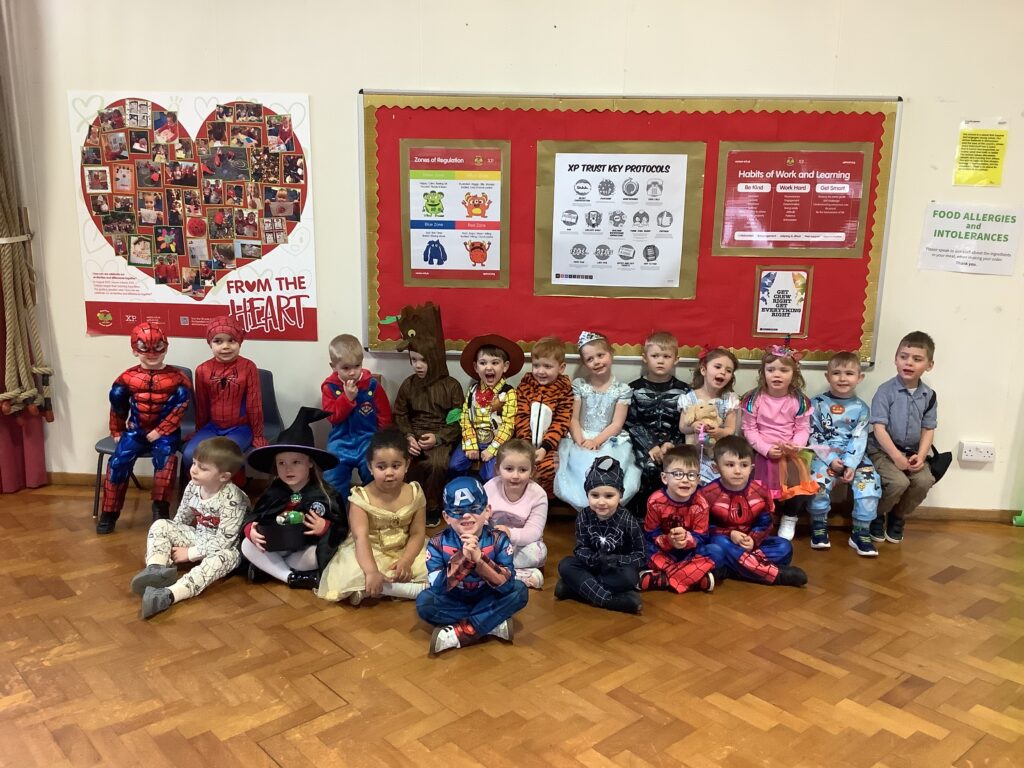
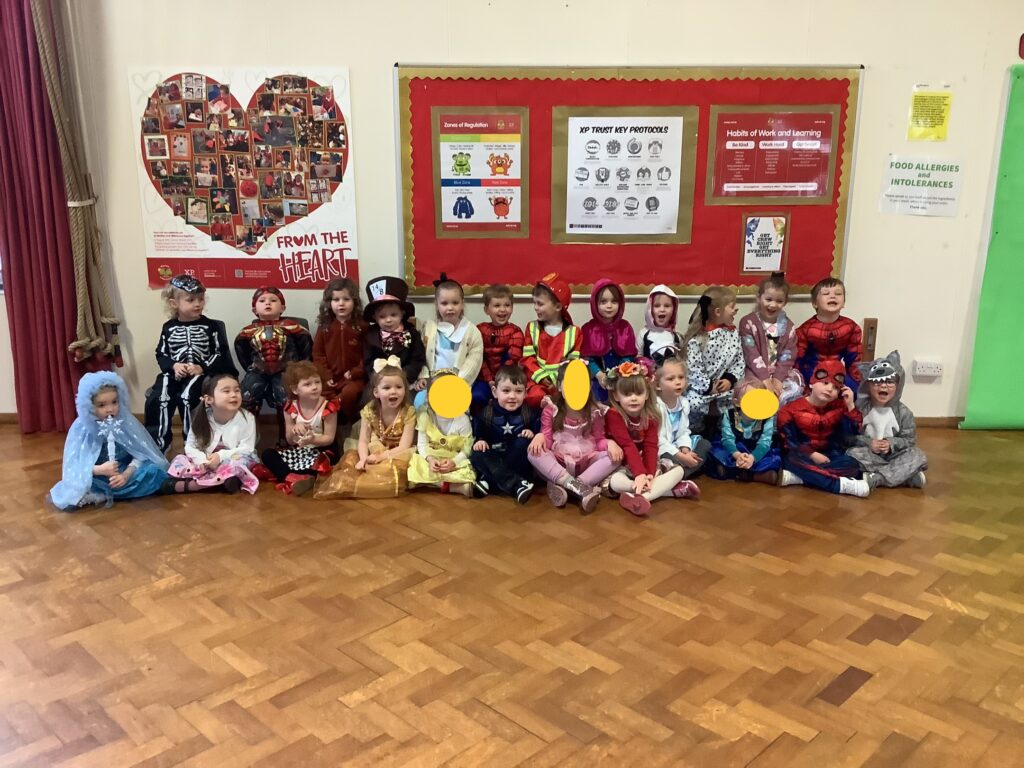
Morning Nursery.
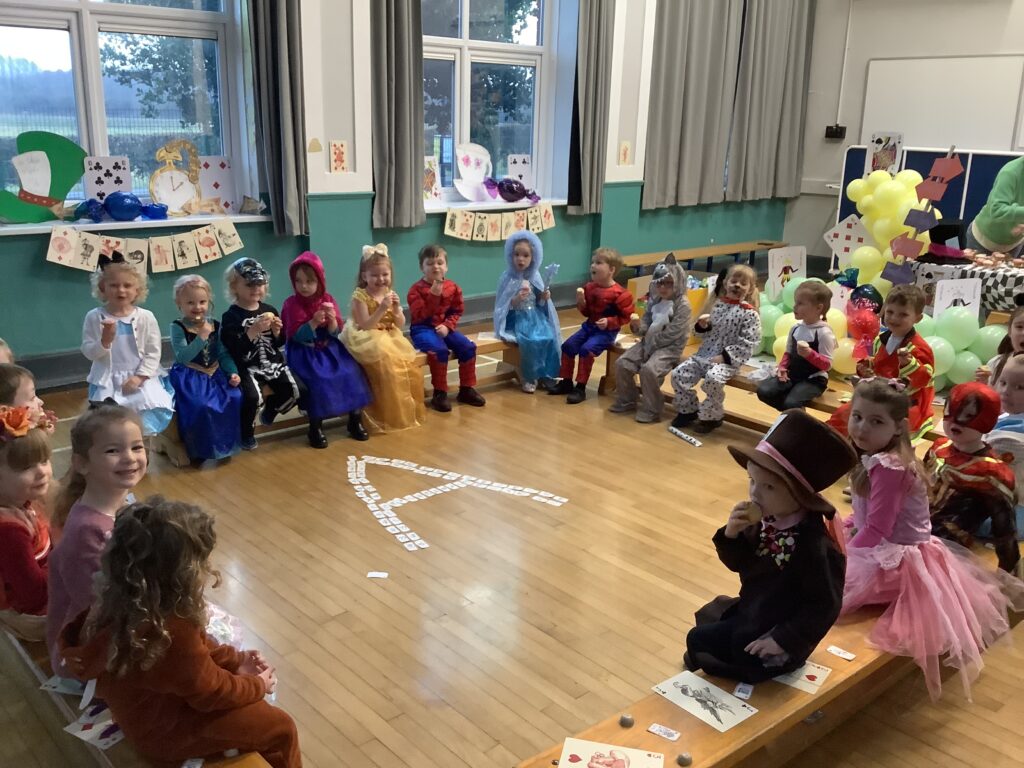

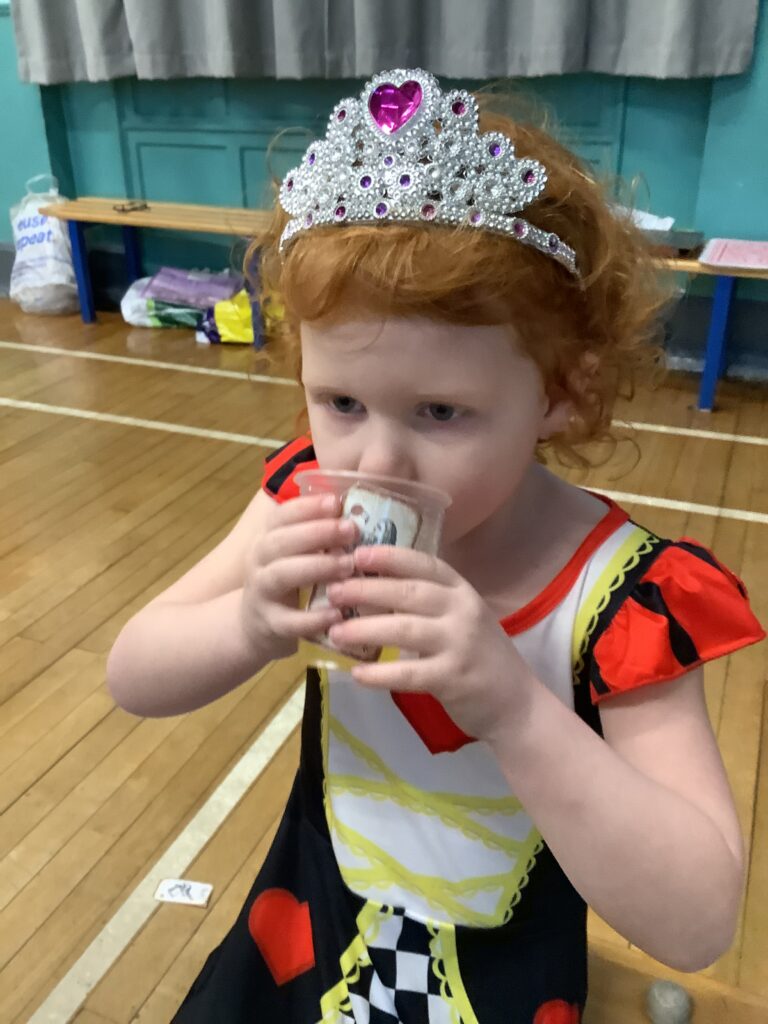
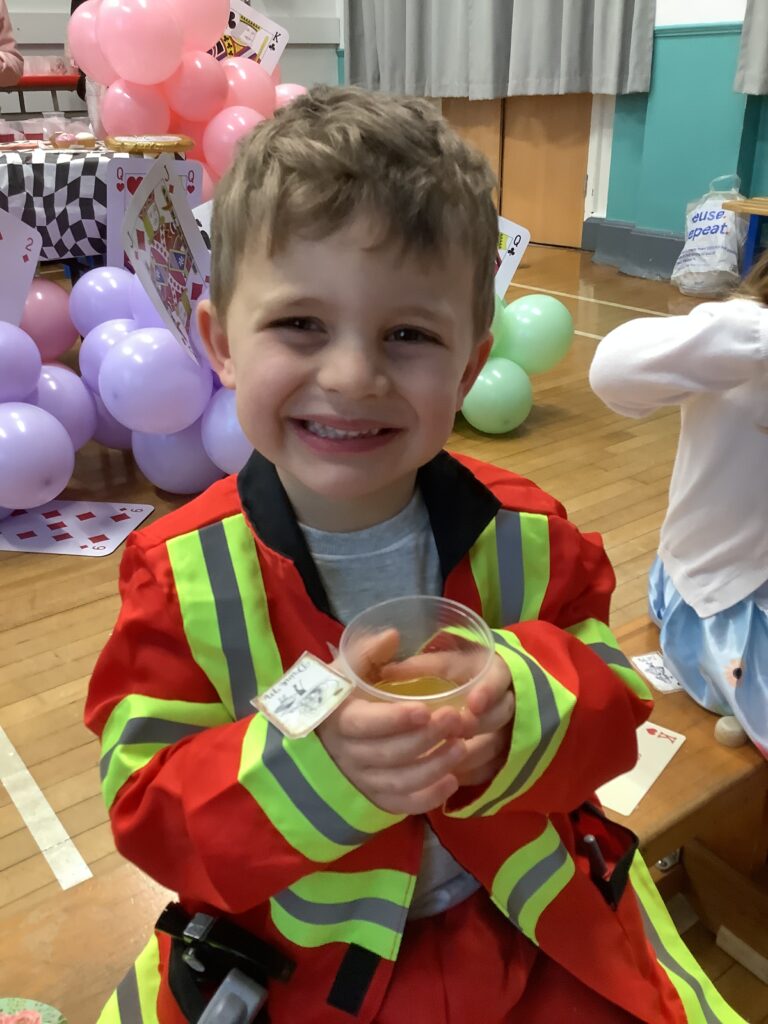
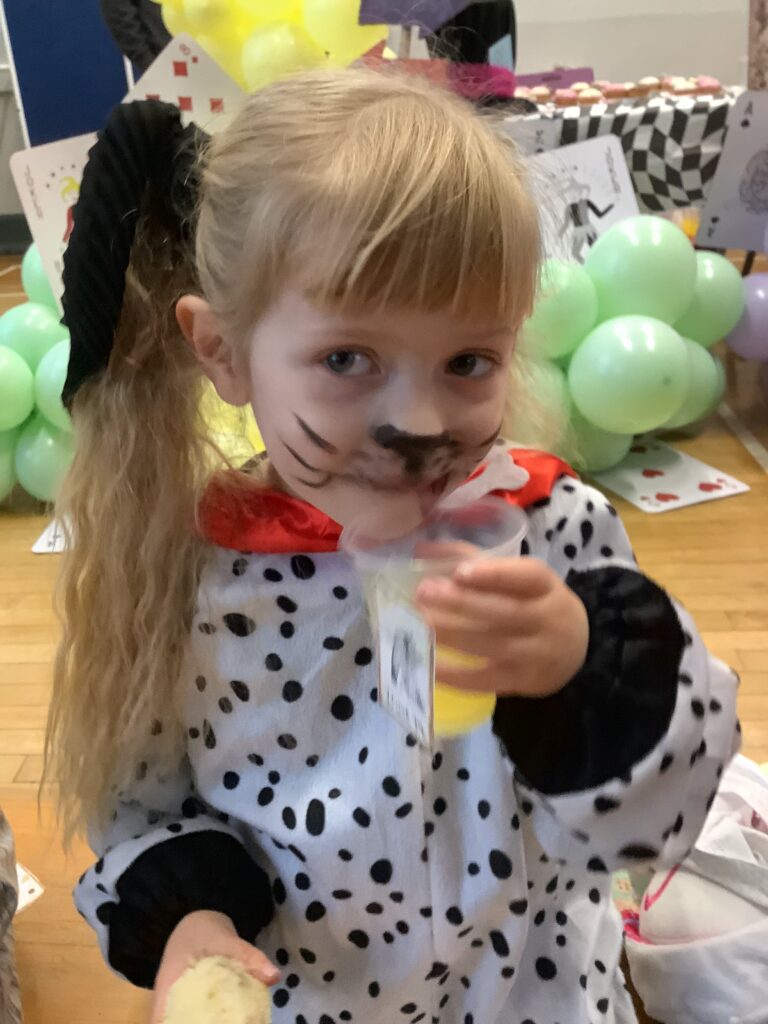
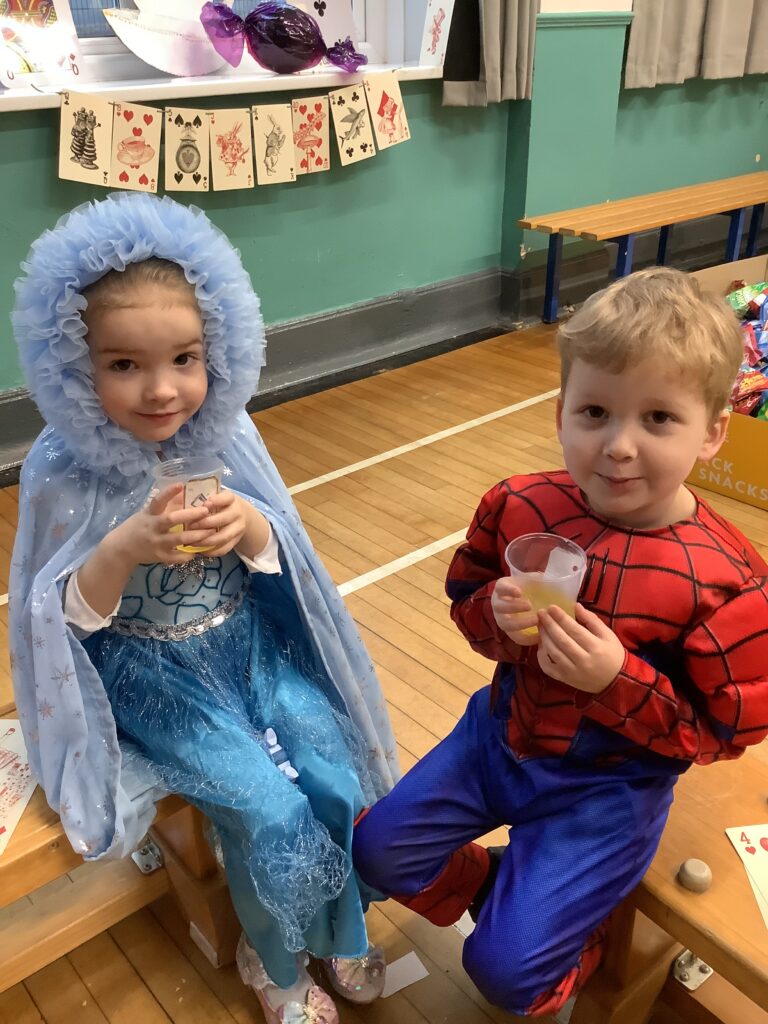
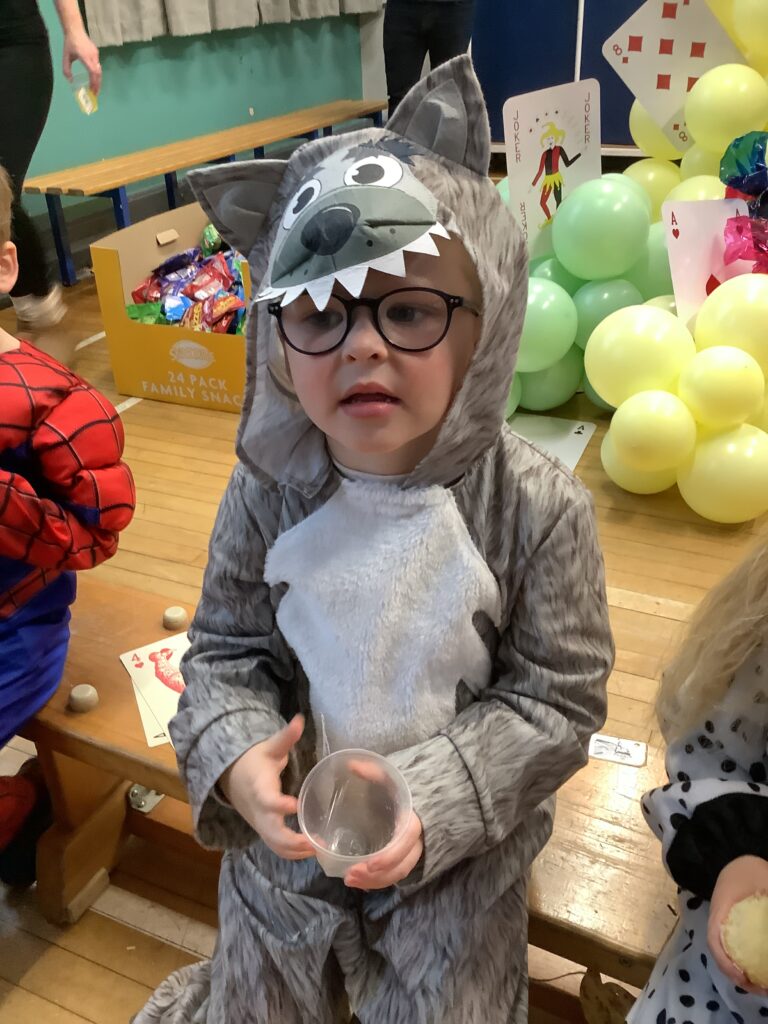
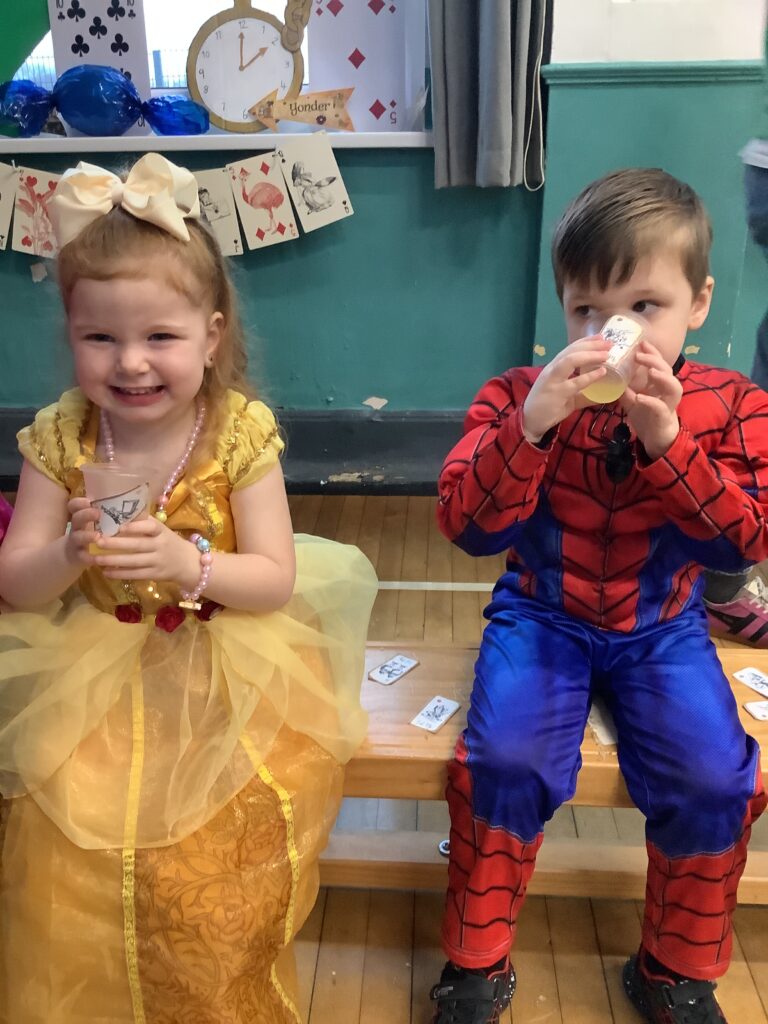
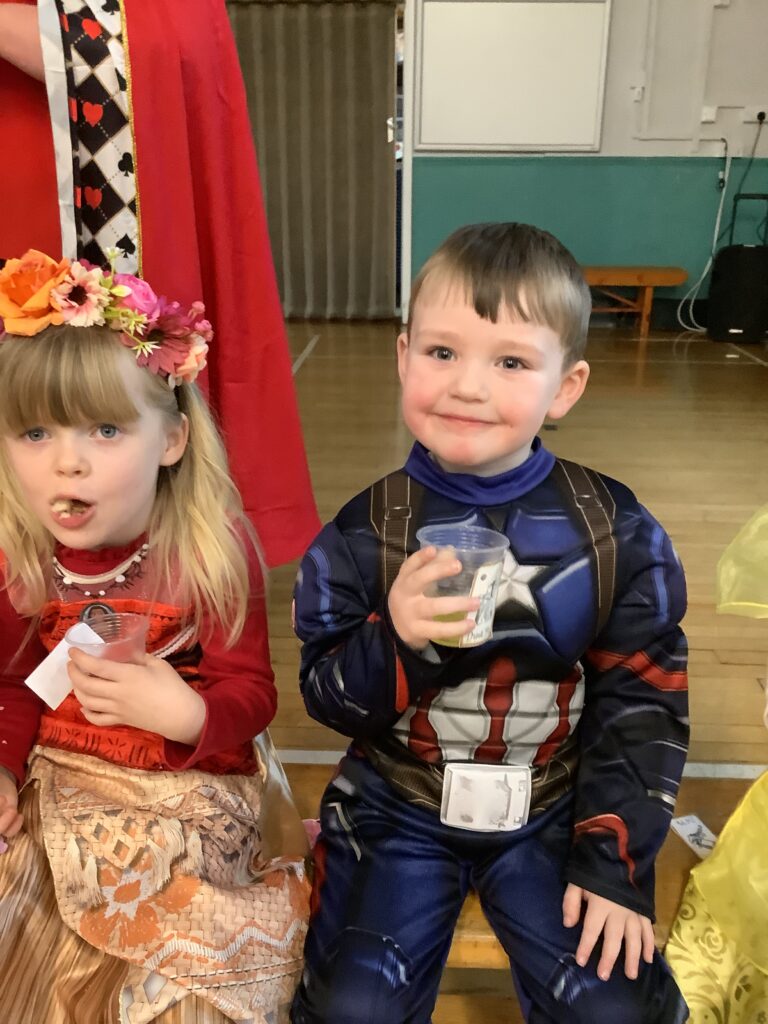
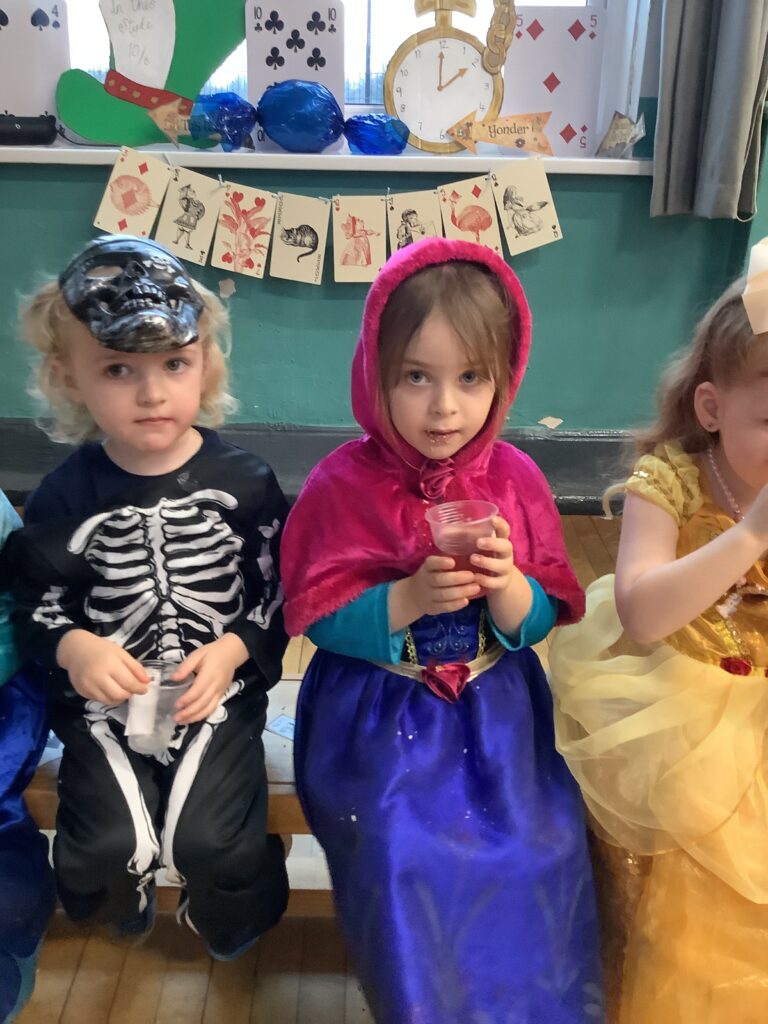
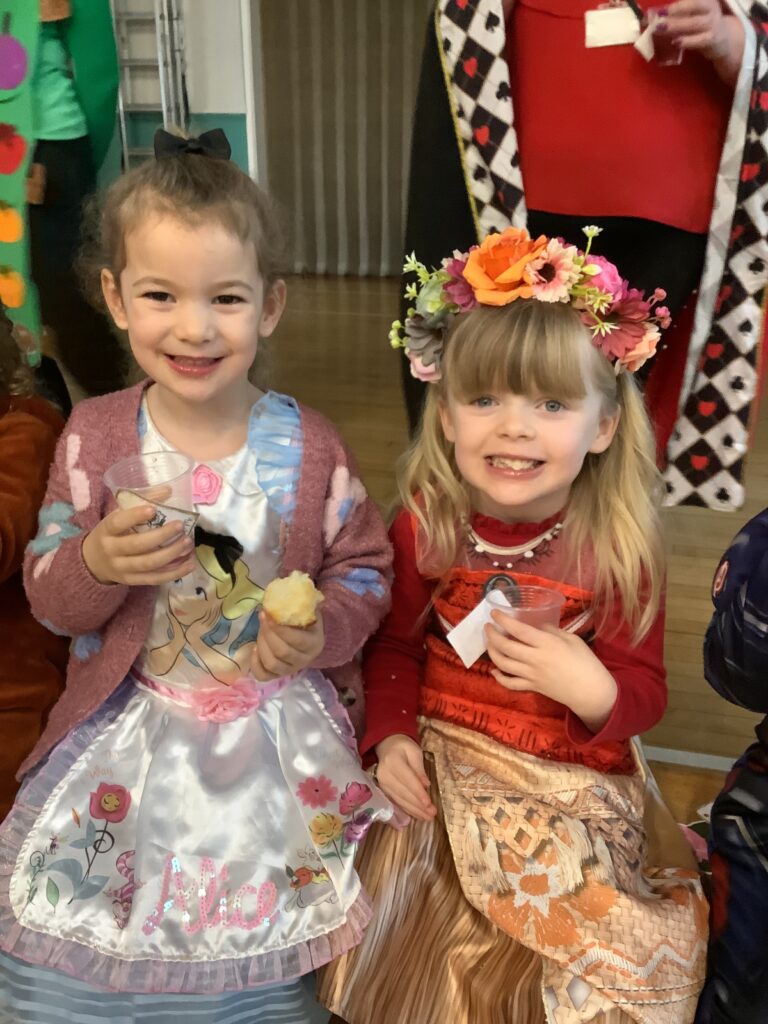
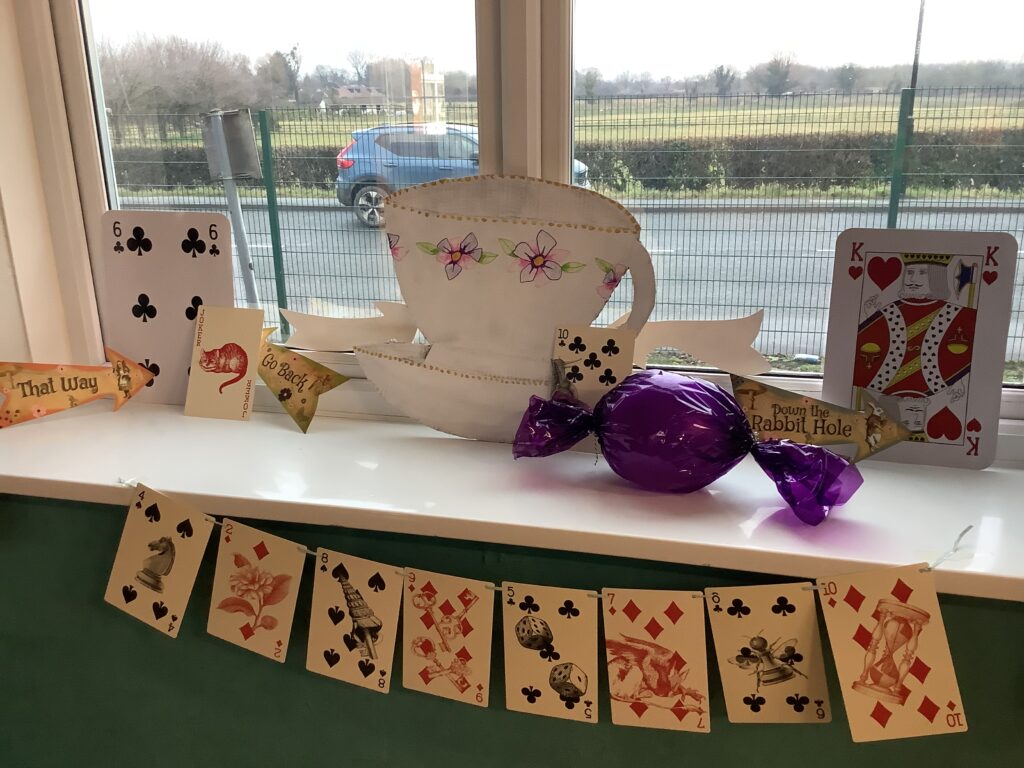
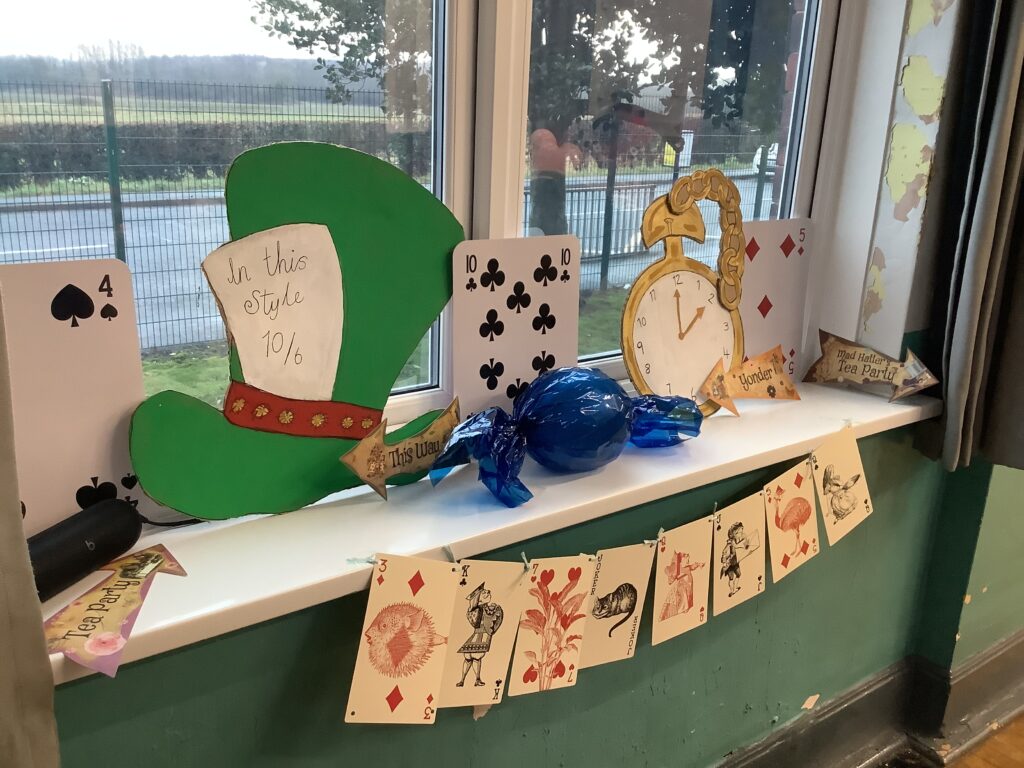
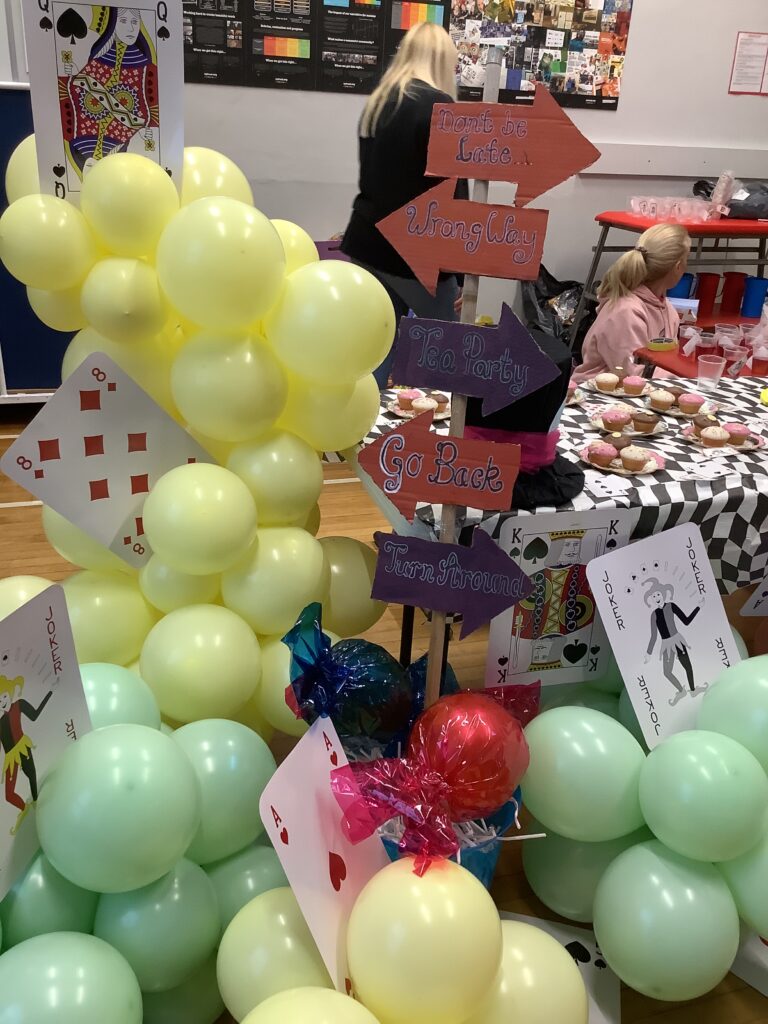
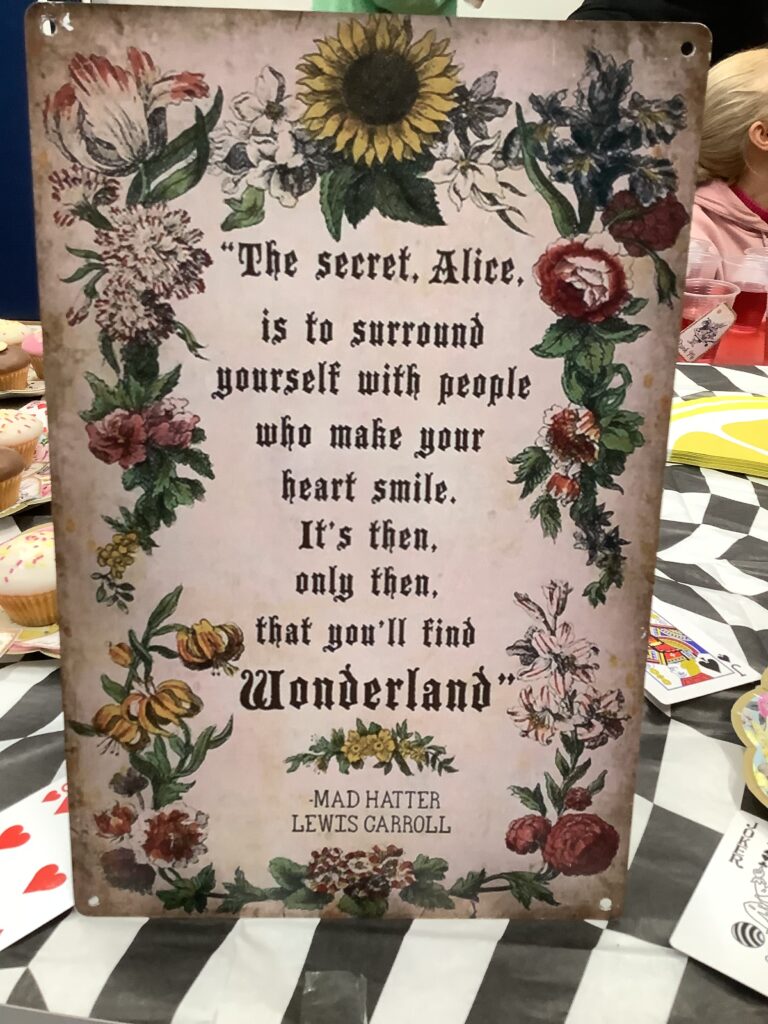

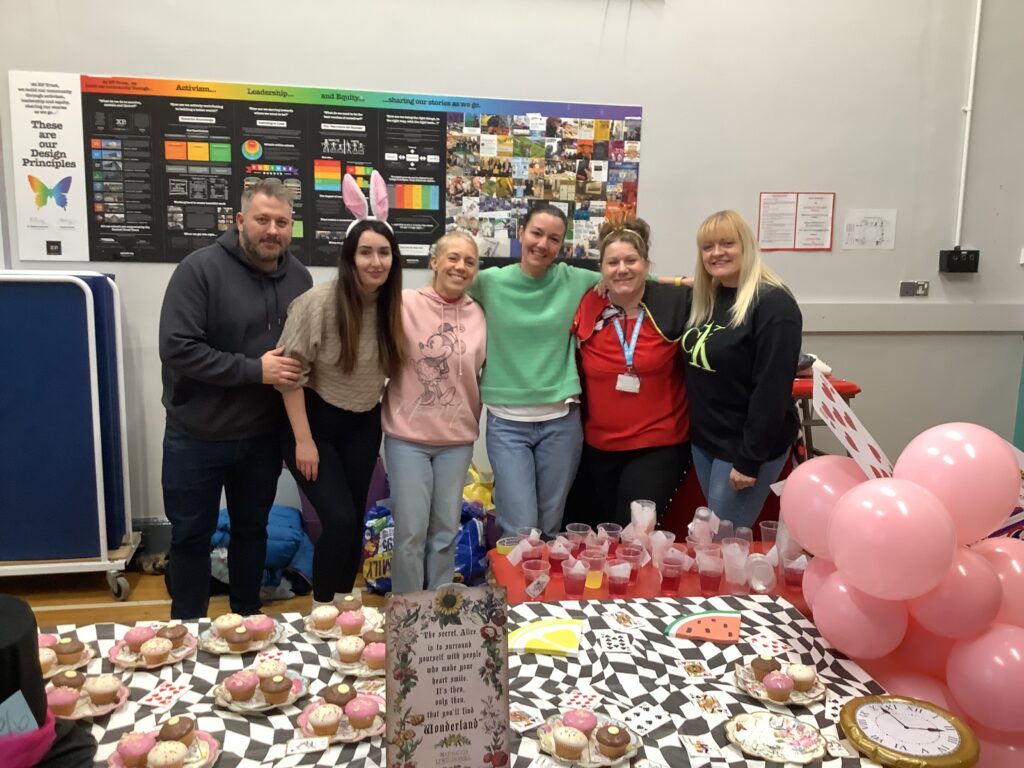
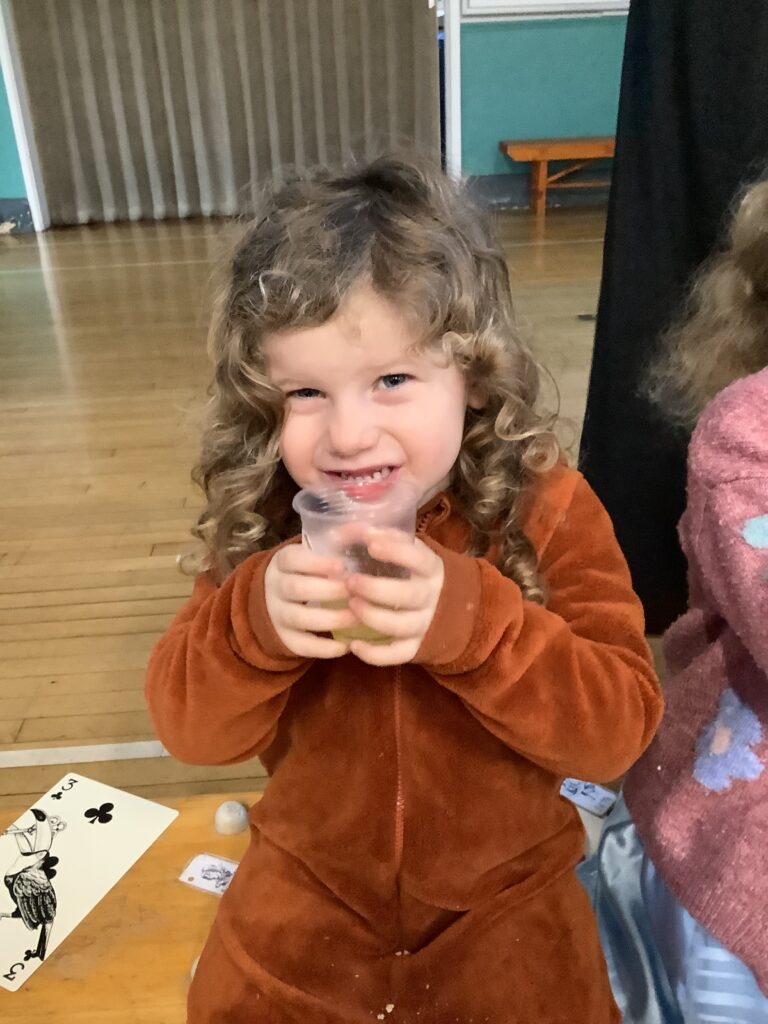
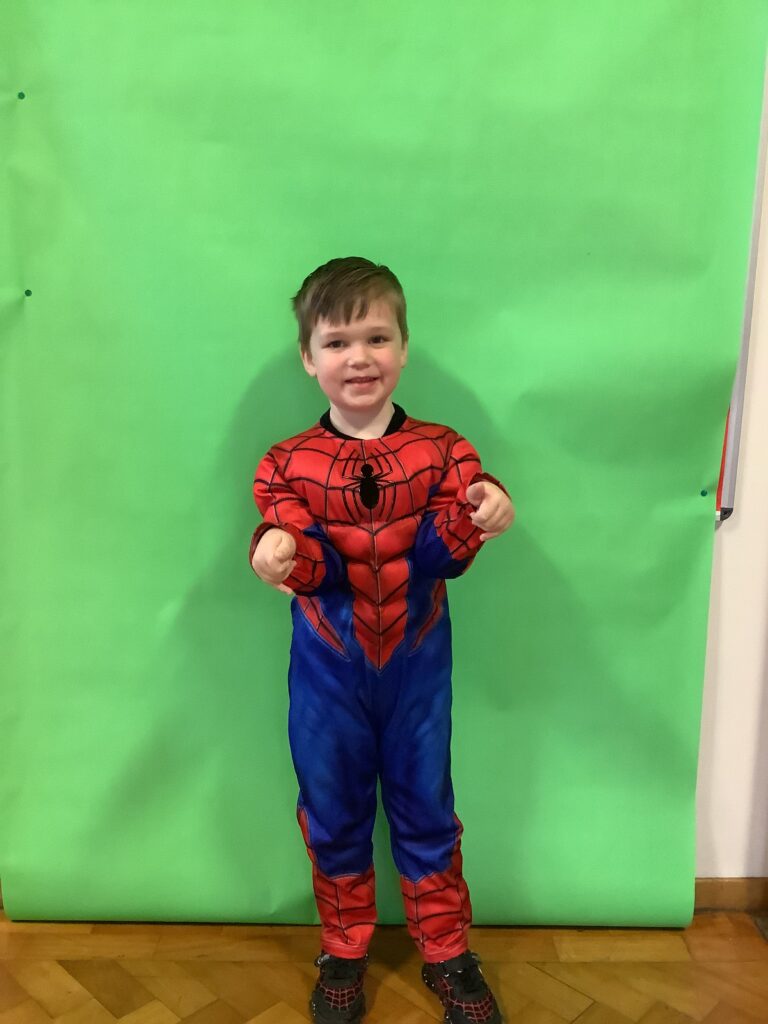

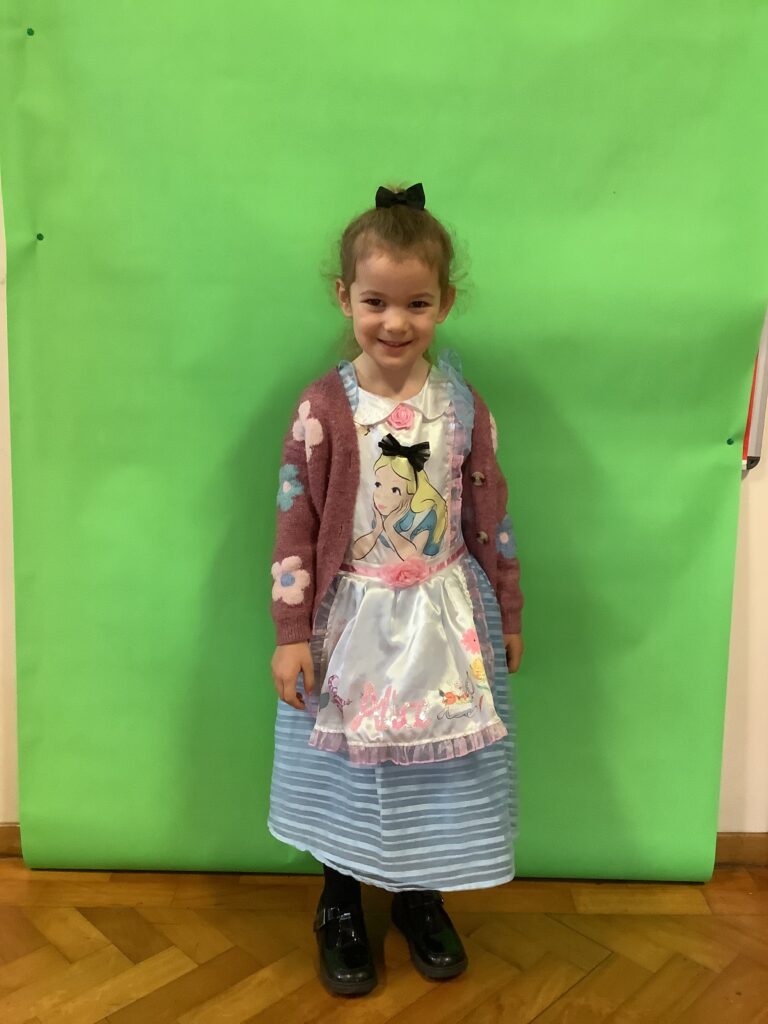
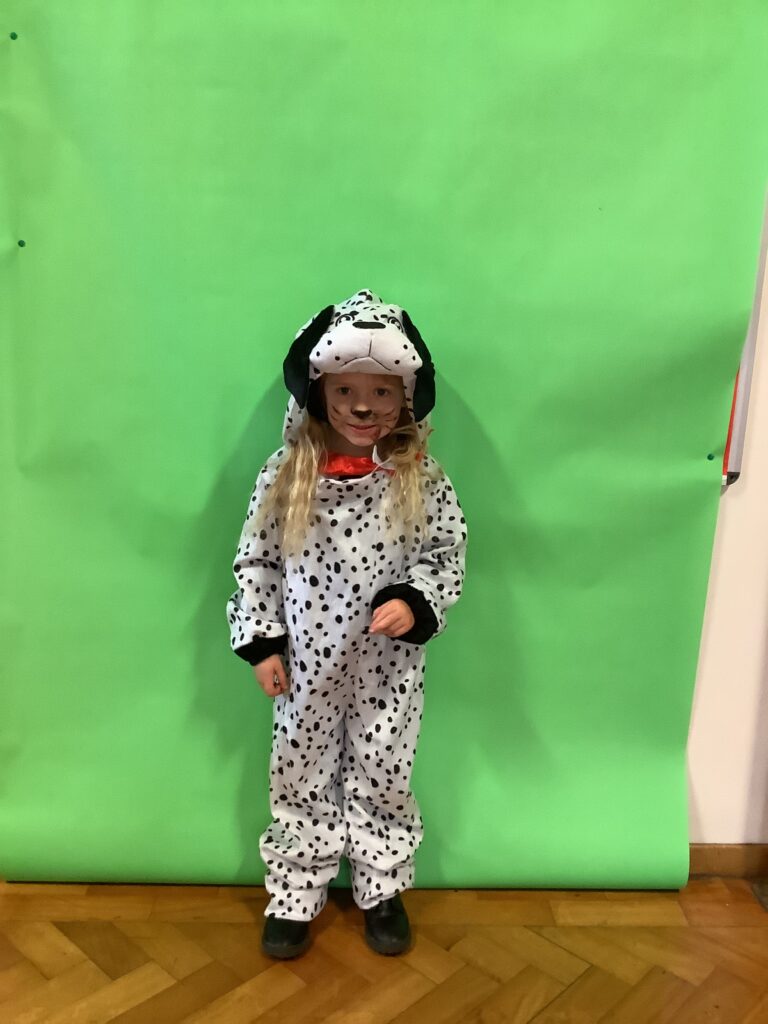
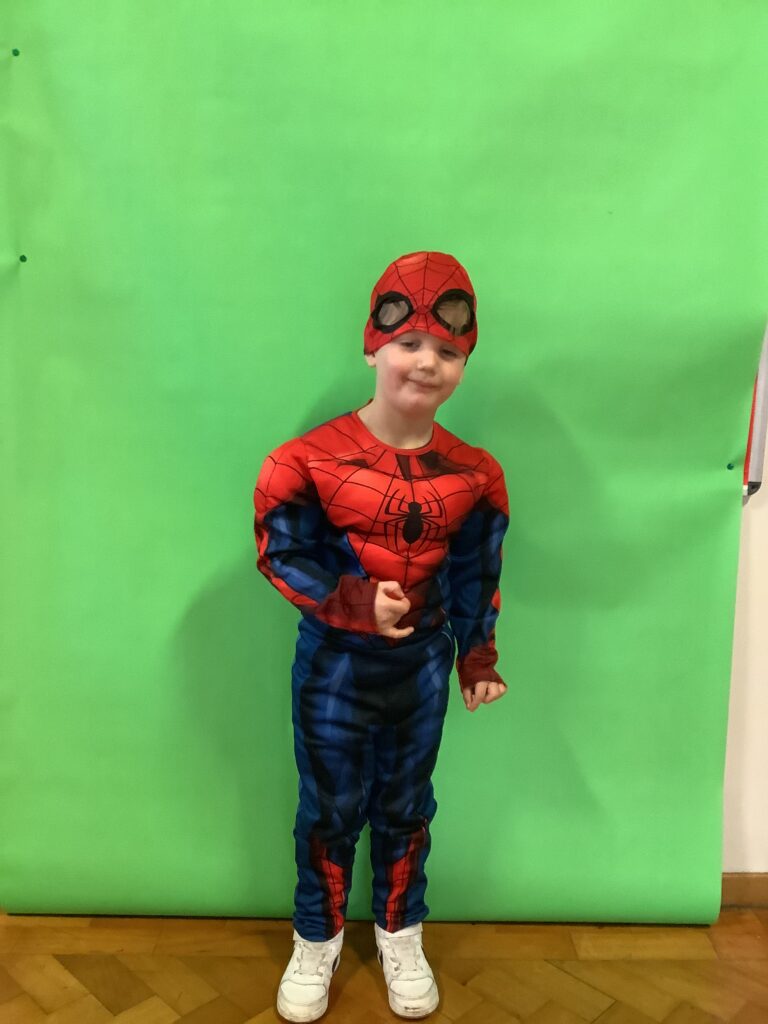
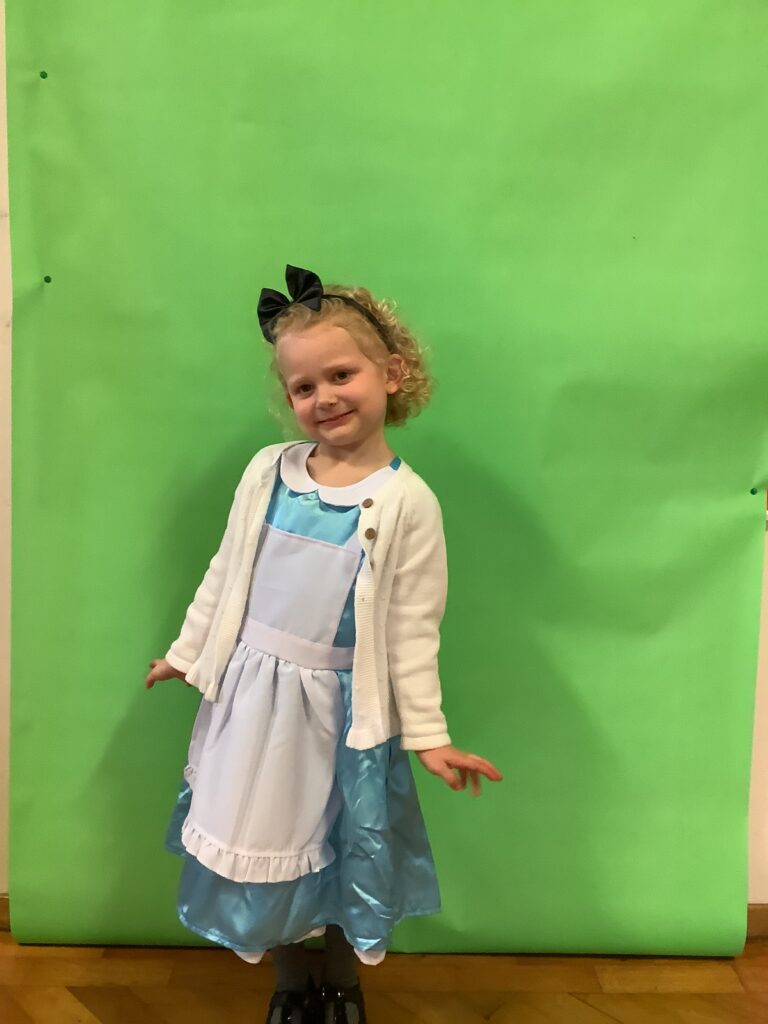
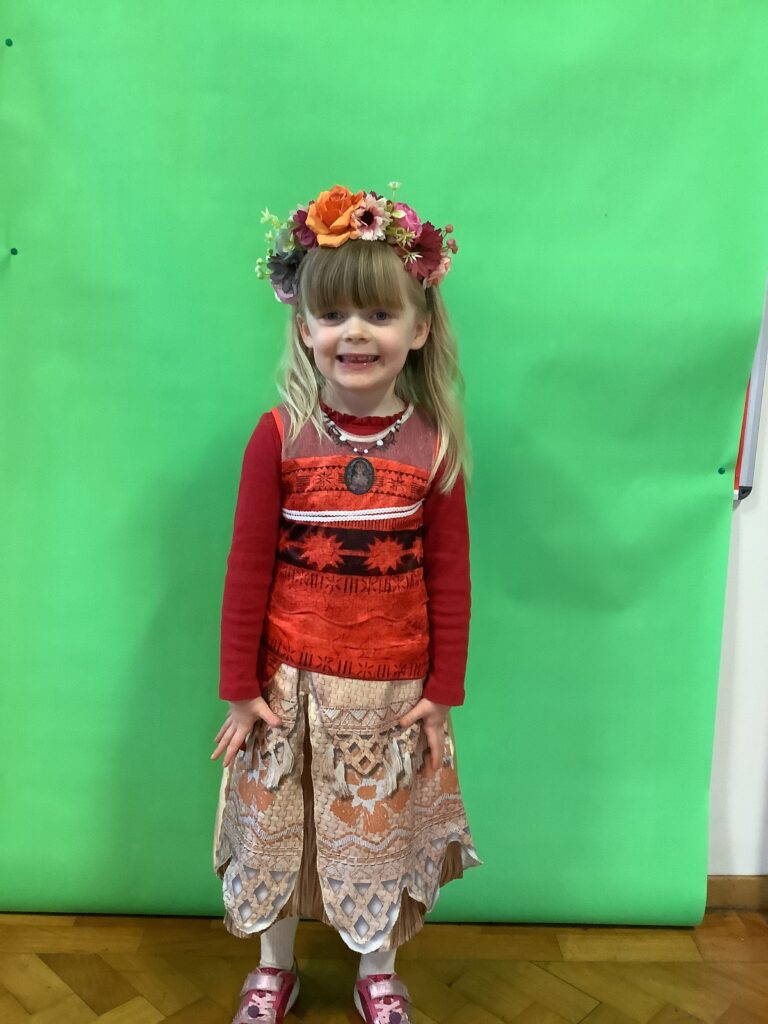
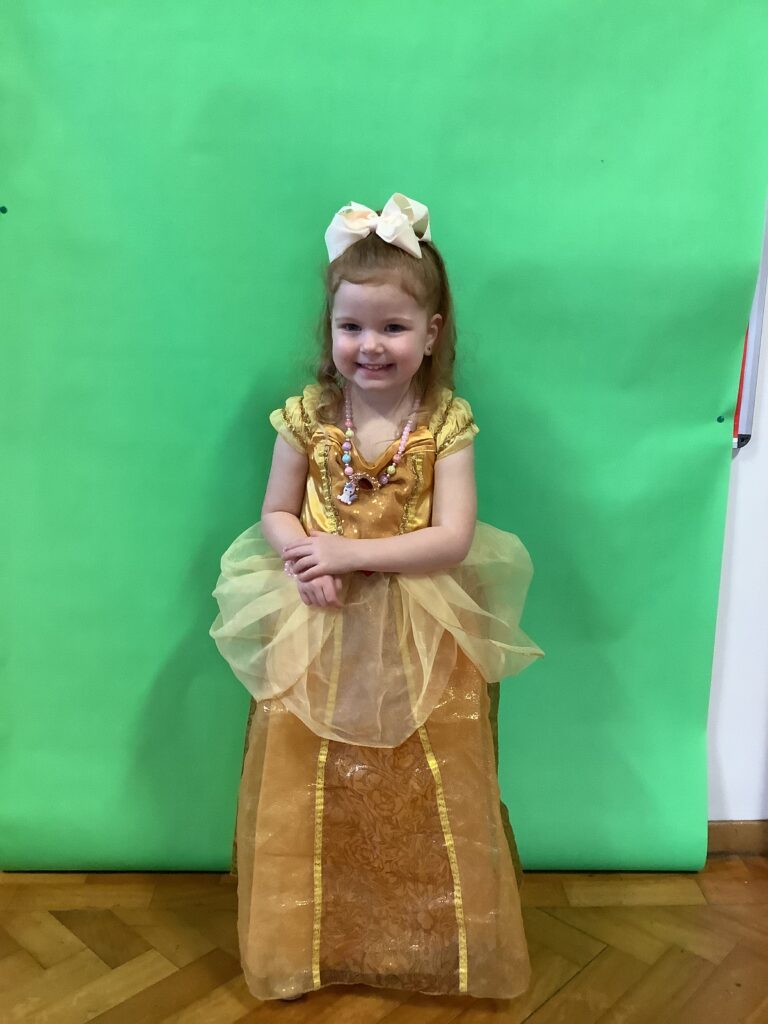


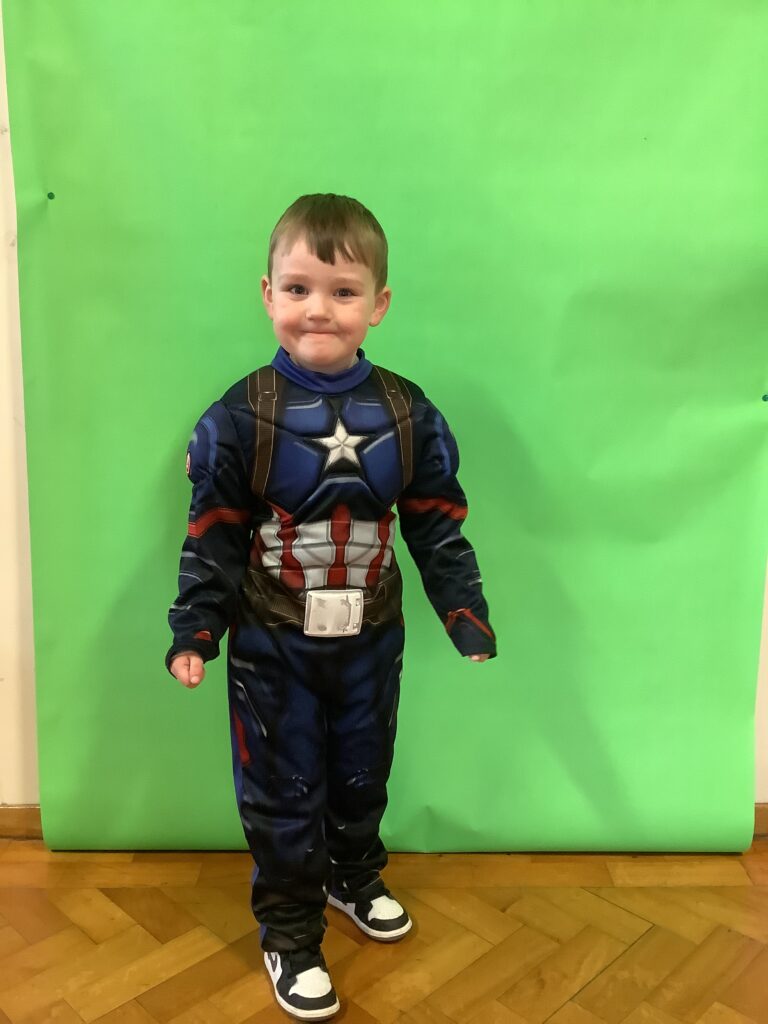
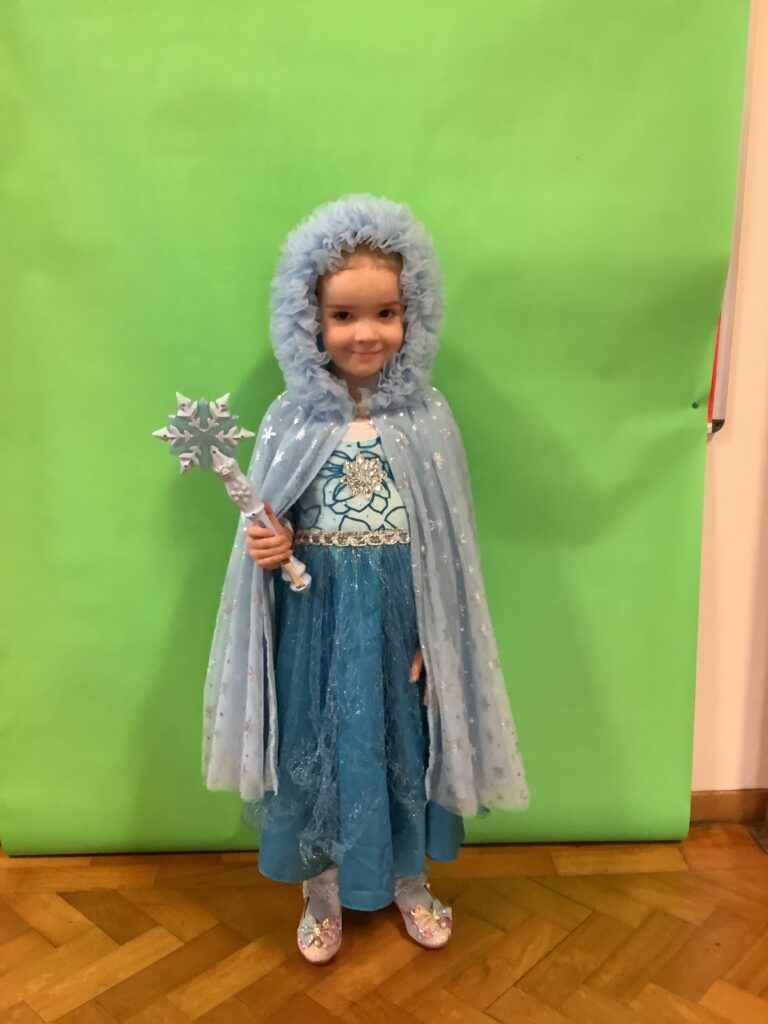
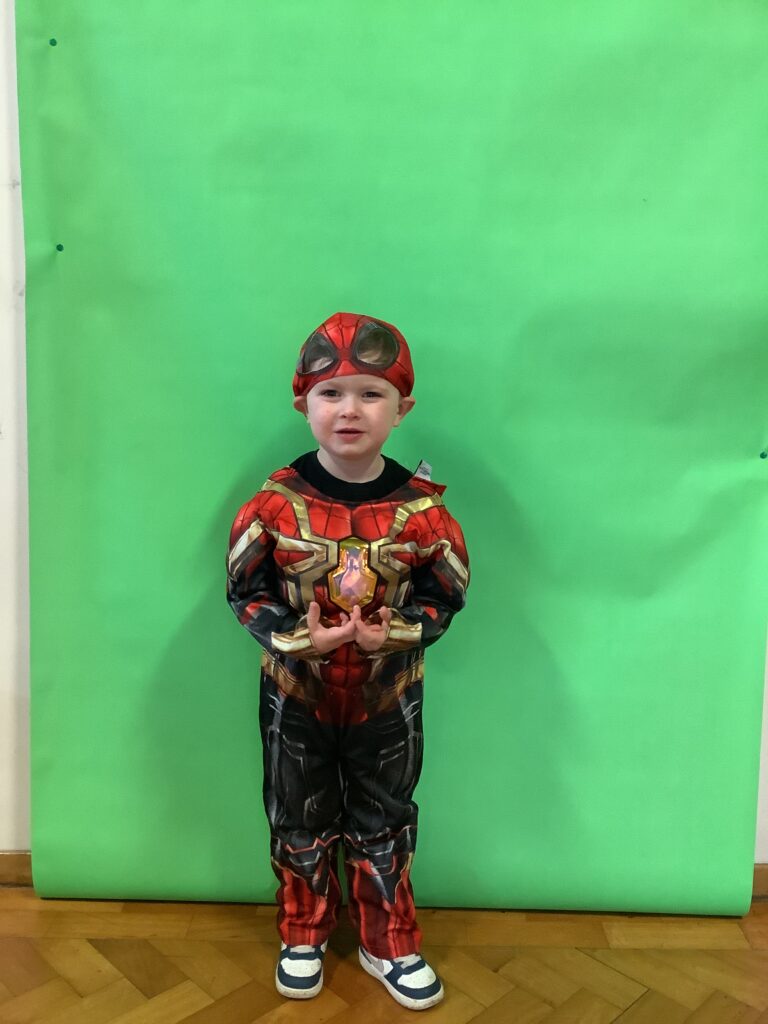
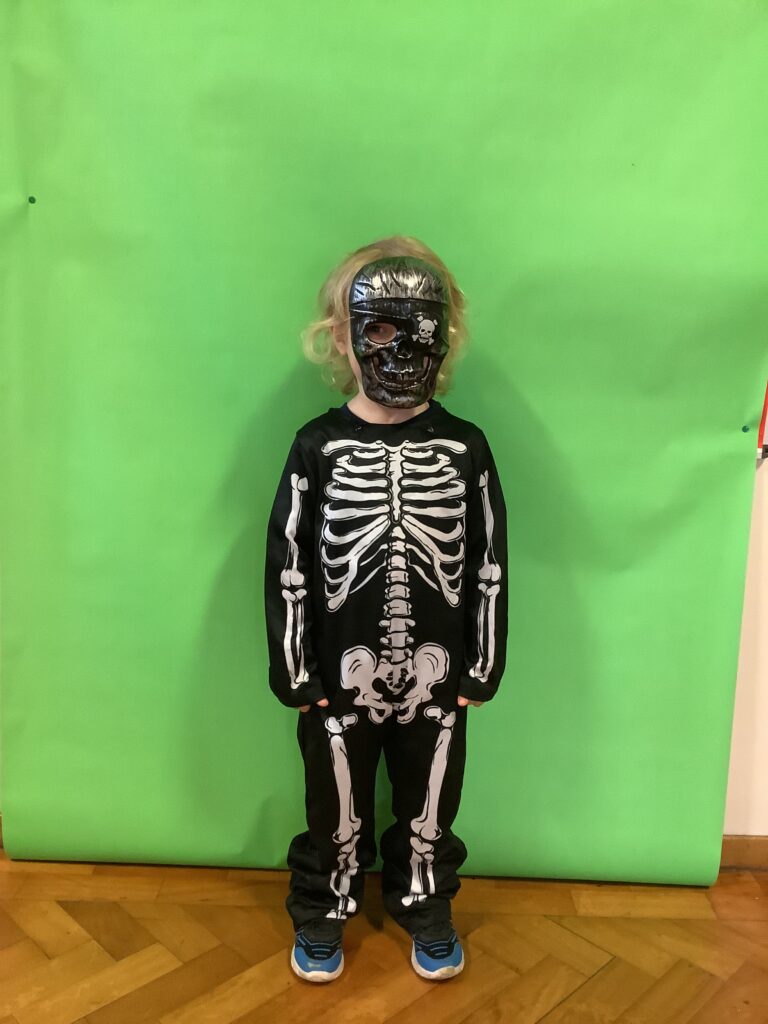
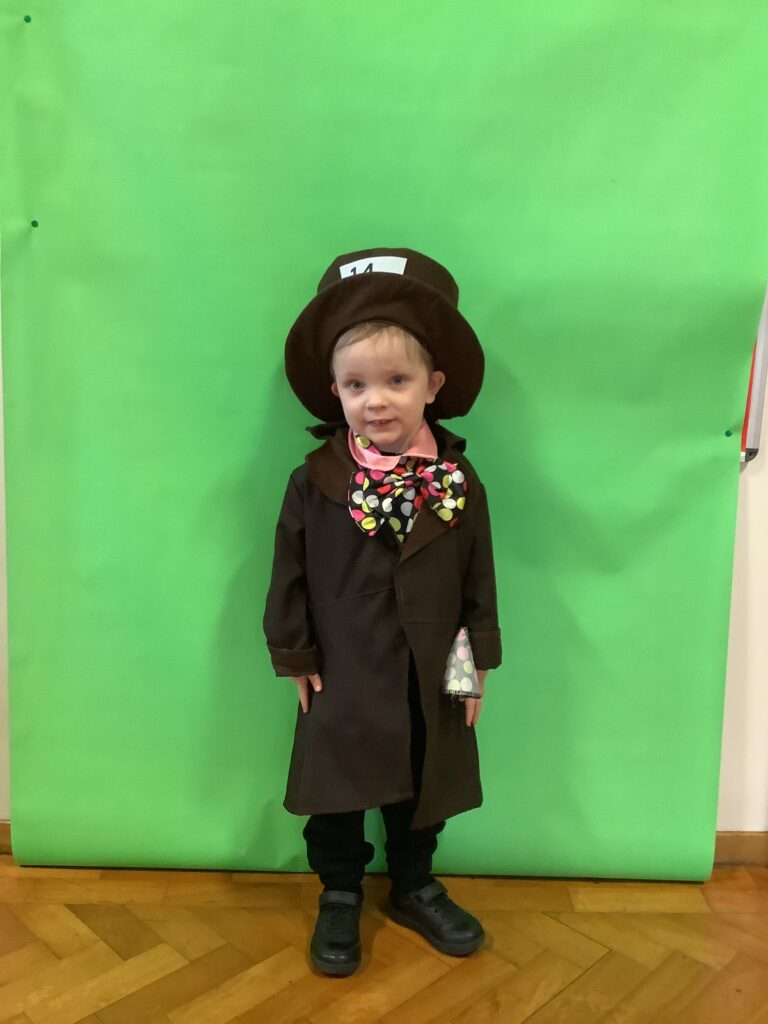
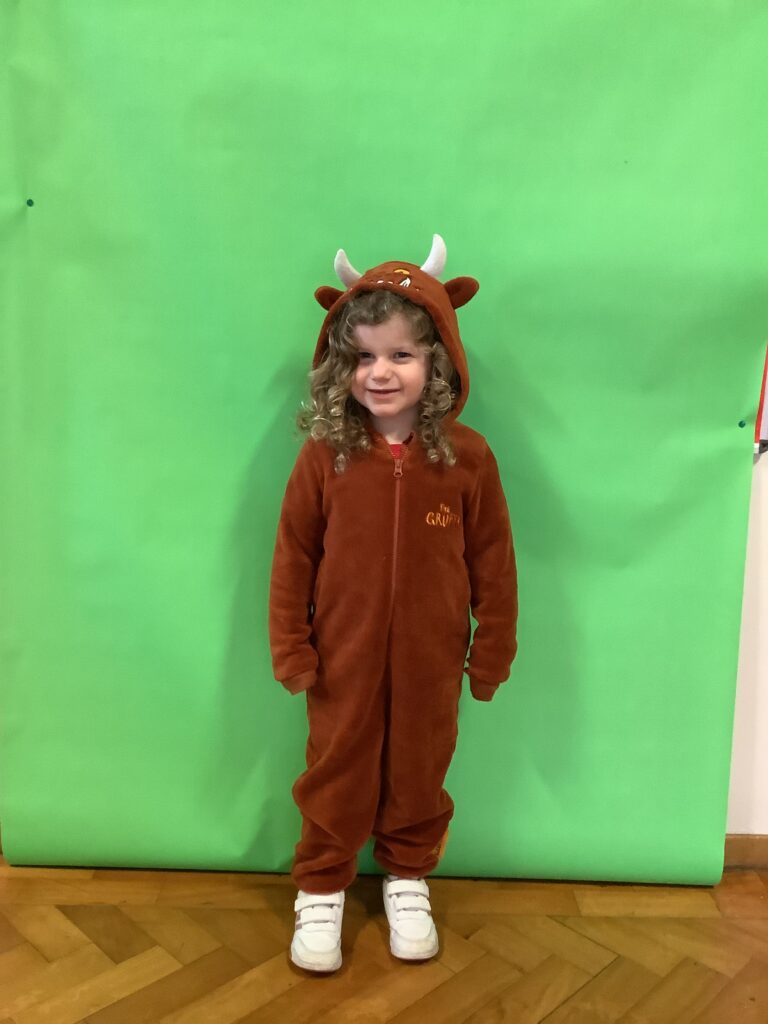
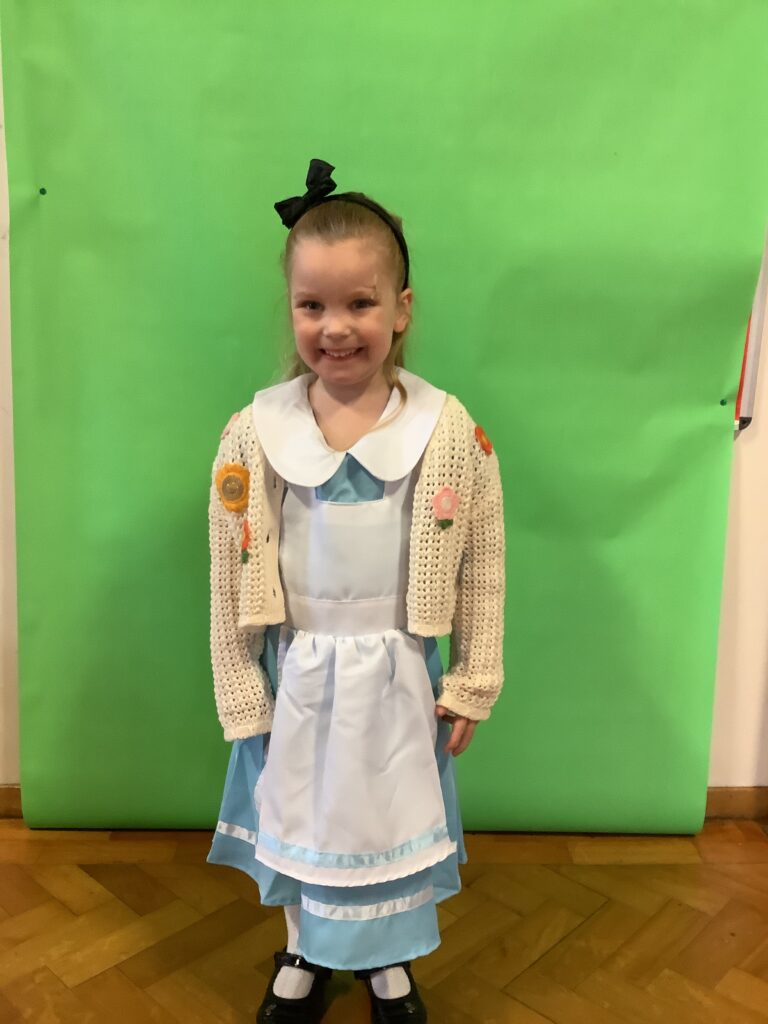
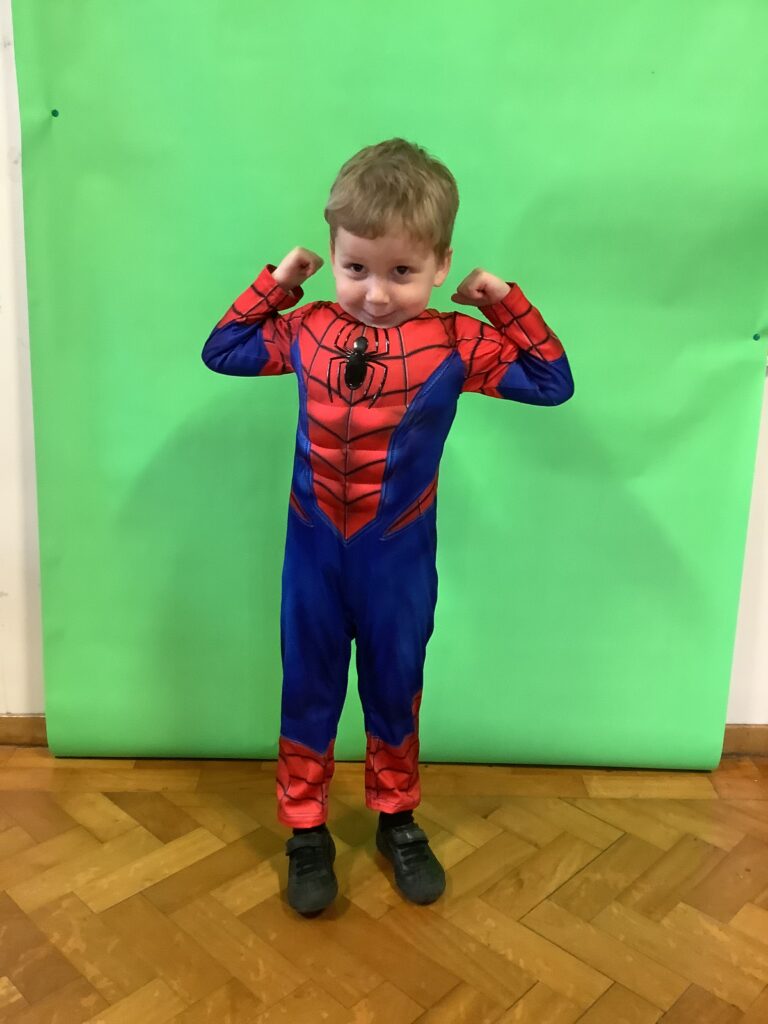
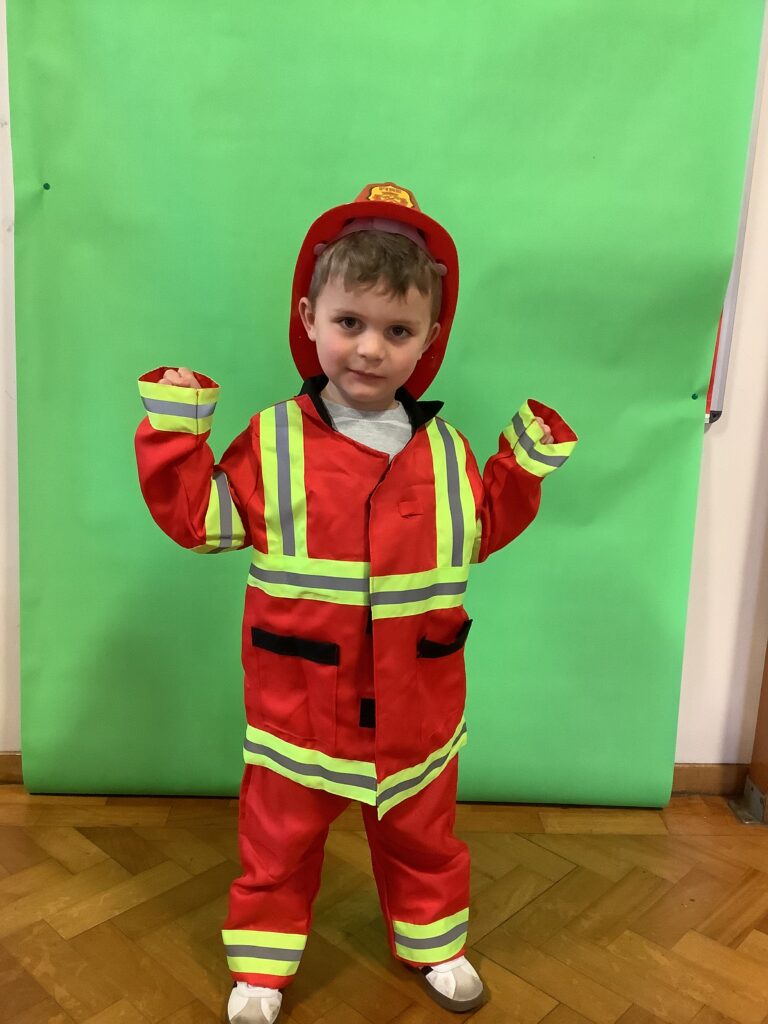
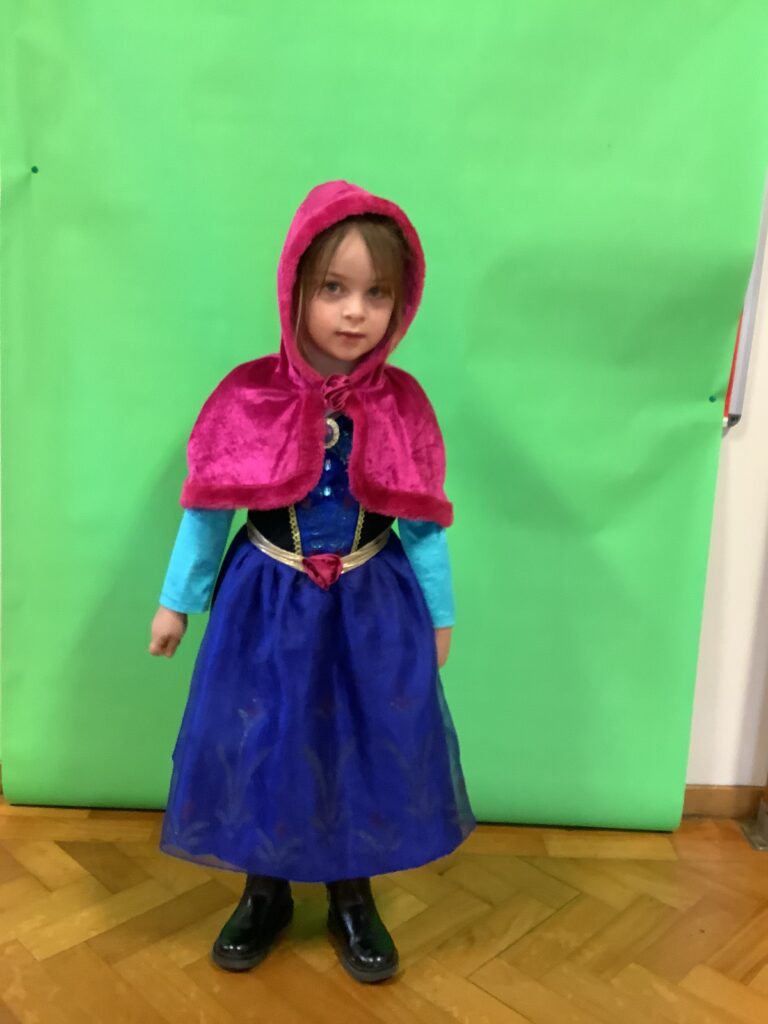
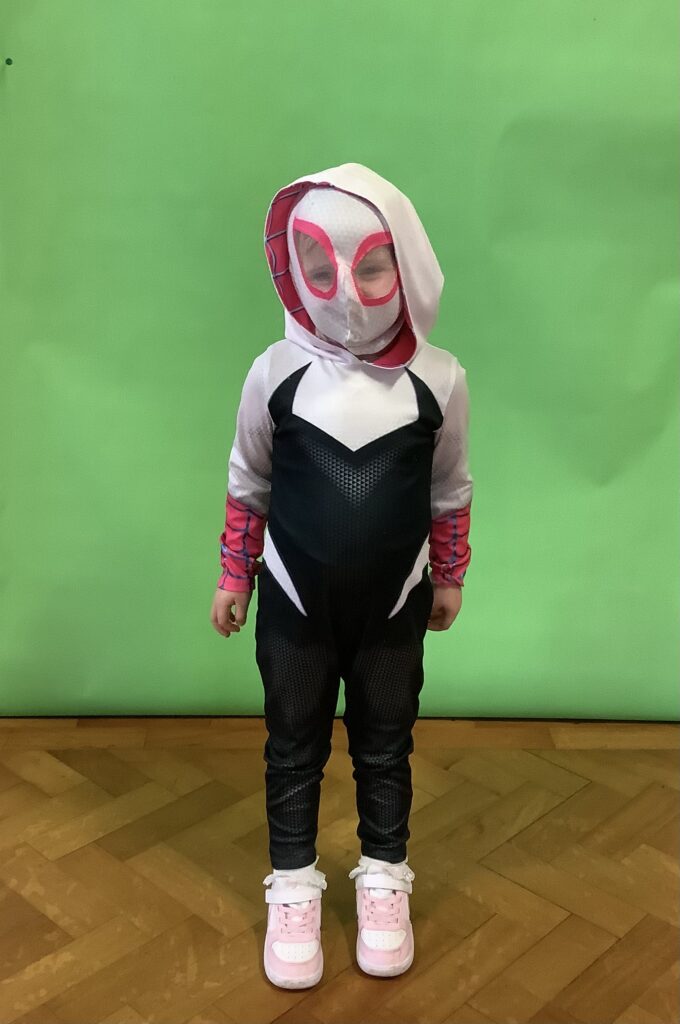
Afternoon Nursery
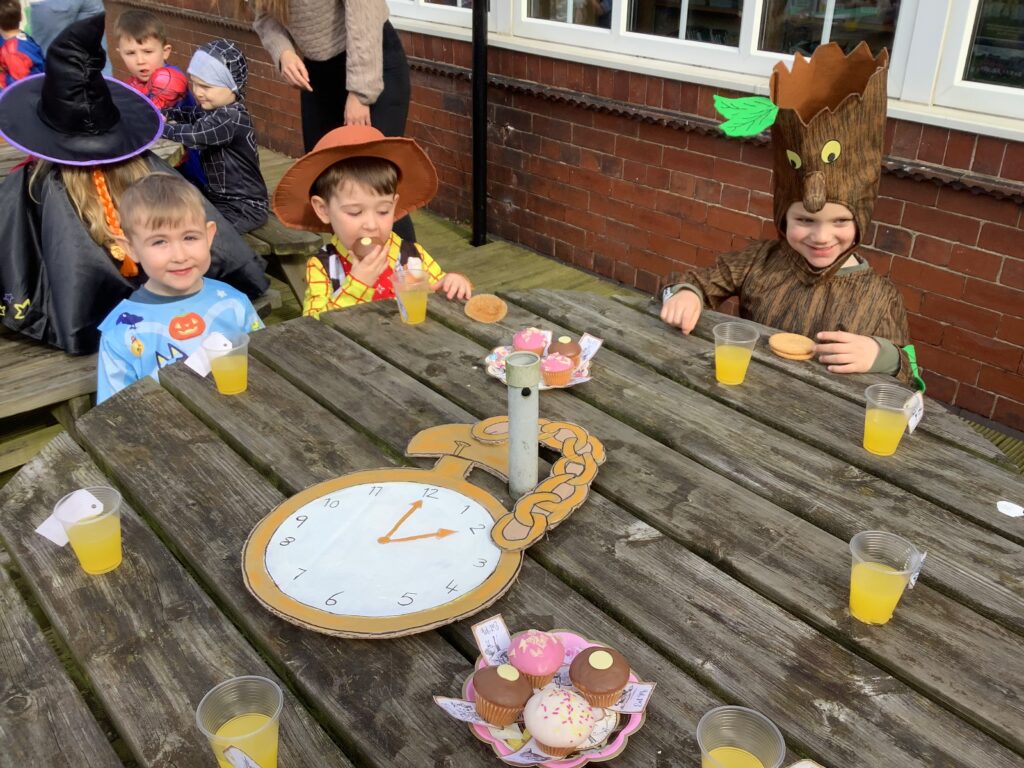
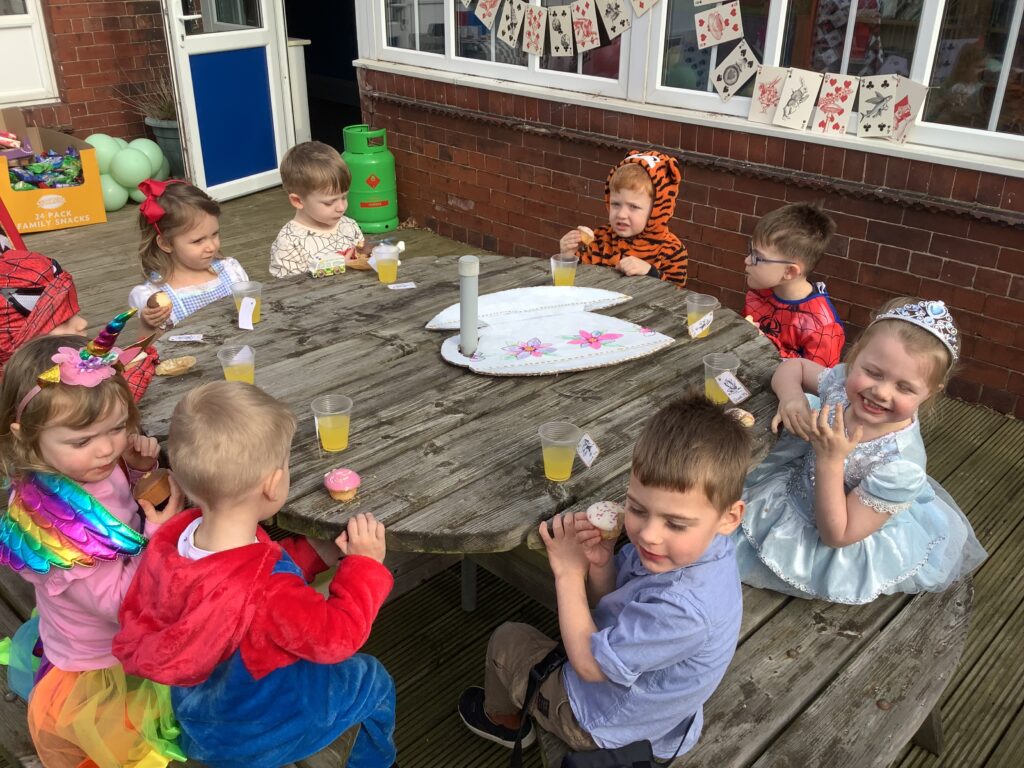
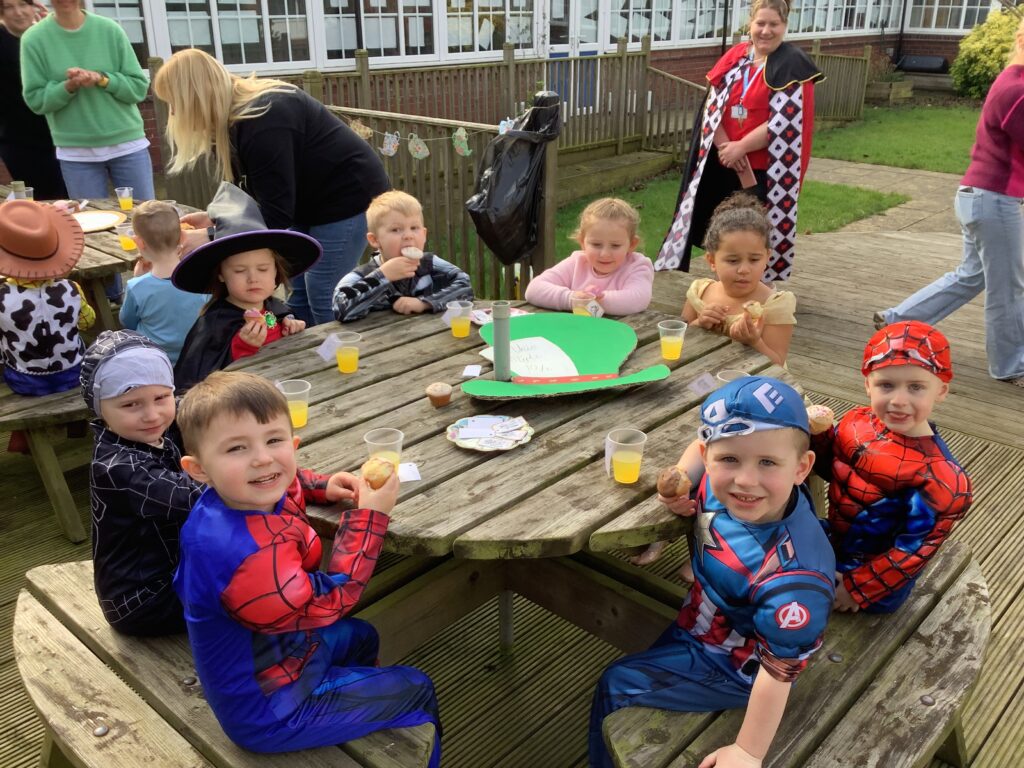
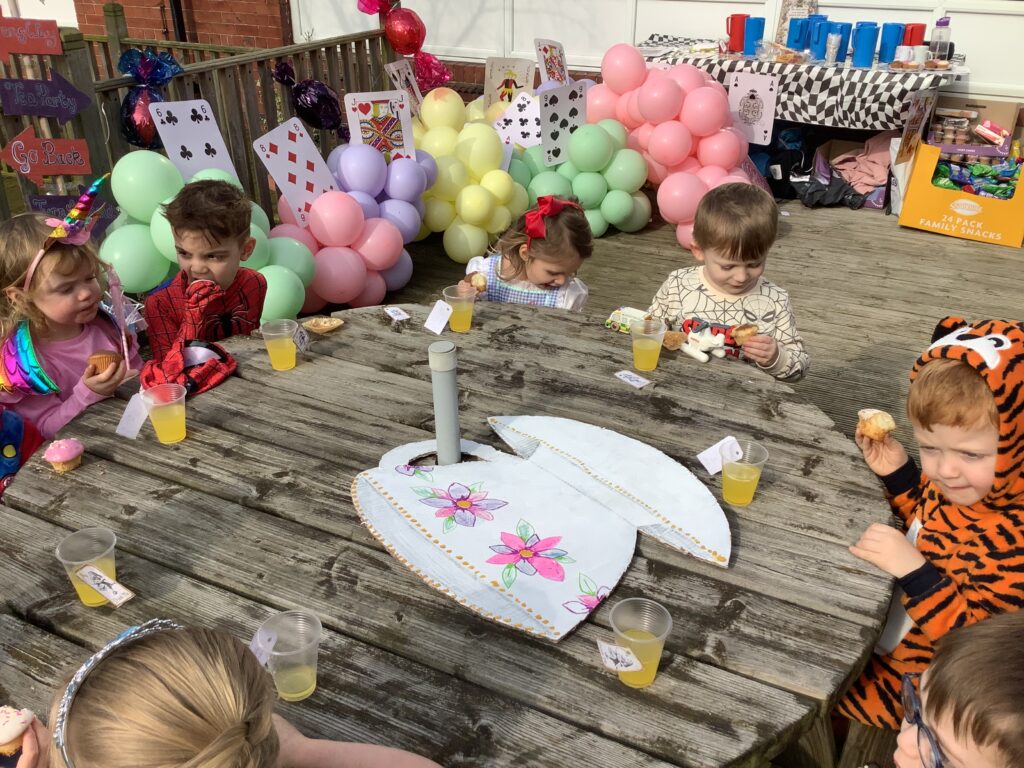
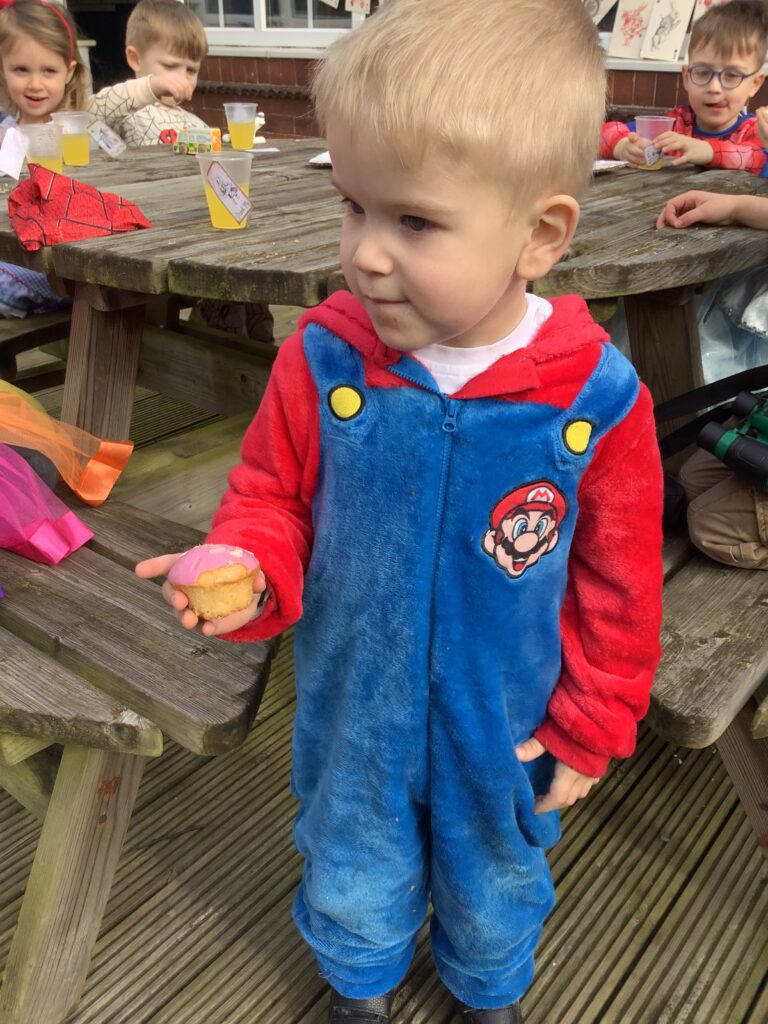
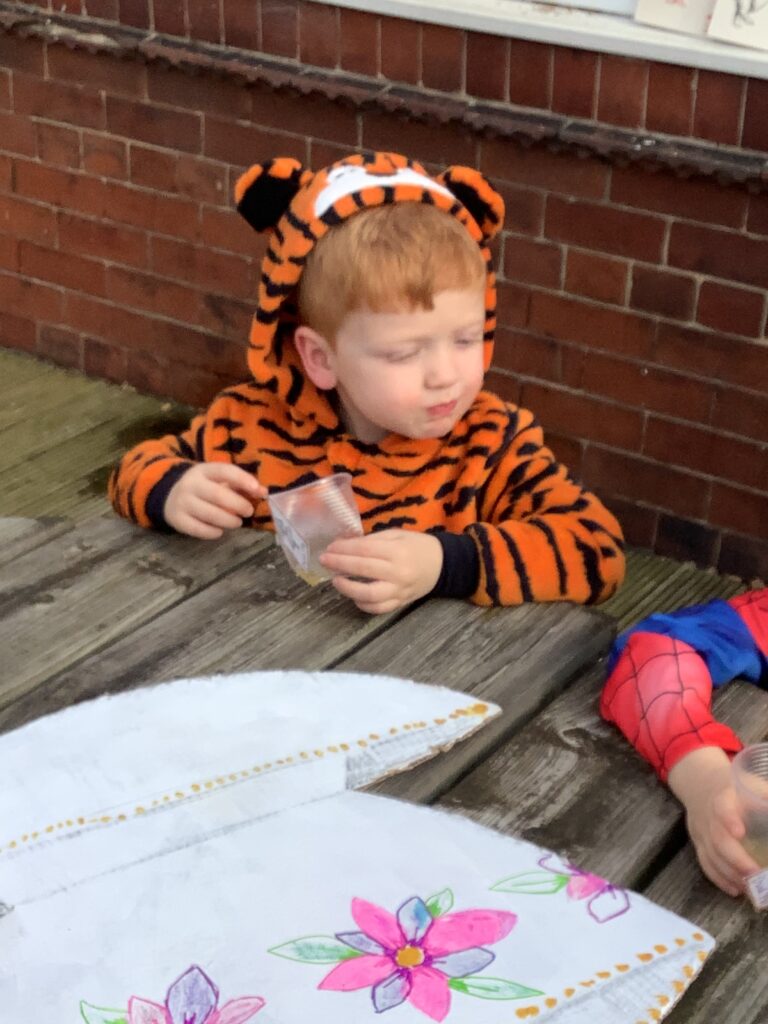
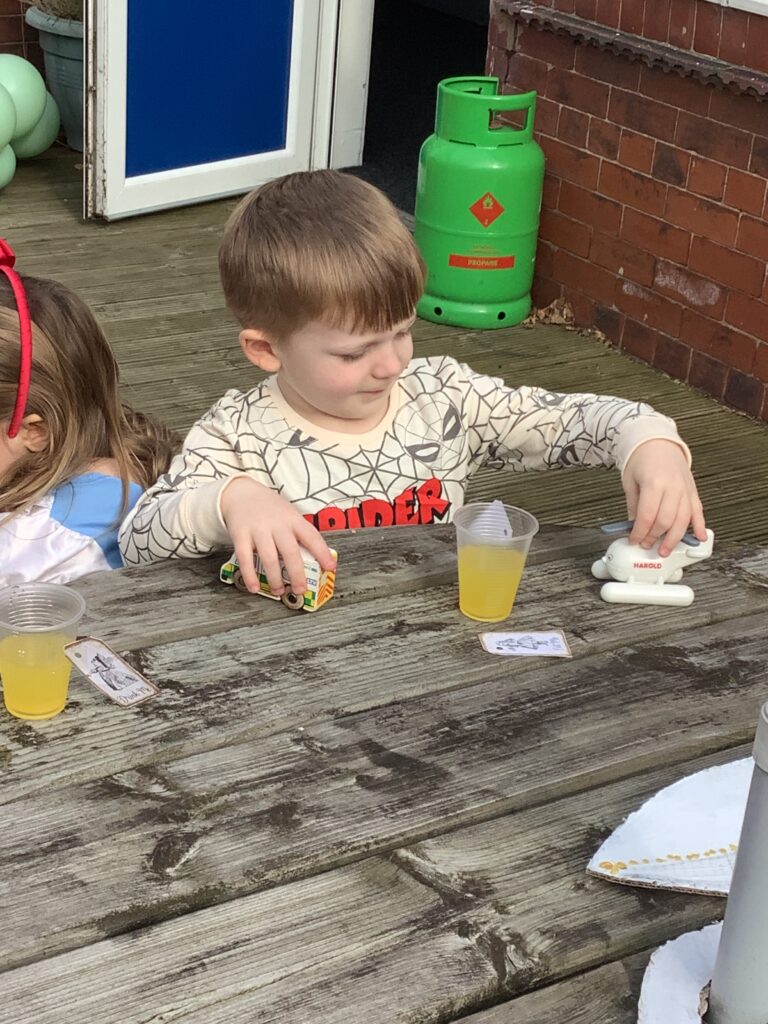
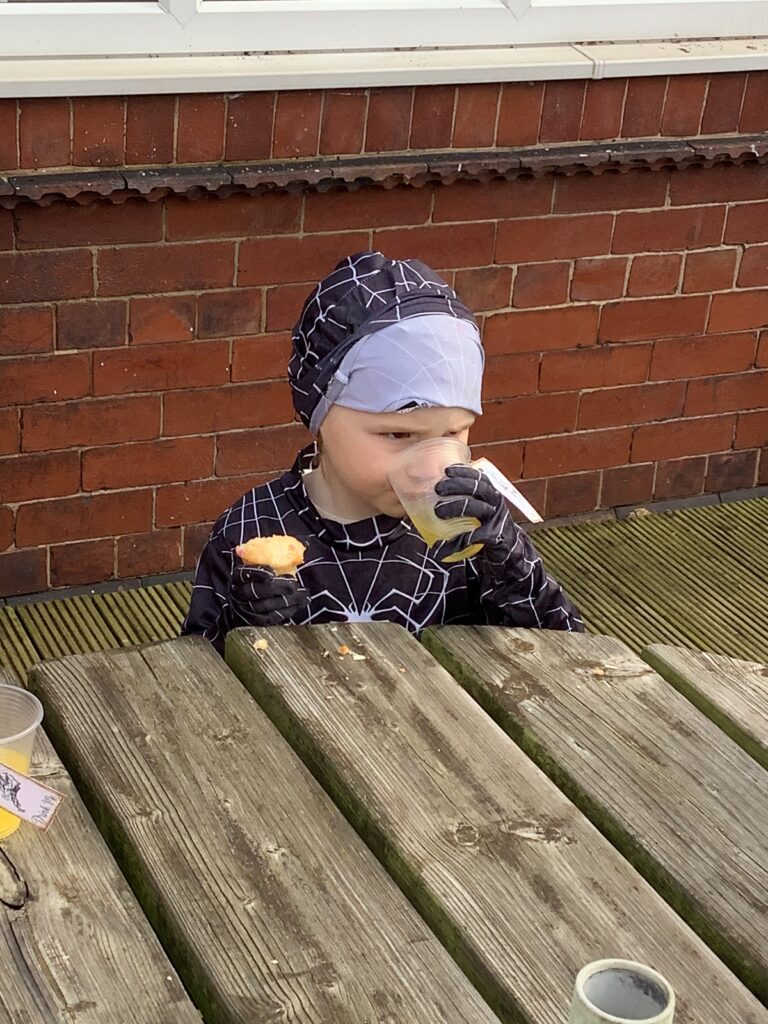
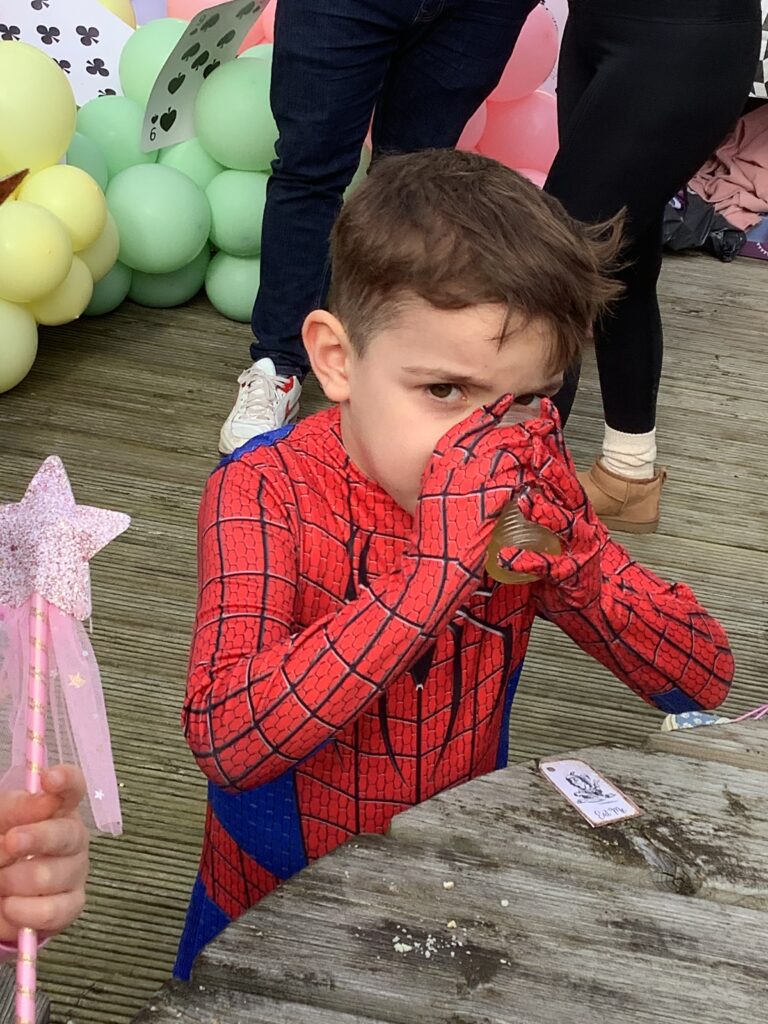
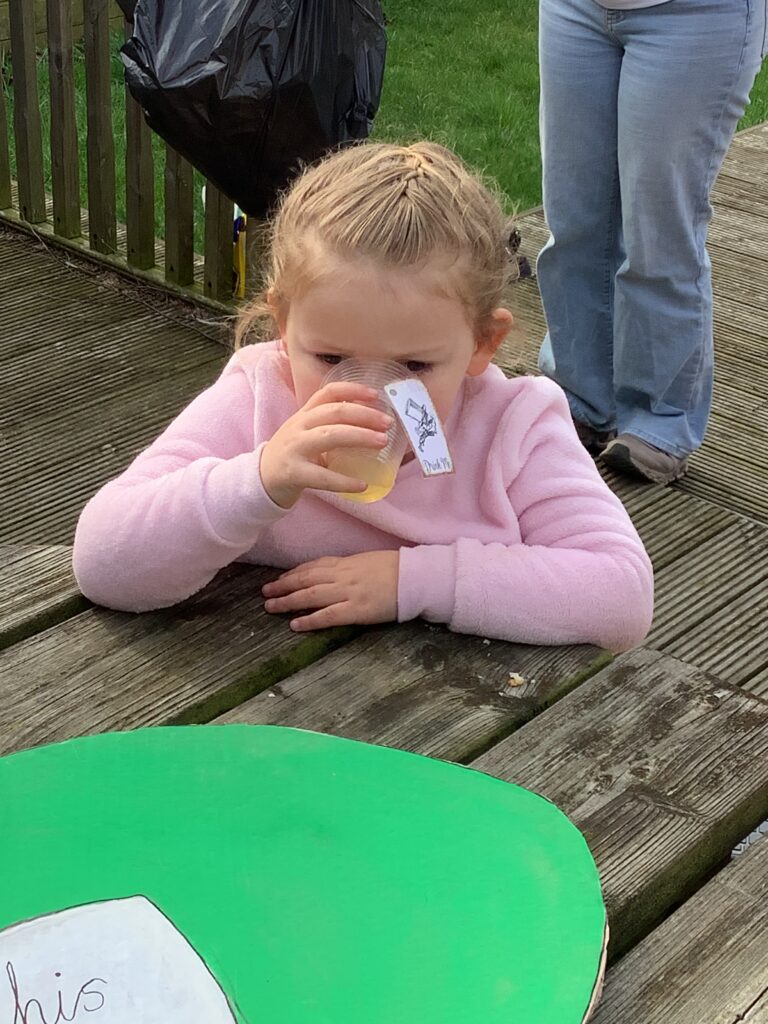

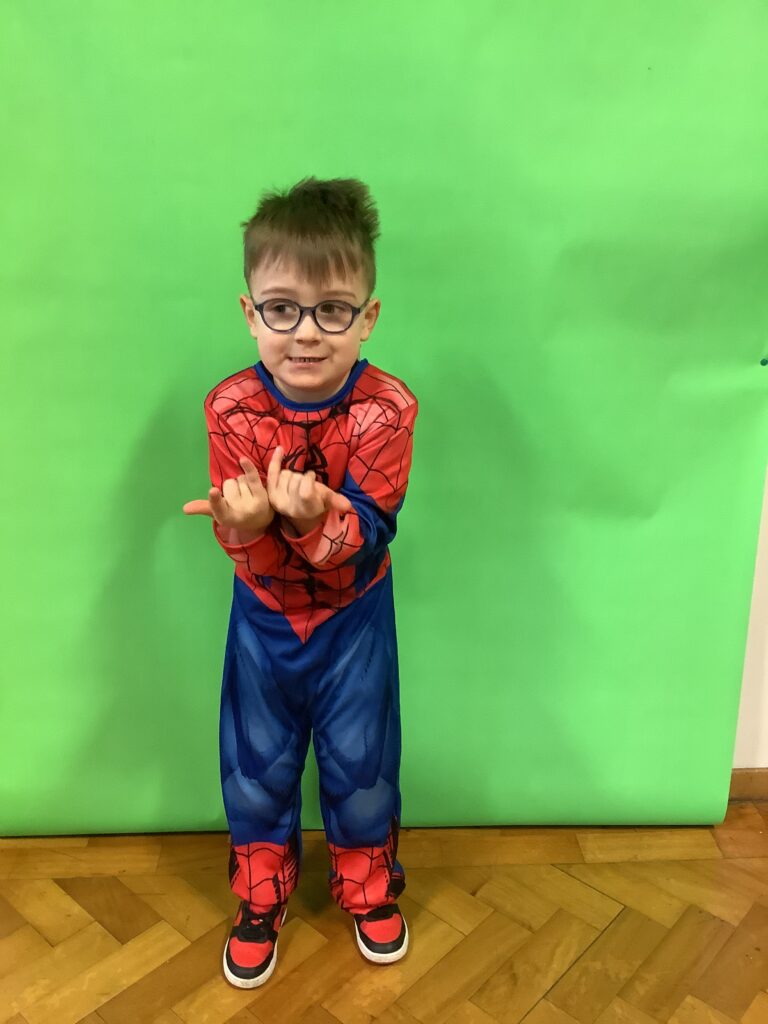

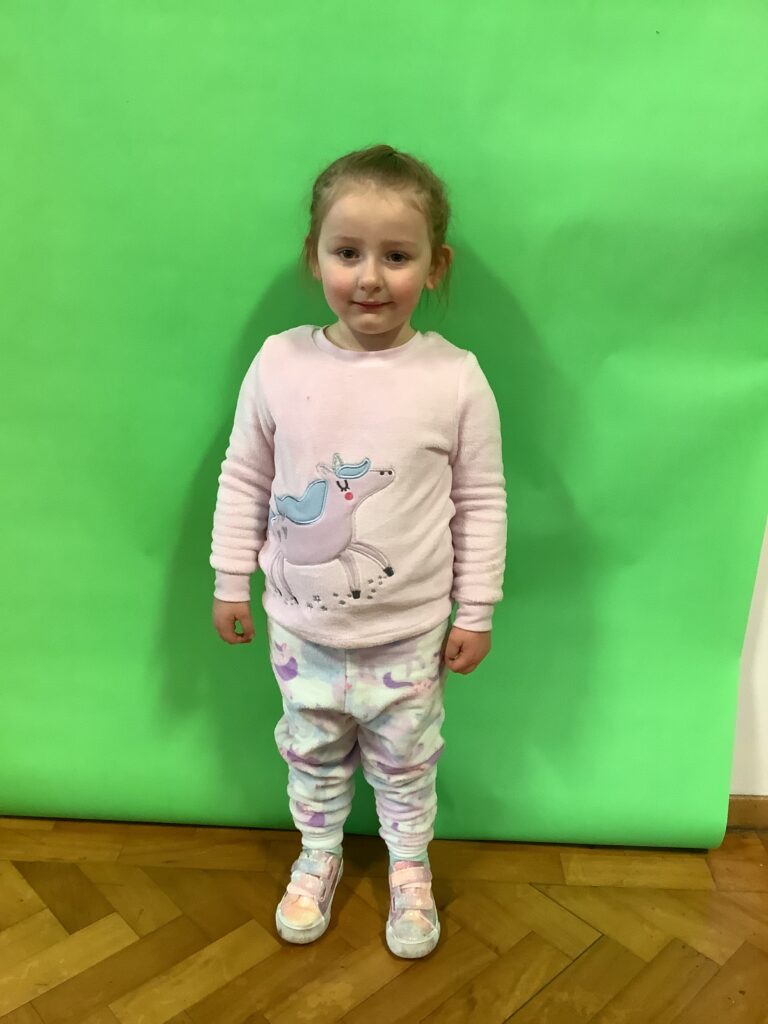
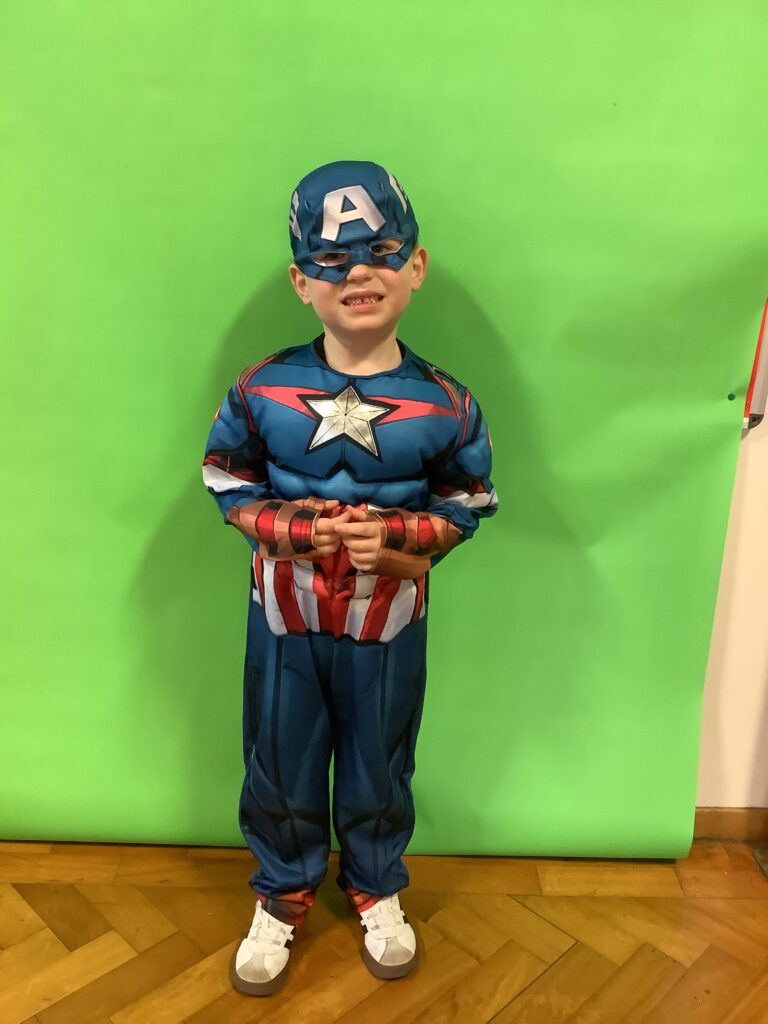
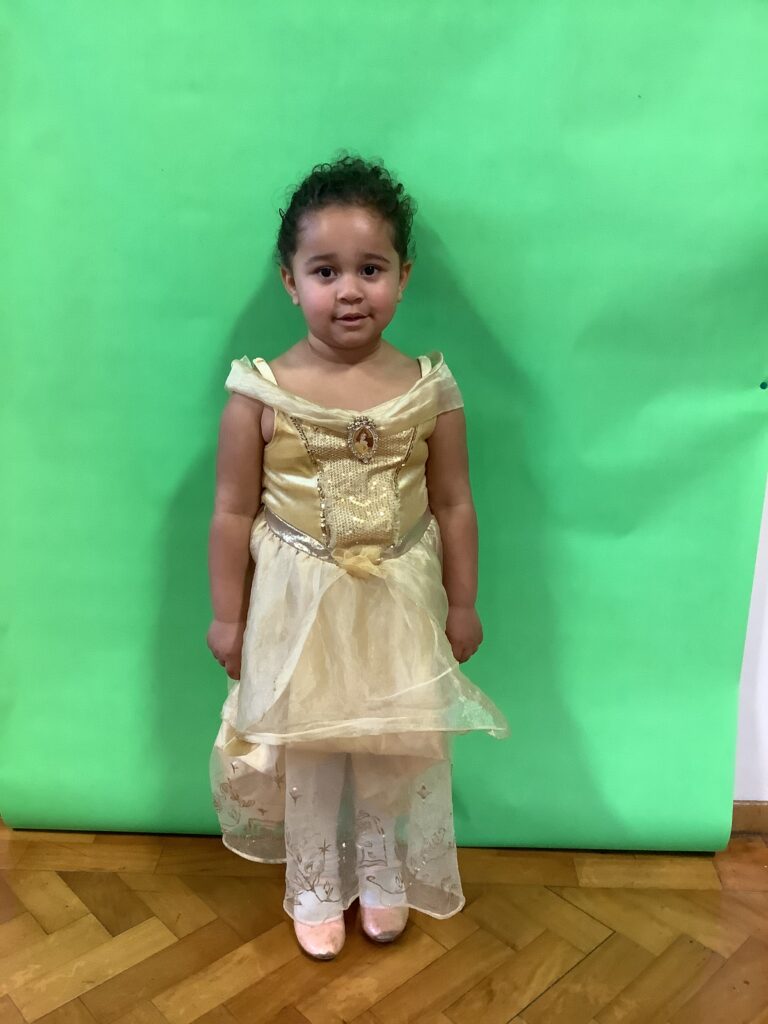
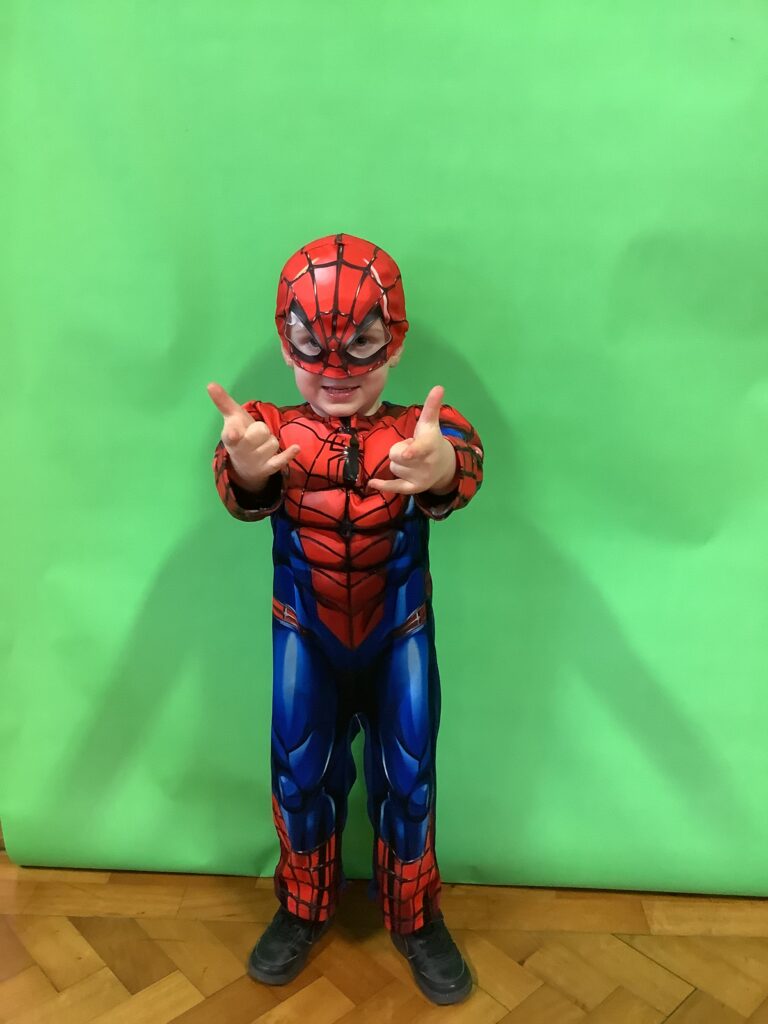
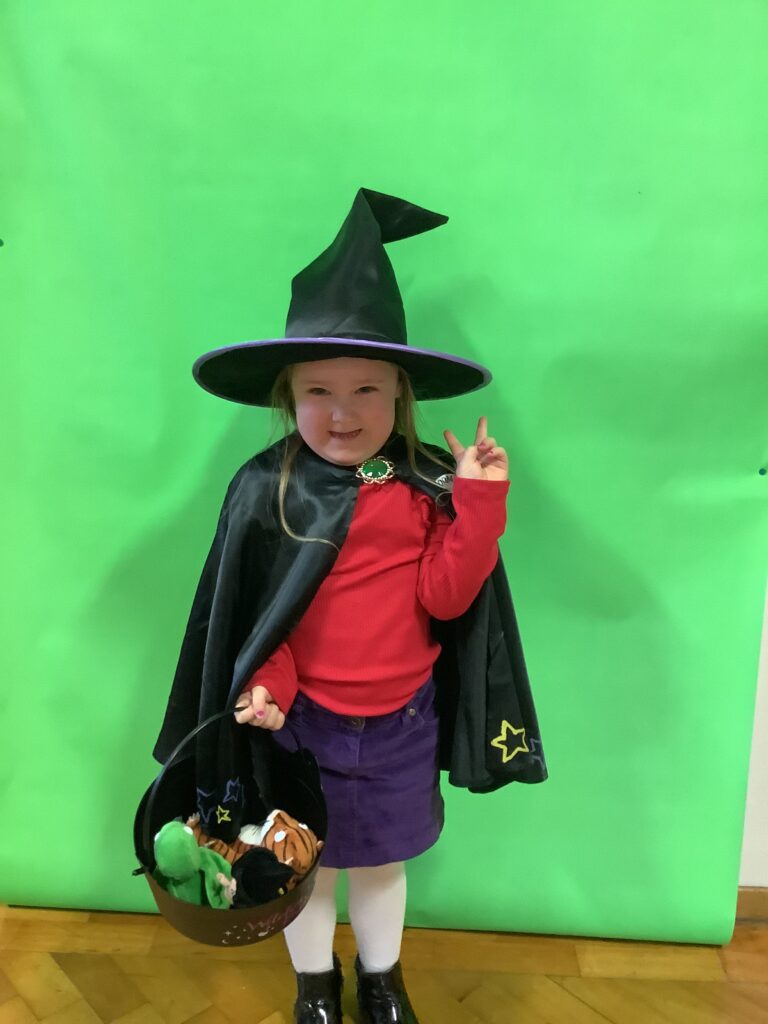
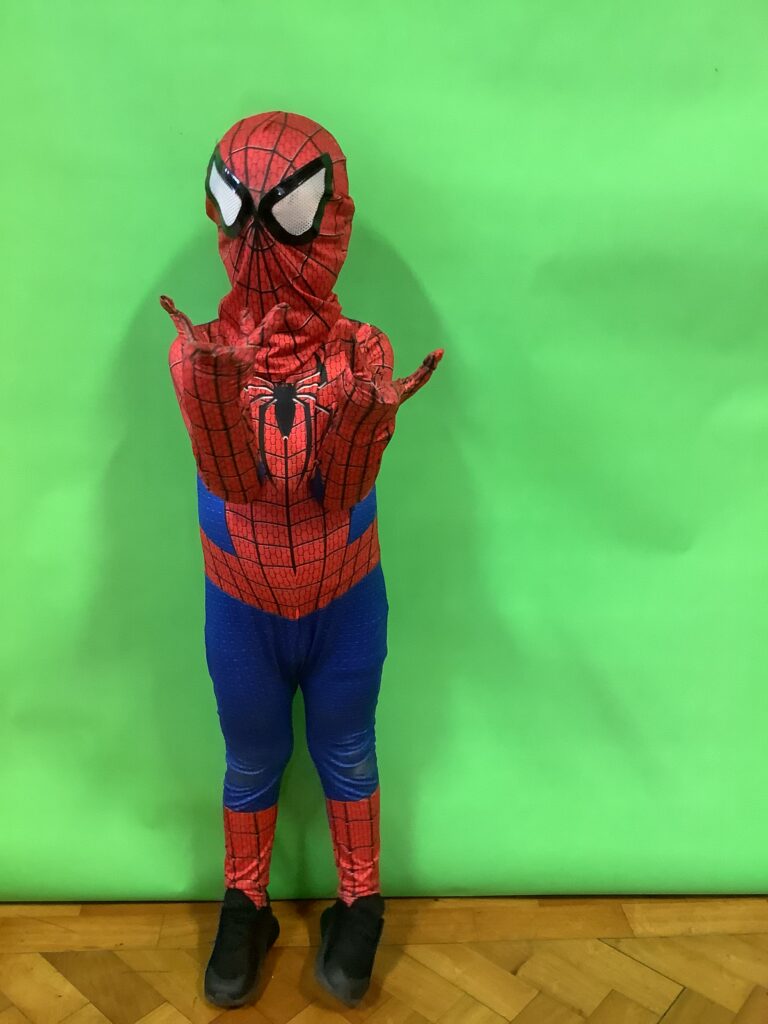
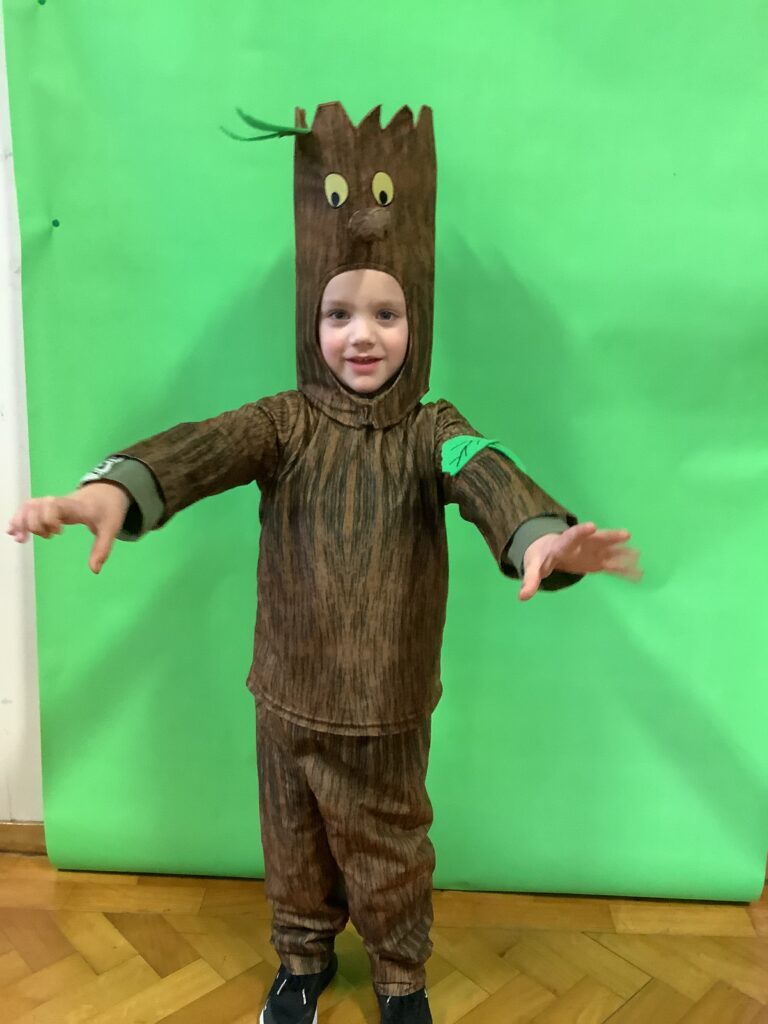
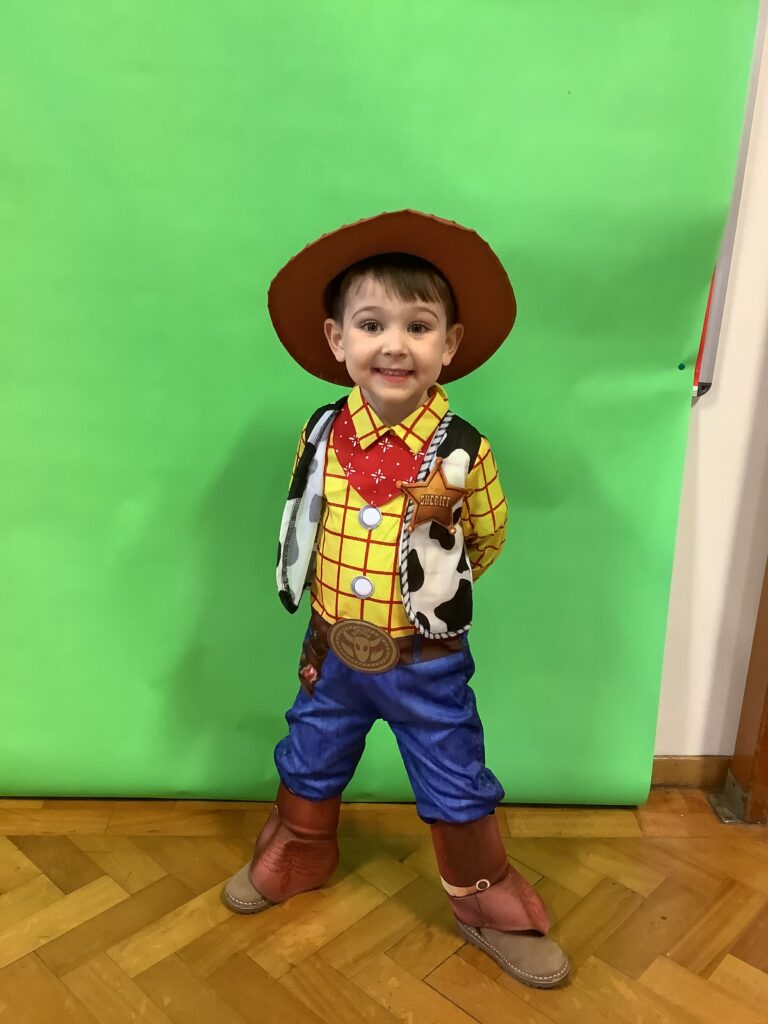

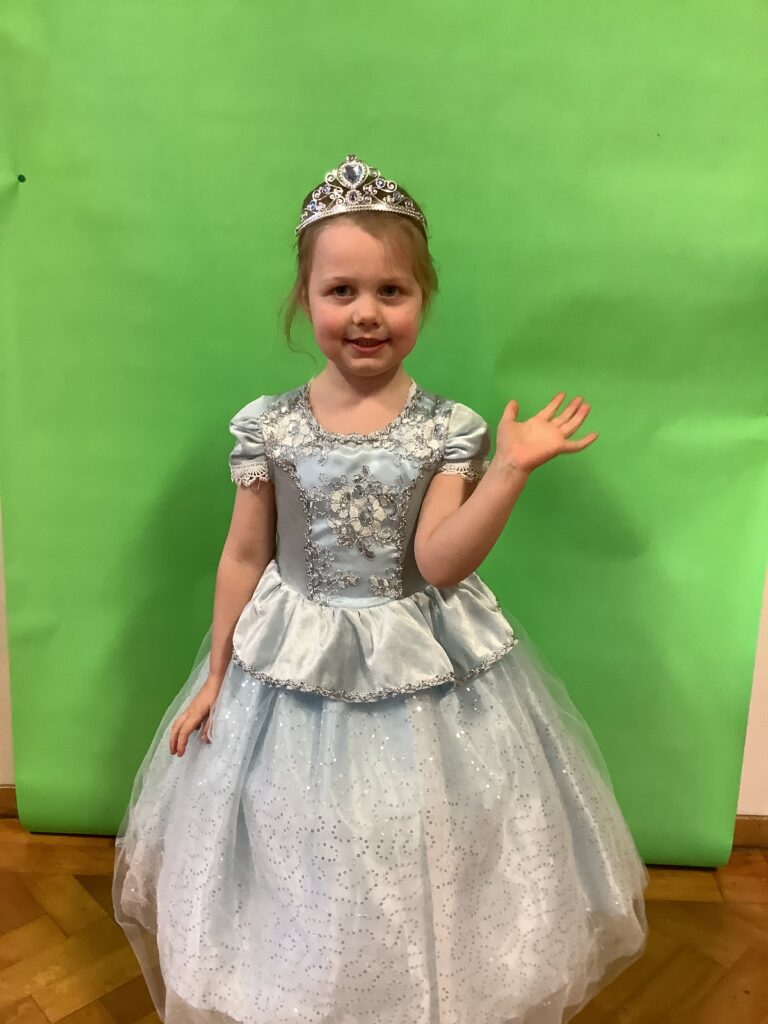
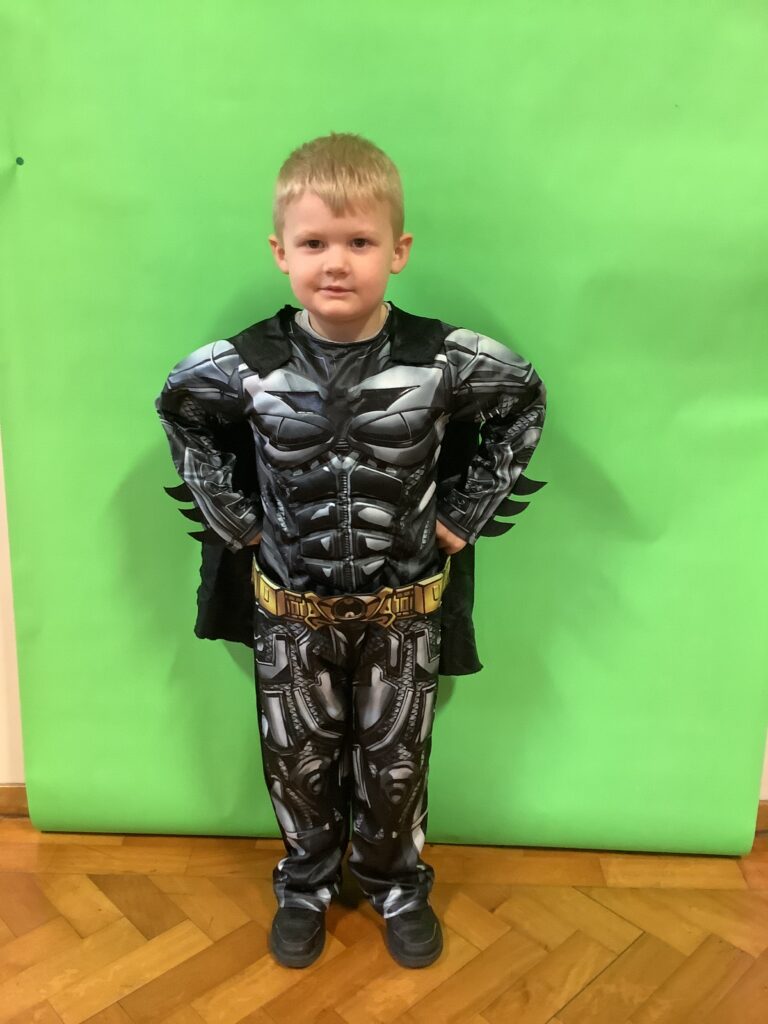
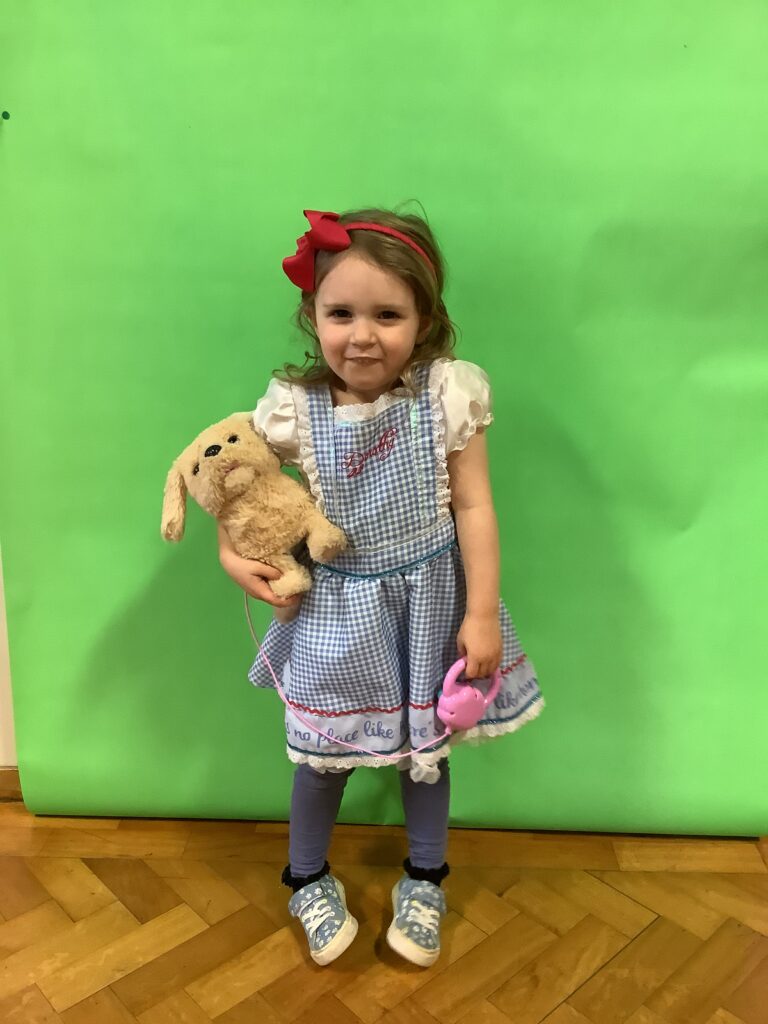
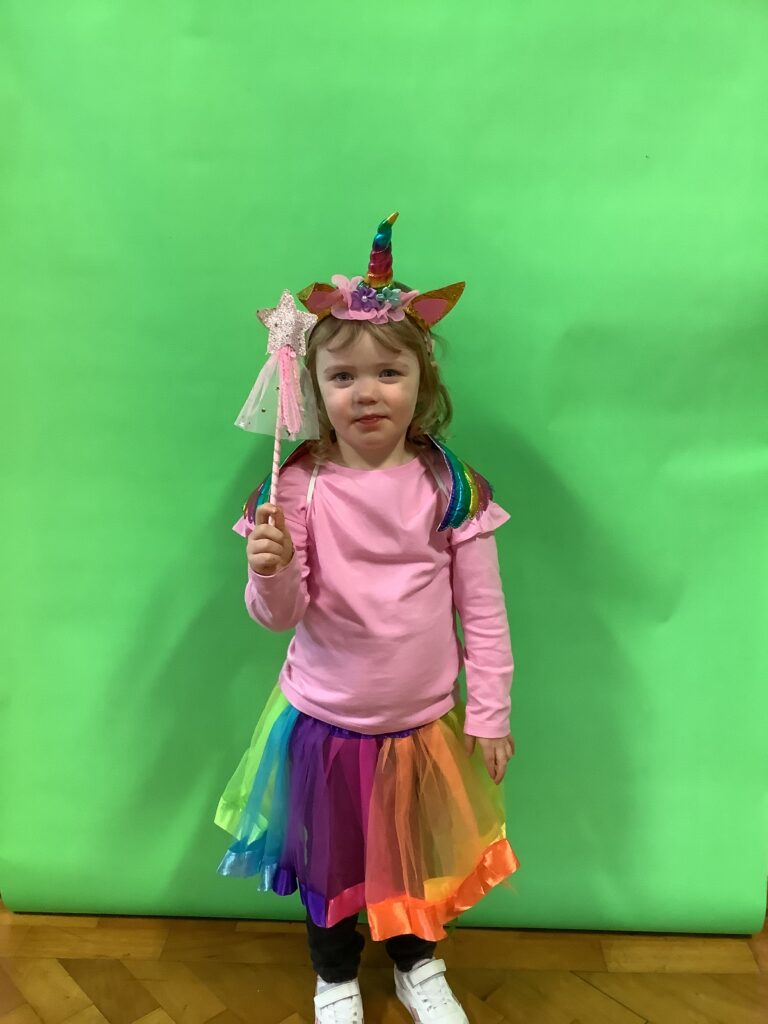
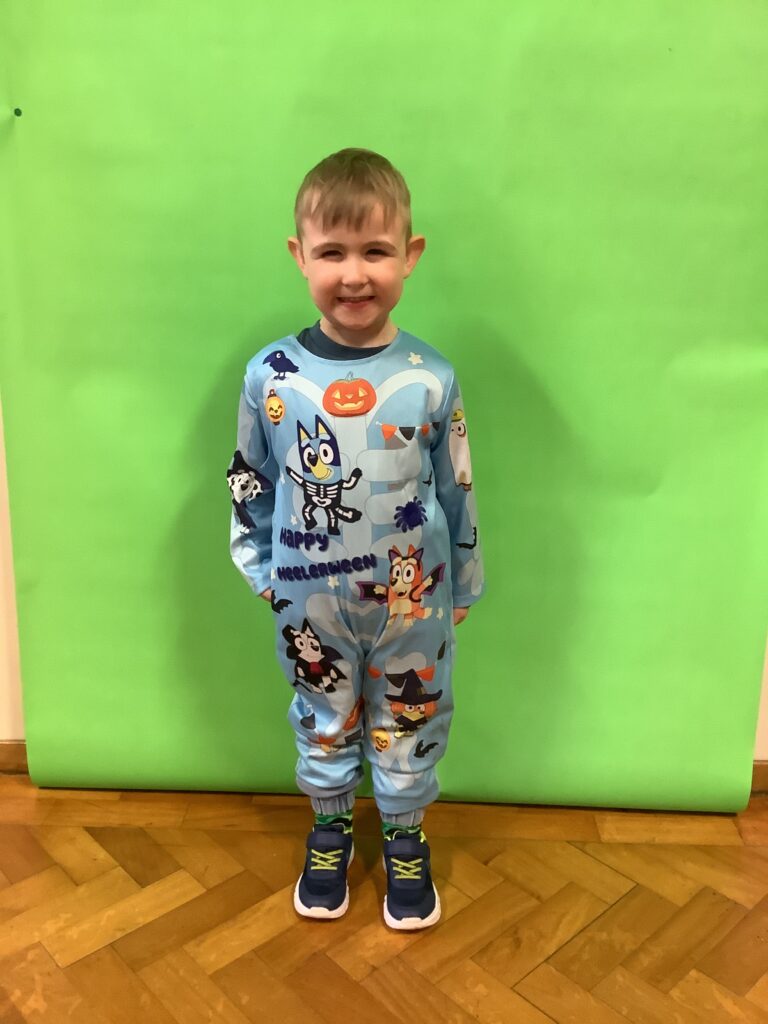
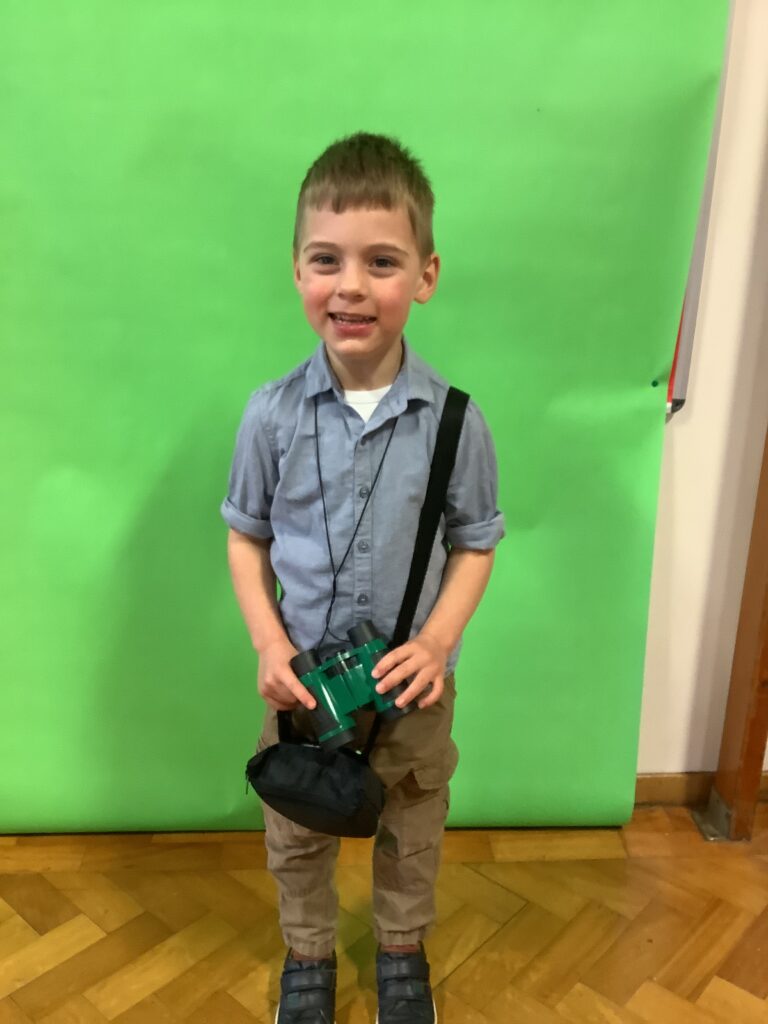
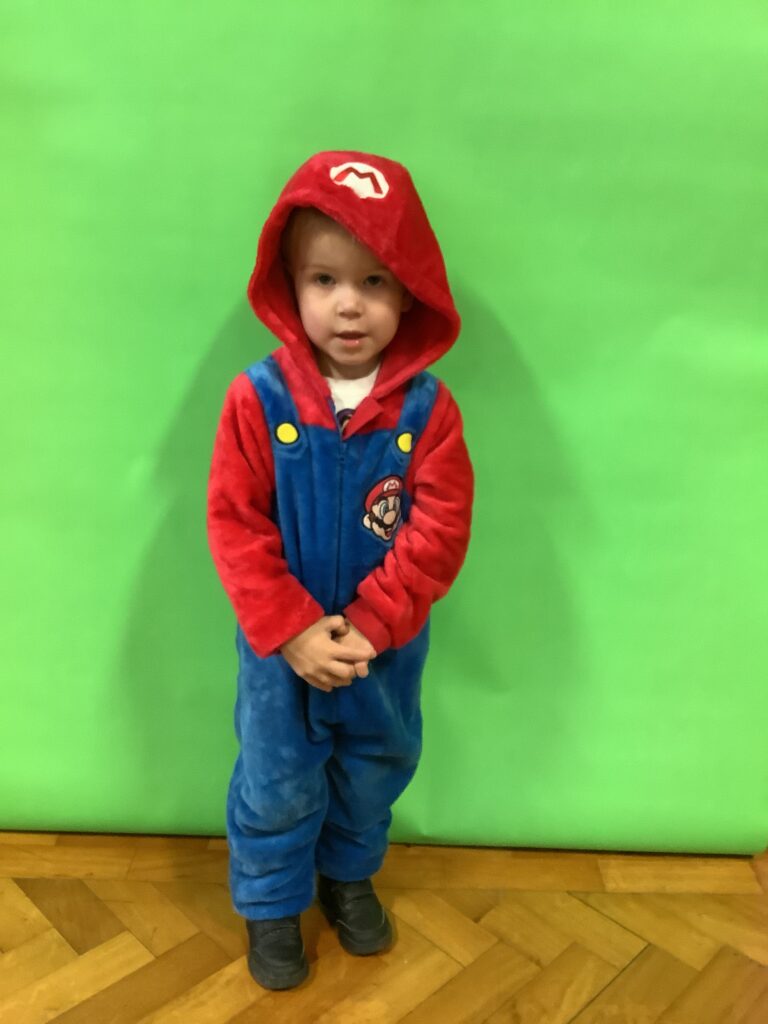
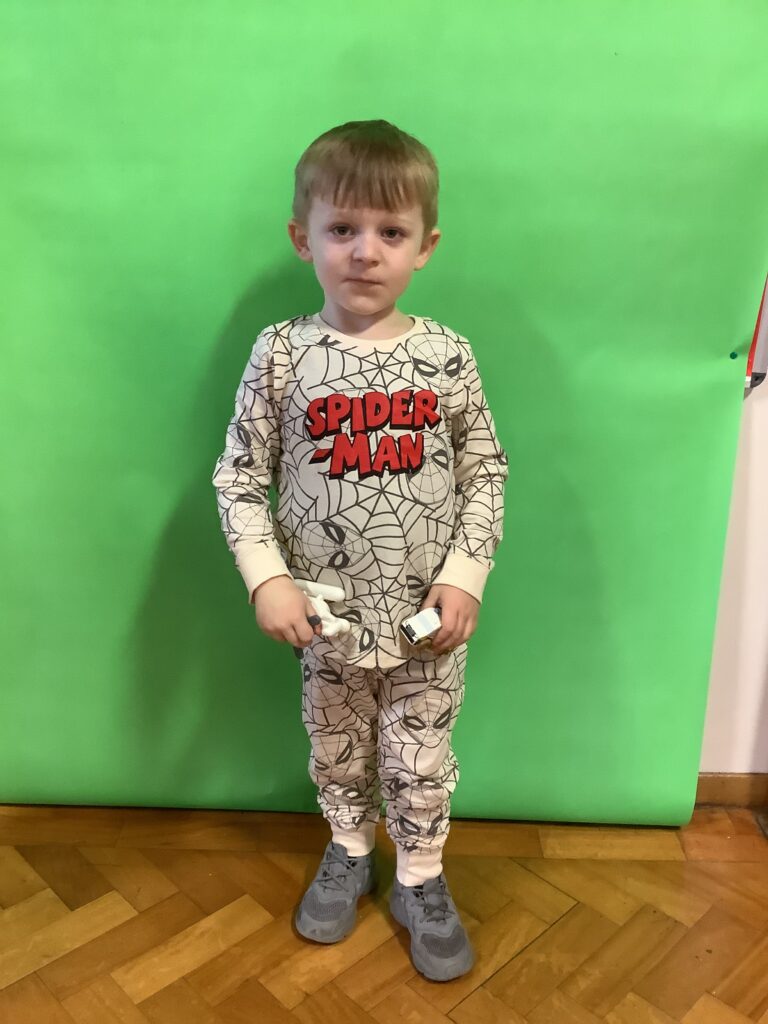
On Friday we celebrated World Book Day! Class 6 looked absolutely awesome in their book themed costumes.
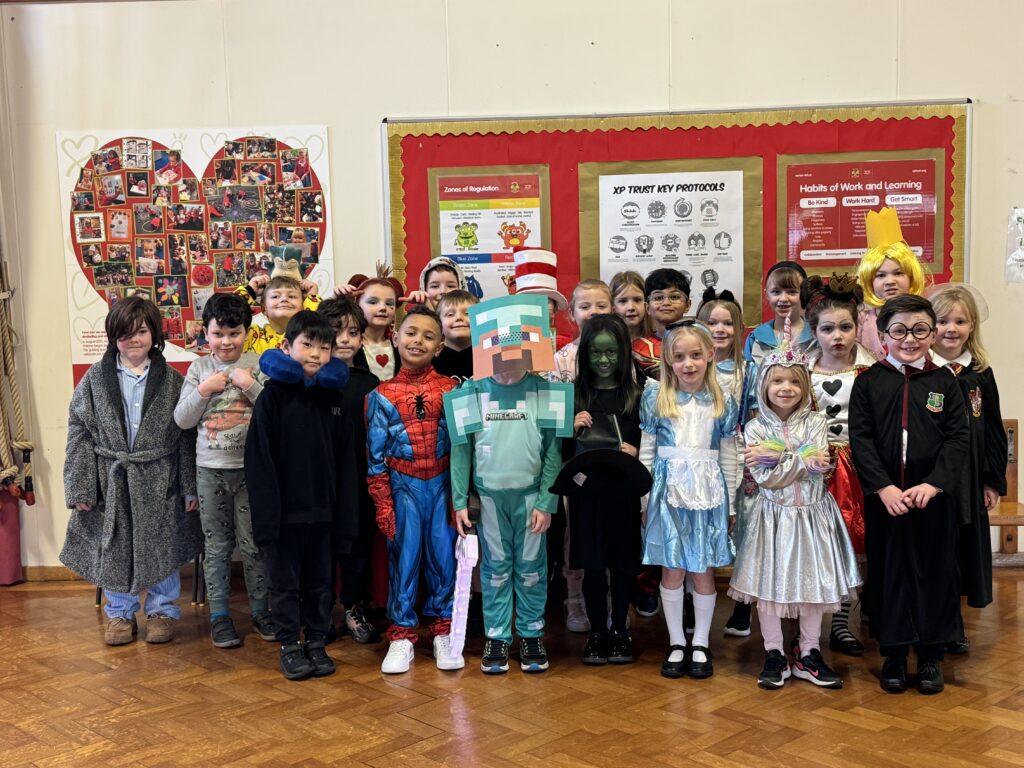
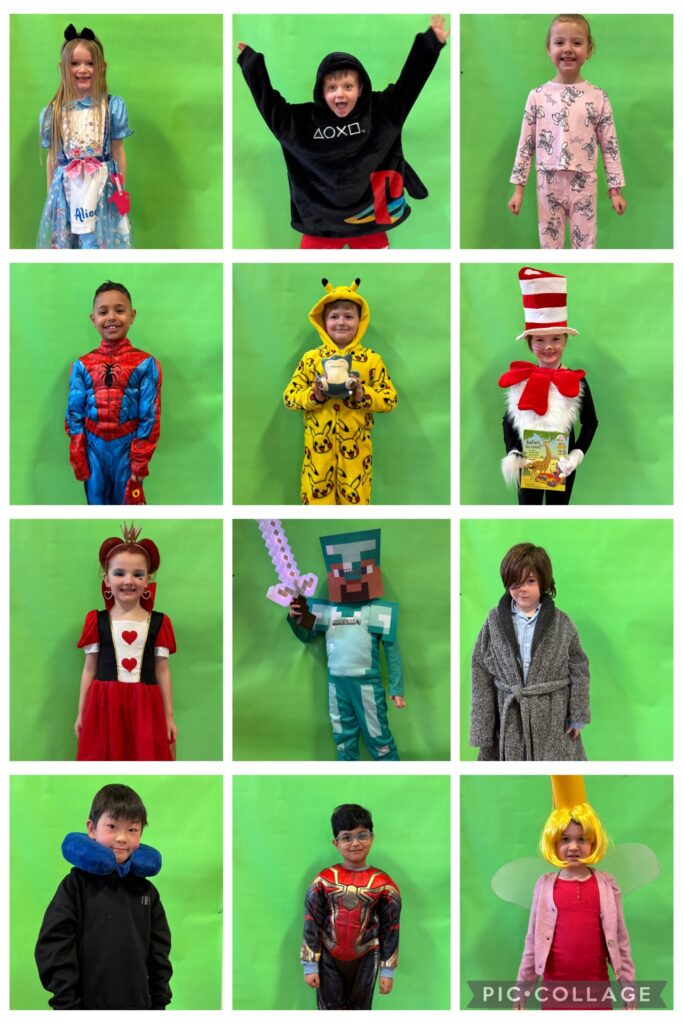
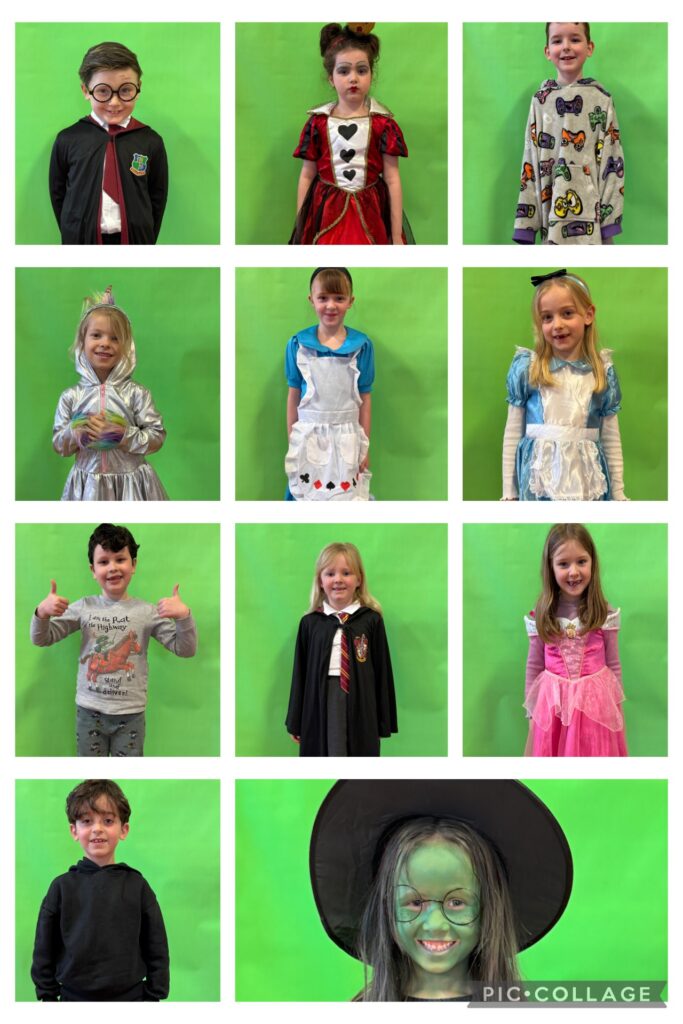
We started the day by creating crew book murals where we all thought about our favourite books and how we can represent them.
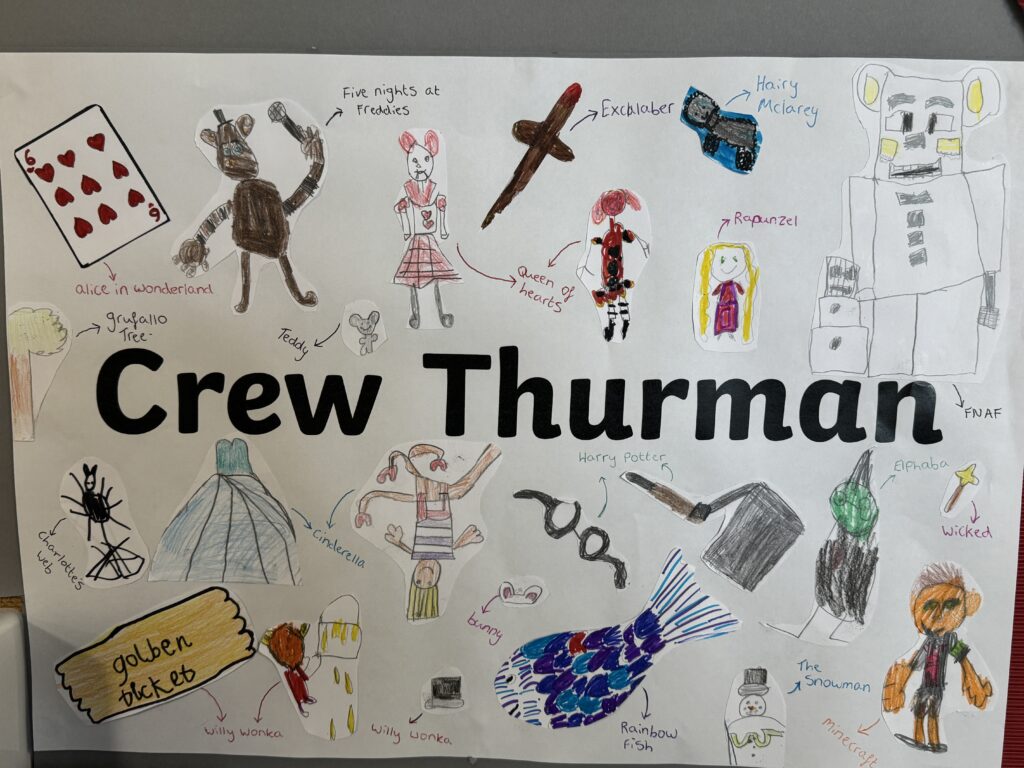
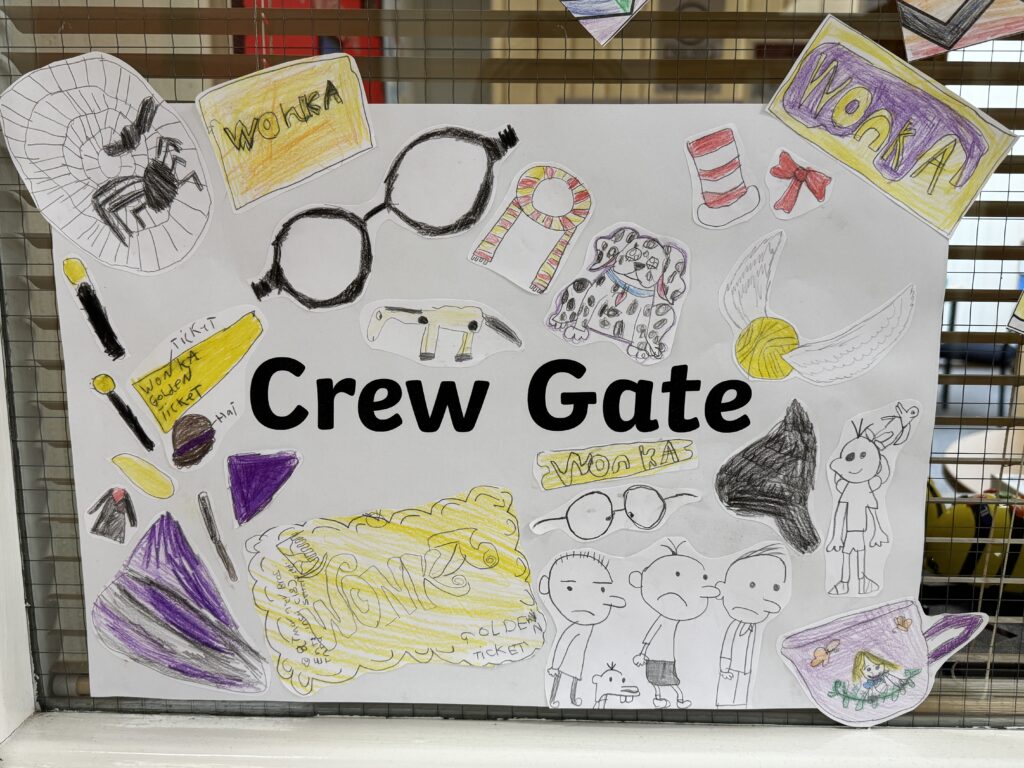
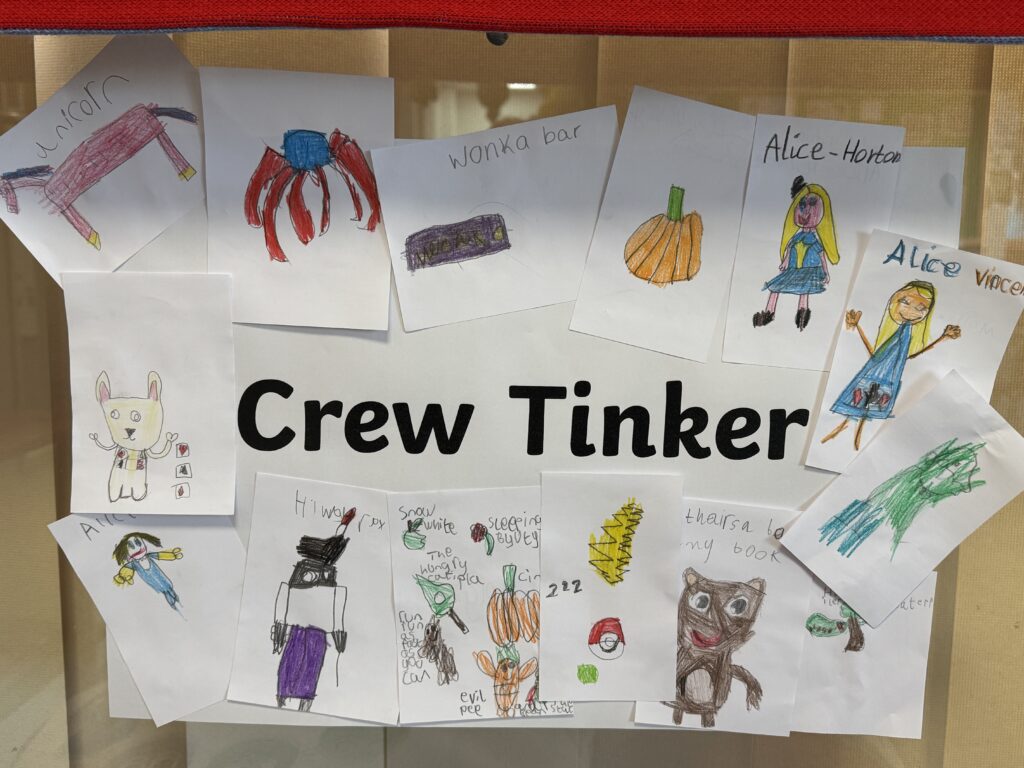
We had a fabulous Alice In Wonderland themed day where we took a trip to the mad hatters tea party and spent the morning using our imaginations to create our very own wonderlands!
